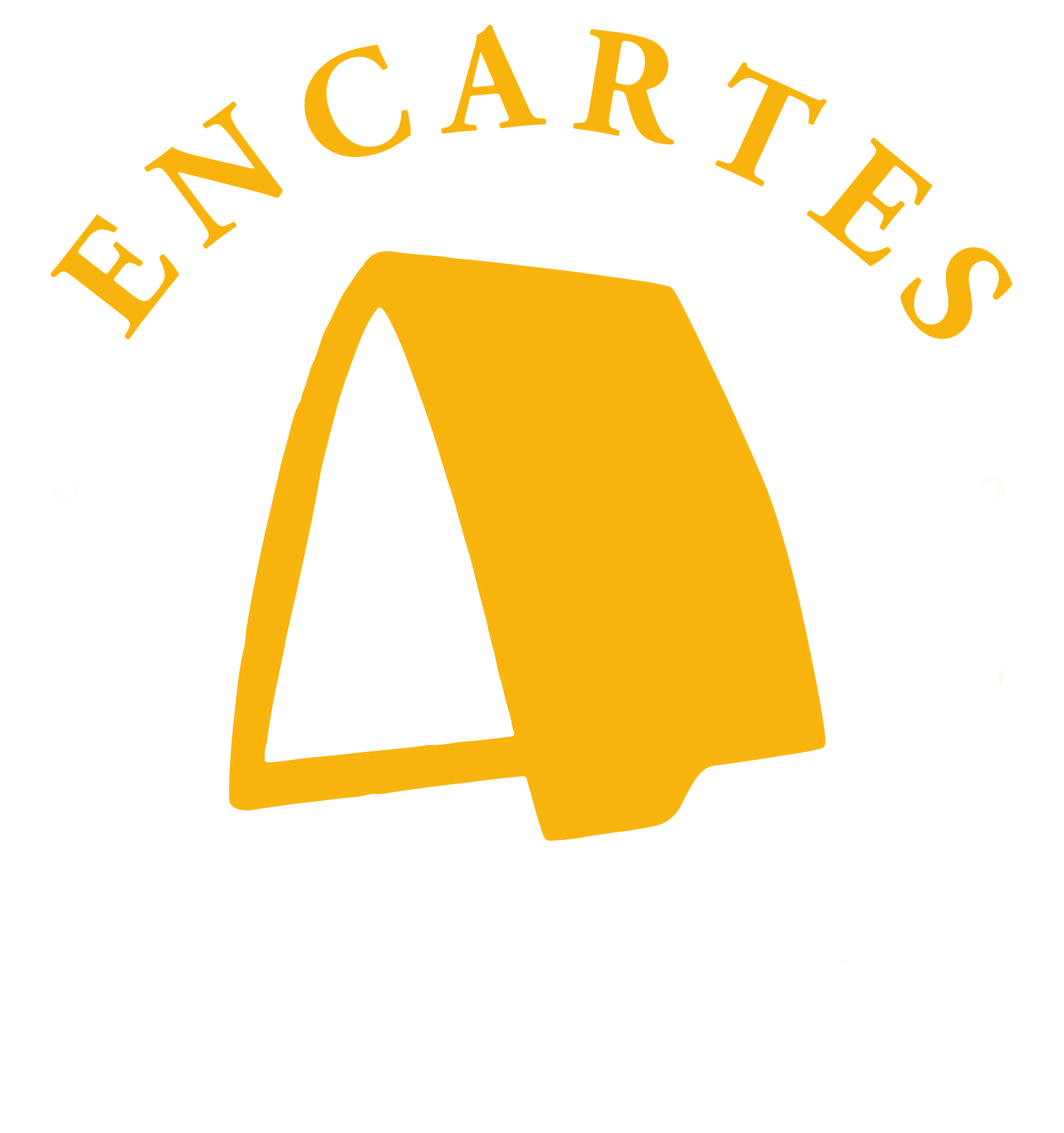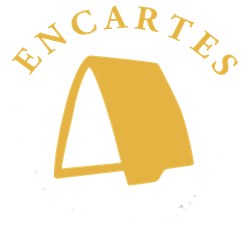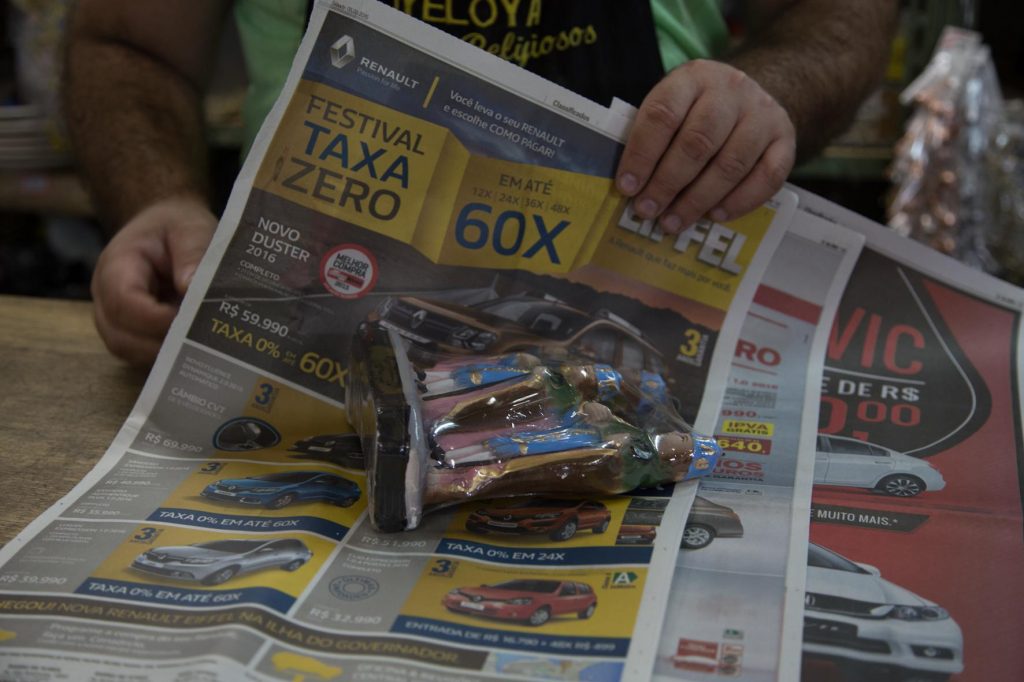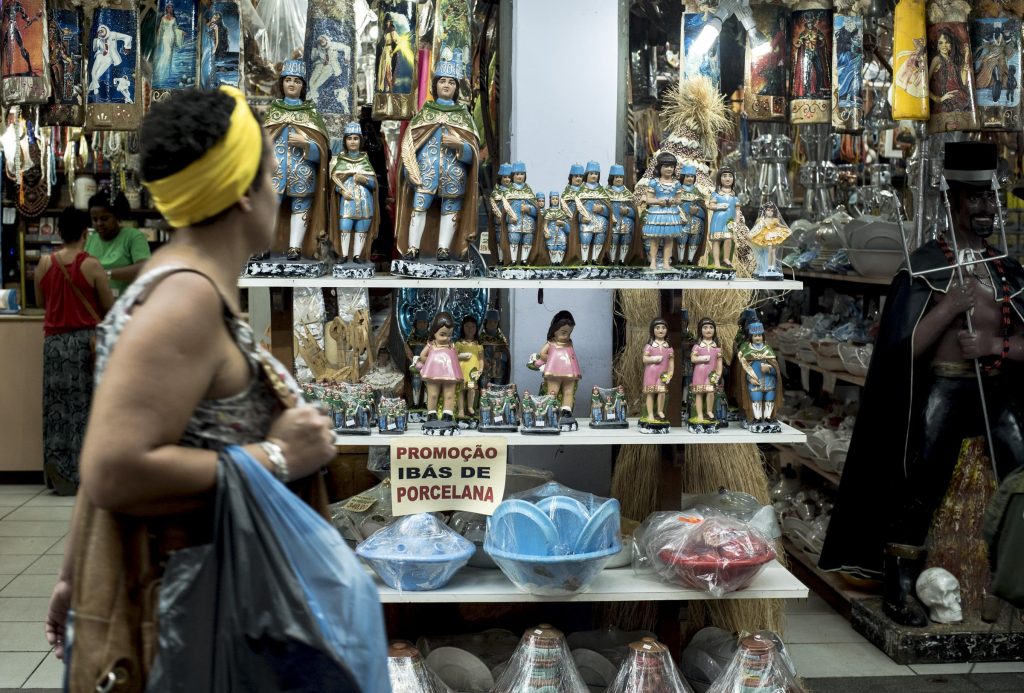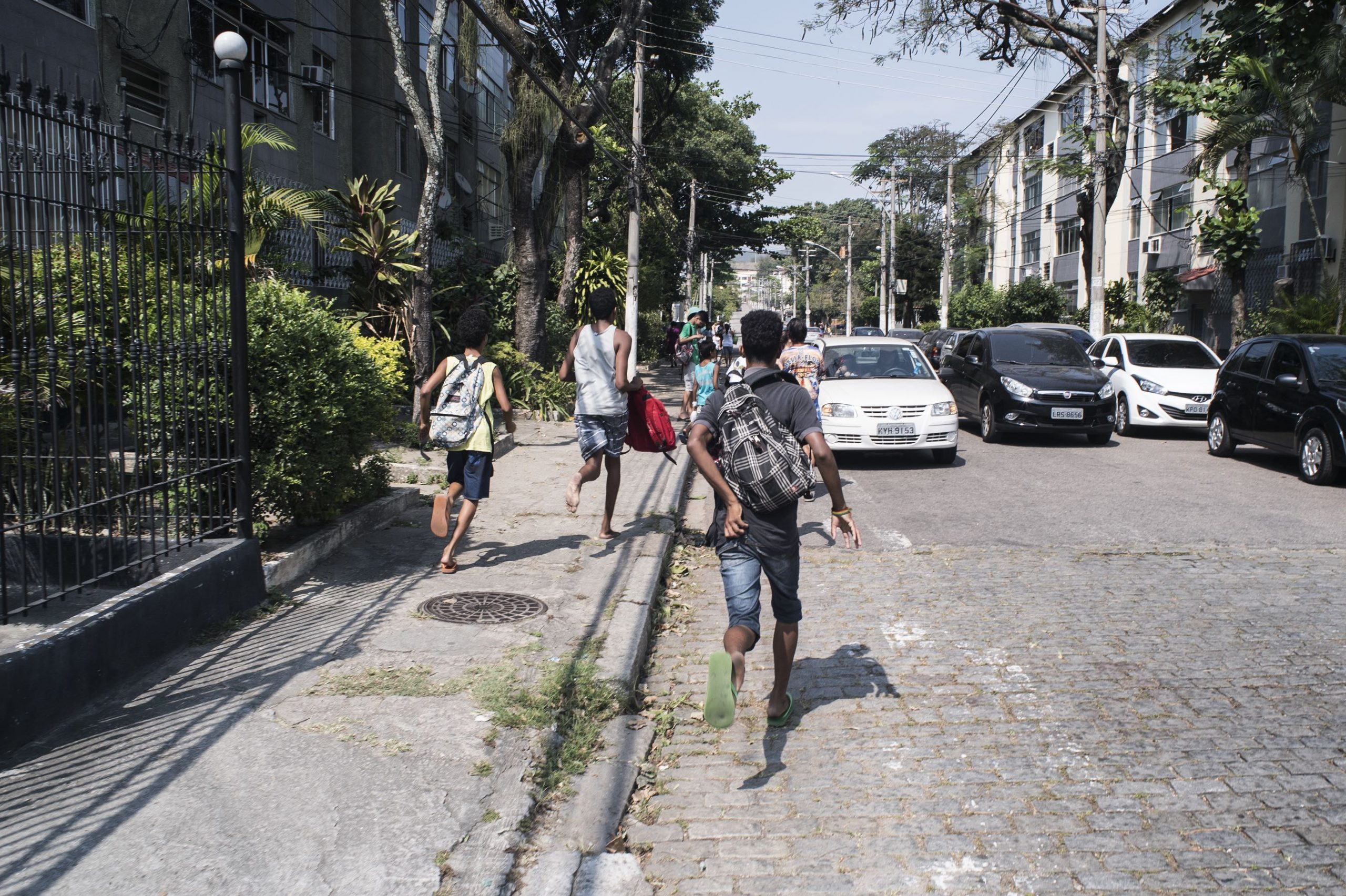Curatorships of the self. Afrodescendence in question
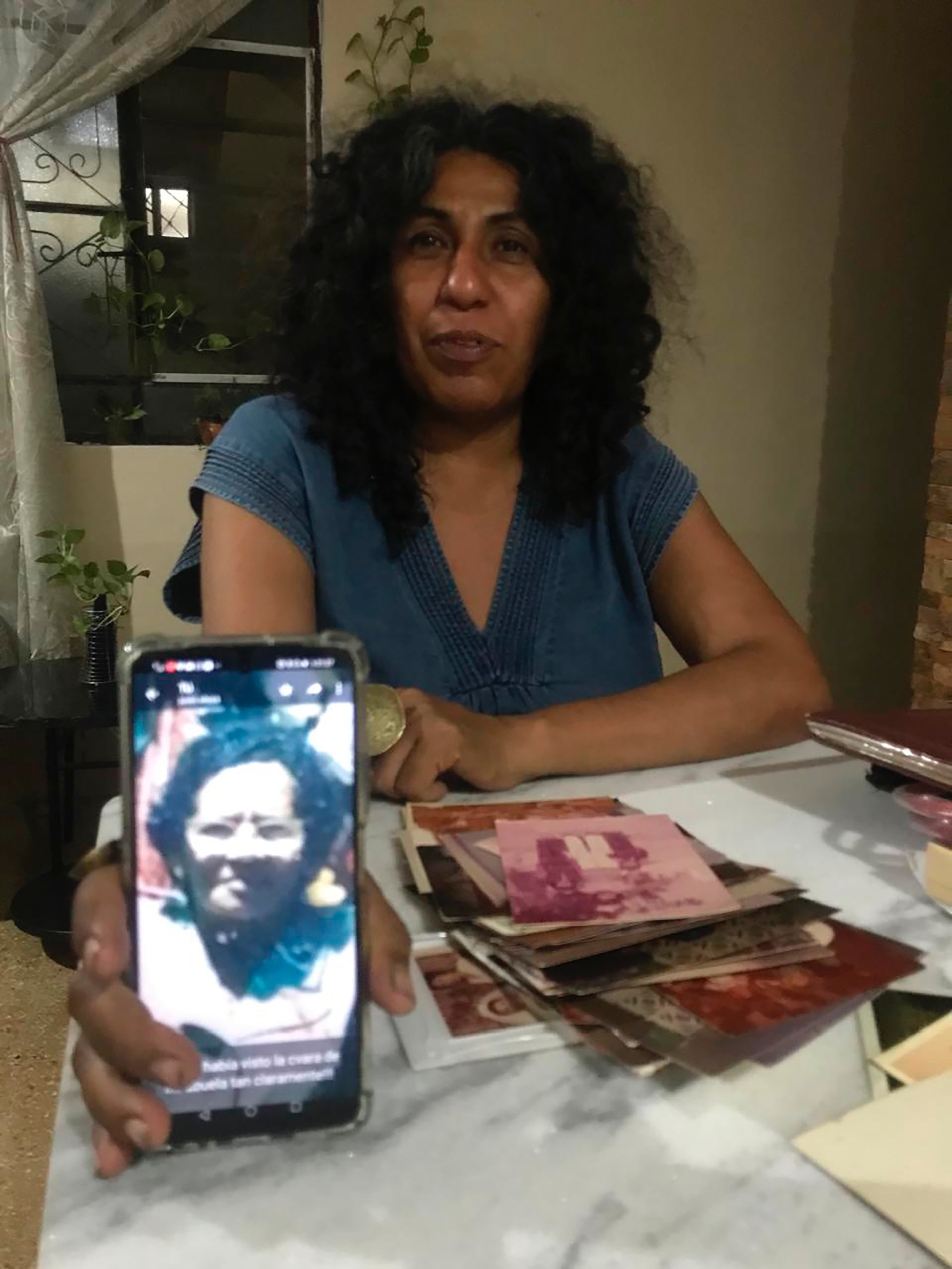
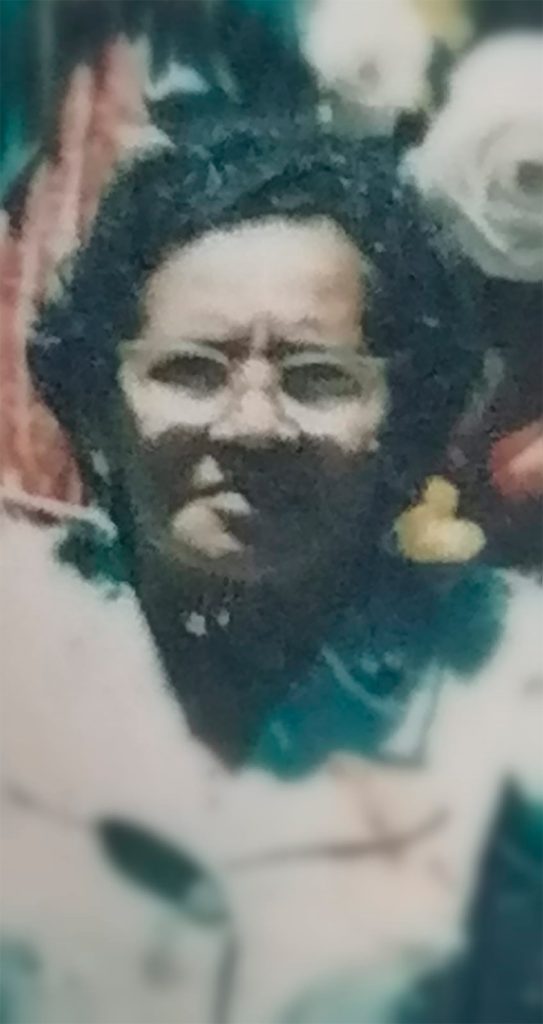
My grandmother's face
On the left, Rosma shows me a snapshot of a photo of her paternal grandmother during a visit to her mother's house to see the family album. On the right a close-up of the photo, which is a clipping of a photograph that is part of a memory of a family visit to Mexico City in the 1980s. His grandmother was the daughter of a fisherman born in Loma Bonita, Oaxaca, who had lived in Veracruz since he was a child.
It's the only photo I have of my paternal grandmother. That's where I got the hair and the brown [...].
Dialogues with Rosma
Ambivalences
With hipil de gala (terno or Yucatecan regional costume) reserved for special and festive occasions. This costume, considered "traditional" in Yucatán, was created from the dress used by the Yucatecan mestiza (indigenous woman) to dance jarana in the state's famous vaquerías; over time, it became a hallmark of Yucatecan identity (Repetto and Medina, 2020: 243).
My mother "[...] was in political groups, I don't know exactly what she was doing, but López Portillo was going to arrive, there was going to be a welcoming committee for the president with women and they were given their suits. They lent it to them. My mom never wore mestiza dress, no woman in my family. My mother and grandmother spoke Mayan, but they denied it. There was that contradiction, because they did not wear the traditional costume, but they did have several daily practices related to the Mayan, the use of domestic space, food, daily utensils, following important dates of the agricultural calendar [...] I built over time respect and love for the link with the Mayan that was denied me by the family lineage."
Dialogues with Rosma
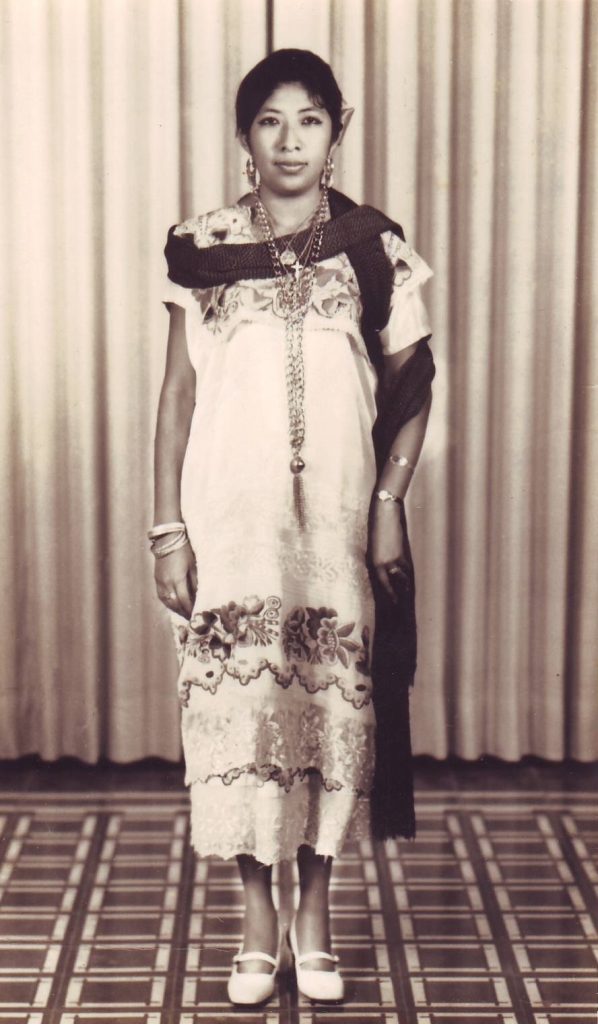
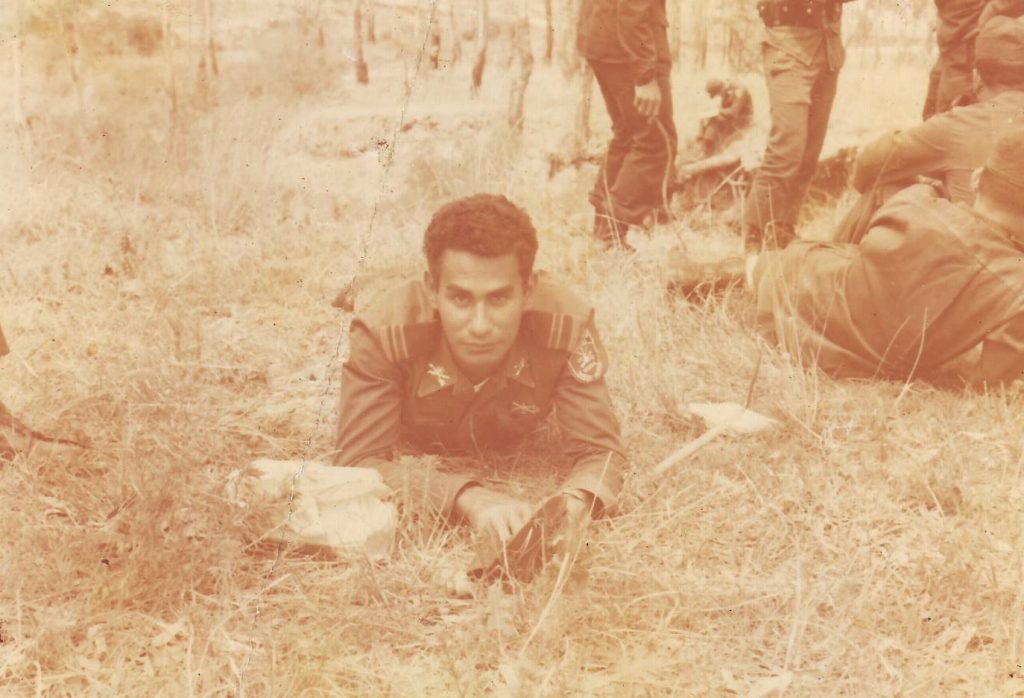
José Garduza, the father
This is a photo of the field practices [...i.e.] the soldiers' field practices that they carried out every so often to train in the field and learn how to survive in uncomfortable conditions. This must have been in Rio Lagartos or San Felipe, that's where they went for their training. My dad became a soldier when he was 22 or 23 years old and was part of Battalion 33 in Valladolid, where he met my mom.
Memories of Rosma
[...] all my life I saw my dad who is very dark and his hair is very curly, like that, pashushitoThere was a "hey, his hair is different, the color of his skin is very dark, isn't it? But it's not only that he had that, but he had other features different from the Yucatecan, like maybe his height, maybe his figure, there were other features in him that I saw [...].
In civil
I like this photo of my dad because it is one of the few where he is not a soldier [...] but he is from the army because his rifle is over there [...] I think it is San Felipe [Yucatán coast], because it is an old house that looks like the house of an aunt who lived there [...] he is very young...how handsome he was...my mom liked his legs [...] My dad was outstanding in sports, he always represented the army, he traveled a lot. He was a man who liked to prepare himself [...] when he met my mom he didn't know how to read or write and he enrolled in the same elementary school where I studied, he went in the afternoons; and he learned to read and write, that was before I was born [...] I know he had a very hard life, I have no idea why [...].
Memories of Rosma
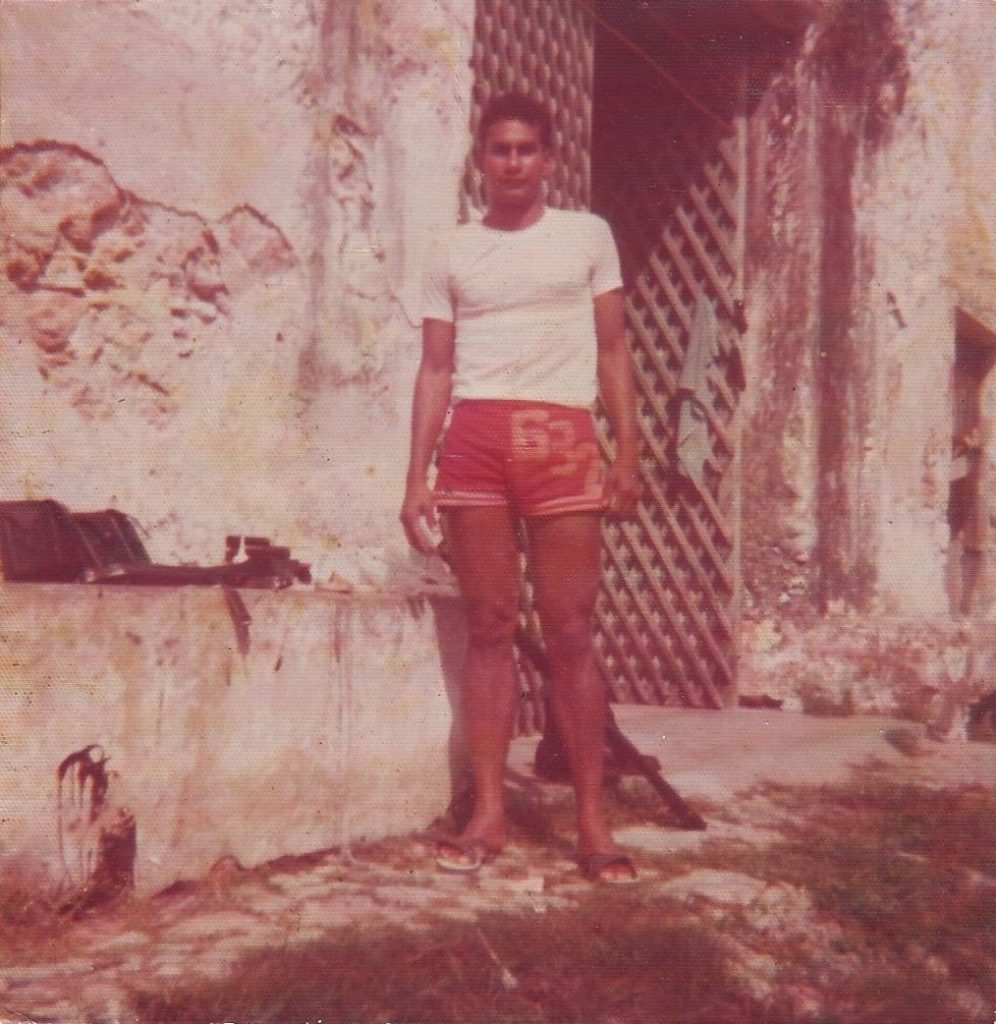
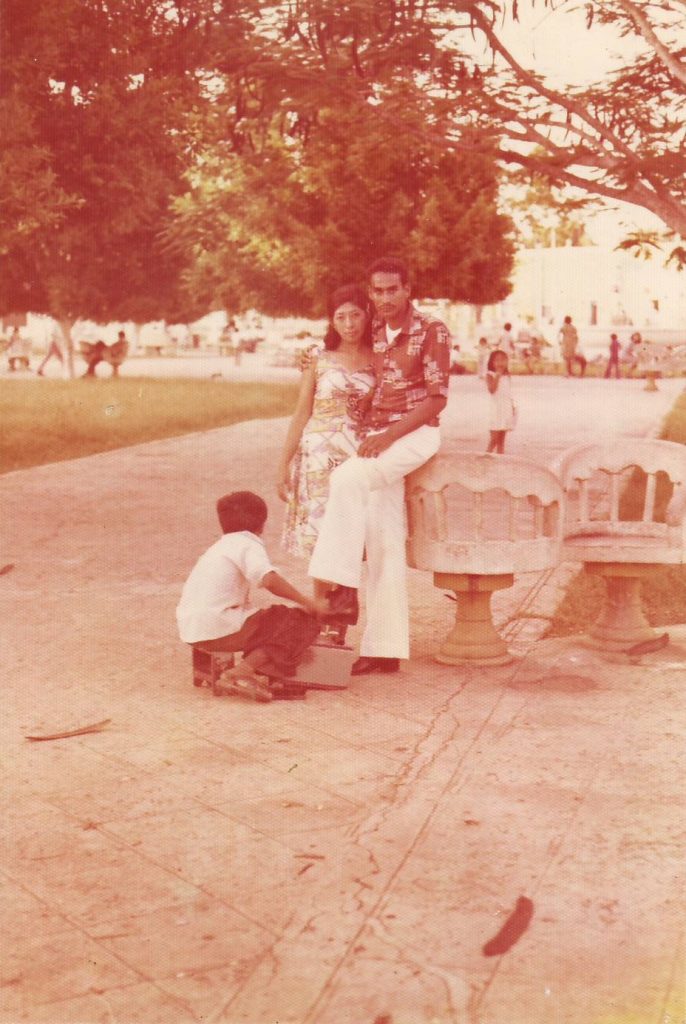
Dating
Here she is with Don José in the park. I think they were just beginning to be sweethearts. They were about 23 or 24 years old [...] My mom doesn't have a naïve face, but a naughty face," she says with a laugh, "bandit! I can say that my mom grew up in the culture of whitening. In fact, she told me that her parents said to her, 'Are you crazy, your kids are going to be born brown with that man! It was almost as if they were saying she'd had a backflip [laughs again]. And yet she chose a black man [...] and she loved that her children were brown and curly-haired.
Memories of Rosma
Absences and marks
This photo provokes two emotions in me. On the one hand, nostalgia for a love that didn't happen, that was broken. But at the same time, I think: 'It's part of the past, it doesn't have to belong to the now'. He was a good dad, playful [...] that kind of dad. The rest, to tell you the truth, I don't remember much. He was often away for the army. I don't know at what point was the transition to not seeing him anymore [...] I just stopped seeing him.
Memories and reflections with Rosma
I was three years old in that picture. And although I don't have many memories of him, the ones I do have are very nice.
Sometimes I think: 'How strong, isn't it? And it also pisses me off that I have been so absent [...] and that at the same time he has left me all the legacies that are noticeable.
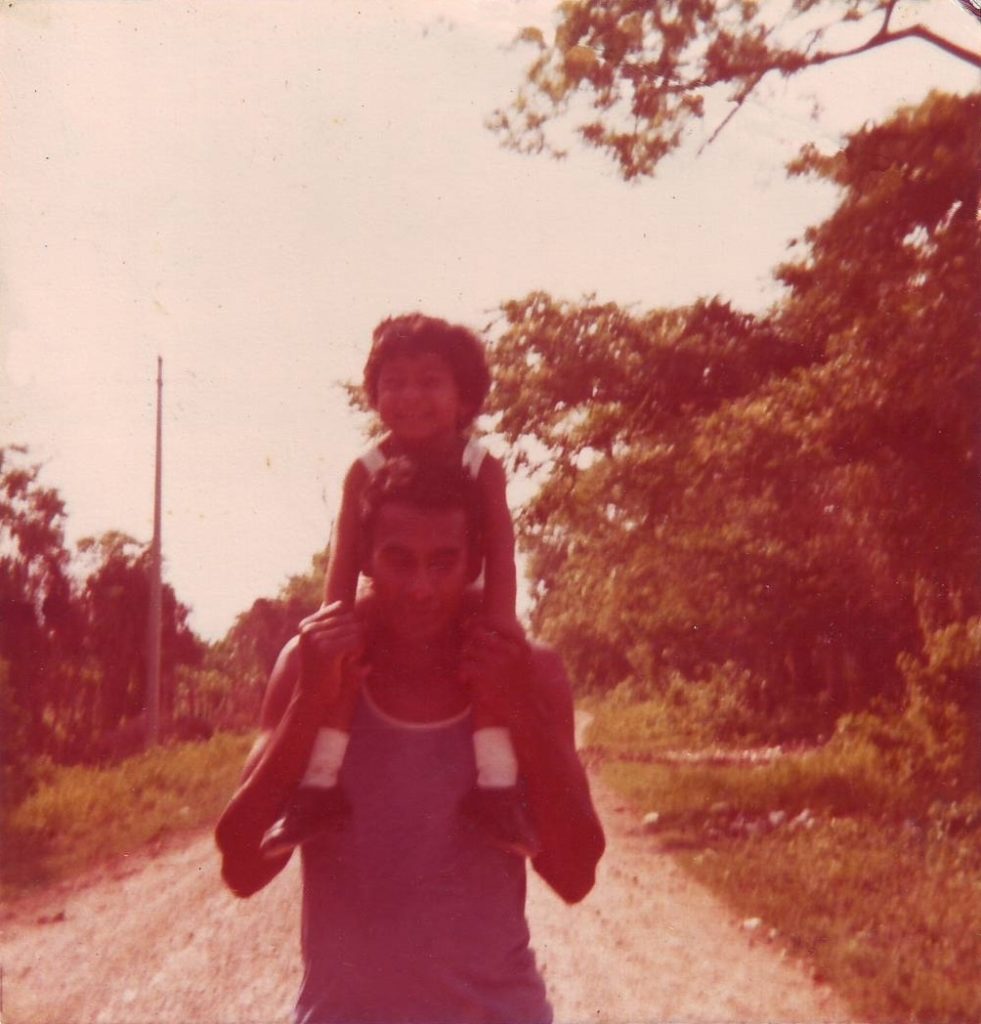
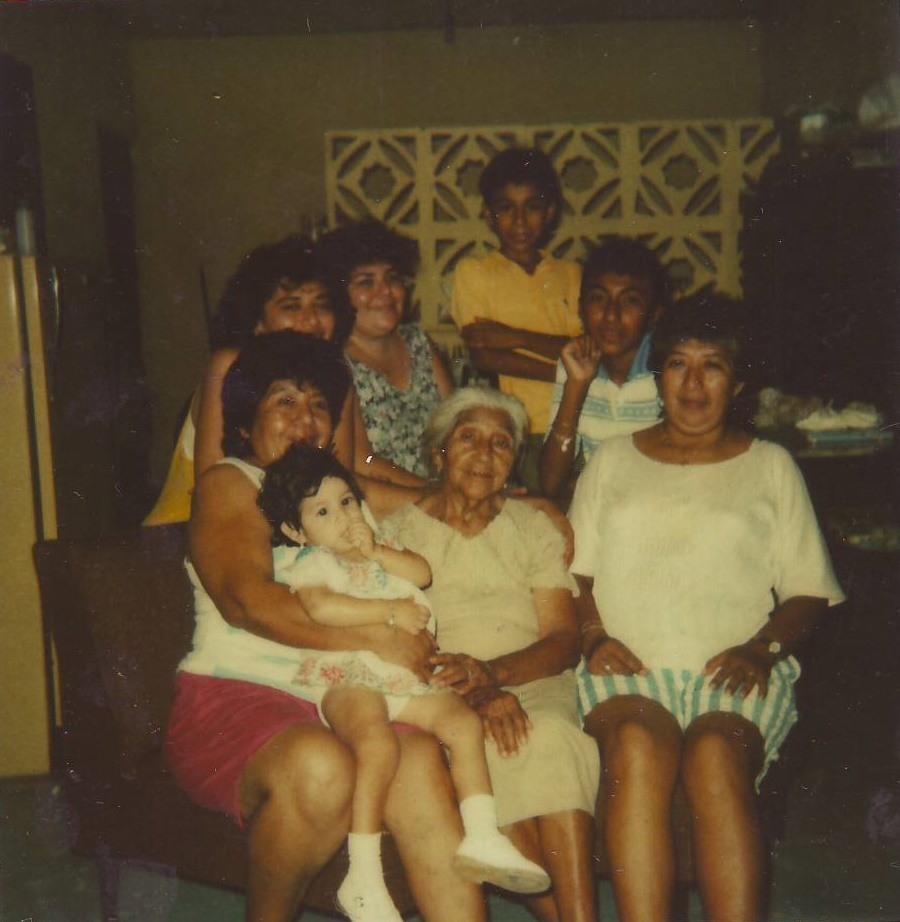
Maternal family
Family album photo. Merida, Yucatan. Around 1990
In the center, Rosma's maternal grandmother. On the right, her mother, Rosma and her brother. On the left, her aunt with a granddaughter in her arms, one of her daughters and her brother's daughter.
This was in the house that an uncle lent my mom, before we moved to the one she got through Infonavit [...] I was 14 years old. We were clearly brown compared to my cousins, who were white. It's a nice photo, you can see the popular environment in which I grew up [...] My mom always called me 'Negrita'; that was my nickname, and my brother she called him 'Negrito'. We were always black. The thing is that at that time I didn't link it with an idea of Afro-descent. And now it's like [...] well, obviously there is a relationship, but it's not that I feel represented within an Afro culture.
Memories and dialogues with Rosma
The dress and the fine tailoring
The dress represents a network of support woven through sewing, a practice that provided sustenance and social mobility to Rosma and her family. The craft of dressmaking, as well as the care and dedication in its execution, were an inheritance from her mother's lineage: from her mother, a professional seamstress, to herself, a jewelry maker.
Here I was 11 years old. This dress was made for me by my mother. She had been sewing professionally since she was 13 years old in a workshop with her cousins. I remember I was very fond of that dress [...] I loved the headdress, it was incredible, really, exquisite. She used very fine lace because my mother had already started working with a designer from New York who gave it to her.
Memories of Rosma
My first communion godmother was a woman who was very supportive of my mother. She was a lady with a high economic position, her boss at Cadenita Gold, a maquiladora where my mother worked. She knew how to see that my mother was delicate, meticulous [...] There is an aesthetic that I inherited from her. My mother never did anything shoddy, she liked exquisiteness. She had a deep respect for her craft. She was brutally committed to her work. She enjoyed it.
My grandmother, from a young age, warped hammocks. Her husband, my grandfather, was a blacksmith.
Memories of Rosma
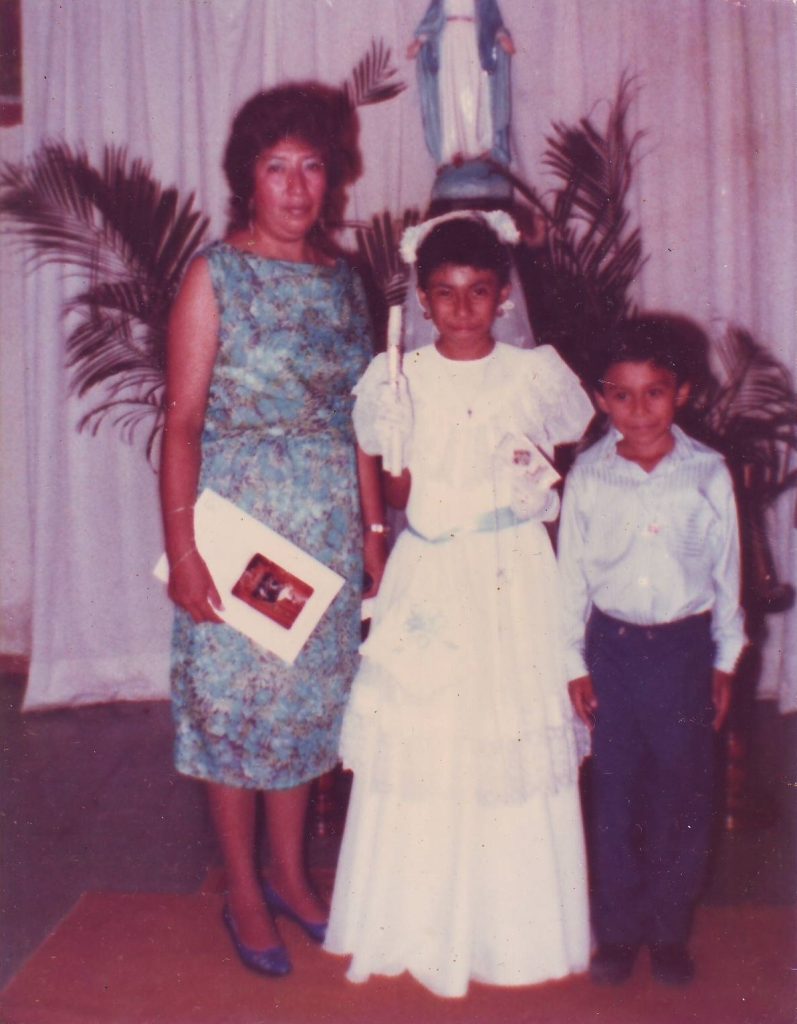
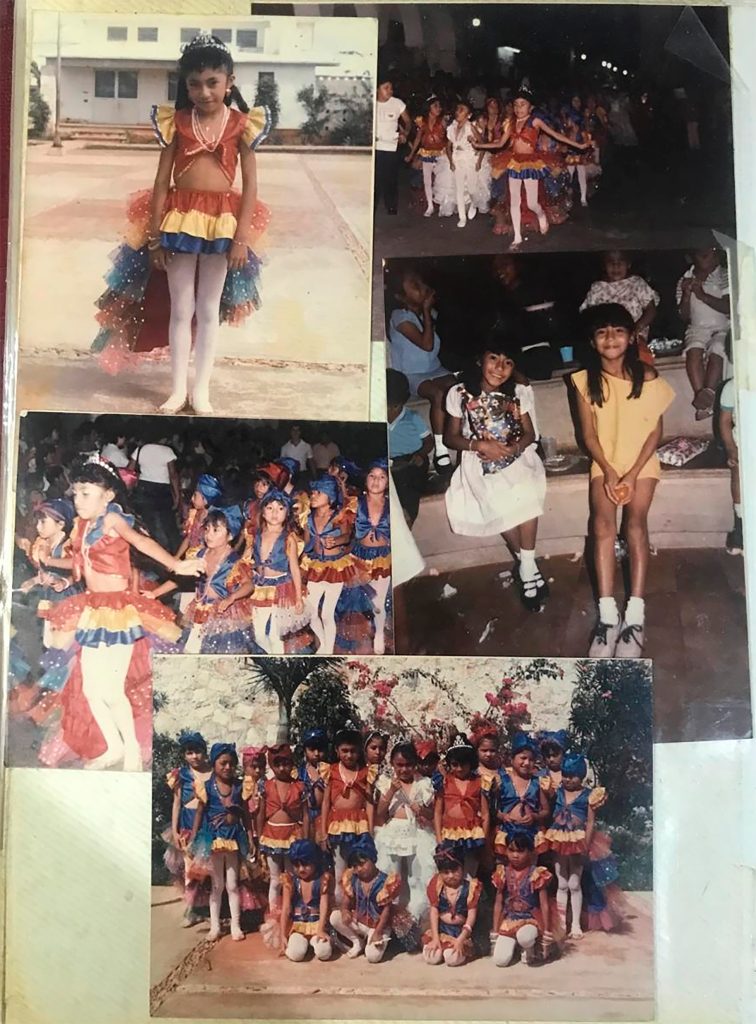
The area
This was one of the most beautiful times of my childhood: the time of the [military] zone. Those were the houses where we lived, a very nice and safe subdivision. We had a ballet teacher there -she was the one who gave me the crown- [photo above left].
Memories of Rosma
All these girls you see here [lower photo and upper right photo] were from different places: Guadalajara, Oaxaca, Mexico City [...] we shared life in the colony. In these photos we are dressed as rumberas, it was carnival time. Lupita, who was the queen, was from Oaxaca. There were several girls from there; their mothers were big, big women [...] Juchitecas. I remember them very well.
Zoom
It's my cousin's wedding. We are my mother, my brother [...] I think even my cousins, but I cut out the photo to keep only my image, to look at myself. It's part of this process of rediscovering myself. Here I look very black, although my hair is straight. I love this photo because of the color of my skin, which stands out a lot. I was about nine years old.
Memories of Rosma
You know what fascinates me? The color my mom let me wear: roooojoo. I love it because I look like a little devil with my little horns," she laughs. My grandmother said it wasn't a suitable color to wear. From her Catholic point of view, it had a certain logic [...].
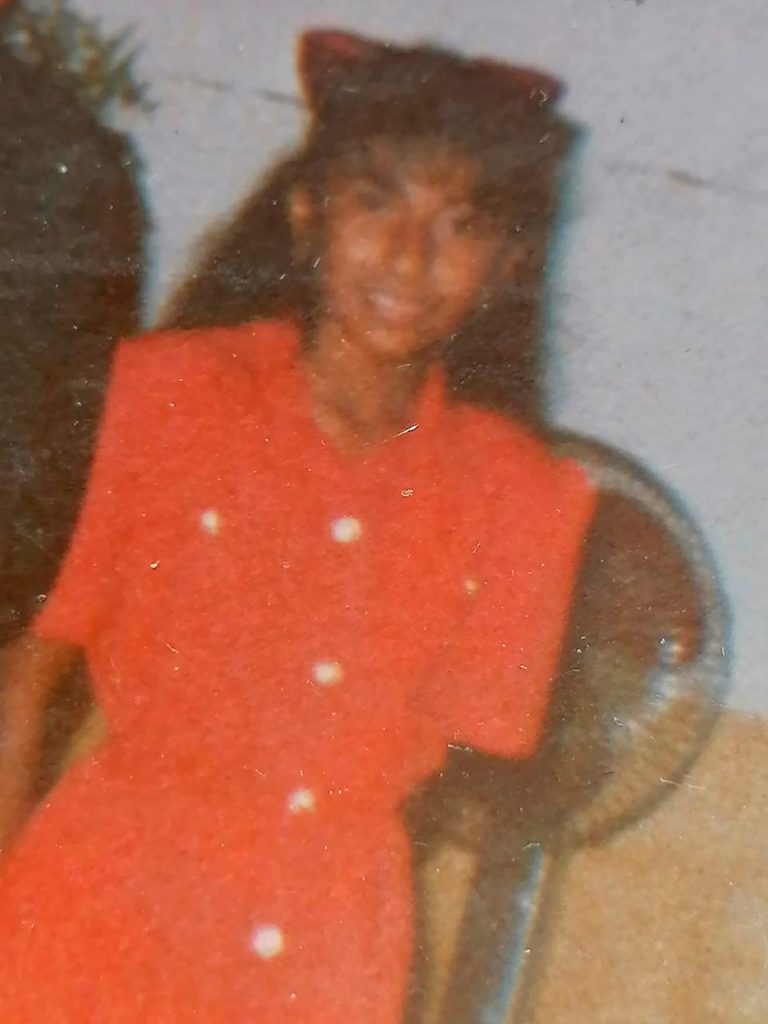
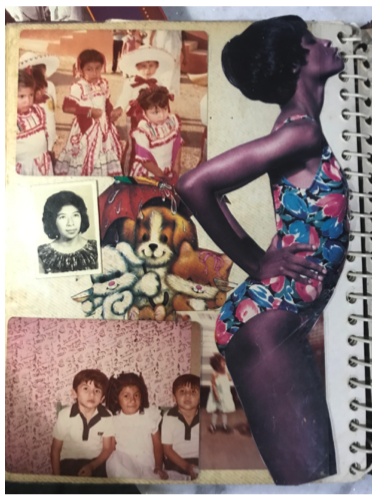
The beauty
Naomi Campbell (right) was not originally in the album. It was stuck on the wall in my room. When I vacated it, I tore down all the posters [...] but this one I didn't want to throw away. I cut it out and decided to keep it there. Obviously it was because of her beauty and the color of her skin. I was about 14 or 15 years old.
Dialogues with Rosma
In the photo below I am with my cousins. They always called me 'Sorulla', I was always the black girl in the family [...].
When I was 14 I had a friend named Lupita. She used to tell me: 'No, look, you're beautiful, look! She would fix my hair in a way that I didn't do, with mousseThe curl was very tight to mark the curl. For her it was very cool that I was brown. She did see in me an Afro-descendant trait that I, at the time, could not recognize. Maybe that's when I started to see myself differently [...] You know what I mean?
The game of mirrors
I was 14 years old [...] I think it was then that I began to feel deeply how my personality was configured. It was because of a cousin-in-law, the partner of a cousin, that I met at that time. She began to shape much of my identity. She was from Mexico City, brunette, brunette, brunette. I kept a picture of her because, imagine, to me she was beautiful. I proudly showed her off saying she was my sister, not my cousin.
Dialogues with Rosma
I liked her personality, how she dressed. She always wore her hair very curly, afro. It made a big impact on me. Besides, she talked to me about things that no one had ever talked to me about: sex, drugs, the wildness, chupe [...] I liked her hair so much that one day she took me to get my spirals done. She paid for them. It's strange, because I didn't have curly hair, but in that photo I do: I have spirals, and I felt a little more represented. I love that kind of hair [...].


Framing
I cropped this photo because I like that angle. I like it a lot: the composition, my hair, my face. We had these pictures taken in the workshop. I like my expression lines, because that's where you can see my forties. That you can see a jewel, the light, the color of the clothes [...].
Dialogues with Rosma
I do have an ideal of a woman: to know how to be a strong, upright woman, with poise. I realized, when I grew up, who is considered "dark" and who is not, depending on the context. I was delighted to discover these nuances.
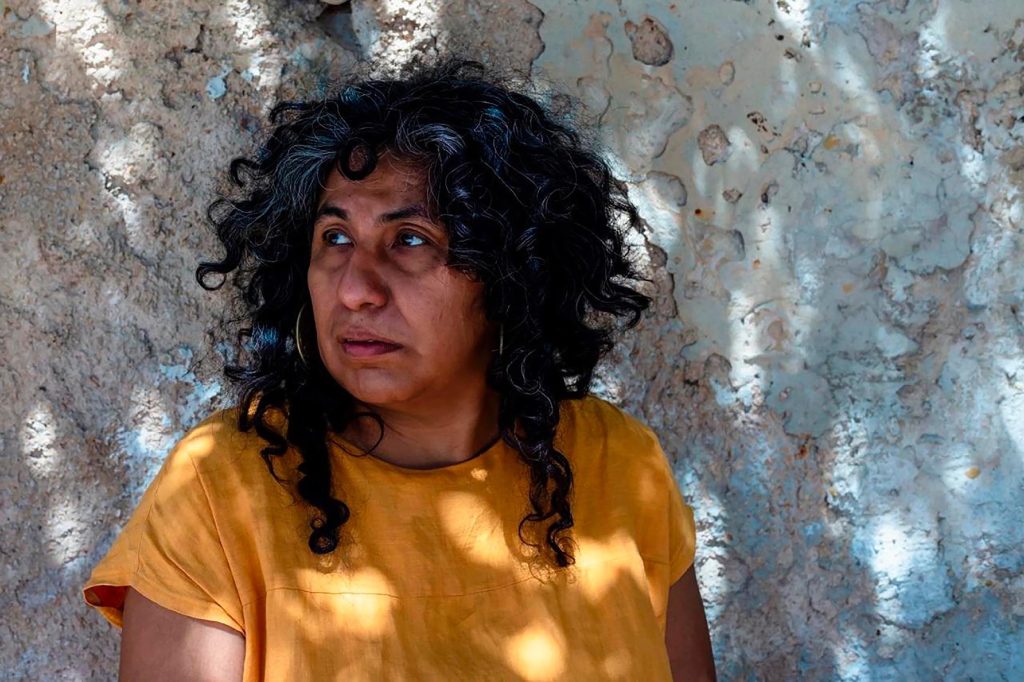

Ball nose
This is one of my favorite pictures. I love our little ball noses. Sometimes I tell my son: -Hey, my love, we are black, aren't we? [referring also to his father, a dark man] And he, very correctly, answers me: "No, mom, we are not black, we are brown.
Dialogues with Rosma
The other day, in La Plancha,* I saw a girl of African descent and I said to him: -Look, what a beautiful color she has. And he answered me: -Mmm, I don't like it. I like the color of millionaires better. And I said: -And what is that color [laughs]? -More white, he said. And I: -Well [...] it's not of millionaires, there are poor and rich people of all colors. But it did make me think: where do these ideas come from?
*La Plancha Park. Public recreational space in Merida, Yucatan.
The patina
Seventeen years ago I had the opportunity to develop my manual skills and aesthetic sensibility in the Restoration Department of INAH. It was an incredible experience to touch, feel and connect with objects that had had their splendor centuries ago. I was fascinated to observe the details of the Mayan vessels, to imagine the workshops where they were made, the pigments they used [...] and how those colors remained alive even after centuries of burial. The apartment was full of pre-Columbian and colonial objects. Since then, I have had a fascination with patina: the clear and forceful trace of time left on things.
Dialogues with Rosma
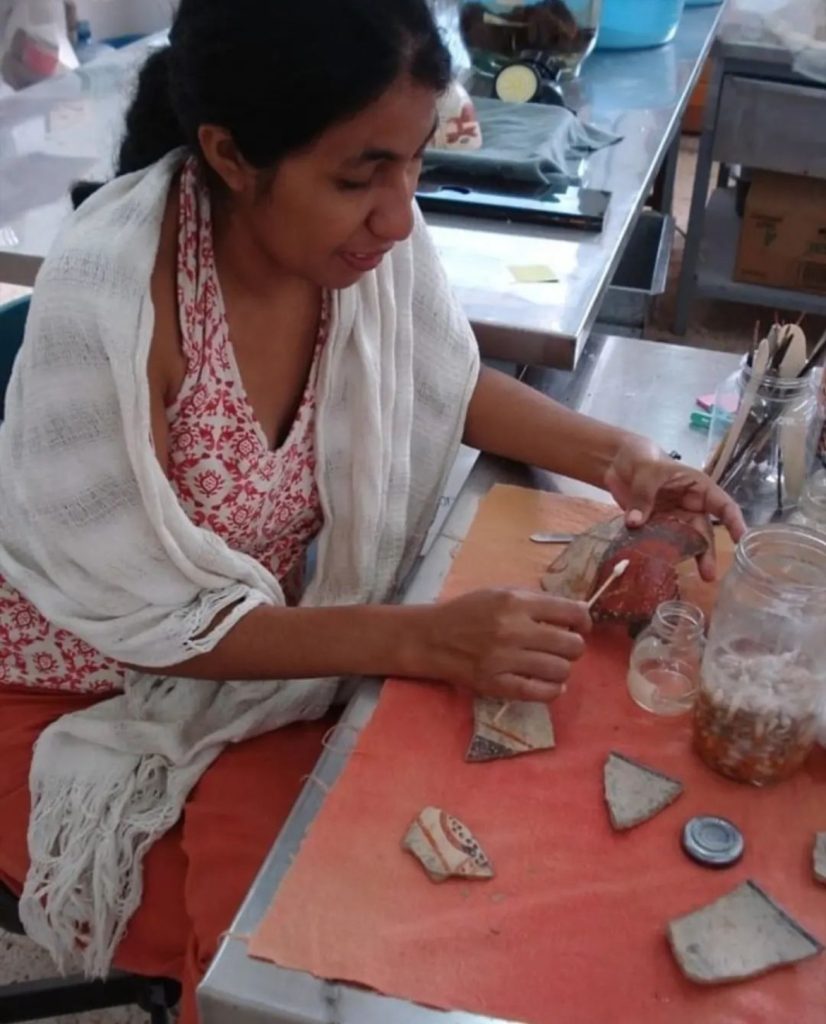
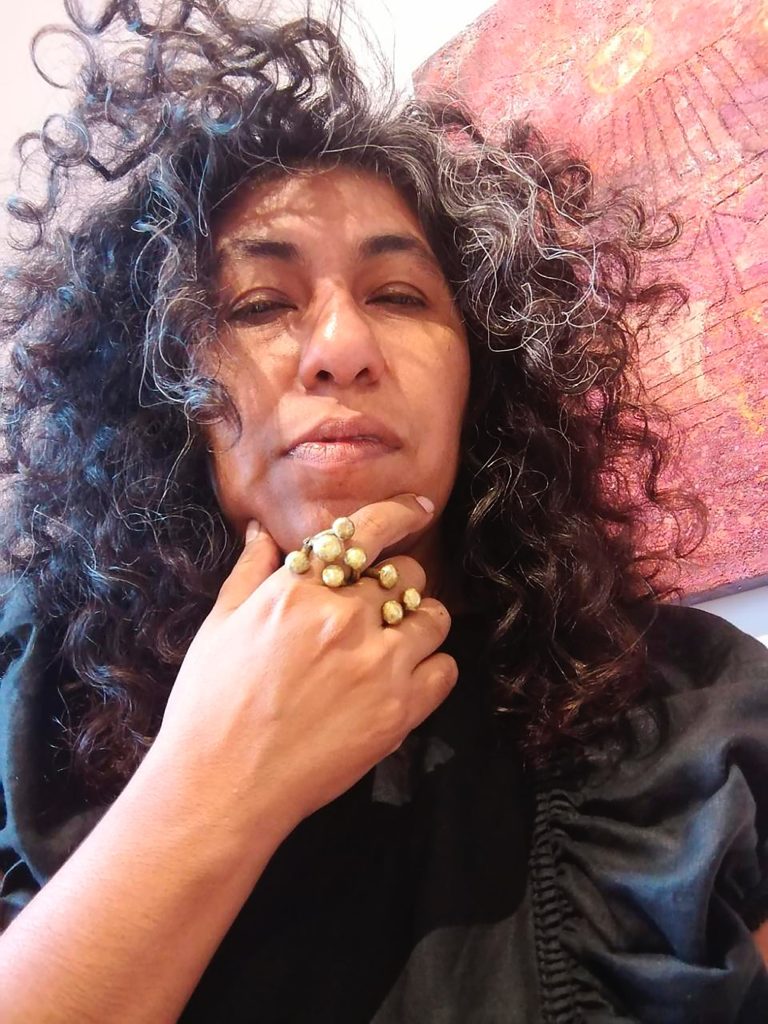
"Beauty in the simple and crude."
I love this photo because of my hair: always loose, unruly and abundant. My jewelry has a deliberately raw, crude, powerful aesthetic.
Dialogues with Rosma
I once made a moodboard with images of women who inspire me. They were all African or Indian, tribal women, in their daily life [...] They have such a dignified look, so full. I hate those poses of models where they look like fragile, careless girls, with their legs bent [laughter] [...] hyper-sexualized, always complacent.
Profile, selfi
I took this picture myself. I loved the light in that house. I was in my work corner, noticed the halo of light falling on me, closed my eyes and took the picture. I love my profile there.
Dialogues with Rosma
The subject of the Mayan profile is not one that I have always celebrated. It was through other looks that I recognized it. Foreigners celebrate it a lot. Once I was told that my profile looked like the glasses in a museum. And yes, I looked at it and I thought, 'Sure, it's a Mayan profile!'
But there are also Spaniards and Moroccans with aquiline noses [...] they see you with their own imaginary. Now nobody asks me if I'm from India, but when I was thinner, they always asked me. Or if I was from Bangladesh. And now, if I'm a black woman [laughs].

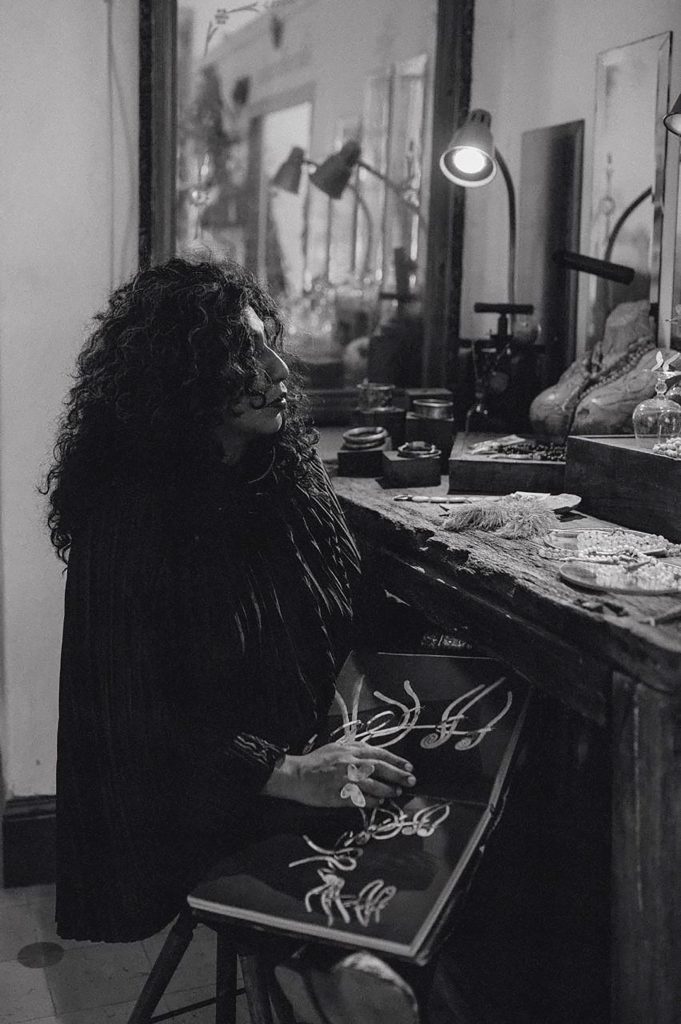
Jewelry maker
[...] I am trying to capture in words this strength, this presence, this transgression of what is imposed on you as conventional jewelry [...] When I work I connect with my emotions, there is a lot of connection with what I do, I like to work in silence, in my corner, it is an island, surrounded by books, and jewelry, plants, and I am in my world.
Dialogues with Rosma
[...] it is difficult to put a description to this photo, but I feel a mystique [...] looking at my work in a tone of respect. Wearing my jewelry with a Calder book [...]
Many brown people like me, at some point I talked to girls, entrepreneurs too, and many of them have thought that the success of my jewelry is due to the foreign look they think I have. How strong, right? their imaginary [...] because they also feel talented, but they feel that they have not stood out like me because they do not have this flattering phenotype [...].
Image 21. Afro roots
"Let no one doubt my Afro roots [...] [ironic tone] Phenotypically I can believe that I have Afro elements and Mayan elements, but not cultural identity [...] phenotypically yes, I see it in the mirror and I recognize it.
Reflections with Rosma on identity
[...] in the end I am not [Afro-Mexican, Afro-descendant, Mayan], because I do have traits but those same emotions I have with the Mayan, eh? At some point I also identify myself closer to the Mayan, but I don't feel legitimate either, you know what I mean? At some point I said: 'It's just that they are quarts of my identities that are there, right? Why can't we reconcile all those parts?' I feel them [...] like this [...] fluctuating, around, right? But not completely part of me.
Do you know what really marks me as an identity? The popular culture, the knowledge that I come from a popular environment, from low-income backgrounds, that is, well, like maaaaaaaaaaa, a class identity that I have stronger".
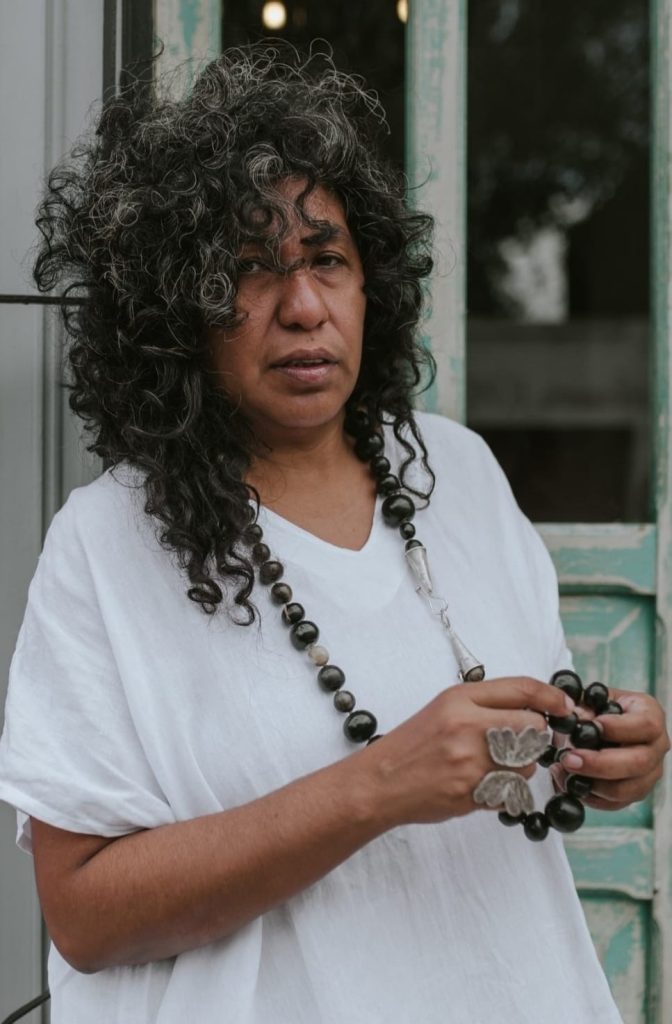
Bibliography
Fernández Repetto, Francisco and Ana Teresa Medina-Várguez (2020). "Dressing Yucatecan identity. Etnomercancía, tradición y modernidad", Entrediversidades. Magazine of Science Social and Humanities(19), pp. 241-275.
Gutiérrez Miranda, M. (2023). "First approaches to the concept of image. selfie as a sign of self-representation and self-concept", in Ángeles Aguilar San Román and Pamela Jiménez Draguicevic (eds. Processes cross-cutting of the expression, the representation and the significance. Querétaro: Universidad Autónoma de Querétaro, pp. 103-129.
Nahayeilli B. Juarez Huet is a research professor at the Centro de Investigaciones y Estudios Superiores en Antropología Social (ciesas), Peninsular headquarters, and member of the snii. Her research focuses on three main areas: religious diversity in Mexico, Afro-descendants and the different manifestations of racism. She was academic co-responsible of the Cátedra unesco/inah/ciesas"Afrodescendants in Mexico and Central America: recognition, expressions and cultural diversity" (2017-2021); since 2016 she has served as academic co-coordinator of workshops on the use of visual tools for social research in. ciesas, Peninsular, from where he promotes collaborative work and methodological experimentation in visual anthropology. He is a member of the Network of Researchers on the Religious Phenomenon in Mexico (rifrem) and the Audiovisual Anthropology Research Network, Audiovisual Laboratory (riav) of the ciesas.
The dynamics of salvation goods in the cult of Jesus Malverde: a photographic essay on popular religiosity in Mexico.
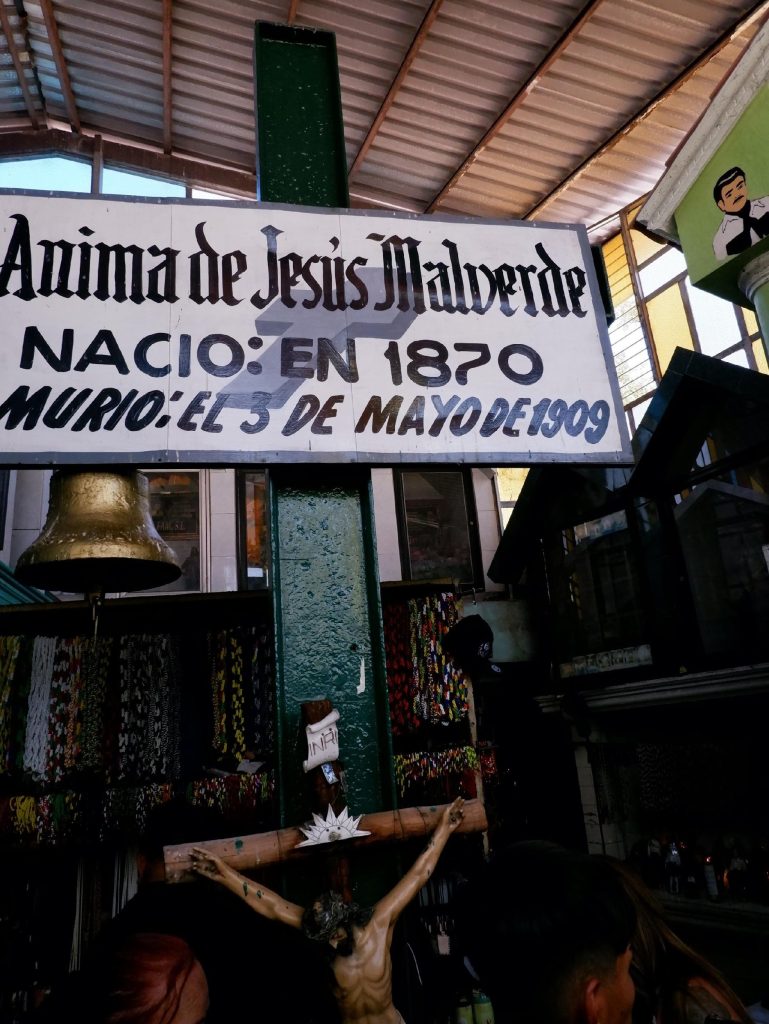
Image 1. The Holy Cross of Malverde
Culiacán, Sinaloa, May 3, 2024
Jesús Malverde was a bandit born in northwestern Mexico at the end of the 19th century. He died at the hands of the forces of order commanded by General Cañedo, then governor of Sinaloa. After his death, hanging from a mesquite tree, he was instructed not to bury his remains so that, not receiving a Christian burial, he could not rest in peace. Malverde's soul in pain has found in his devotees different forms of gratitude. One of them is to materialize this gratitude for the favors received; at some point, this gratitude was manifested in raising the steel cross shown in the photograph.
Image 2. Malverde's images
Culiacán, Sinaloa, May 3, 2024
It is a set of religious figures of Jesus Malverde. Most of them are images of the bust of the character, although there are others in which he is seated on an armchair/throne. There are also necklaces, medals, rosaries and scapulars with the image of the saint's face. The largest figure stands out for being the authentic central image of the main niche of the chapel of Malverde, which is concentrated with so many other images in the hood of the van, property of the chapel to carry out the traditional tour through the surrounding streets.
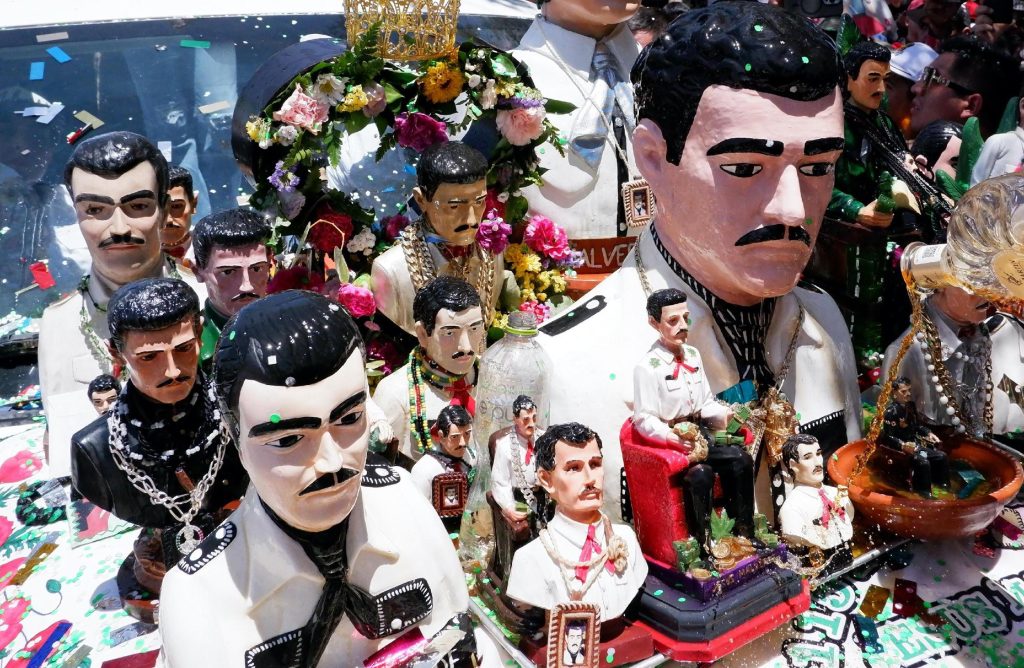
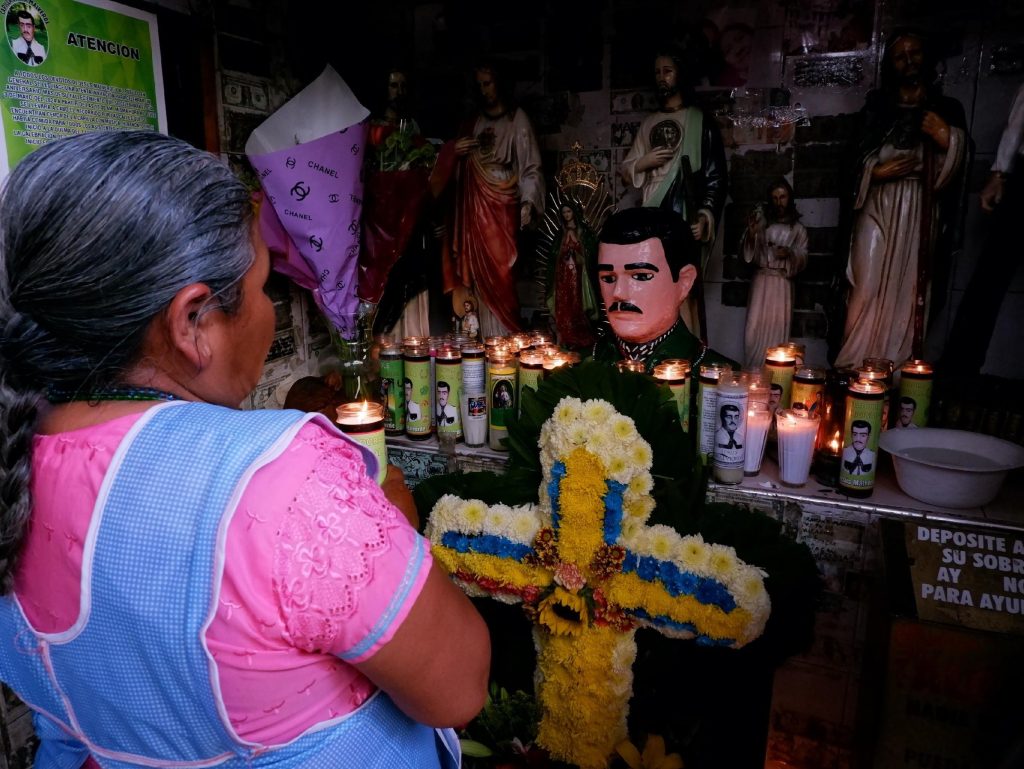
Image 3. Images of Malverde II
Culiacán, Sinaloa, May 3, 2024
In this photograph, inside the chapel, an original reproduction of the bust of Jesus Malverde can be seen, but unlike the one in the main niche, in this image he wears a green shirt and, around his neck, the handkerchief is black and white. Behind him, there are dollars and photographs taped with tape. Between the wall of the niche and the image of Malverde are other images of the Catholic faith, such as the Virgin of Guadalupe, St. Jude Thaddeus and Jesus Christ. Both in the devotee's hand and surrounding the saint are candles with the image and the prayer to Malverde. In front, with her back turned, is a woman; women are increasingly taking a more central role in the cult of Malverde.
Image 4. The freighter of the Divine Providence Rider
Culiacán, Sinaloa, May 3, 2024
One type of errand often carried by Mexican cargo carriers -usually related to carnival and patron saint festivities- is to carry a carnival or pyrotechnics bull. The photo shows a person, a volunteer, carrying the image of the generous bandit on his horse, which is fixed to a metal structure that facilitates its transportation. During the procession different devotees have taken turns to carry the rider; and in the rests there are those who approach to give him liquor or beer to drink.
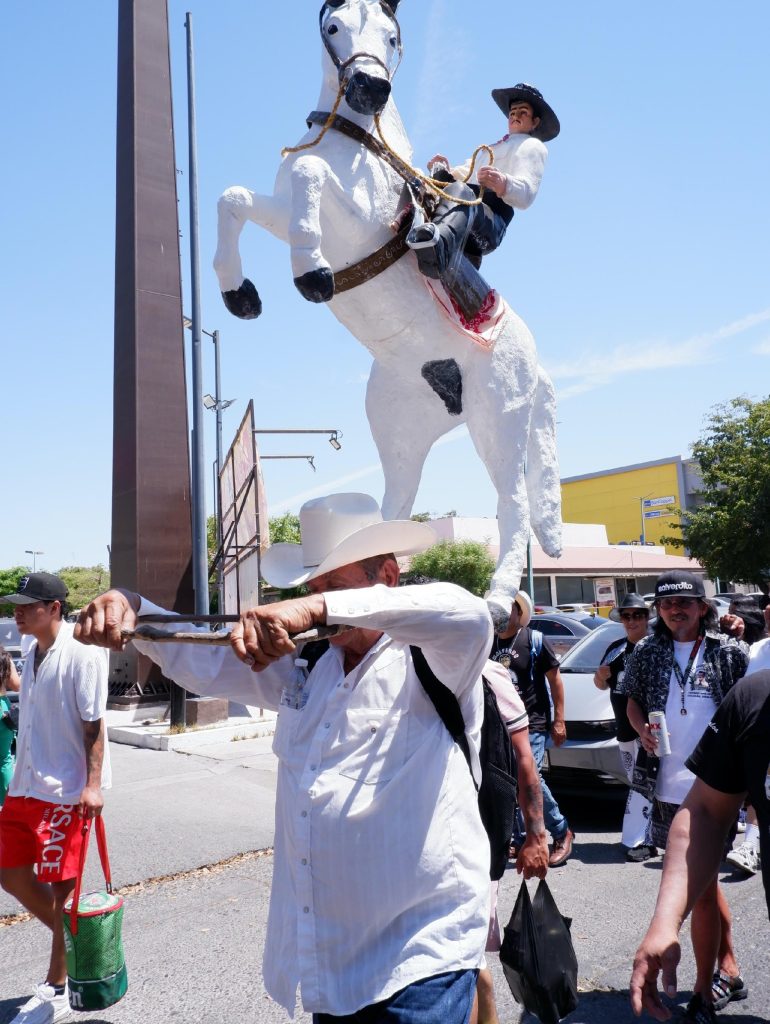
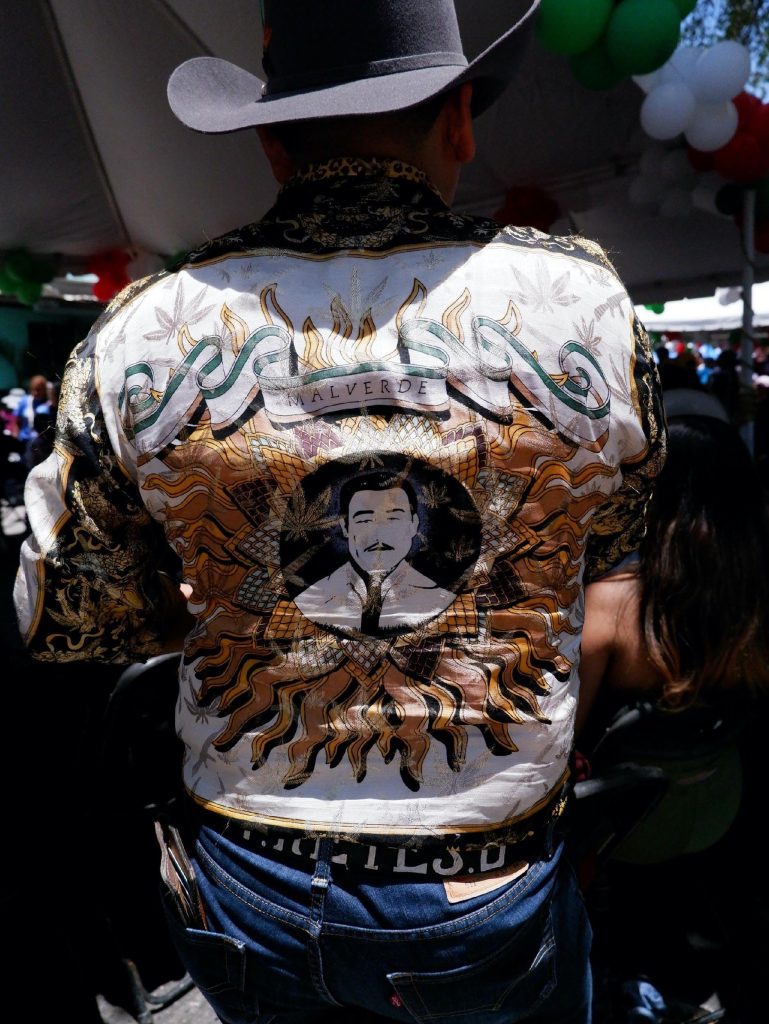
Image 5. Malverdista fashion
Culiacán, Sinaloa, May 3, 2024
Caps, hats, sombreros, belts or cowboy shirts bearing the image of Malverde are merchandise that, outside the festive context, have a more profane meaning; however, during the festivity they are endowed with sacredness, as they are part of the sacred meaning of the image of Malverde. In this photo, a freighter with his back turned shows the detail of the image of Jesus Malverde surrounded by marijuana leaves and, in the center, a sunflower.
Image 6. Tattoos
Culiacán, Sinaloa, May 3, 2024
A constant in the annual celebration of the cult of Malverde are the tattoos that are carried on the chest, back and arms, mainly. However, in this photo the innovative aspect is the gender of the bearer. It is relevant that more and more women are showing their Malverde tattoos during the festivity. Particularly, this photo focuses on the face of the character without offering more detail of his clothing. The representation of the Virgin of Guadalupe, half-length behind the saint, stands out.
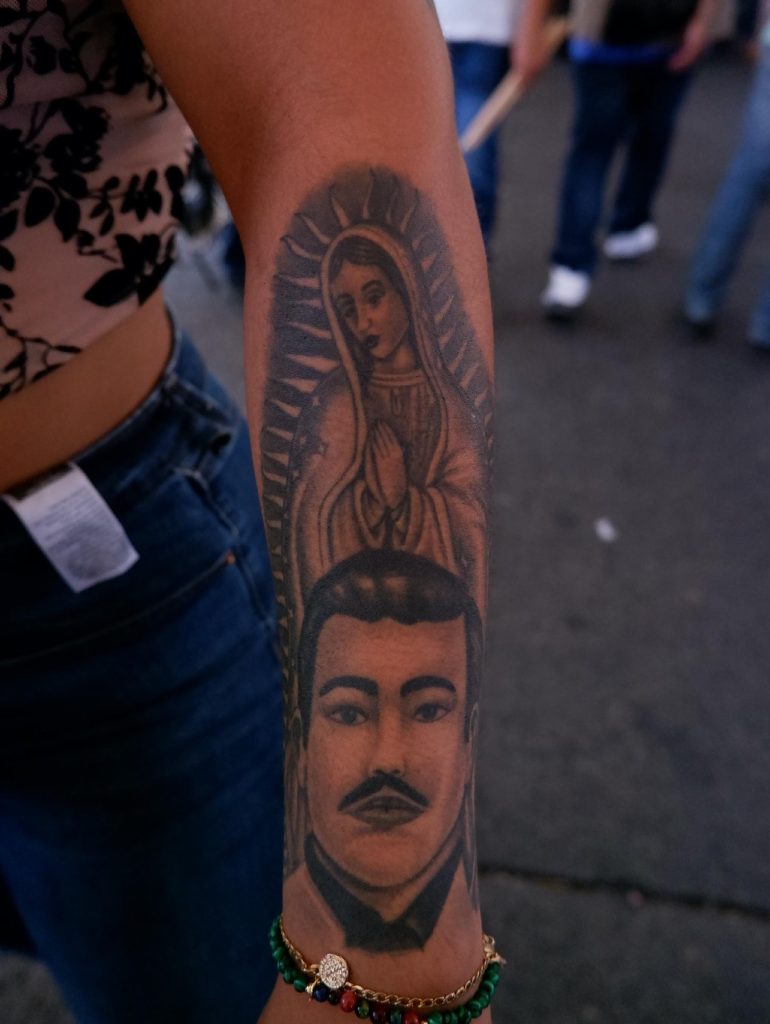
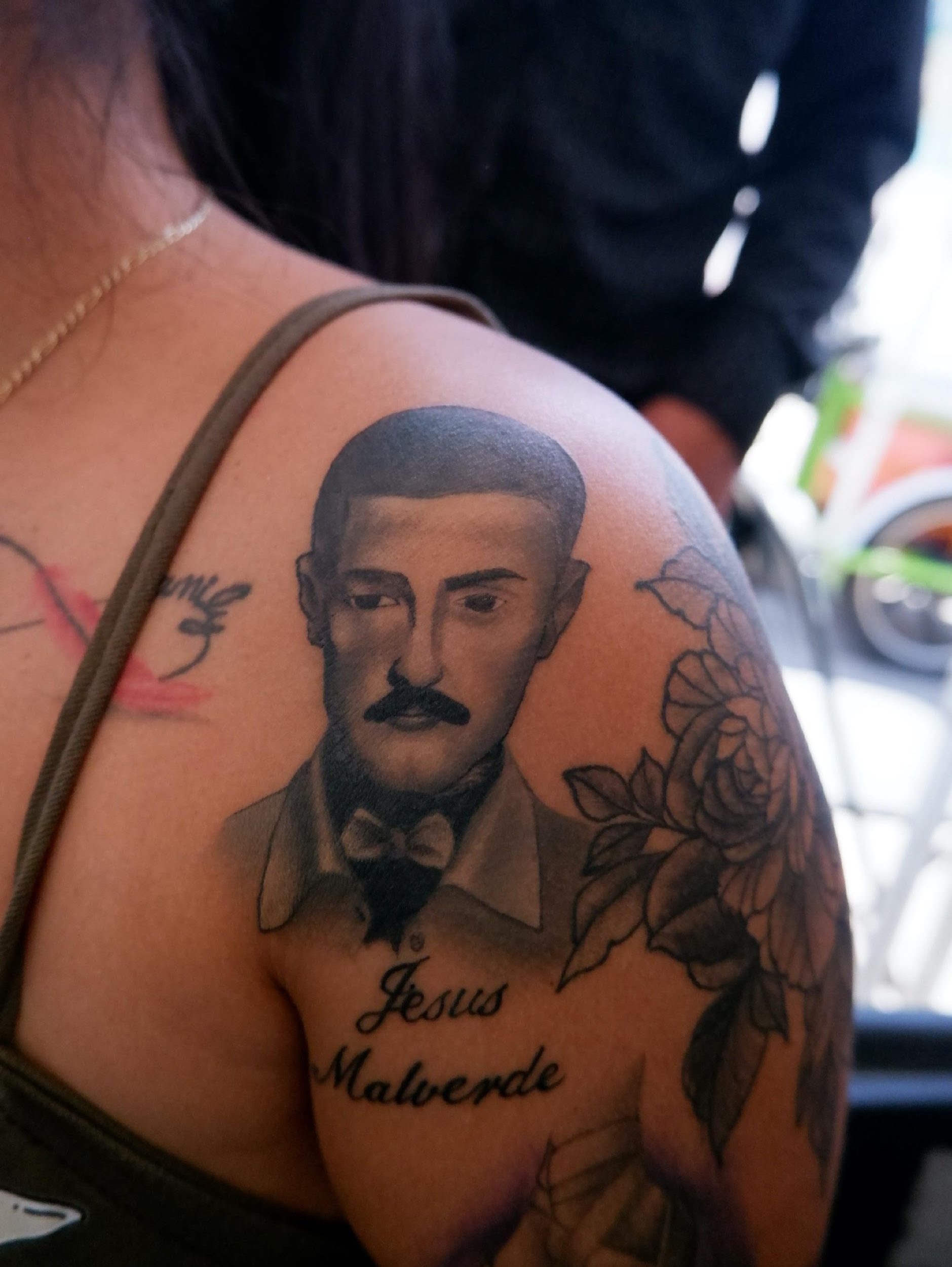
Image 7. Tattoos II
Culiacán, Sinaloa, May 3, 2024
A tattoo of Malverde on the shoulder of a woman, in which he wears a small bow tie instead of the tie he traditionally wears. Again, the portrait focuses on his face. Underneath, "Jesús Malverde" is inscribed. This piece is surrounded by other tattoos with no allusions to the religious or spiritual life of the adherent. It is about a woman who, by devotion or by some command, exhibits her tattoo during the festivity. Whether they are cargueras, pilgrims who accompany the saint on their knees in his procession or through their tattoos, among other elements of sacredness or malverdista spirituality, on this occasion the female category has acquired greater relevance.
Image 8. Tattoos III
Culiacán, Sinaloa, May 3, 2024
In the case of men, the continued use of tattoos as a way to pay for a favor has remained almost a tradition during the May 3 holiday. In previous years, the tattoos were placed on parts of the body that are usually covered, such as the chest, back or legs. This photo shows a variation in this spiritual practice, as the image of Malverde is more frequently seen tattooed on the forearm. The photograph shows Malverde's face and that he wears a bow tie and a shirt. Behind the saint is St. Jude Thaddeus, showing half of his body, which protrudes above the generous bandit.
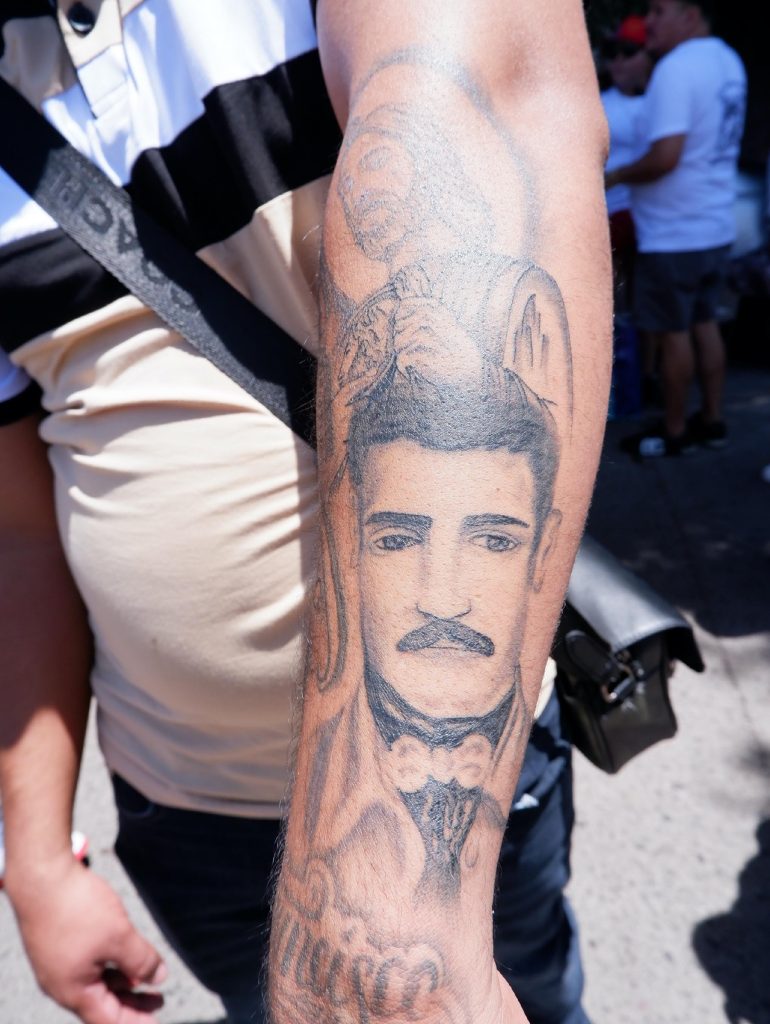
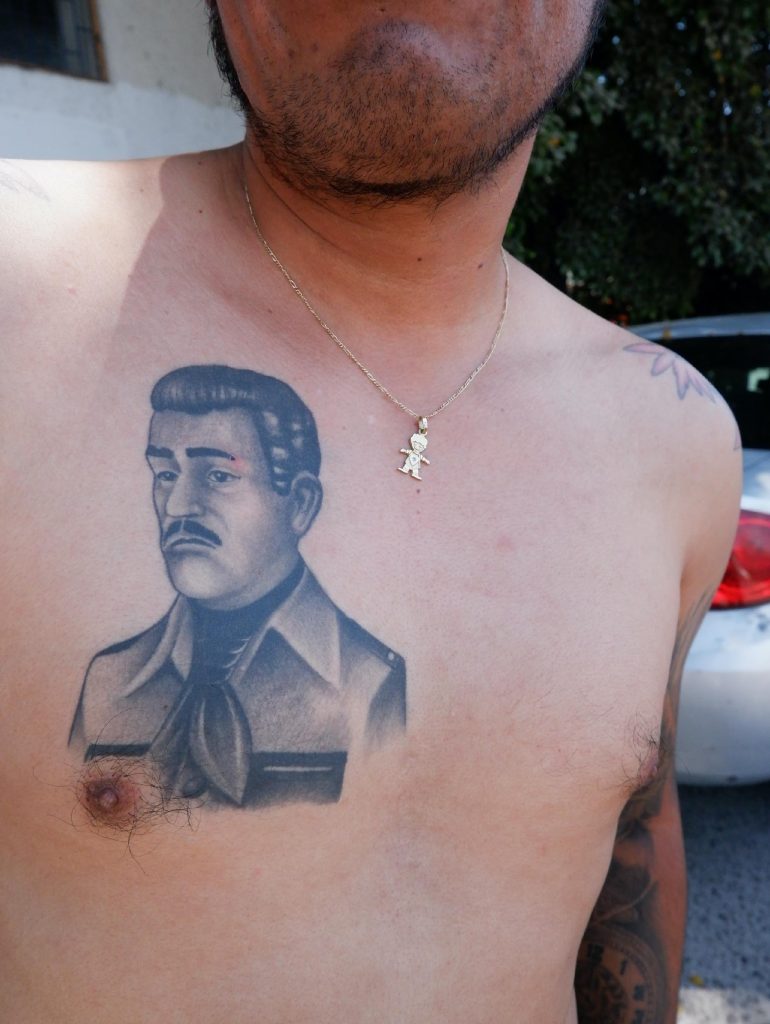
Image 9. Tattoos IV
Culiacán, Sinaloa, May 3, 2024
Regarding the tradition of the malverdista tattoo, here we can appreciate the spiritual practice in its maximum splendor. The devotee, bare-chested, shows his tattoo, still fresh; a work that has not yet finished healing, but which allows the bearer to be ready to fulfill his command. This photo shows a reproduction of the print that usually has the prayer to Malverde on the back. That is why both the tie and the denim shirt are in keeping with the description of the image in the main niche in the chapel.
Image 10. V tattoos
Culiacán, Sinaloa, May 3, 2024
Once again, a cargo carrier carrying his image of Malverde displays his tattoo on his forearm. Both the bust he carries and the image of his tattoo have a small bow and the same jacket; apparently, the latter has been copied from the former. The truth is that the constant tattoos on the forearm are a sign of tolerance and social acceptance of the devotion to Malverde. We cannot fail to point out that in the photo it stands out that he is spilling whisky to the figure.
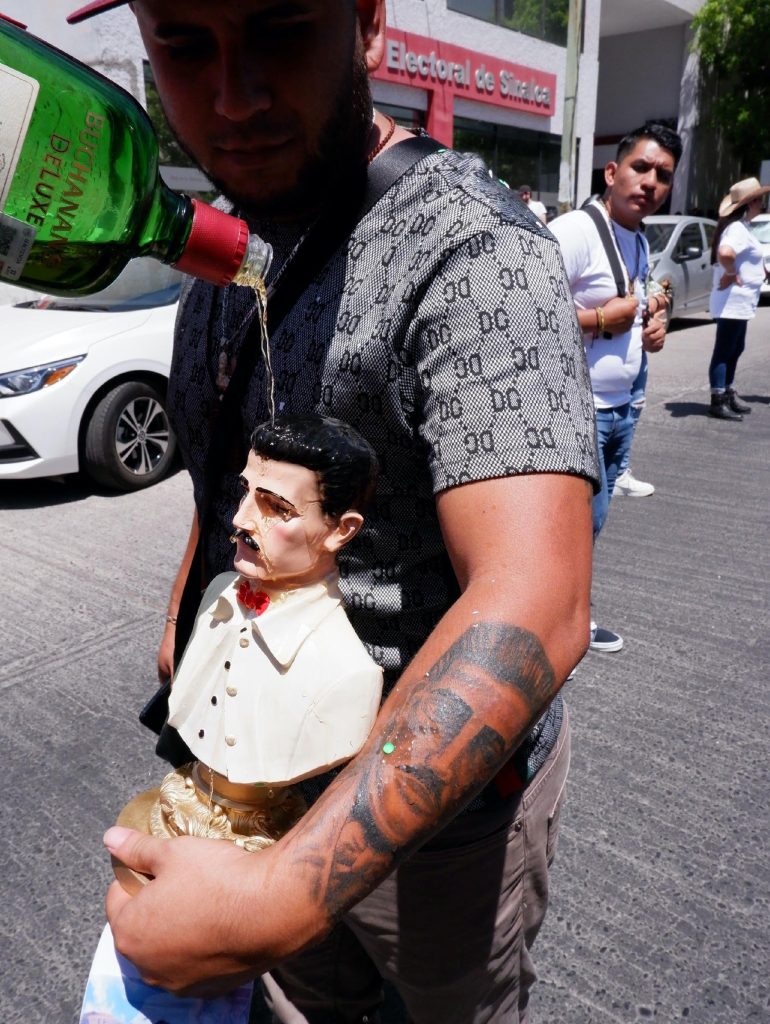
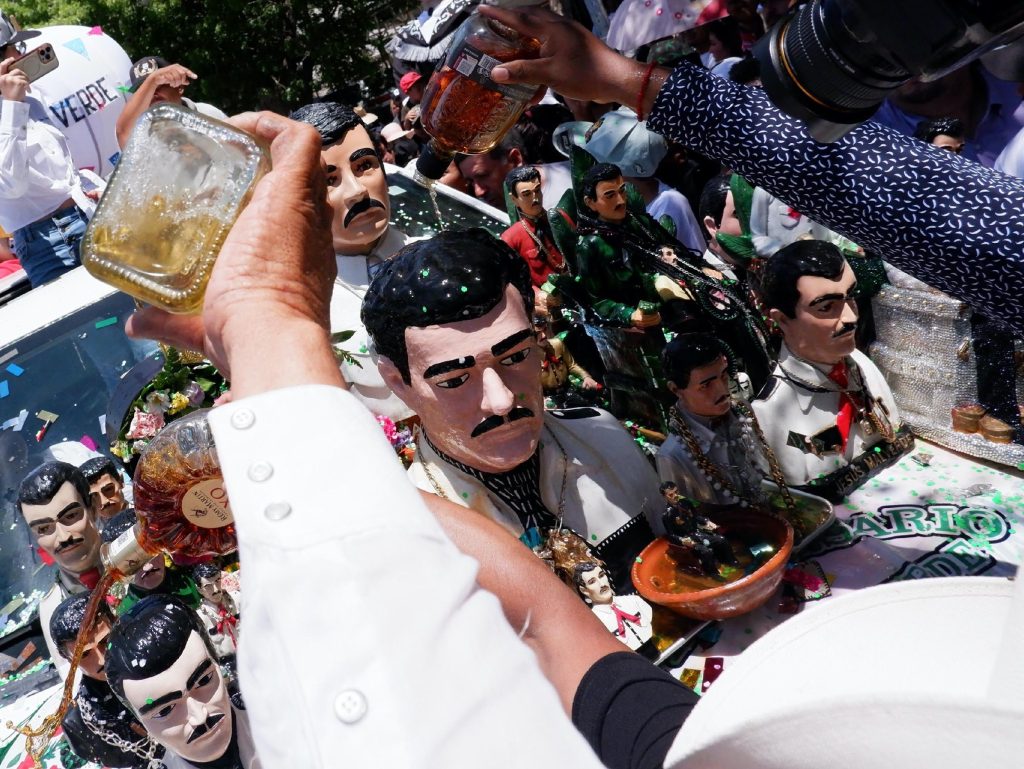
Image 11. Consecrations
Culiacán, Sinaloa, May 3, 2024
During the tour through the surrounding streets, the main image of Malverde is transported on the hood of a van owned by the chapel. This photo shows a group of religious images, medals, scapulars, etc., whose owners are adherents who walk alongside the truck. The practice of spilling alcoholic beverages on the images, usually whiskey or tequila, stands out. This spiritual practice, which is traditionally carried out year after year, is one of the most popular among the malverdistas adherents, reason why a lot of alcohol is spilled and the image is damaged, which must be repaired for the following year's tour.
Image 12. Consecrations II
Culiacán, Sinaloa, May 3, 2024
The image in the main niche, during the festivity, is easier to see or touch during the tour than being inside the chapel, since to visit it in its niche you have to wait in line and wait your turn to pass, which usually takes a long time. This exit allows to observe the authentic image together with different variations. In this photo a saint of white complexion is observed, with medium bushy eyebrows, without beard, with mustache. He wears a white denim shirt with black details and a black tie with white stripes.
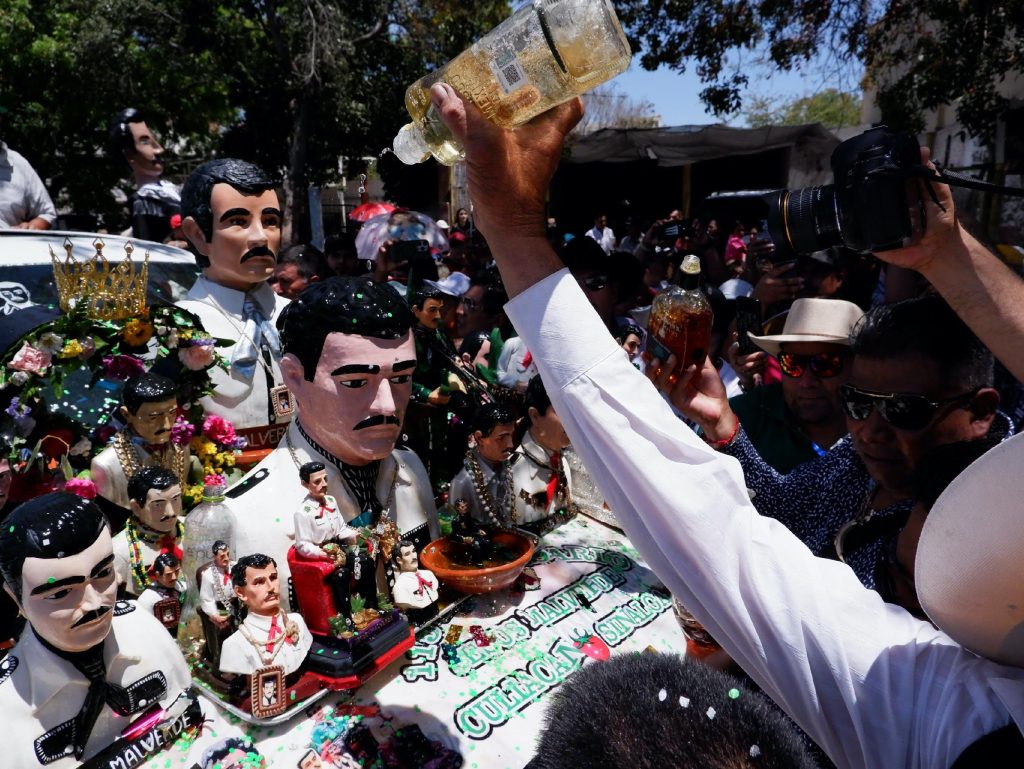
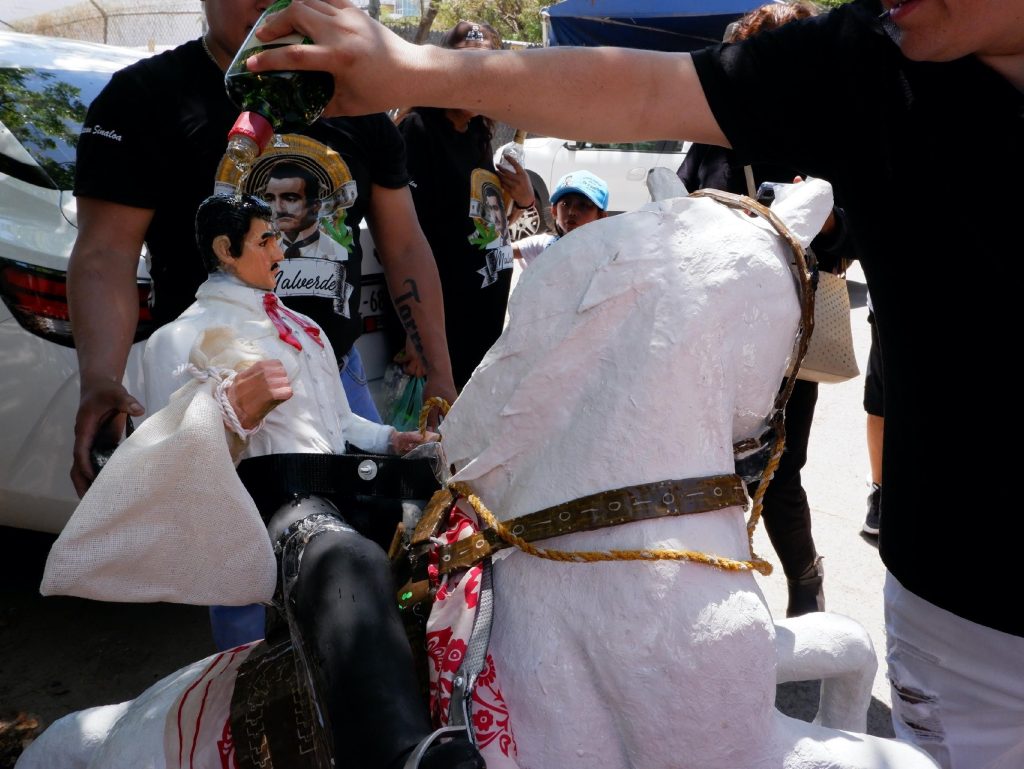
Image 13. Consecrations III
Culiacán, Sinaloa, May 3, 2024
The rider of Divine Providence riding his white horse is sacralized during the tour by another visitor who, taking advantage of the break, pours whiskey on his head. In previous years this practice was seen almost as an exclusive relationship between the chaplain and the main image, since he is usually the one who has been in charge of receiving the liquor from the devotees to pour it on the images and on the visitors themselves. This photo shows a full body Malverde wearing a red tie, white shirt and black pants. Likewise, it stands out that in his hand he carries a sack or bundle in allusion to the generous bandit that he represents.
Image 14. Consecrations IV
Culiacán, Sinaloa, May 3, 2024
Drinking liquor or using other substances in popular Catholicism and in Mexico is not something that is at odds with religious life. In Malverde's feast the adherents carry out this practice within the sacred field. This image shows a common way of sharing liquor among visitors participating in the dance, while waiting for the main image of Malverde to leave the chapel.
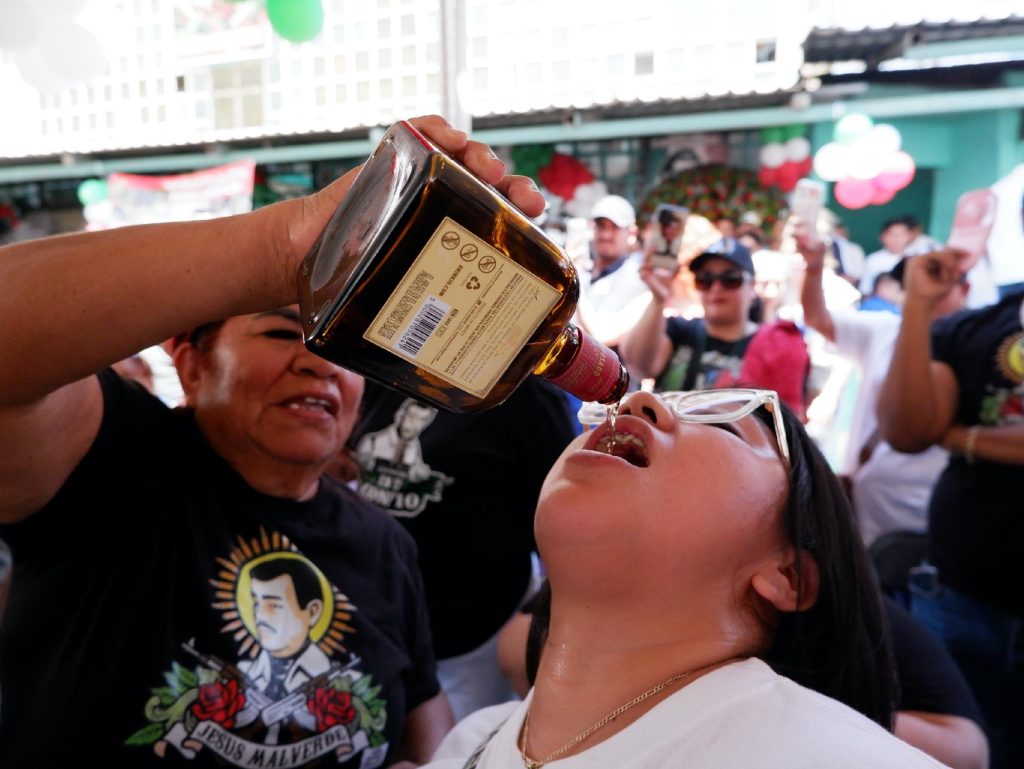
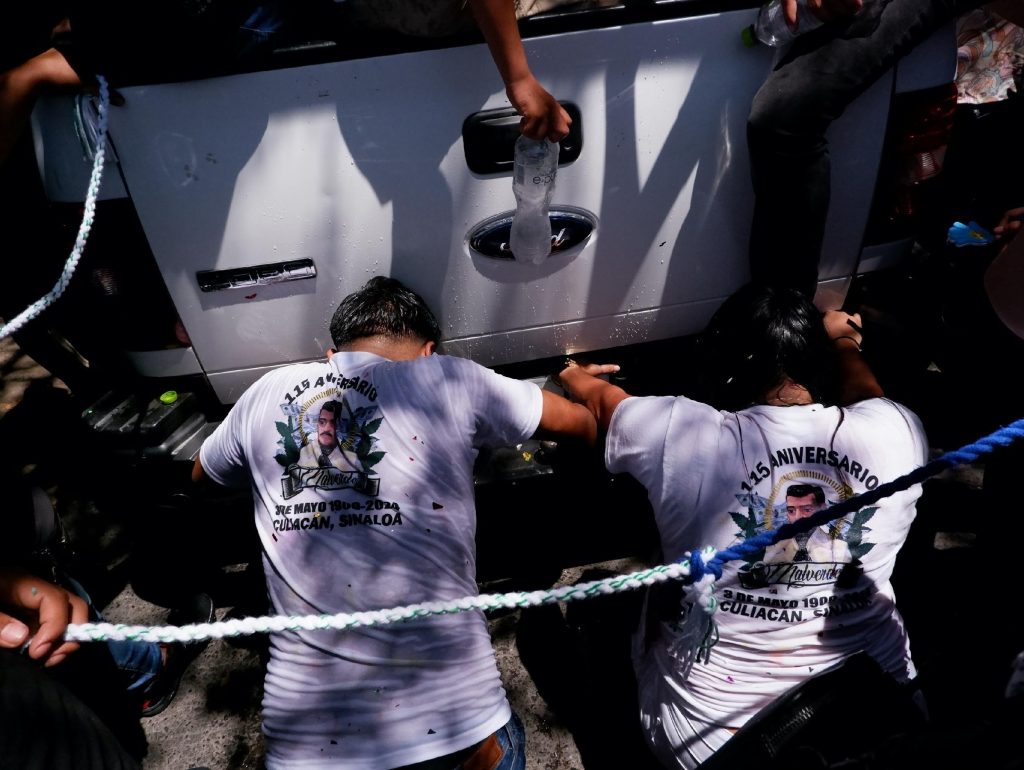
Image 15. Penance
Culiacán, Sinaloa, May 3, 2024
Physical sacrifices -such as pilgrimages barefoot or on one's knees- are common in Catholic devotion. In Mexico, on December 12, the day the Virgin of Guadalupe is celebrated, it is normal to see the Guadalupe faithful enter the Basilica on their knees as a sign of faith. In the case of the Malverde festivity, it is an uncommon spiritual practice that required certain care, due to the fact that, unlike the winter in Mexico City, the asphalt in Culiacán during the month of May is scorching hot. However, for Malverde devotees this is not an impediment. The photo shows two people kneeling in procession behind the truck carrying the main image of Malverde.
Image 16. Penance II
Culiacán, Sinaloa, May 3, 2024
Penance taken to the extreme of accepting physical punishment (self-inflicted) as a spiritual practice, despite being widely practiced, does not have the same acceptance within the Catholic Church, since there are less risky ways to achieve forgiveness. In this photo, two people are seen making the journey on their knees behind the main image of Malverde. Their faces cannot hide the physical pain. Their improvised knee pads, made from pieces of pants, reflect the urgency to reduce the impact of the concrete with each step they take. This photo also shows that their clothes are soaked with water as other devotees try to keep both the concrete and their bodies cool.
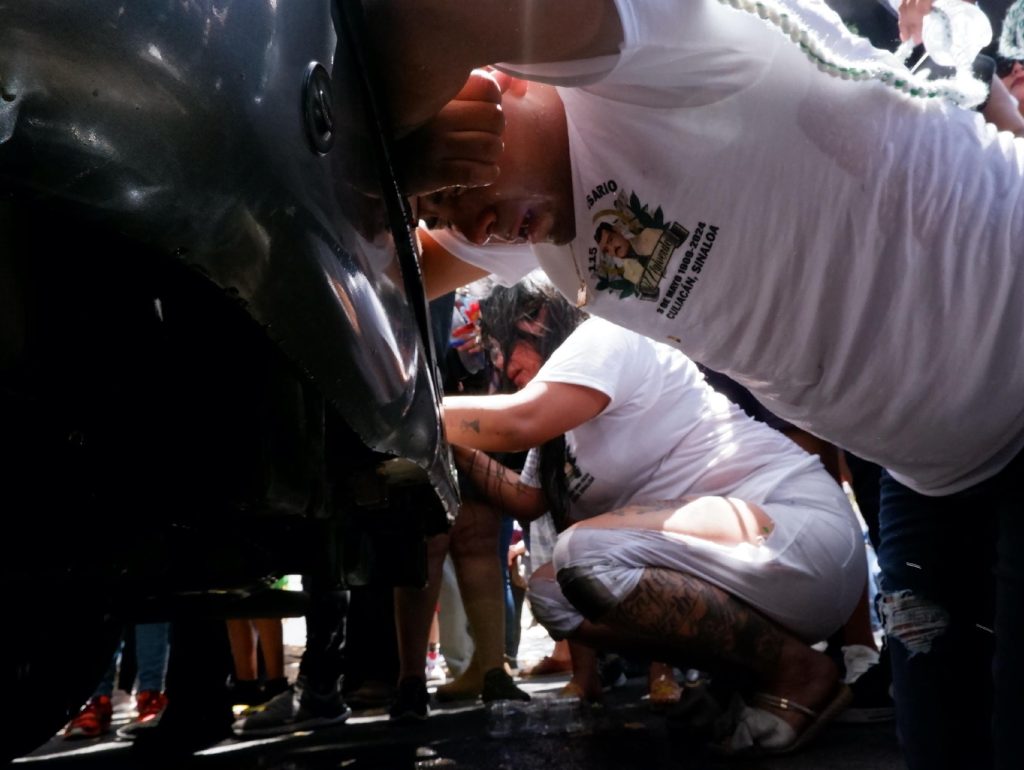
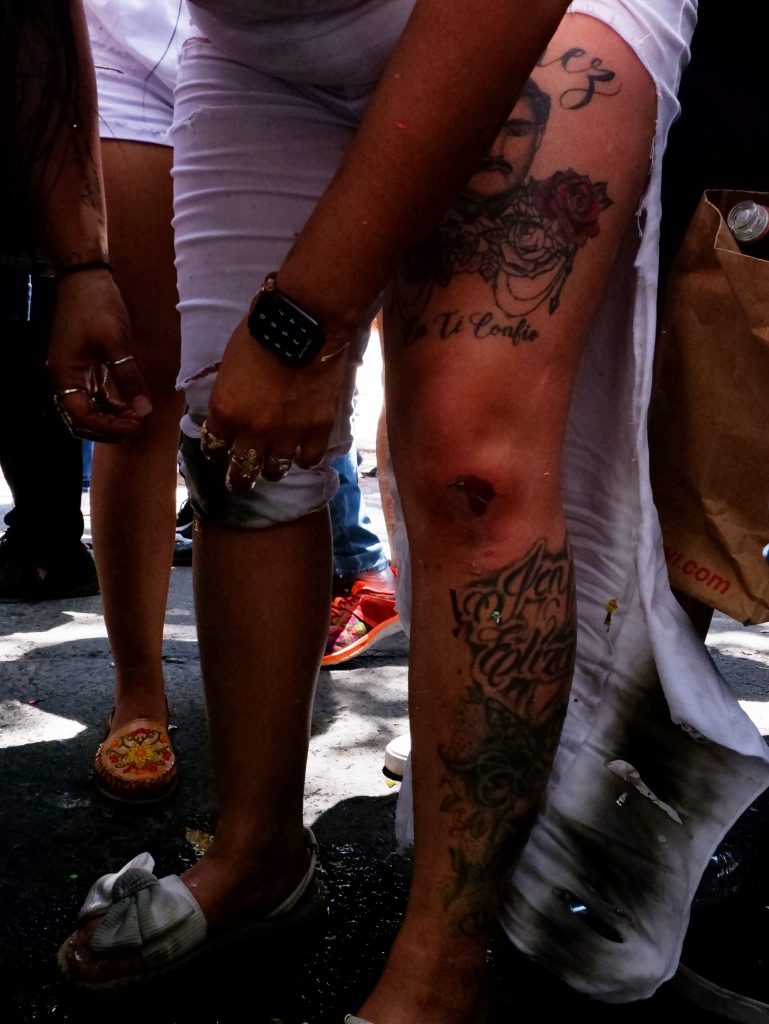
Image 17. Penance III
Culiacán, Sinaloa, May 3, 2024
While it is true that, due to the blood on the knee ground by the concrete, a superficial reading of this photo invites us to think of a person with self-inflicted wounds, it is also necessary to describe a couple of symbolic elements within it. The first, the tattoo of Malverde's face decorated with roses that the person wears on his thigh accompanied by the phrase "in you I trust", indicates that probably walking on his knees is not his first command fulfilled to the saint. The second, which refers to the consecration of the act, has to do with genuflection as a spiritual practice and as a Catholic penitential practice, taken to an extreme use in terms of popular practice.
Image 18. Malverde de las siete potencias (Malverde of the seven powers)
Culiacán, Sinaloa, May 3, 2024
This image stands out for its colorfulness. This bust, resting on the base of a pillar, exhibits in and on itself elements of another belief system. On the one hand, the shirt of the saint is dyed in seven colors, symbol of the seven powers or main deities of the Yoruba pantheon. On the other hand, on this Malverde there is a necklace of Elegguá, one of the main deities of the Yoruba religion, responsible for opening or closing the paths of its believers, as well as providing them with protection.
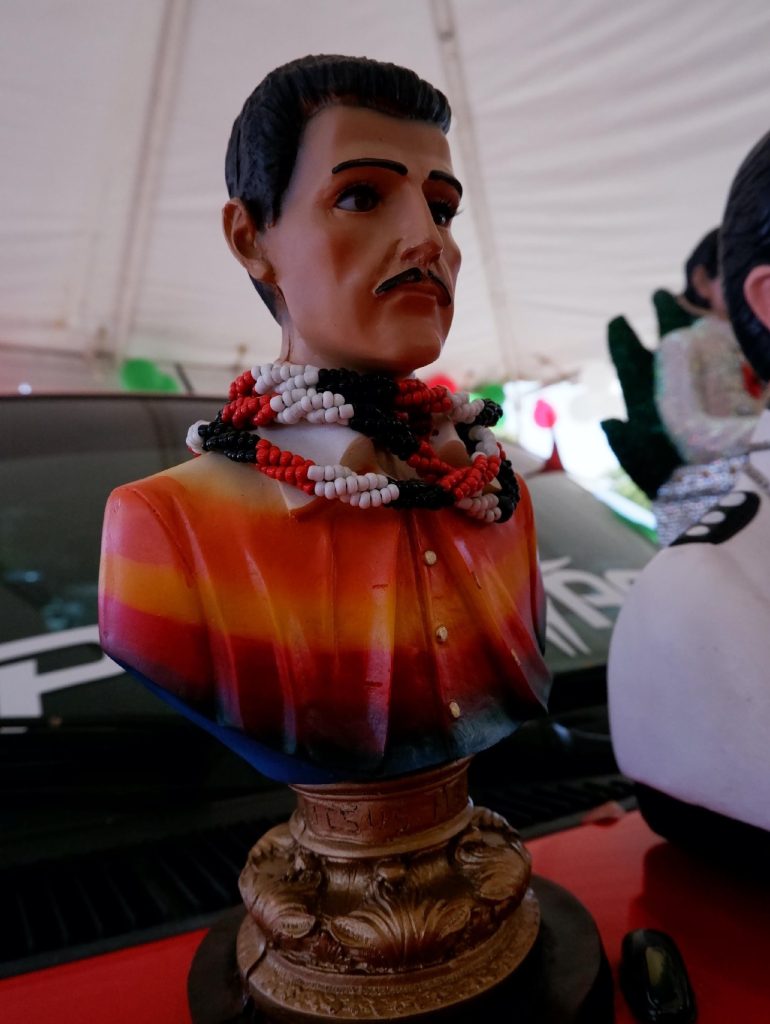
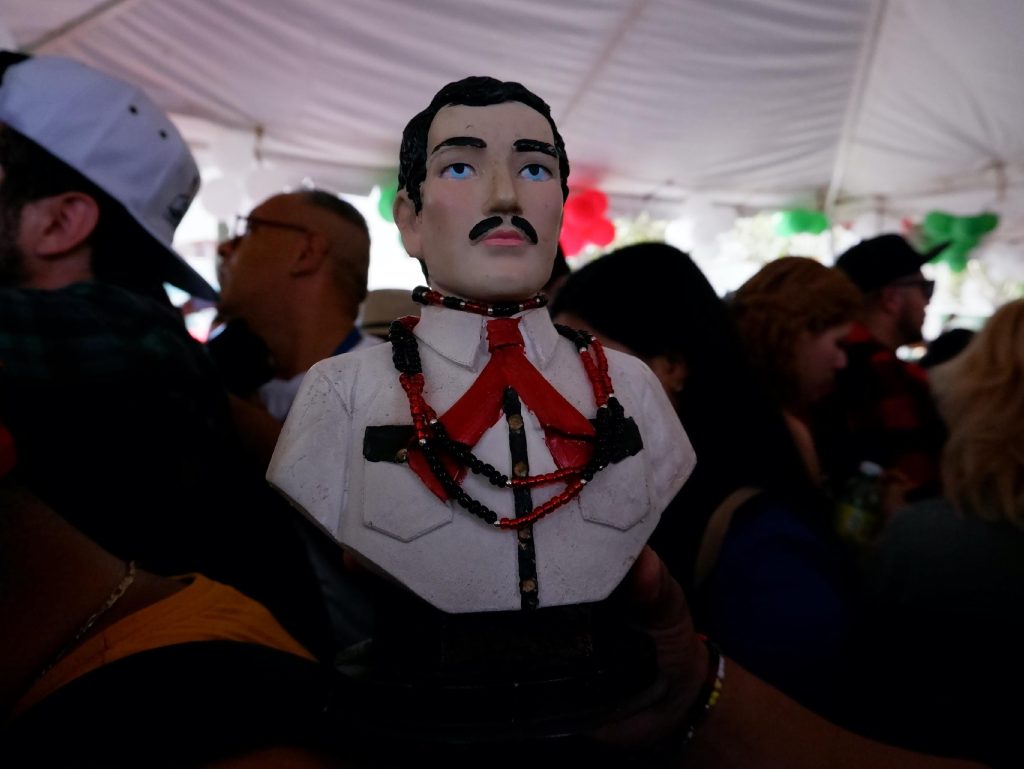
Image 19. Yoruba Malverde
Culiacán, Sinaloa, May 3, 2024
Since its adoption by Colombian and Mexican drug traffickers a few decades ago, the Yoruba or Santeria religion has become more present in the so-called narcoculture. Nowadays, more and more corrido singers, influencers and other personalities related to drug trafficking intertwine popular belief systems. Again, the photo shows the bust of Malverde, this time with blue eyes and slightly pink lips, wearing a red tie and denim shirt. Around his neck he wears a necklace of Elegguá, the main protective deity of the Yoruba pantheon. It is a constant that Malverde is related to Elegguá, since both are protector saints of their adherents.
Image 20. The bust and its carrier
Culiacán, Sinaloa, May 3, 2024
In addition to the devotees who seek to deposit a candle, some accessory or their personal images, either in the chapel or on the truck that leads the procession, during the celebration of May 3 it is common to see the cargueros carrying in their arms the images that regularly form part of their personal altars at home. This bust, in particular, is shown with variations such as the bushy eyebrow and red tie. A green rosary also stands out on the saint; possibly this color is also related to Orula, another deity of the Yoruba pantheon associated with wisdom.
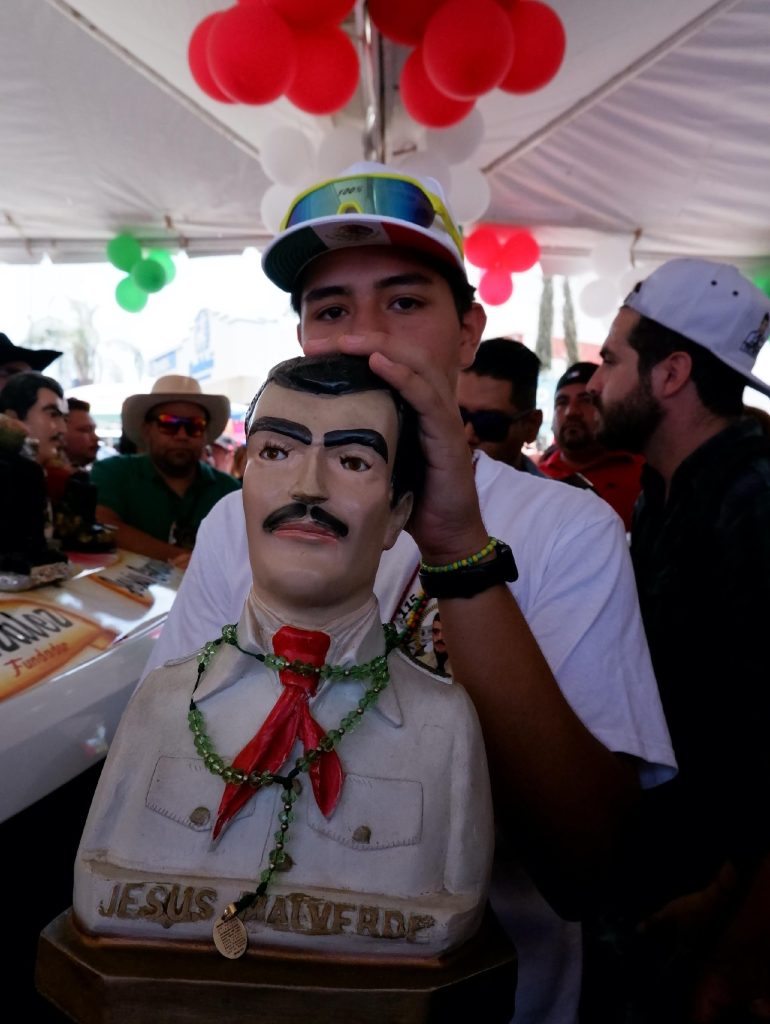
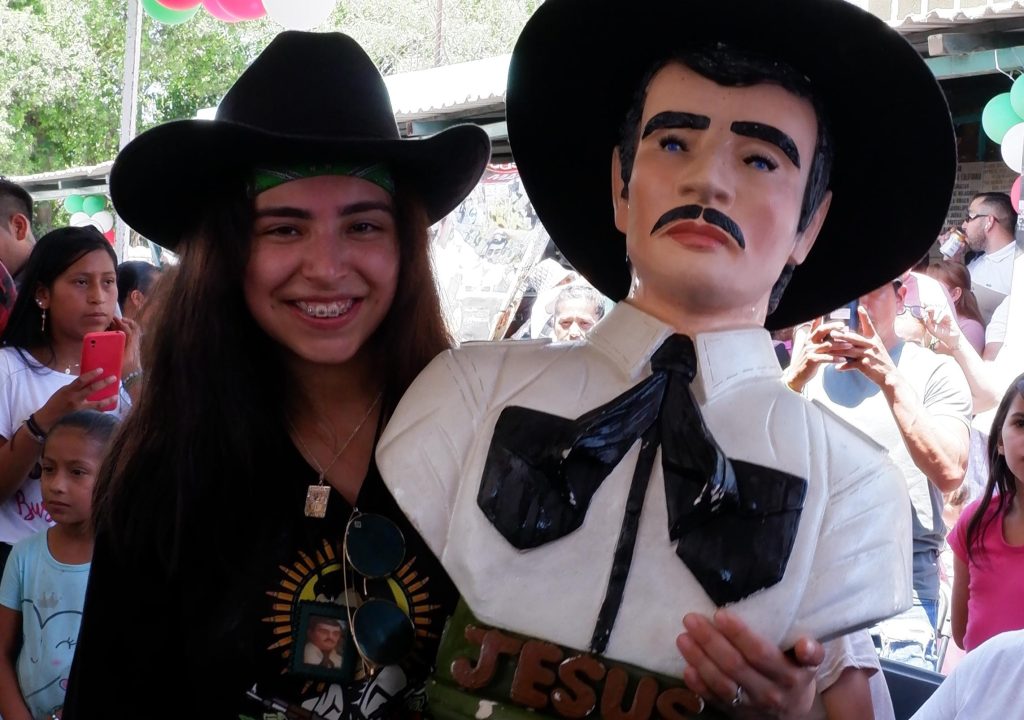
Image 21. Malverde's cargo carrier
Culiacán, Sinaloa, May 3, 2024
An image from the northeast of the country resting on a pillar base. In addition to highlighting the wide tie and for being decorated with a hat, this representation is characterized by blue eyes, false eyelashes, painted lips and blush on the cheekbones. In previous years, during the tour had highlighted the images of Malverdes pelones, a rapa, alluding to the cholos and homies from the State of Mexico. However, a feminized Malverde, inspired and molded by the life story of his carguera, is innovative. He transgresses the field of the sacralized masculine with a feminized sacralized image, which corresponds more to his own reality and his interpretative frameworks of spirituality.
Image 22. Amigurumi malverdista
Culiacán, Sinaloa, May 3, 2024
The devotees of Malverde, whose presence is more and more constant during the festivity, have introduced different innovations to the field of religious and spiritual practices and beliefs. In this photograph the carguera has substituted traditional materials such as plaster for the creation of her image. In its place she carries a Malverde made with the crochet technique. The character is seen in full body, with a red tie, a bud of cannabis and a bag of money in both hands. On the base where the character rests, coins are placed as an offering.
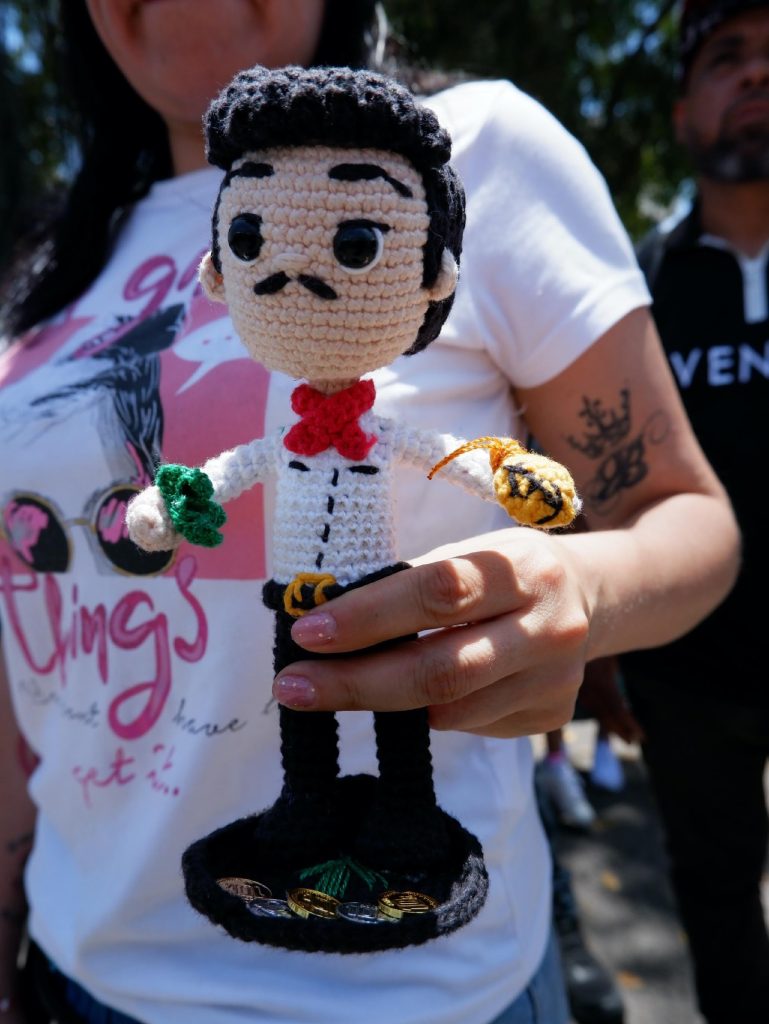
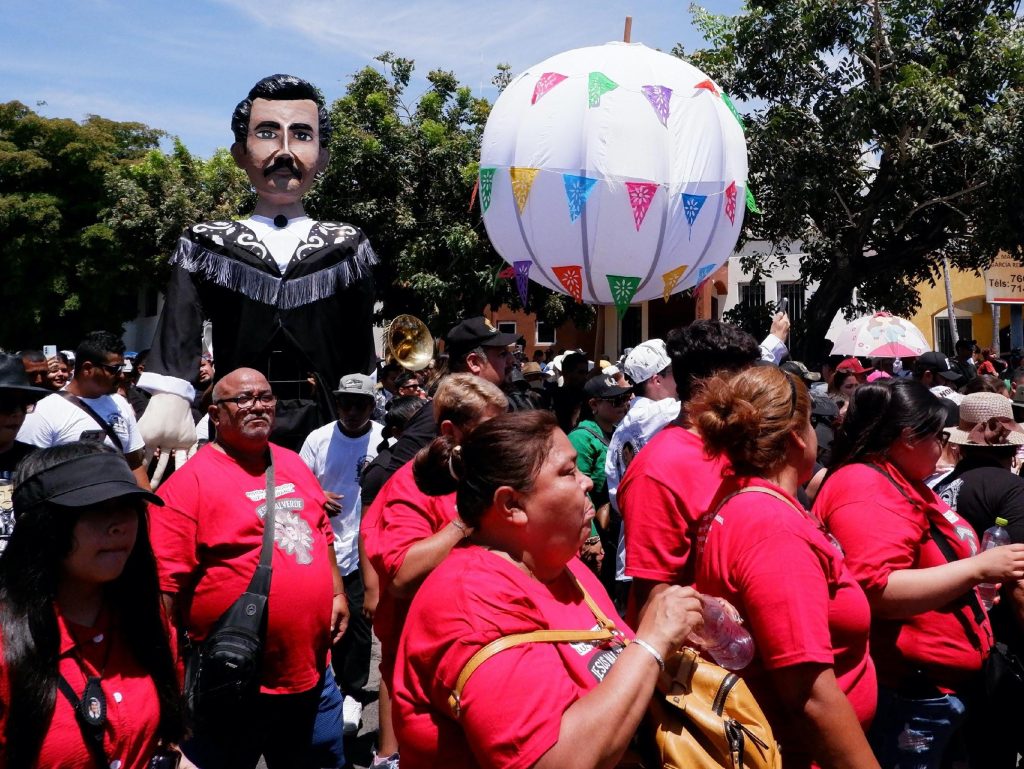
Image 23. Party objects and carnival malverdista
Culiacán, Sinaloa, May 3, 2024
This photograph shows a contingent of devotees of the Fidencista Luz y Esperanza Mission, dressed in red. In the background is a botarga and a carnival balloon. The representation of Malverde is different, more in the style of Tamaulipas, while the balloon is decorated with pennants.
Arturo Fabian Jimenez is a researcher and documentary filmmaker with extensive experience in the study of religious phenomena and popular religiosity in Mexico, as well as in the analysis of migration and violence against migrants in regions such as the Darien. She is a specialist in the analysis of unofficial cults and the production of salvation goods, with a particular focus on the figure of Jesus Malverde. Her work combines ethnographic and photographic methods to document and analyze the practices and beliefs of diverse religious communities. In addition, she has researched and documented the plight of migrants through video documentary production to capture their experiences and make visible the violations of their human rights. She has presented her research at national and international conferences and has published several articles in specialized journals, providing a more comprehensive and accessible view of religious and migratory dynamics in contemporary contexts.
Monoculture and the "ecuaro": Aspects and genealogies of agricultural modernization in San Miguel Zapotitlán, Mexico.
Rubén Díaz Ramírez
Autonomous Metropolitan University - Iztapalapa Unit, Mexico
D. in Social Anthropology from the Universidad Iberoamericana. He is currently doing postdoctoral research at UAM-Iztapalapa. In his academic career he has been dedicated to historical and ethnographic research on various aspects of socio-technical transformations, as well as the imaginaries of progress, modernization and development in various localities of the municipality of Poncitlán, Jalisco. His current work deals with the anthropology and techno-environmental history of Poncitlán, with emphasis on San Miguel Zapotitlán.
ORCID: https://orcid.org/0000-0002-4424-0001
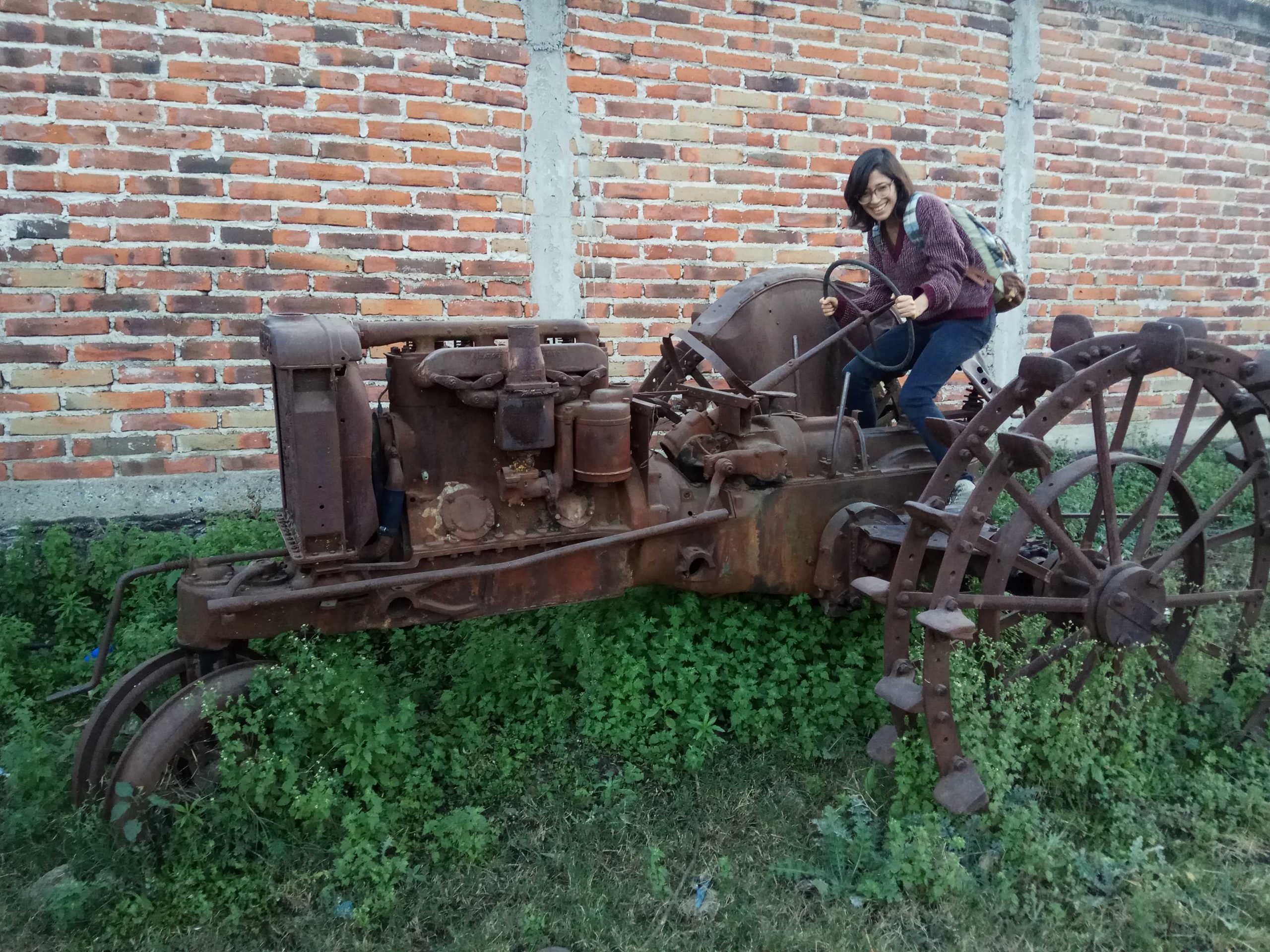
Image 1. Ghosts and ruins of progress
San Miguel Zapotitlán, January 16, 2022.
(Mariana on the ejido's old Oliver tractor) Agriculture is a way of life in which the ghosts and ruins of past projects live on, visible and invisible, peaceful and violent, ephemeral and enduring. This Oliver tractor model was one of the insignia of the "modernization" of ejido agriculture in the 1950s. The children of the generation born in the 1980s played in its ruins.
Image 2. Resignification of progress infrastructures
San Miguel Zapotitlán, March 07, 2022.
(Former CONASUPO offices, now Castariz) One of CONASUPO's functions was to prevent abuses by middlemen (known as coyotes) in the commercialization of corn. The Mexican rural landscape abounds with these ruins that resemble Mesoamerican temples. Image 2 shows the warehouses of San Miguel Zapotitlán. The ejido rents the warehouses to Agropecuaria Castariz and Integradora Arca, which symbolically and functionally appropriated the materializations of the dreams of progress in 20th century Mexican agriculture.
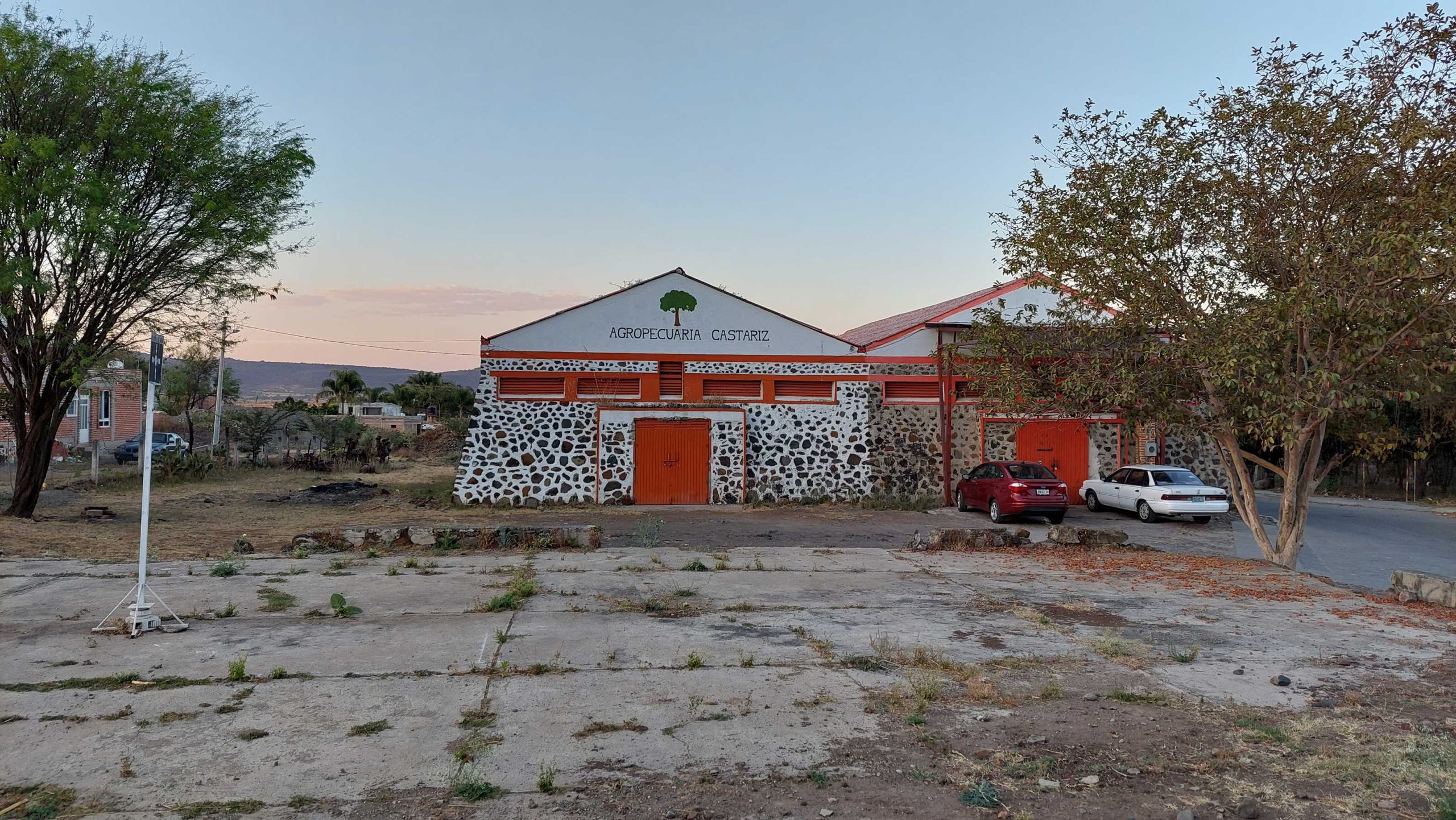
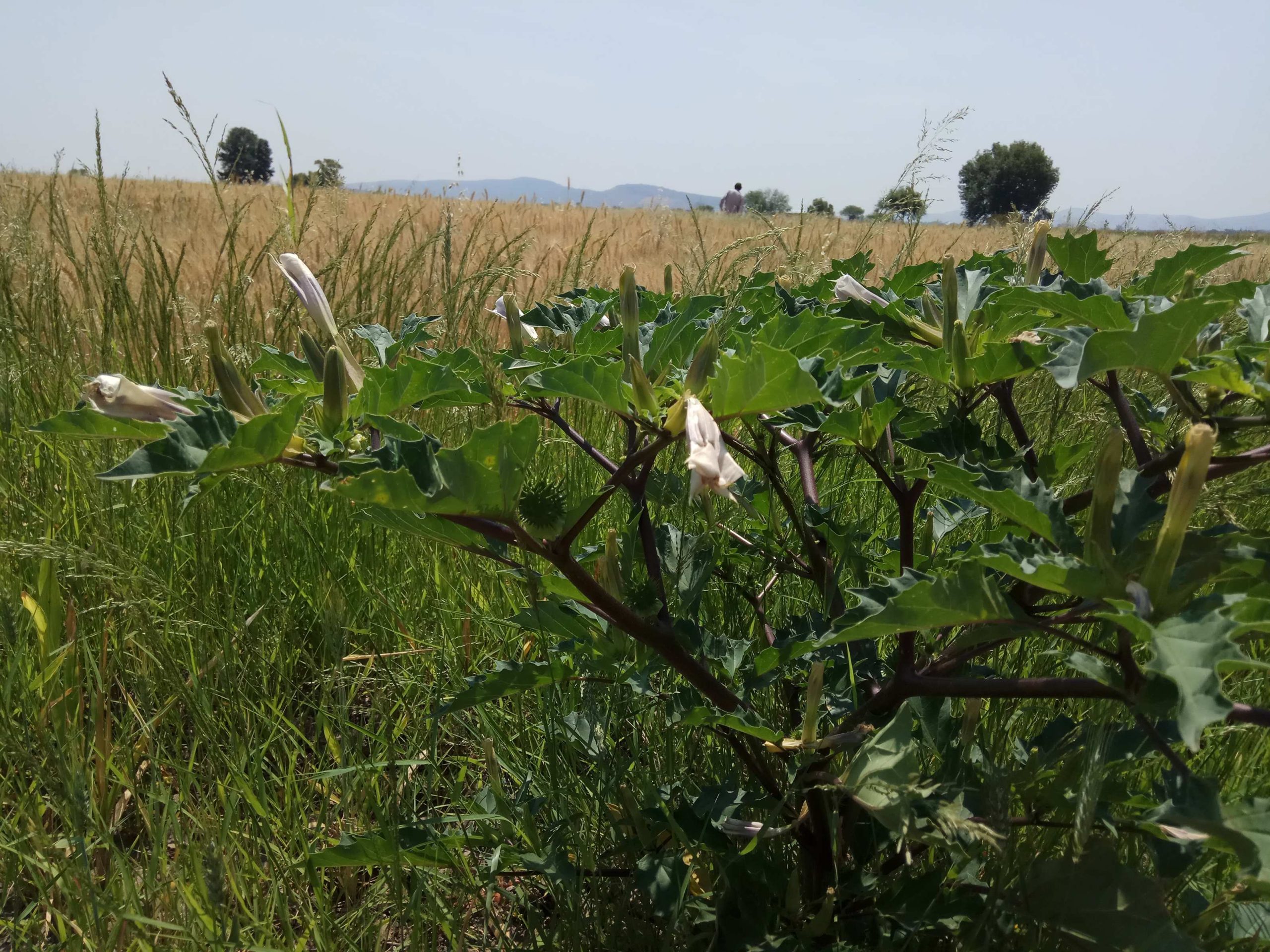
Image 3. Residual non-human presences
Potrero Barranquillas, May 7, 2021.
(Datura blooming in an alley near wheat) Subjecting agriculture to industrial production chains in the mid-20th century resulted not only in the subjugation of farmers to the production of food for the urban market, but also in the displacement or annihilation of other species classified as "weeds" or "pests". The alleys (areas between plots) are residual spaces, home to species that are also residual and therefore survive agrochemicals. In Image 3, a common toloache plant, maybe Datura stramonium L.
Image 4. Unexpected visitors
Potrero Barranquillas, December 06, 2018.
("Avenilla" in the alley) Stories of living beings survive in the landscape. Just as one day the Castilians brought their species from the other side of the ocean, in the 20th century hybrid corn, sorghum and exogenous wheat varieties were introduced. The pathways were laid for the arrival of other unexpected species. For example, the "avenilla" (possibly Themeda quadrivalvis), which colonizes disturbed areas on hills and roads, is an indication of its movement on top of agricultural machinery.
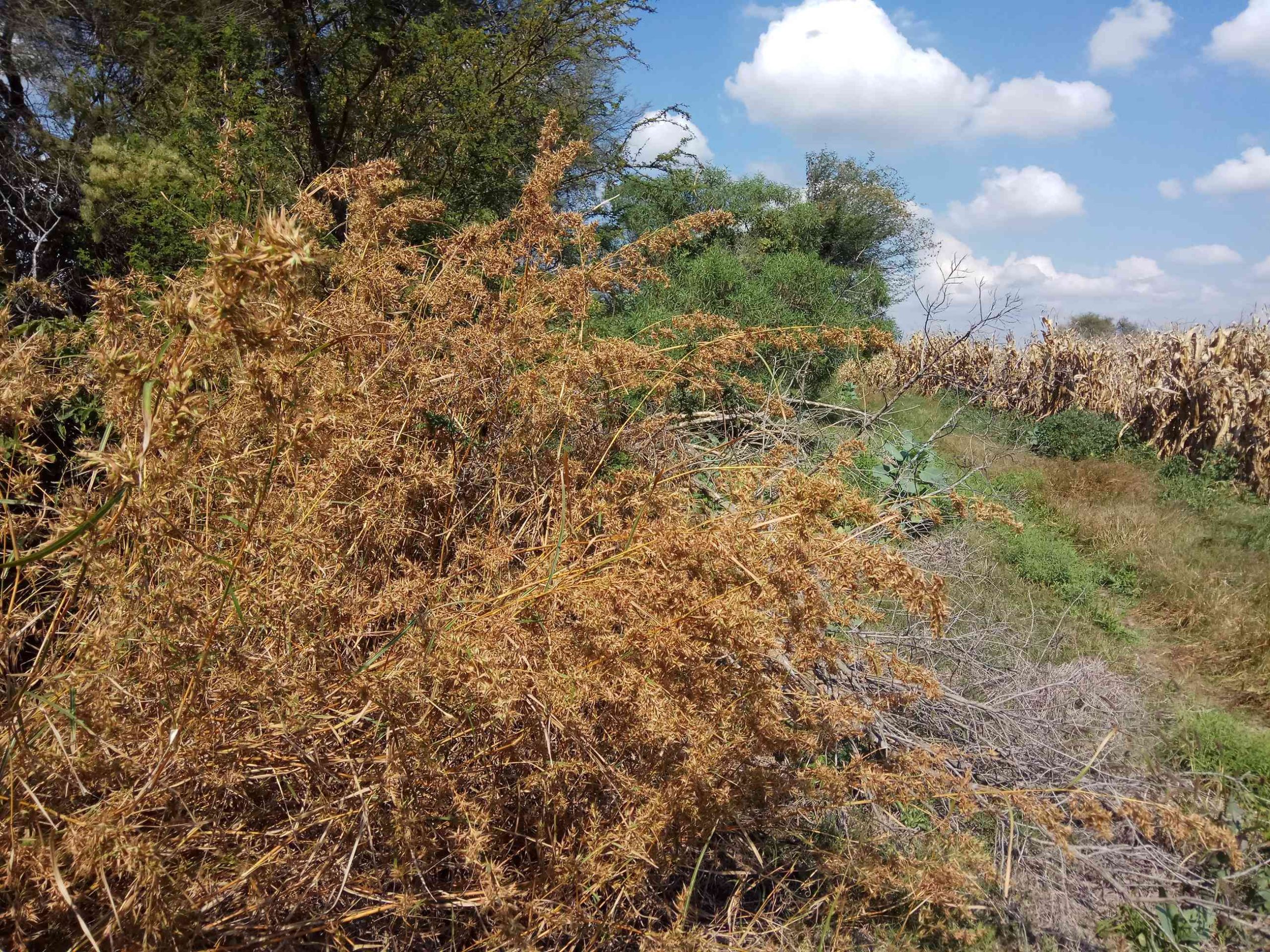

Image 5. Wheat: irrigating with contaminated water from the Santiago River
Potrero Barranquillas, January 11, 2023.
("Rolling" irrigation with river water) Irrigation systems are infrastructures that combine time. In the 19th century, small landowners and ranchers monopolized irrigated land, but peasants won their right to water in the agrarian reform of the 20th century. These systems take advantage of ditches, canals, dikes and dams, some of which date back to the hacienda era, while others were opened during the years of the agrarian reform.
Wheat between tradition and industry
Potrero Barranquillas, January 21, 2023.
(The "stripe" to guide water through the plot) Farmers and irrigators are experts at seeing the terrain and using gravity to direct water into plots to irrigate wheat. This knowledge is passed down through the generations. The liquid for irrigation is extracted or channeled from the Santiago River, in whose channel the companies of the industrial corridor dispose of their toxic waste. As can be seen, "nature" and agriculture are contained by tradition and by industry in little obvious ways.
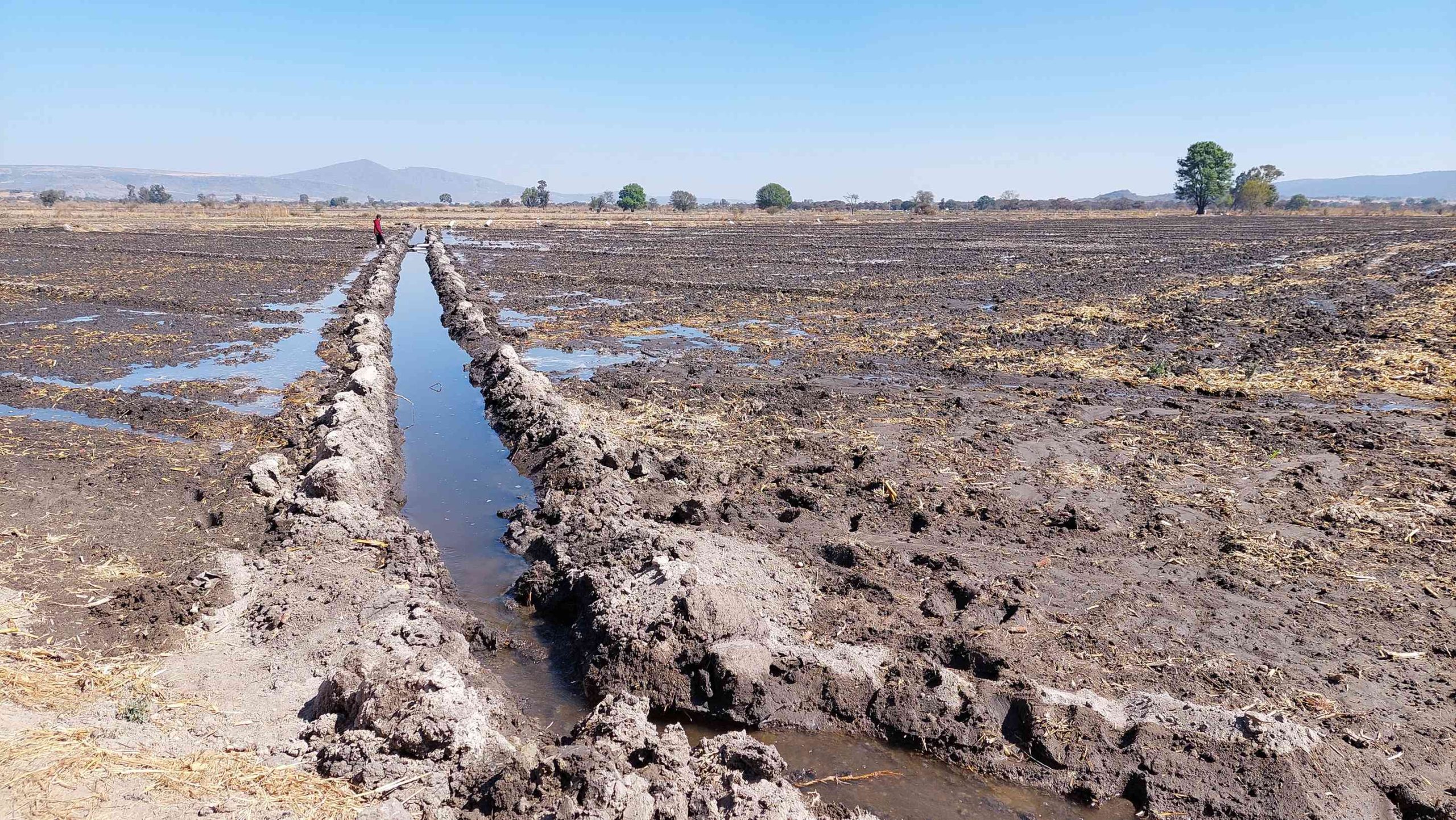
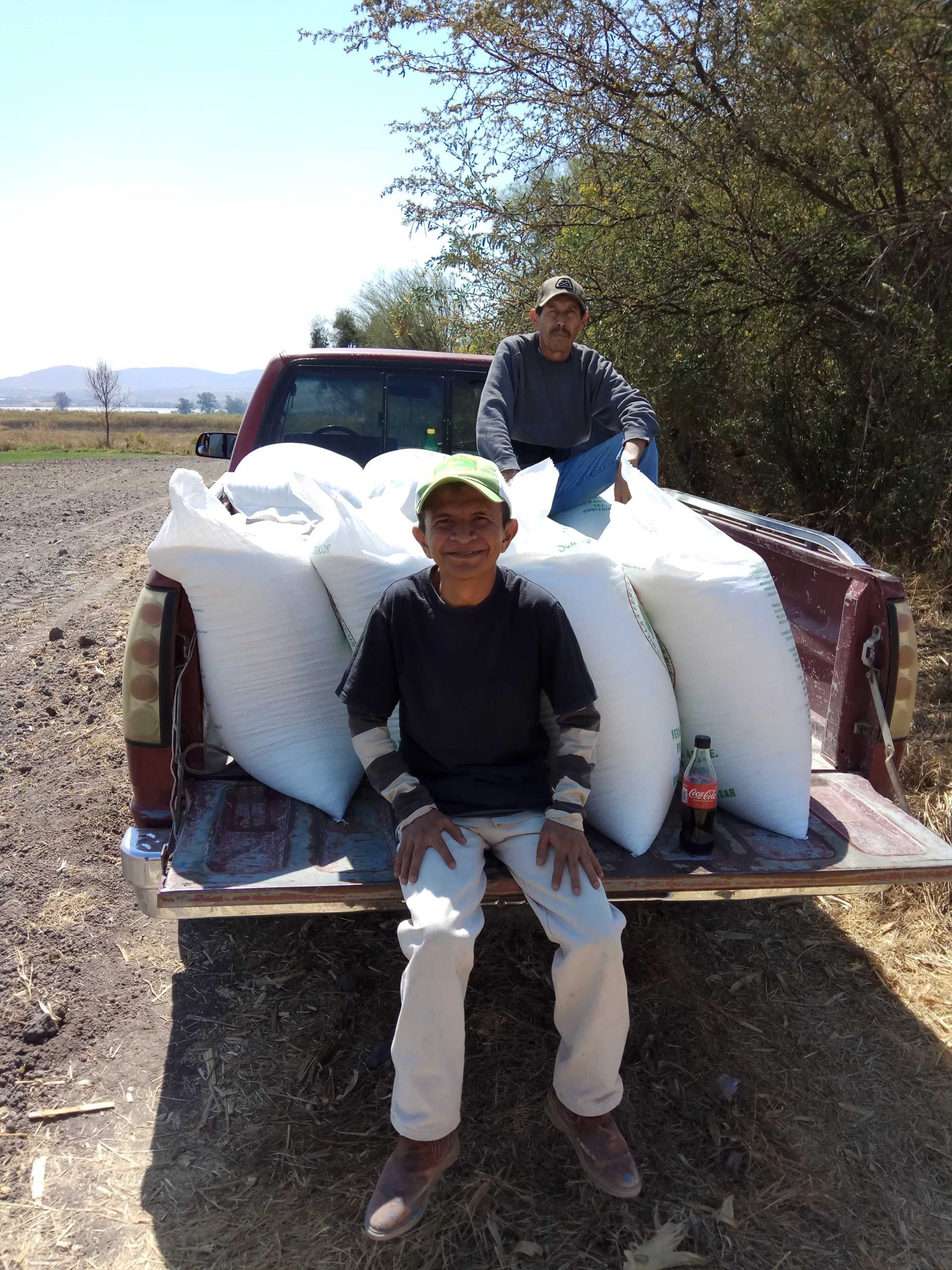
Image 7. Dependence: monoculture and chemical fertilizers
Potrero Barranquillas, February 23, 2021.
(The two Martins between sacks of urea). Commercial agriculture depends on chemical fertilizers. Between 2021 and 2022 the price of urea in the region reached up to 24 000 pesos per ton; 18 000 pesos according to other sources (Index Mundi 2023). The situation was aggravated by shortages caused by the war between Russia and Ukraine, which started on February 24, 2022.
Image 8. An essential duo: monoculture and nitrogen
Bodega Libertad, San José de Ornelas, June 10, 2023.
(Monsanto's ammonium sulfate and pallets) The urea shortage and the Russia-Ukraine war caused an increase in the price of urea and therefore in production costs per hectare of corn, 5 or 10,000 pesos more than in previous years. In a talk among farmers I heard: the United States is "way ahead of us" because they already have planters and fertilizer applicators that dose the right amount per square meter. In Mexico, on the contrary, they "throw it evenly". Therefore, "the lands that do not need it become better and those that need it become worse because they do not receive the necessary fertilizer" (Diario de campo, May 29, 2022).
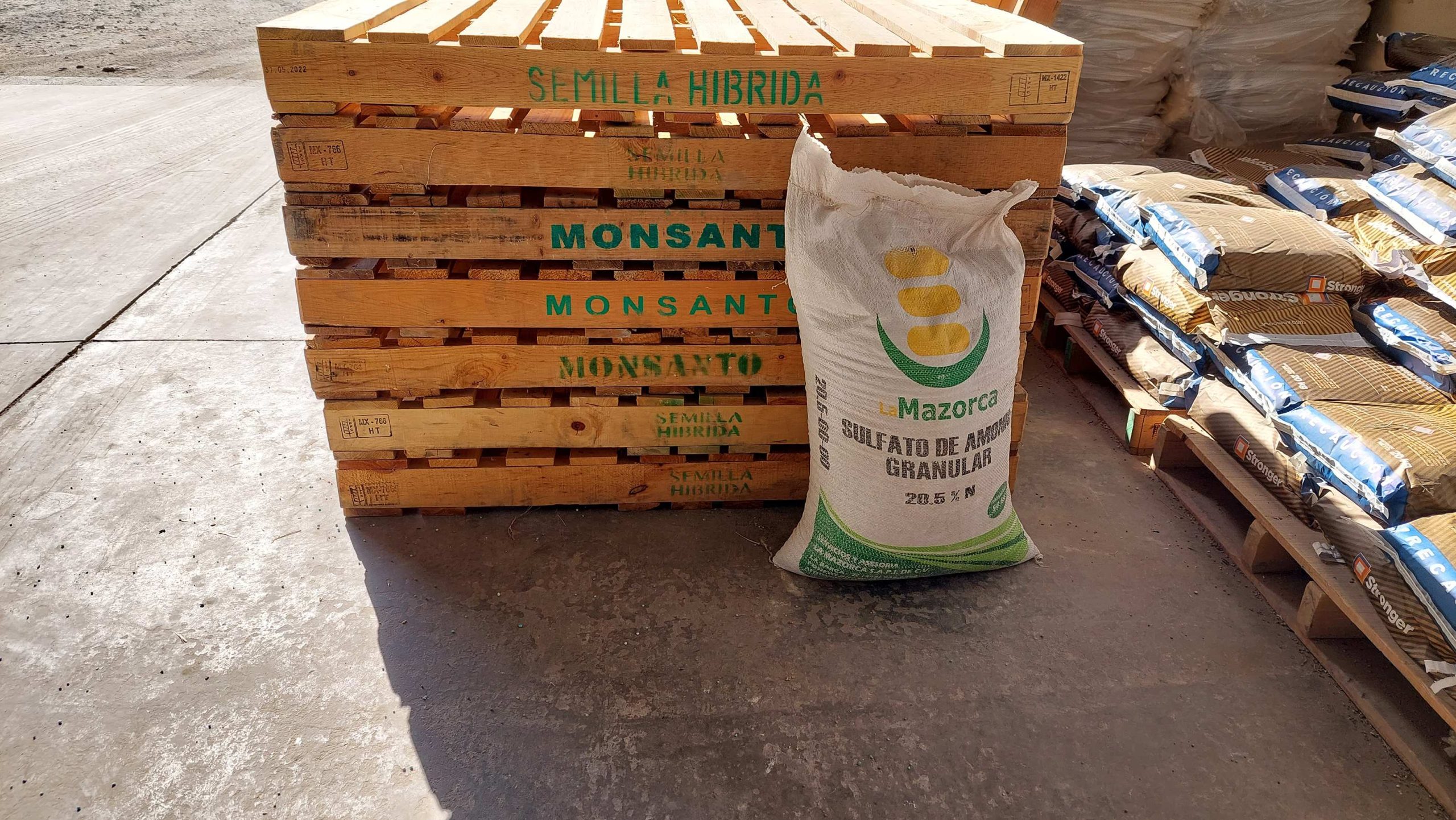
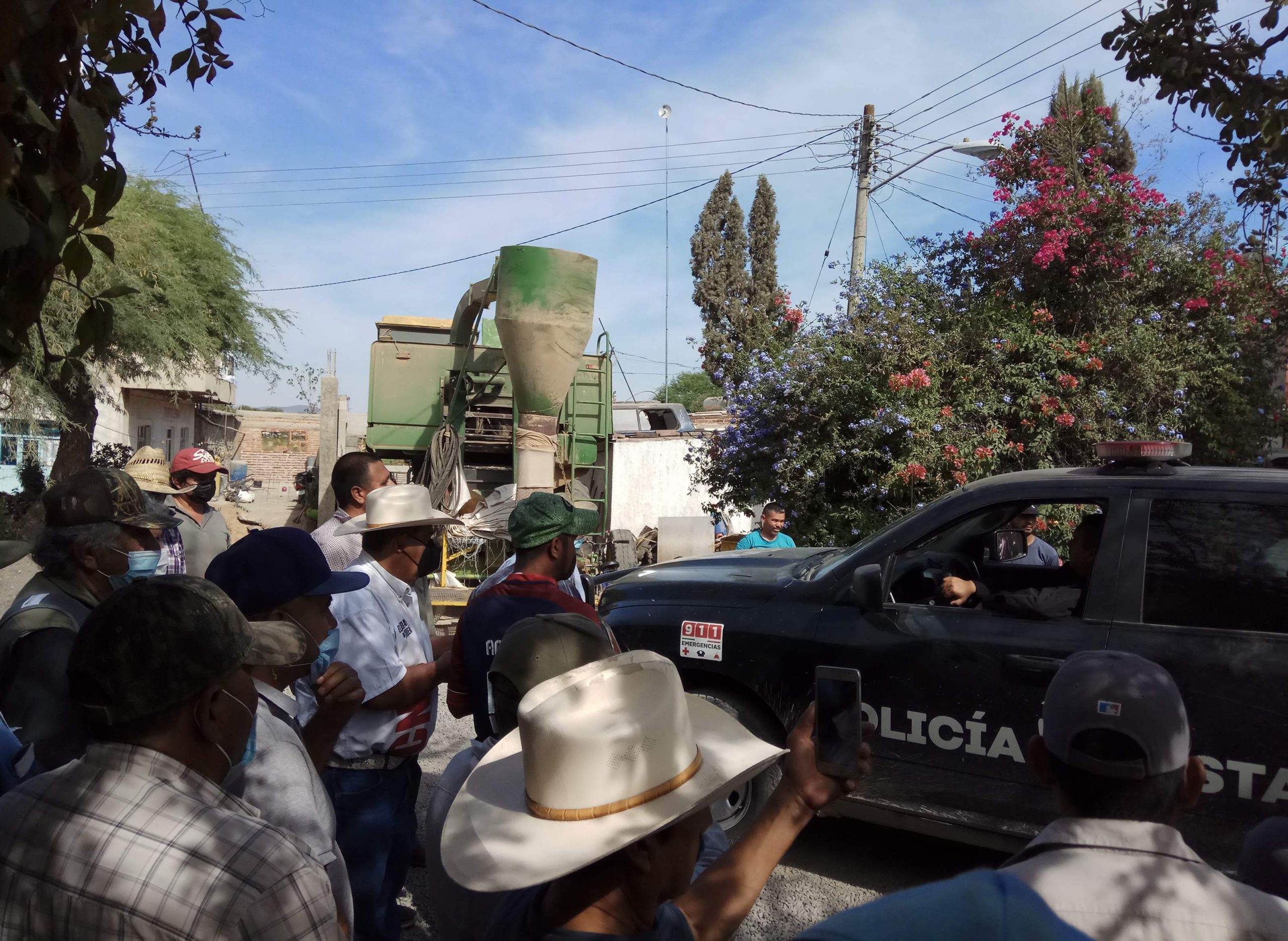
Image 9. When assemblies are altered
La Constancia, Zapotlán del Rey, March 27, 2021.
(Farmers see a patrol car pass by) On March 22, 2021, World Water Day, state police destroyed pumping system starter equipment in several of the region's ejidos and delayed irrigation at a critical stage of the wheat cycle. With these actions, the governor of Jalisco, Enrique Alfaro, blamed the farmers for the drinking water supply crisis suffered by the city of Guadalajara and tried to win the sympathy of his governors with the typical resource of confronting the countryside with the city.
Image 10. When assemblies are altered
La Constancia, Zapotlán del Rey, March 27, 2021.
(Organized farmers) The farmers sought dialogue with the government. In the end, it was agreed that the equipment would be restored, but the damage was already done. Harvests were two to three tons per hectare, half or less of the average in normal years. The price of wheat was 4,500 pesos per ton. The income of nine thousand pesos, in the case of harvests of two tons per hectare, is insufficient; it does not even cover half of the production costs.
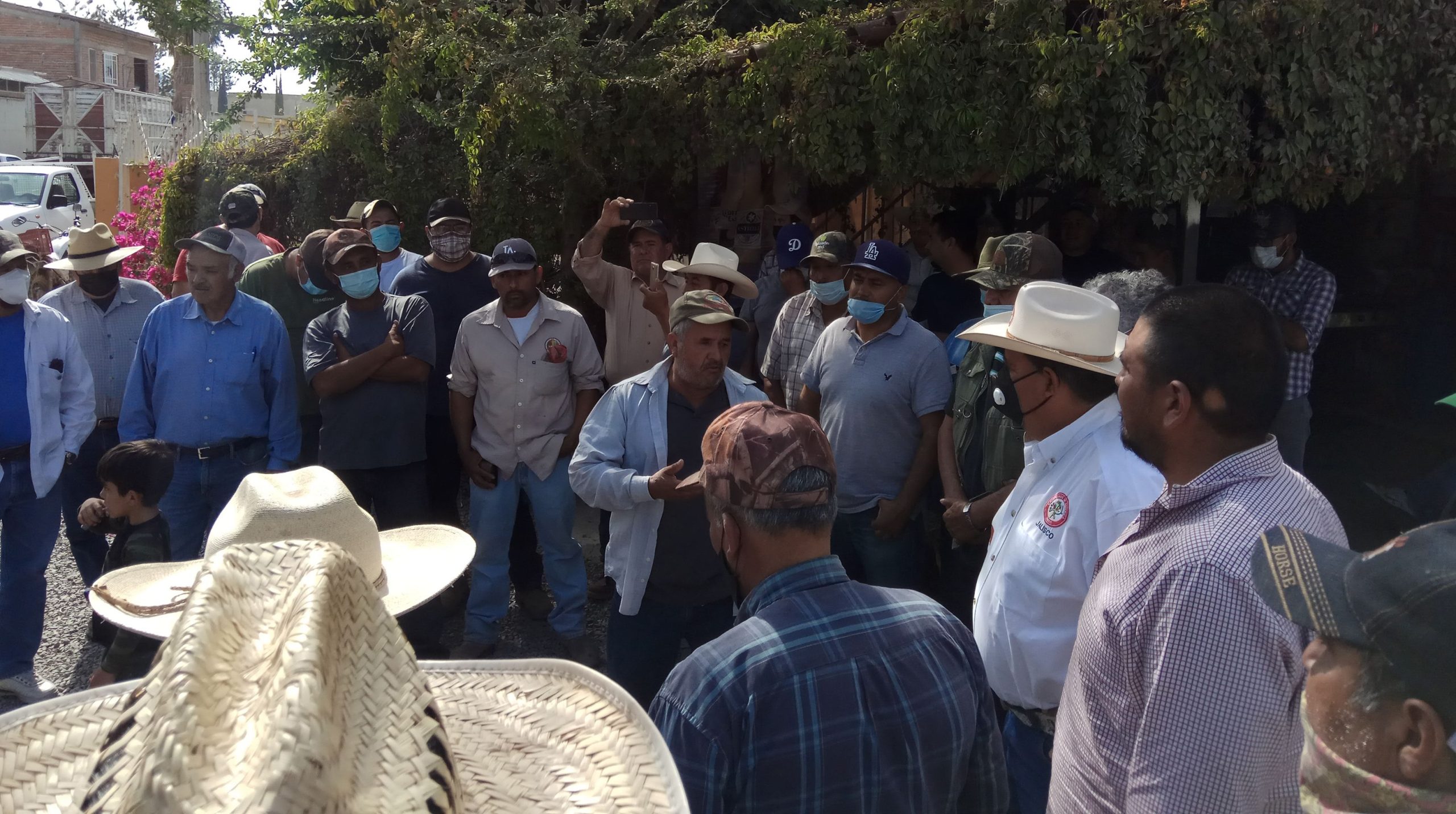
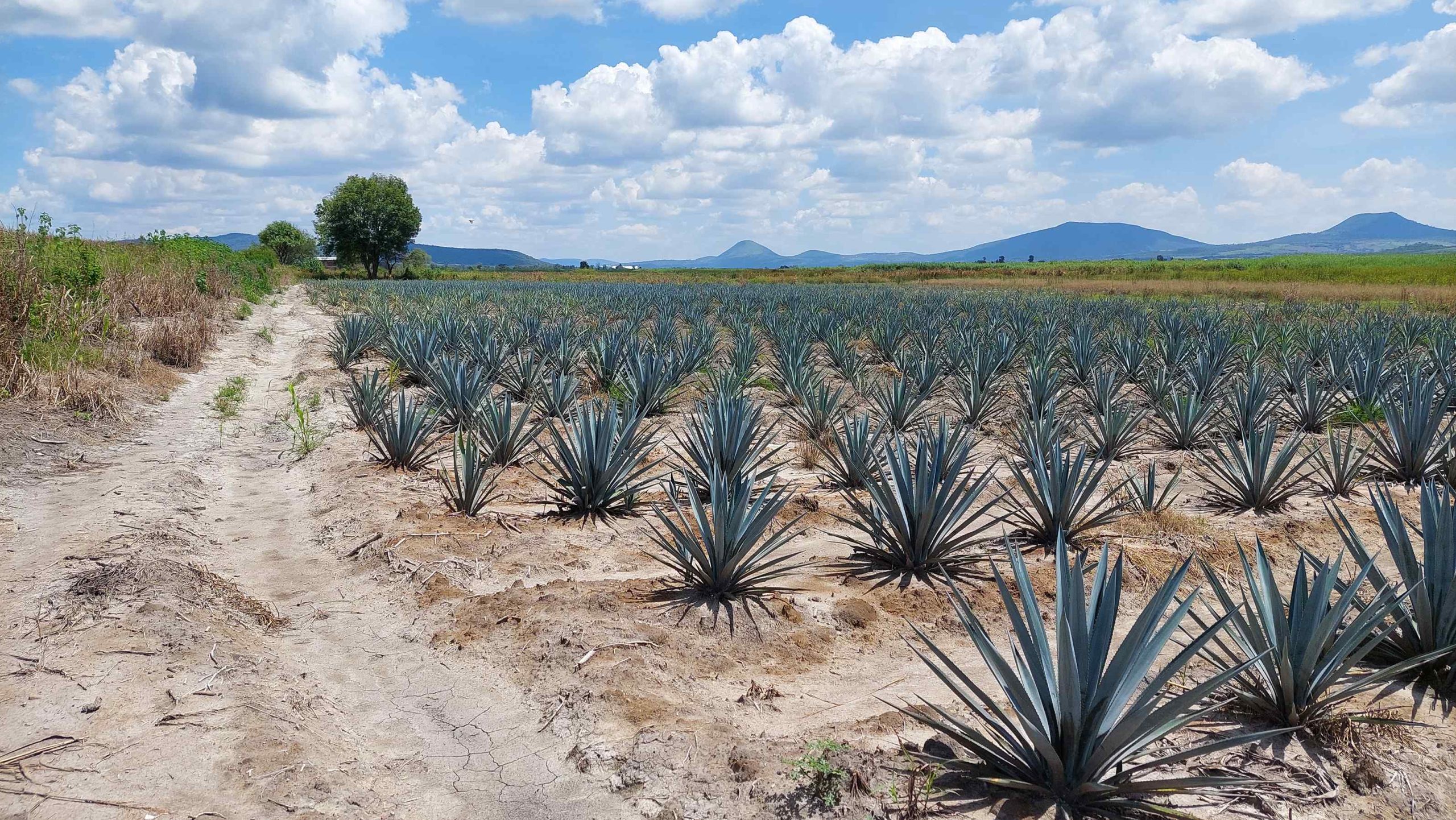
Image 11. Agave
Potrero Barranquillas, September 15, 2022.
(New crops in the ejido) Drought, state government actions, high prices of agricultural inputs and the expansion of the tequila market led several farmers to rent their plots to agave growers (agaves, agribusinesses and agribusinesses).tequilana Weber). The fever for agave arises in part because of the high price it reached during the 2019-2021 period. According to a report in the online newspaper UDG TVthe price per kilogram of agave [...] exceeded 30 pesos, [30 times more expensive] than in 2006 when it was sold at 1 peso" (García Solís, 2020). In 2024, the price varies between 15 and 8 pesos per kilogram.
Image 12. Eliminate non-valuable species
Potrero Barranquillas, February 21, 2019.
(Preparation of the fumigation tank for wheat) Monoculture implies the systematic elimination of any animal or plant species that "competes" for space and resources with cultivated plants. As Gilles Clément points out, "the eradication of an invasive species is always a failure: it is to affirm that the current state of our knowledge allows us no other recourse than violence" (2021: 19). One of the most widely used post-emergent herbicides in San Miguel Zapotitlán is called Ojiva (Paraquat), further evidence of the war vocabulary that survives in agriculture (Romero, 2022:51).
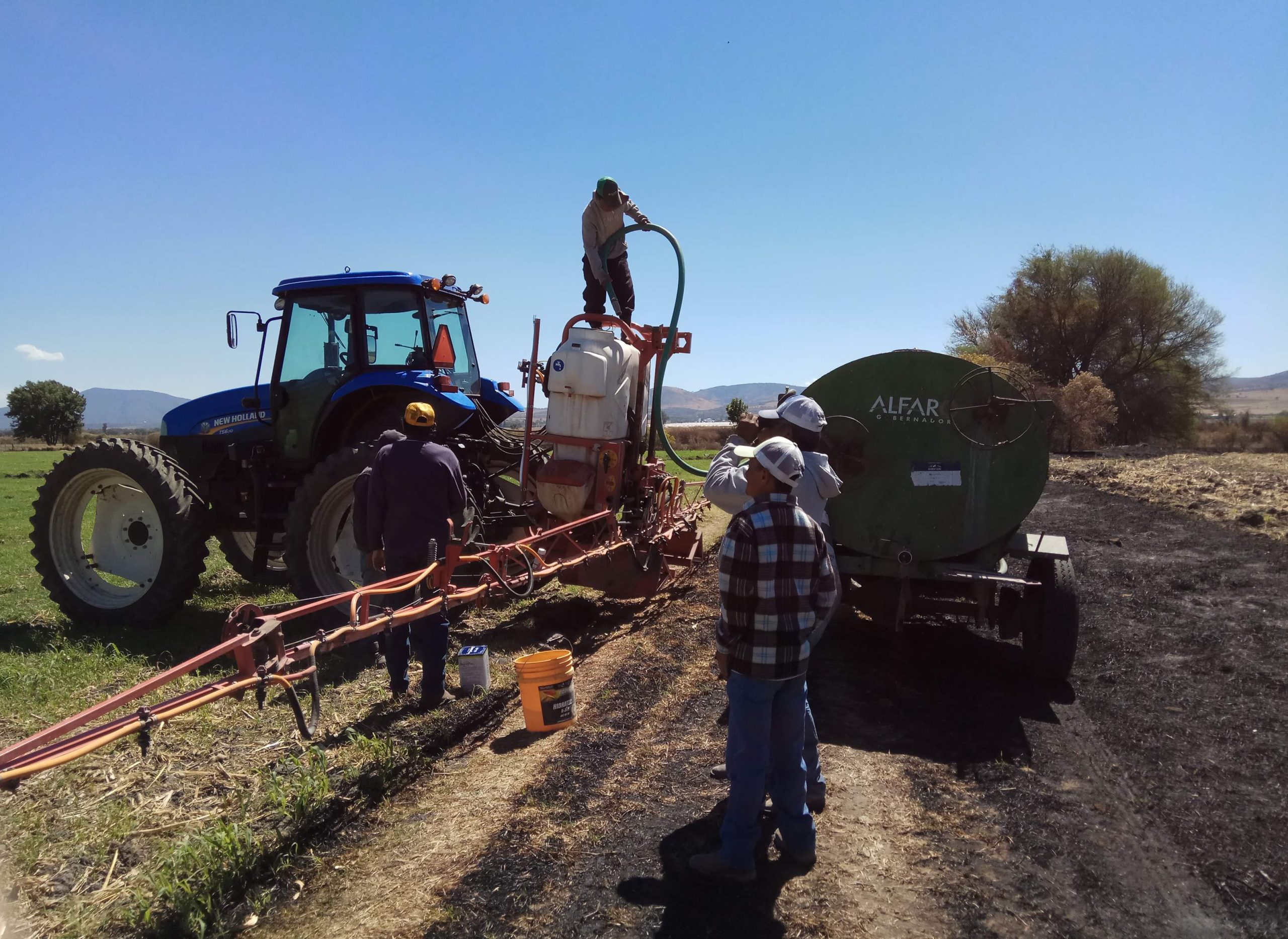
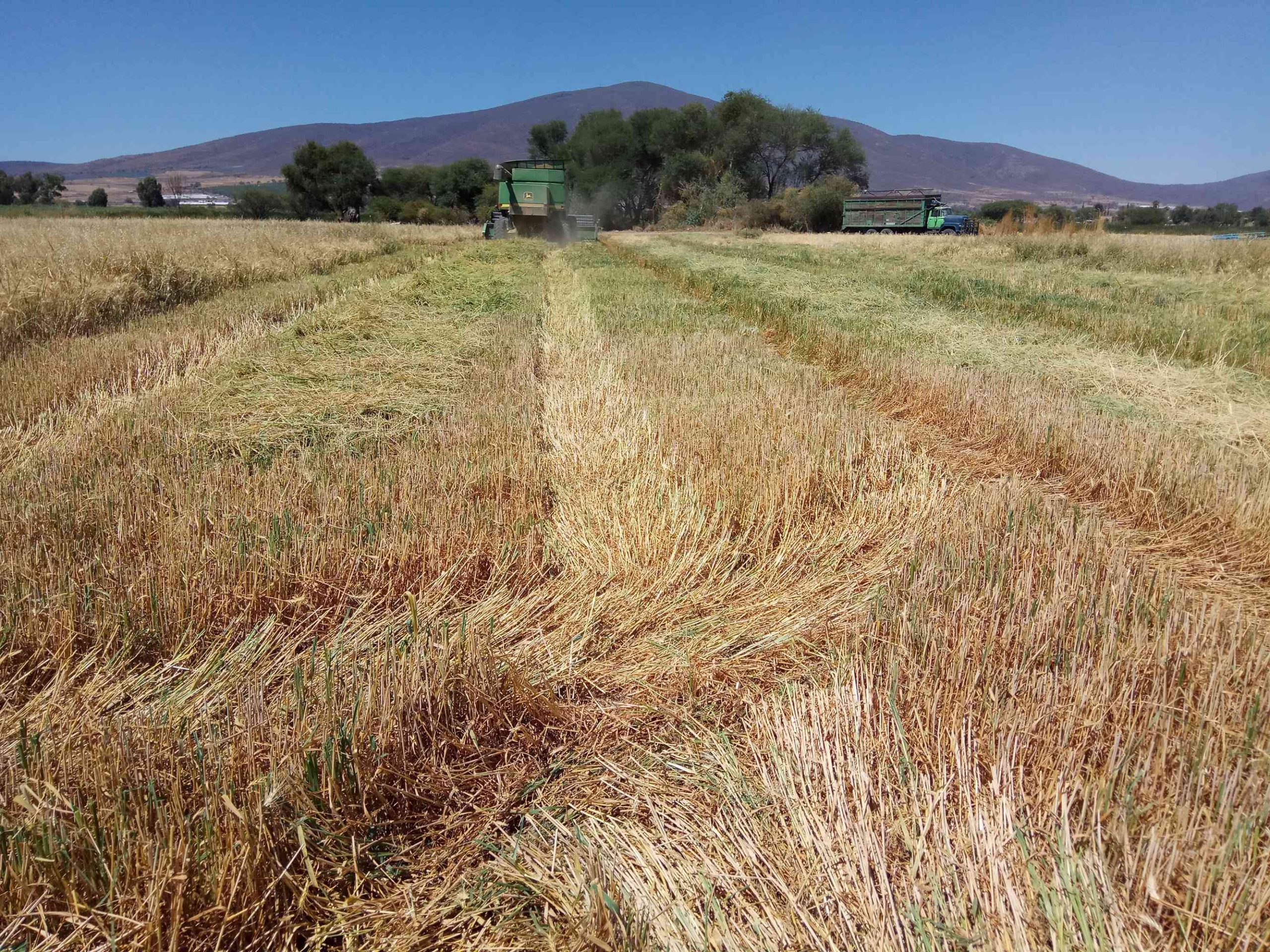
Image 13. The harvest
Potrero Barranquillas, May 19, 2021.
(The green traces of other species among the wheat) Wheat is harvested in mid-May. This cereal was the flagship of the region's haciendas until the Mexican Revolution of 1910 and became the focus of agronomic science from 1940 onwards (Olsson, 2017: 150). Mexican wheat varieties were exported to countries as far away as India, thus creating more global biotech corridors.
Image 14. The machines
Potrero Barranquillas May 19, 2021.
(Harvester loading wheat onto Dina truck) One of the visible symbols of agrarian modernization in this region is machinery. Since the 1960s, work in the ejidos of Poncitlán has been unimaginable without threshing machines, tractors and trucks. The trucks transport the grains to the factories Barcel, Kellogg's, Bimbo, Ingredion, Cargill or PEPSICO, where they transform the grains into industrial products that are then returned in delivery trucks to the stores where the farmers buy them in the form of merchandise.
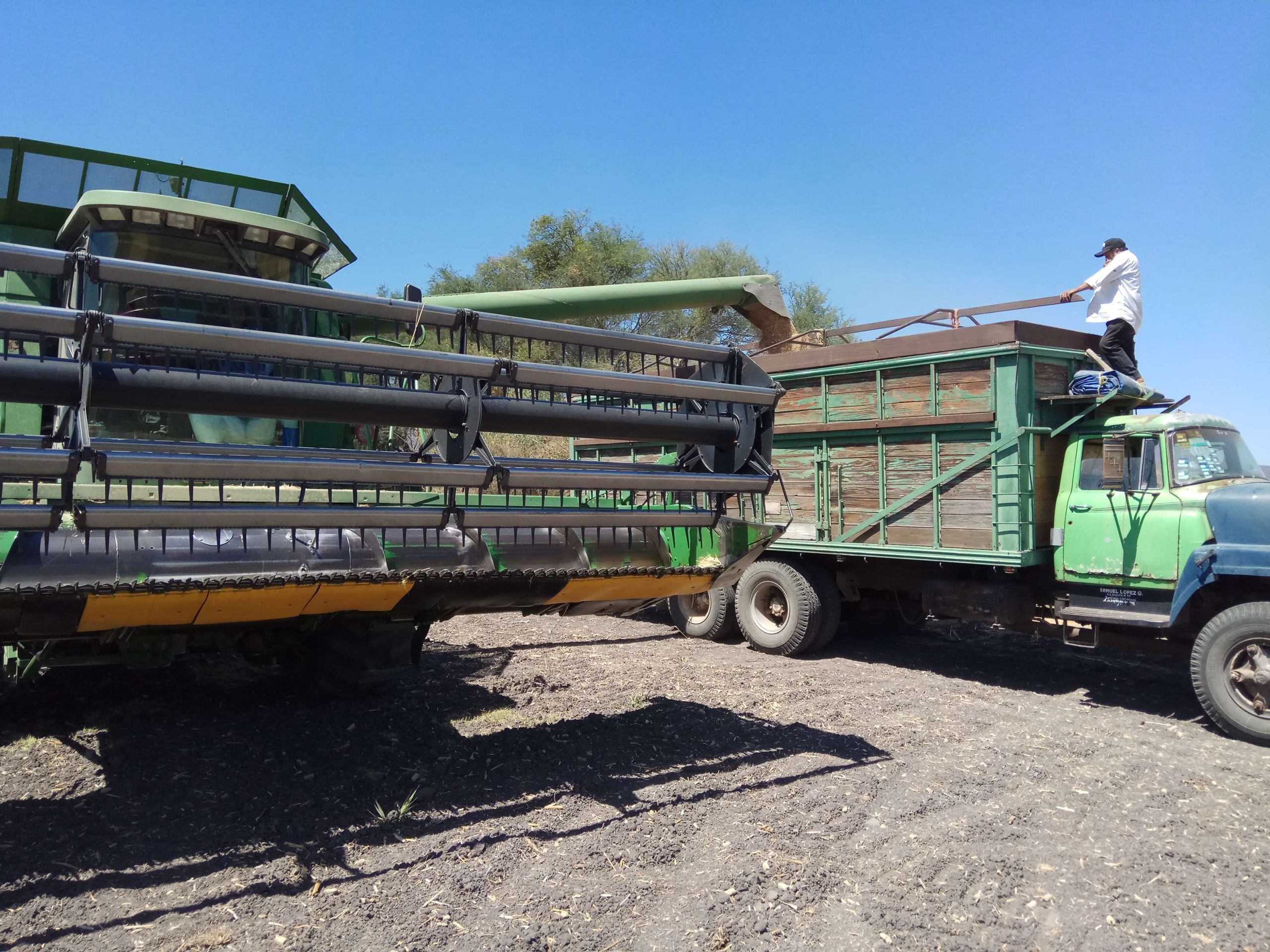
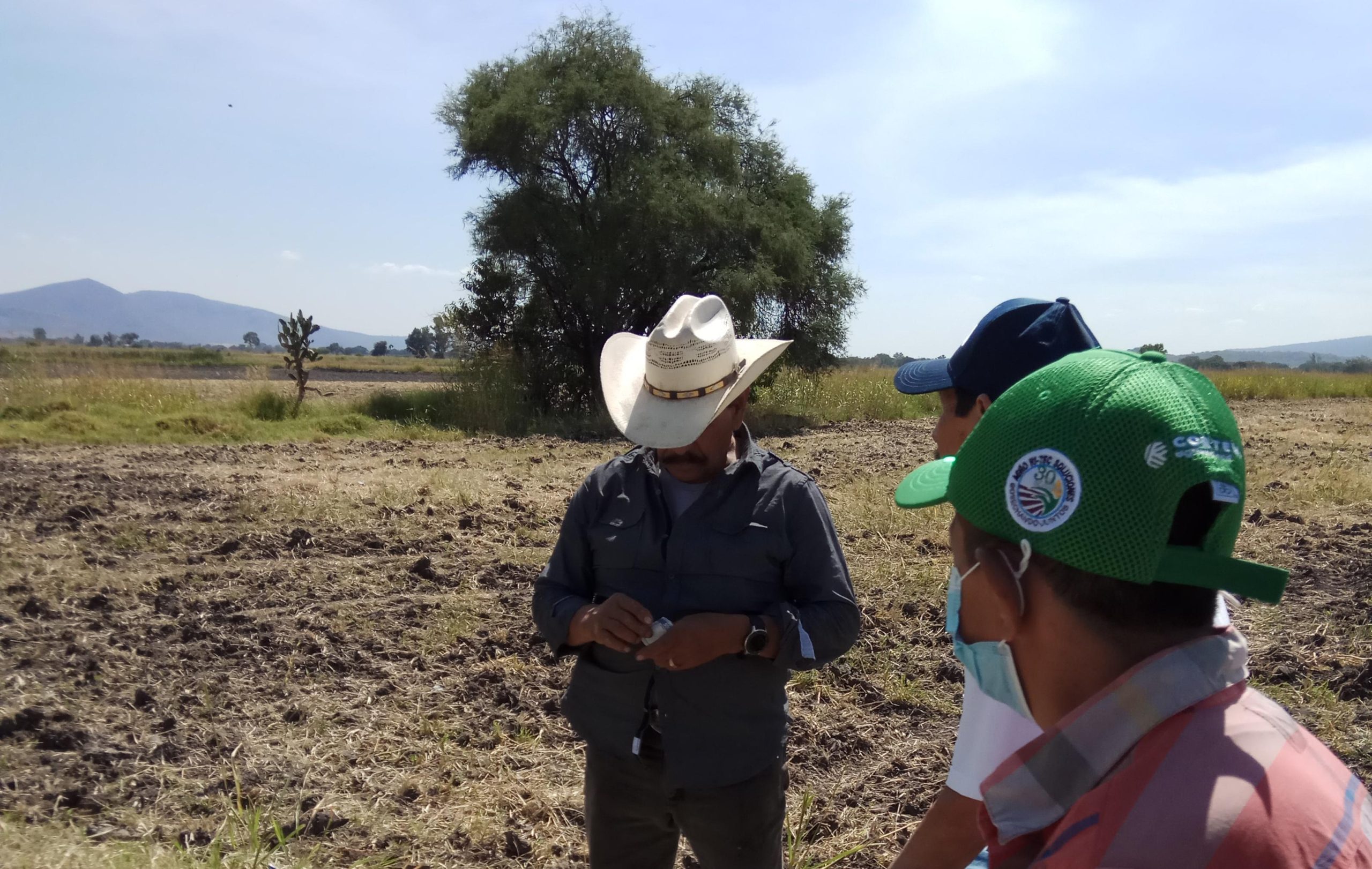
Image 15. Paying the maquila
Potrero Barranquillas, June 11, 2021.
(Pay the maquila on time) In the mid-1980s, ejidatarios purchased agricultural machinery for individual use. For various reasons, these farmers gradually lost their machinery until they became dependent on maquiladoras: owners of tractors, seeders, harvesters and other equipment that rent their services to those who require them. This is another reason why smallholdings are in decline.
Image 16. From Mesoamerican corn to hybrid seed
Potrero Barranquillas, June 11, 2021.
(There is something disturbing about the fact that private companies that commercialize hybrid corn seed own "thousands of years of knowledge accumulated by millions of producers" that have been deposited in the seed as "germ plasm" (Warman, 2003: 185). Poncitlán farmers have depended on these companies to purchase seed year after year since the mid-20th century. At that time, the hybrids were called "government corn" (Diario de campo, June 25, 2022).
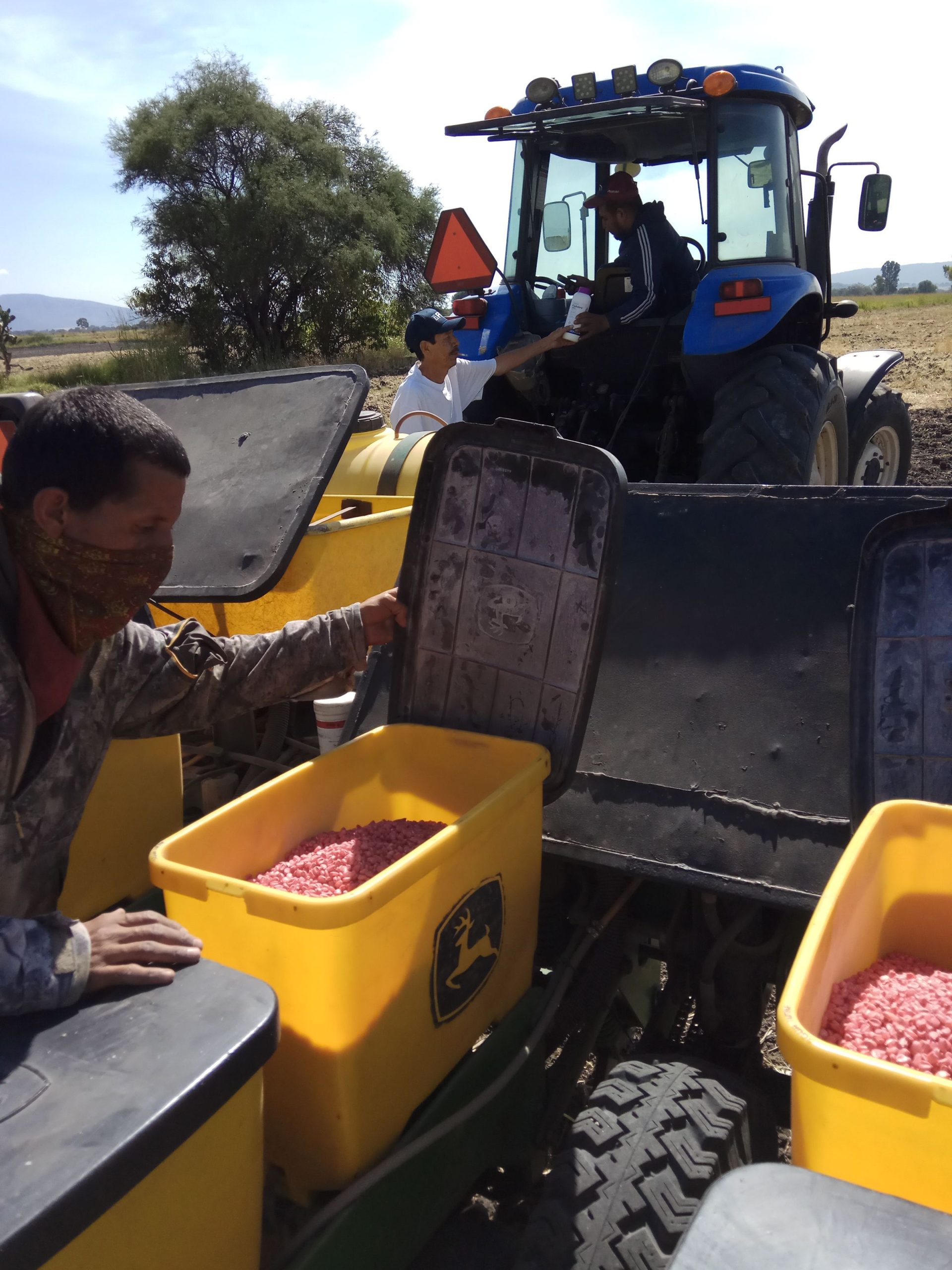
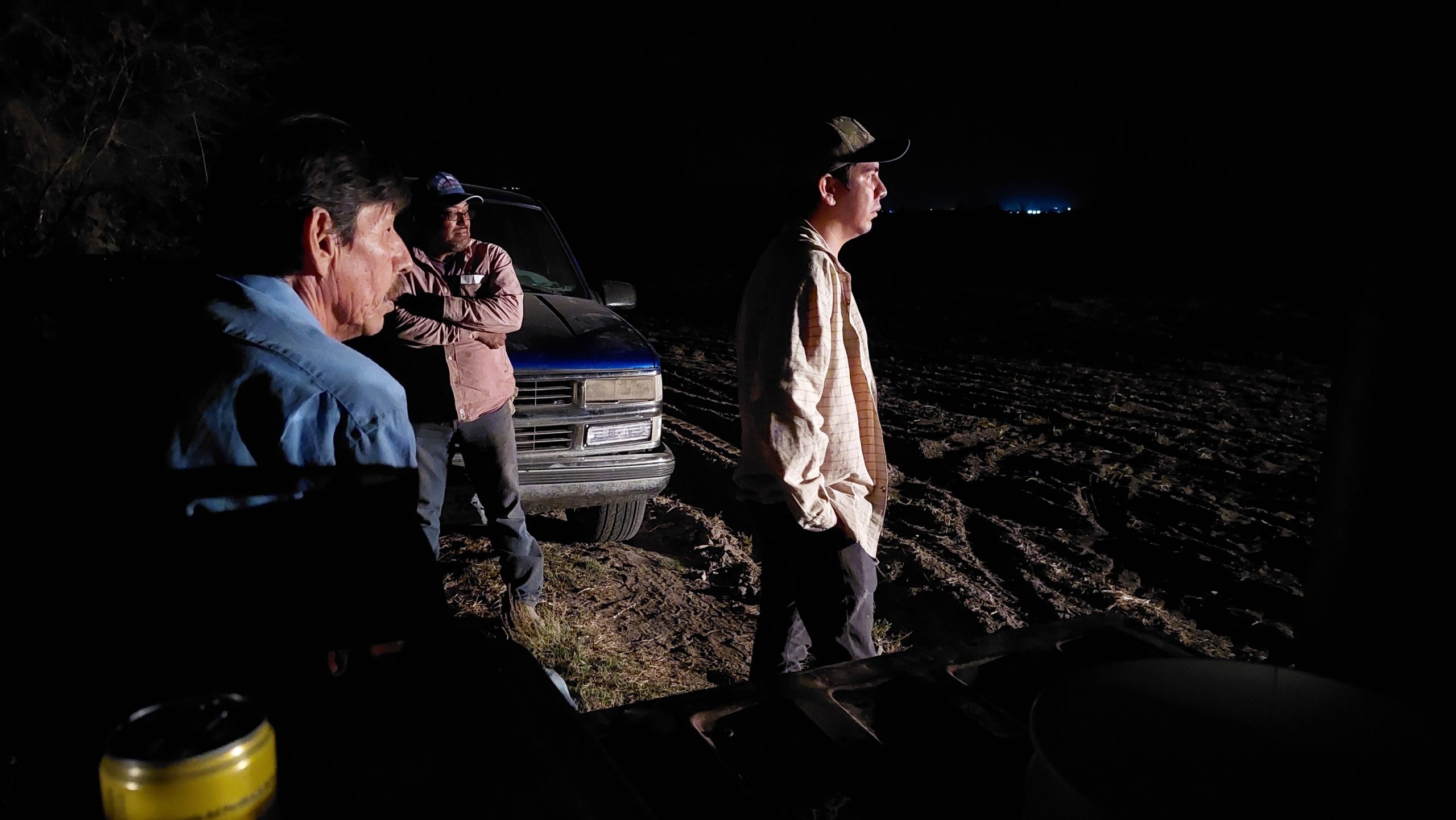
Image 17. Planting generates tension
Potrero Barranquillas, June 10, 2023.
(Farmers supervise the correct planting of corn) Corn planting begins at the end of May, when the first rains have fallen. Planting generates nervous tensions in farmers because, as one of them commented to me, "We have thrown money into the plots." The investment to produce corn in 2018 was between 20 and 30 000 pesos per hectare (Field Diary, June 2, 2018). During 2023 the investment was around 40 000 pesos per hectare.
Image 18. Planting at the time of need
Potrero Barranquillas, June 10, 2023.
(Corn planting night) You have to look to the sky for signs of the weather. In 2022 a series of storms softened the ejido's soils, then it stopped raining until well into June. The rain caused planting to be delayed and the dryness withered the plants, which were born to be exposed to an inclement sun with barely any moisture. Therefore, planting is done at whatever time is necessary, even at night, because it is imperative to deal with weather changes.
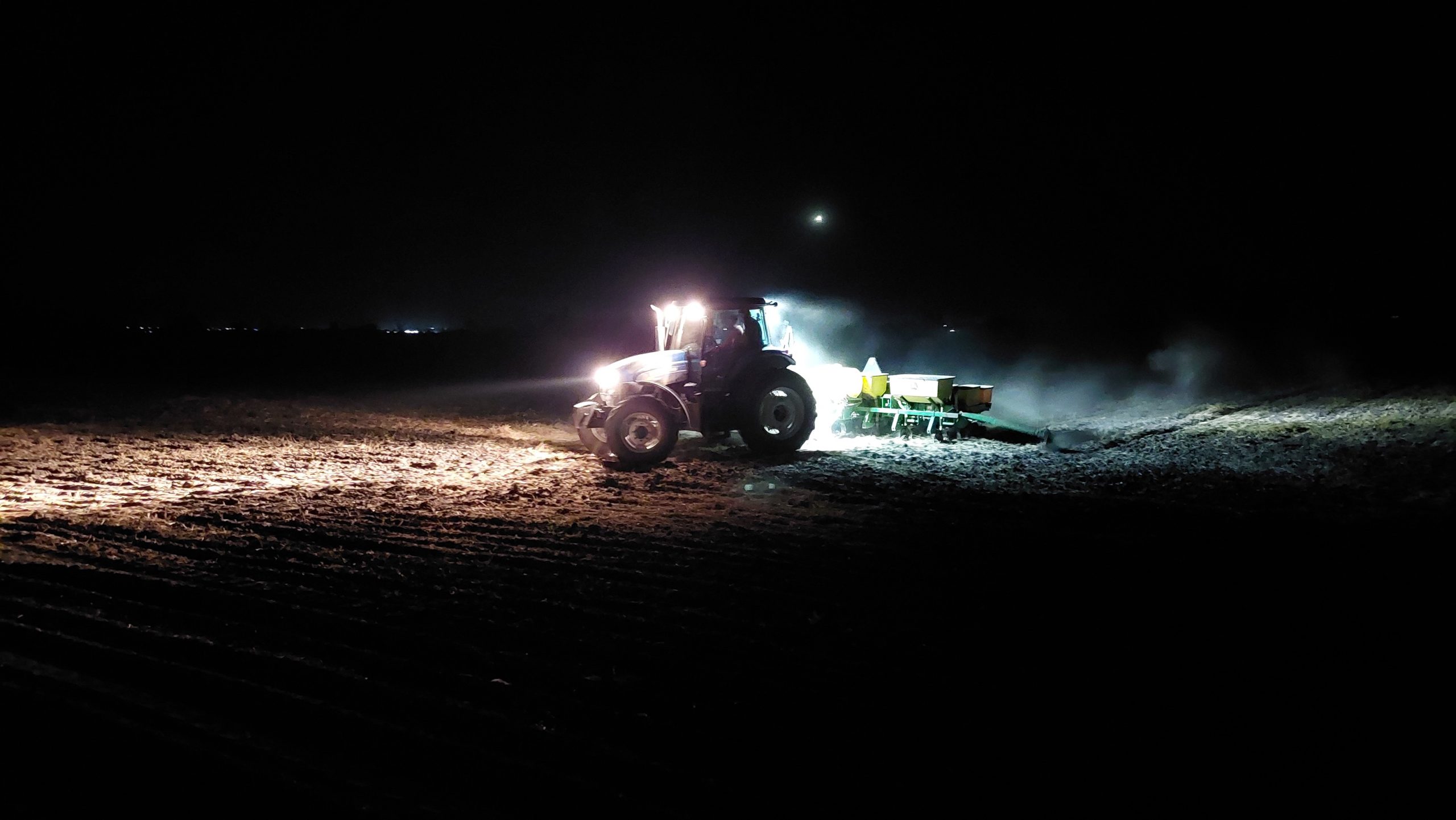
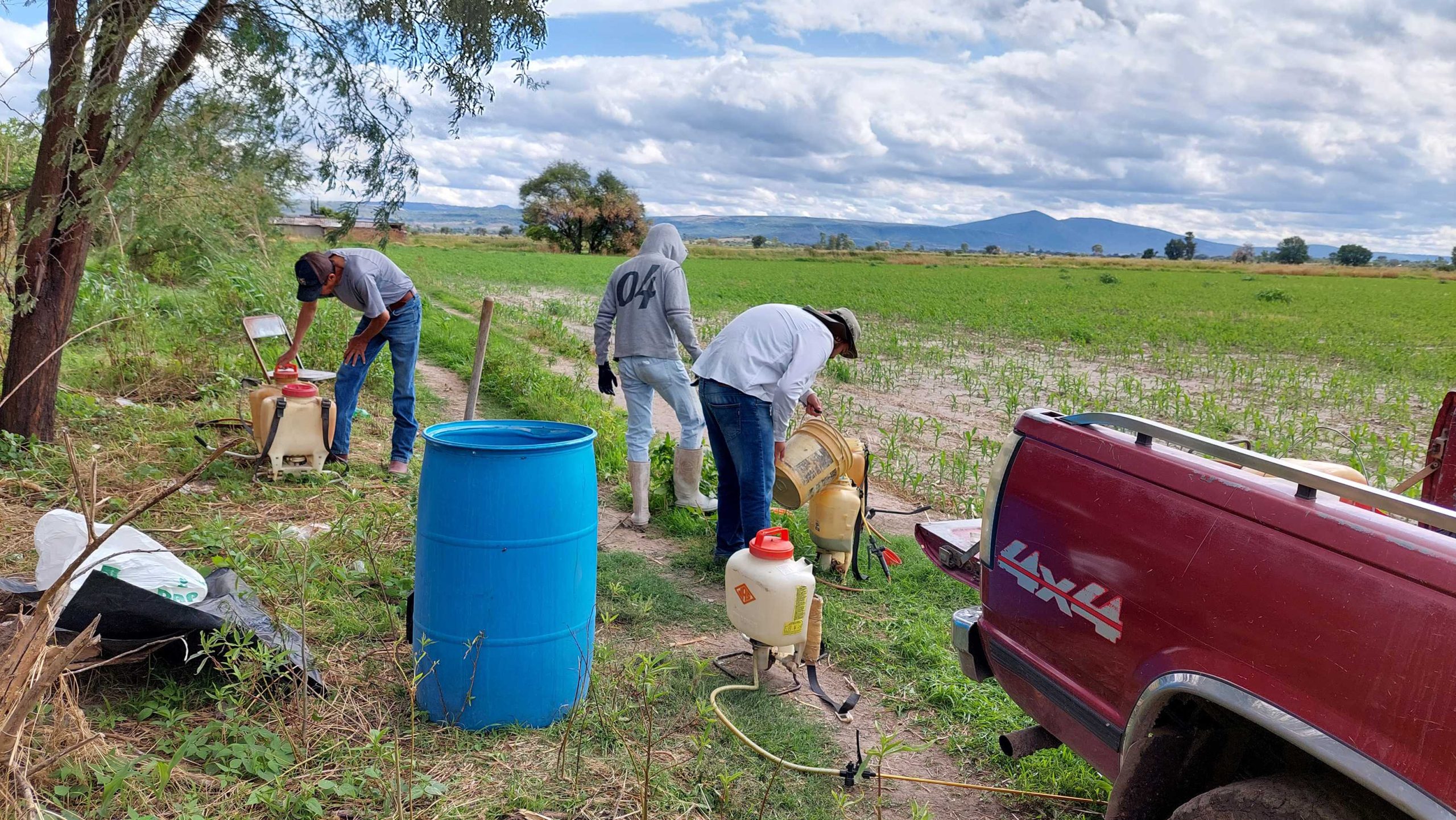
Image 19. Eliminating corn competition
Potrero Barranquillas, June 22, 2022.
(Day laborers refill spray pumps) Day laborers are in direct contact with pesticides. According to one study, 385 million people worldwide fall ill from pesticide poisoning each year (Chemnitz et al., 2022: 18). But the effects of pesticides on human health reach even urban consumers of fruits and vegetables contaminated by invisible residues.
Image 20. Burning
Potrero Barranquillas, June 22, 2022.
(The day laborers eliminate the "mostrenco") The "mostrenco" is the name given to the cornfield that is born from the corn kernels that are not harvested by the harvesting machines. It is a rebellious plant that germinates where it should not: outside the furrow lines. Farmers call the work of eliminating the mostrenco and other weeds "burning", because when the herbicide acts on the plants it dries them, coloring them gold, yellow or white. A grower asked an engineer why science has not invented an agrochemical that definitively ends this problem, to which the engineer answered between truth and jokes: "If we end up with that, what poison are we going to sell them?" (Field Diary, October 18, 2018).
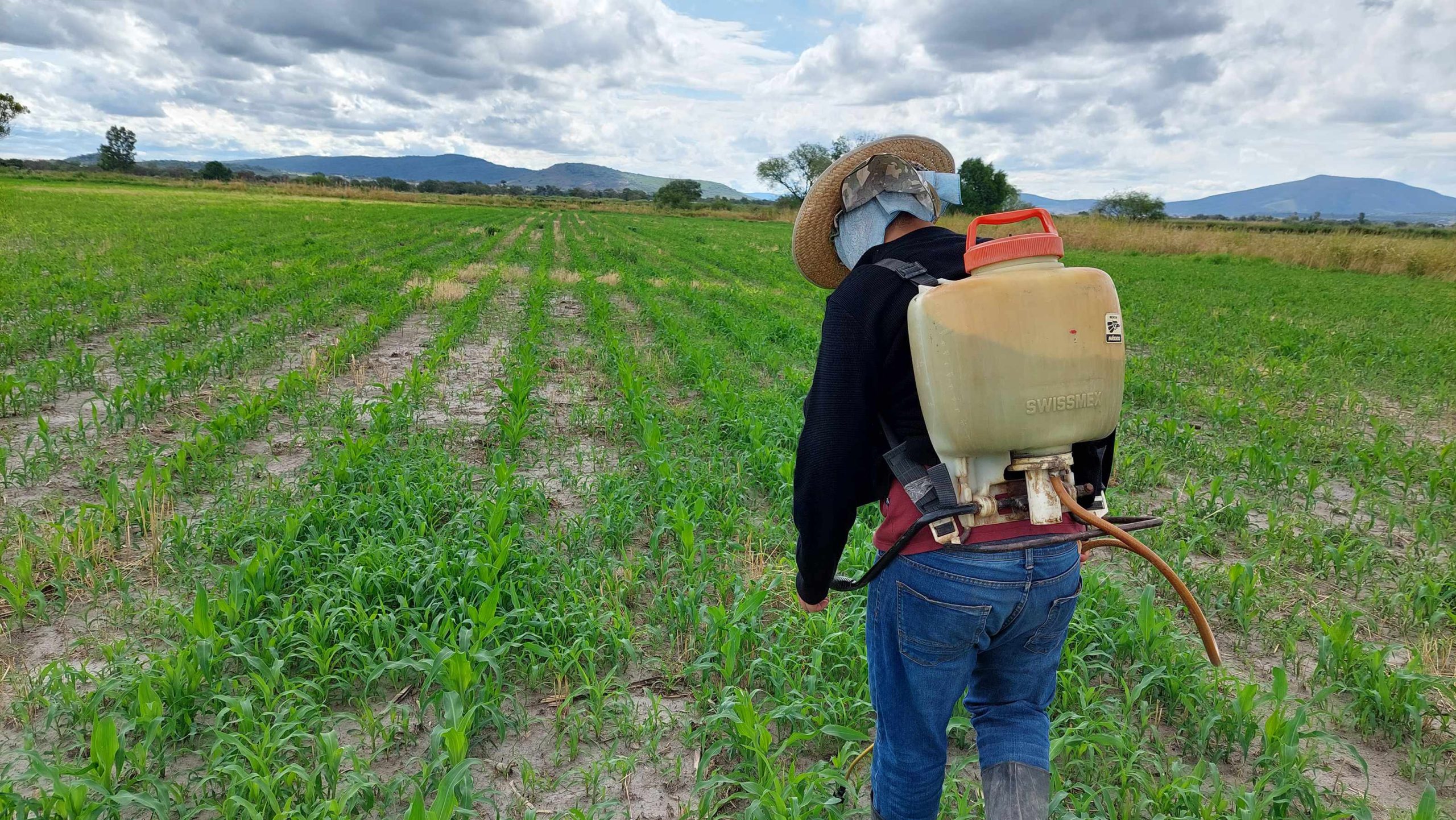
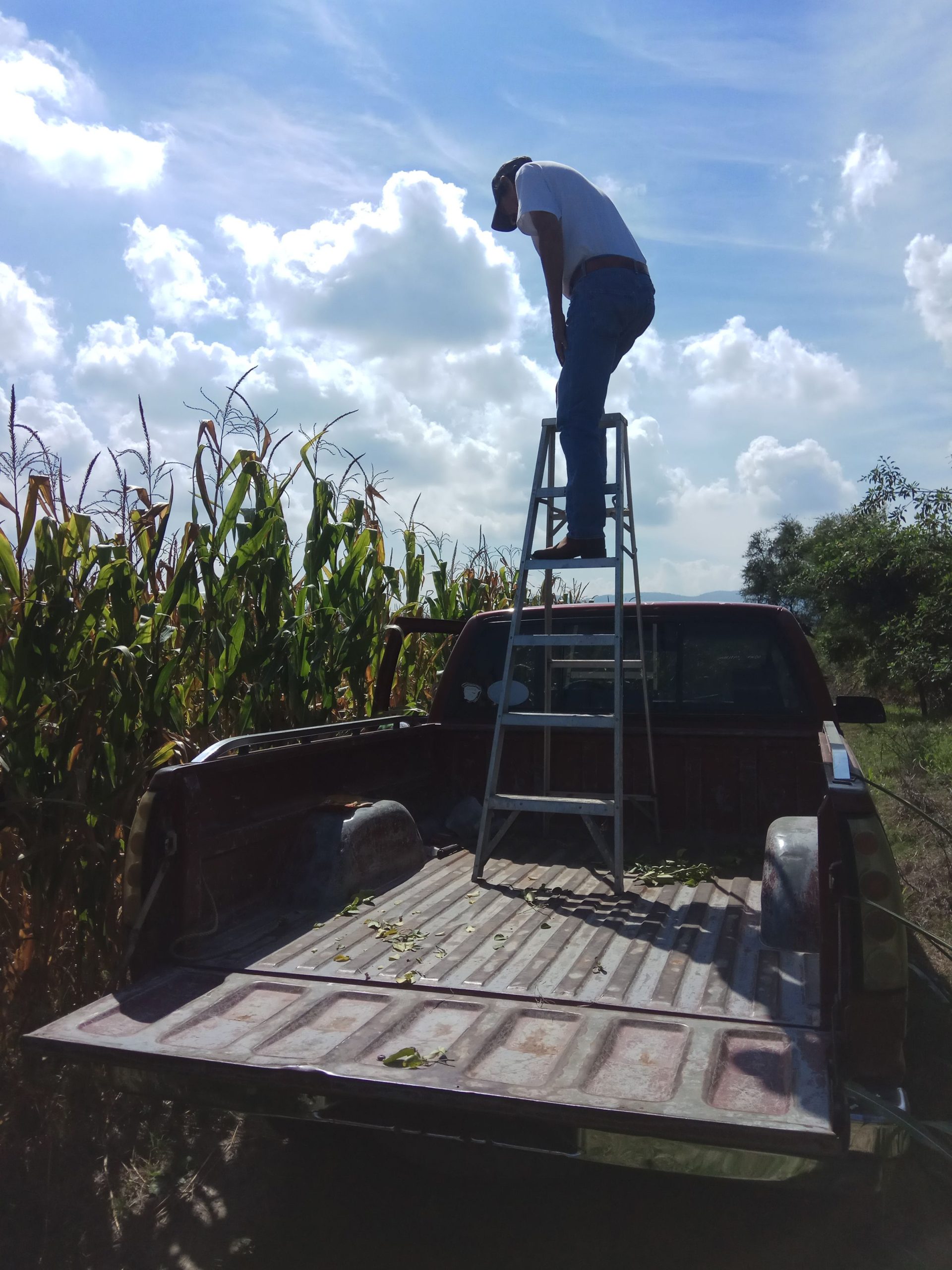
Image 21. Watching the sowing
Potrero Barranquillas, October 31, 2018.
(Above, for a better view of the plots) Farming involves see. This means walking the surface of the plot, lifting the dust, listening for misaligned furrows, pulling dying plants to the surface, pulling weeds, widening a canal with a shovel; feeling sad for the unborn plants. For this looking is a way of knowing the world, "moving it, exploring it, attending to it, always alert to the sign by which it reveals itself" (Ingold, 2000: 55). The "modern" cultivation depends on these "traditional" and sensitive intuitions.
The act of looking in agriculture
Potrero Barranquillas, February 21, 2019.
(Looking at the wheat) The act of looking in the agriculture of San Miguel Zapotitlán is a search for signs of bad entanglements of the multiple species and their seasonality. The farmer looks between the roots and the leaves: If the color is yellowish, it is necessary to fertilize. If the leaves are nibbled, it is because of worms. He is on the lookout for fungus, mayapods or budworms. He is satisfied when most of the plants are glowing dark green and the plant population in the plot looks homogeneous. How different is the observation of modern urban dwellers from that of farmers and peasants?
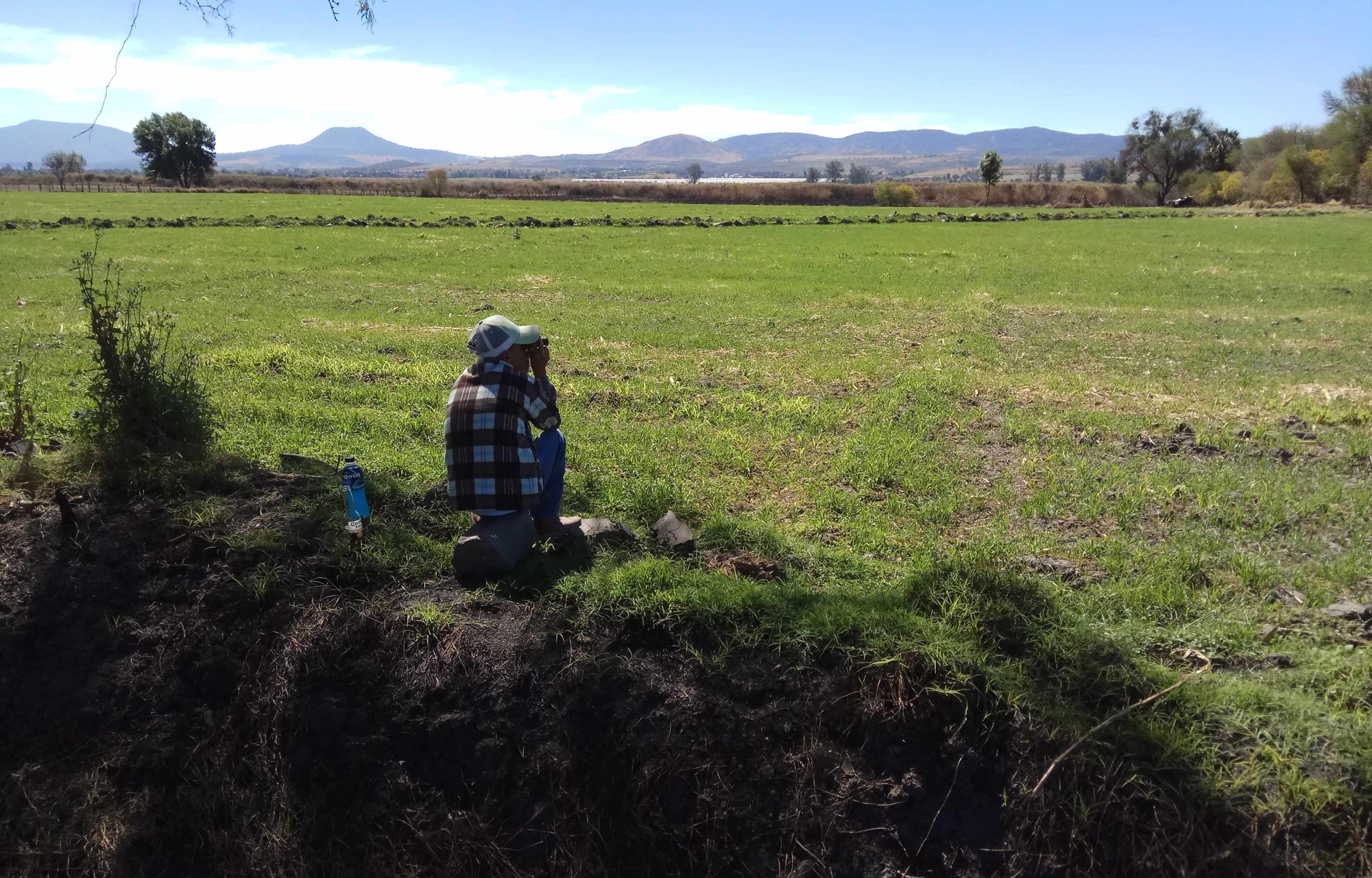
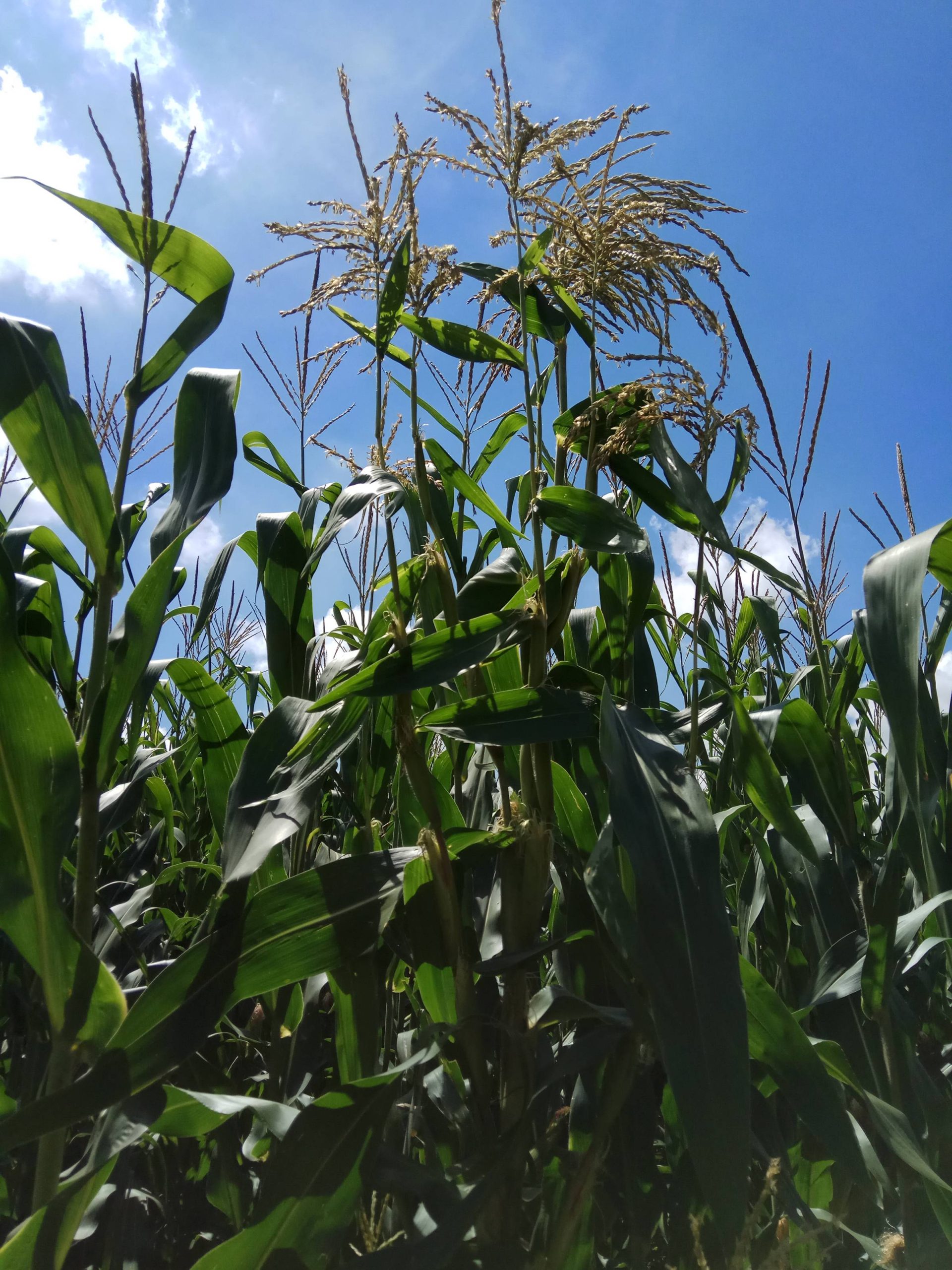
Image 23. Temporary collapse: teocintle and maize
Potrero Barranquillas, June 22, 2022.
(Teocintle among hybrid maize) The logic of modernization assumes that efficient maize varieties will replace the old, less productive ones. Teocintle, the evolutionary ancestor of corn, grows among modern hybrids on ejido land. This evolutionary "remora" resists herbicides and is visible only when its ears protrude above the corn due to its greater length, which is when farmers pull the plant. Teocintle has been mixed with hybrids such as Pioneer (Inzunza, 2013: 72).
Image 24. Chrono-naut farmers
Potrero Barranquillas, December 19, 2021.
(Harvester emptying grain into a truck) Choosing when to plant and harvest is a delicate decision that depends on weather conditions. If you sow before the onset of the rainy season, the seed will not sprout. If you wait too long, the soil is so soft that it is impossible to plant. If the corn does not dry in time, the winter rains could make harvesting difficult. The farmer becomes a chrono-naut navigating between unsubmissive temporalities, which are churning in the Anthropocene and the Plantation Era.
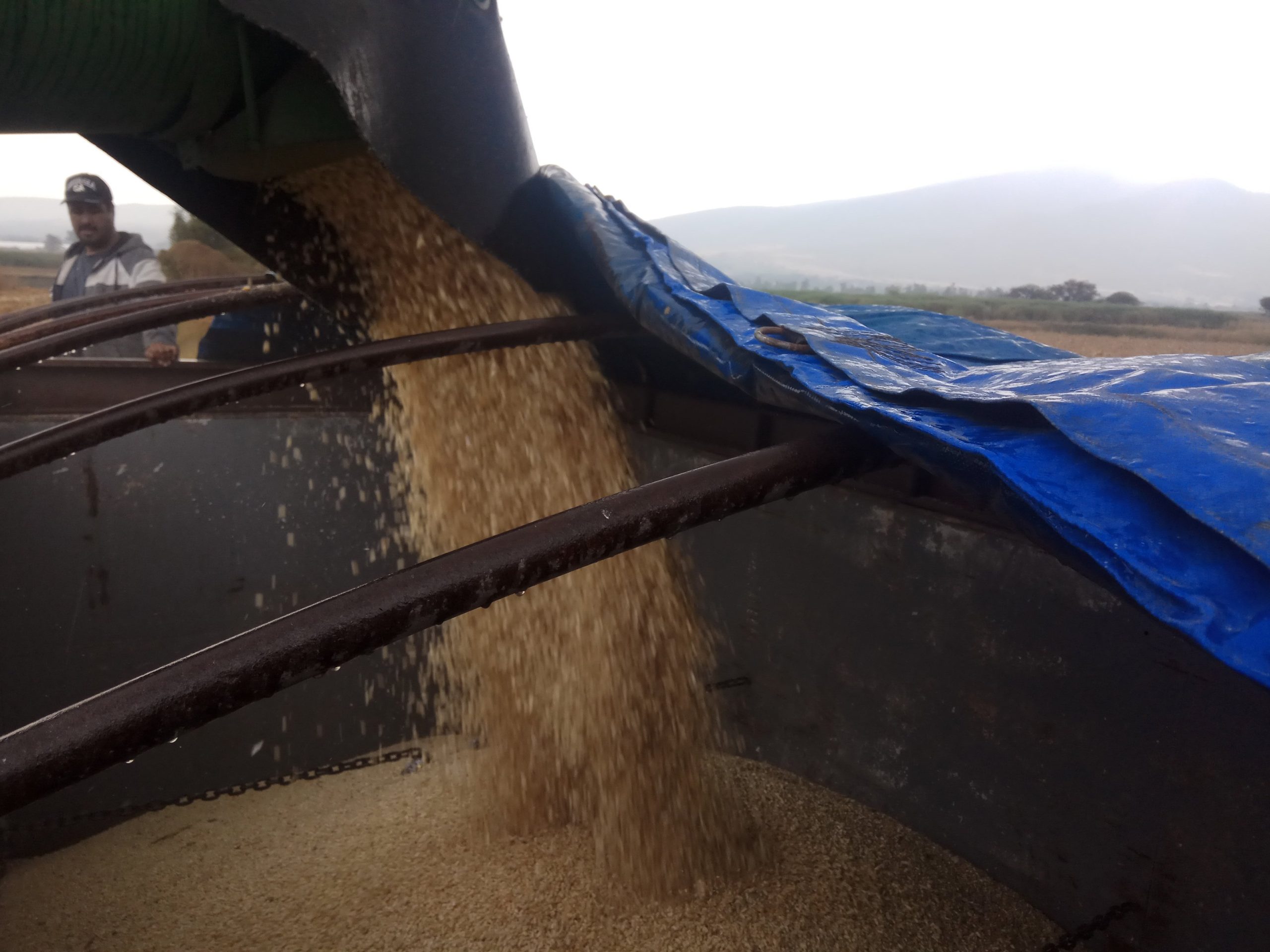
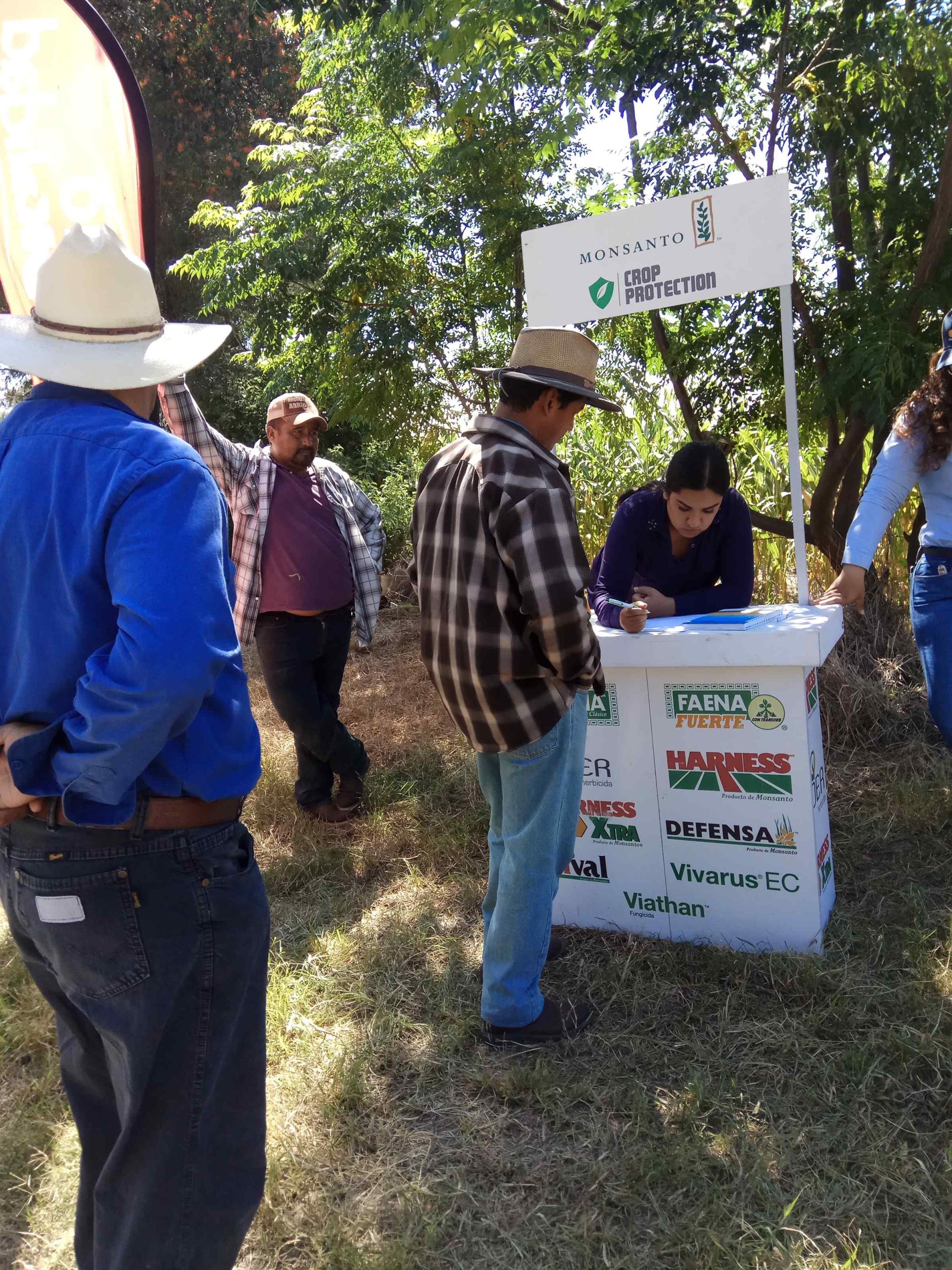
Image 25. The old new demonstrations
Potrero La Bueyera, October 09, 2018.
(Registration to attend a demonstration) Demonstrations are the old tactics of 20th century extensionism and rural communication. After World War II there was a "need" to increase food production in America, "the consequence was a strong interest in the media". In that context, "persuasion was considered the right weapon" to encourage change and "facilitate the development" of the countryside (Díaz Bordenave, 1976: 136).
Image 26. Demonstrate to sell
Potrero San Juanico, October 18, 2018.
(Engineer demonstrating the filling of the cob) In contrast to the see In the farmer's mind, demonstrations are a display of visual rhetoric aimed at convincing the farmer to buy a product or service. Agricultural engineers (formerly extensionists) are the actors who attempt to overcome the supposed "skepticism" of farm people through tactics grounded in the science of communication.
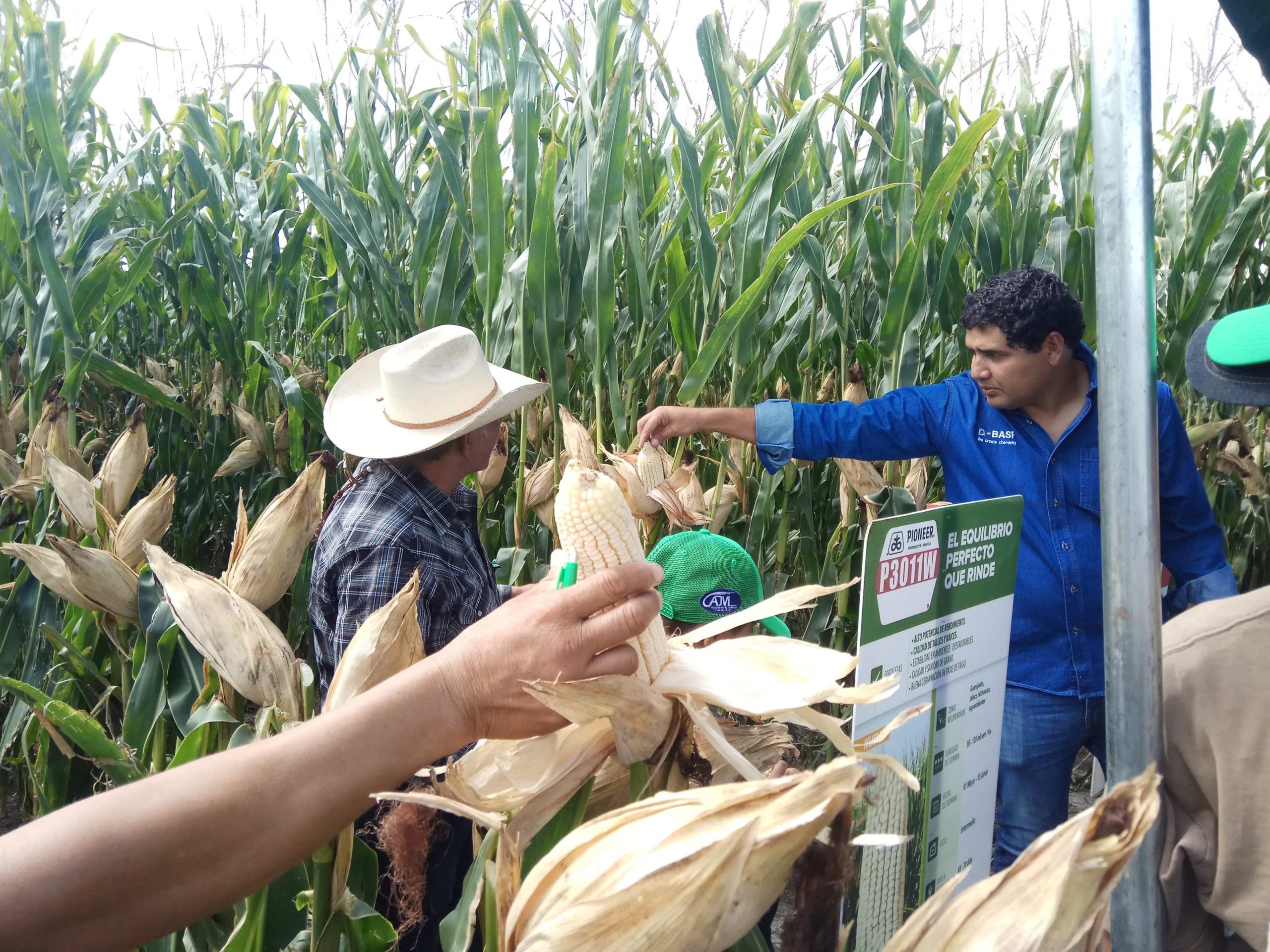

Image 27. Labels to recognize the hybrid
Potrero San Juanico, October 18, 2018.
(Engineer jokes with farmers) Agribusinesses call these scenes where the benefits of their products are demonstrated to the farmer "showcases" (Field Diary, March 15, 2024). Visual aids are essential, such as this sign indicating the variety planted: Pioneer P3026W, which is associated with DuPont's Dermacor insecticide.
Farmers' sociability and advertising
San Miguel Zapotitlán, November 4, 2022.
(Thank you lunch) Since 2019, Integradora Arca has organized the Expo Foro Maíz Amarillo in San Miguel Zapotitlán in November, a fair that links farmers with agribusinesses, insurers, financial companies and the industrial sector. As the name suggests, it revolves around the complexities of yellow corn production for industrial consumption. After conferences and demonstrations, Integradora Arca offers a meal to attendees, where the companies' colorful promotional items stand out, such as the blue and white caps of Financiera Rural (FIRA).
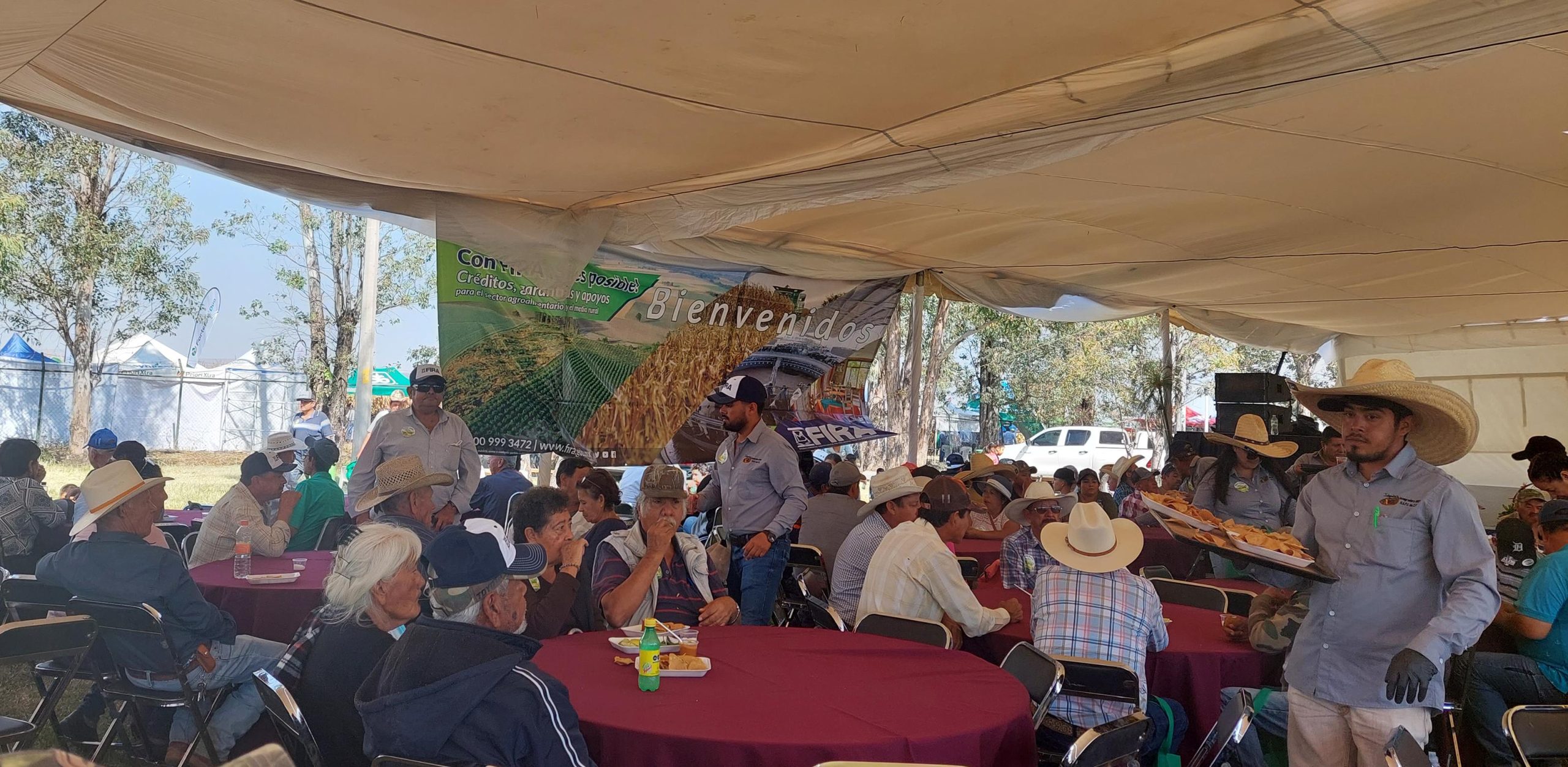
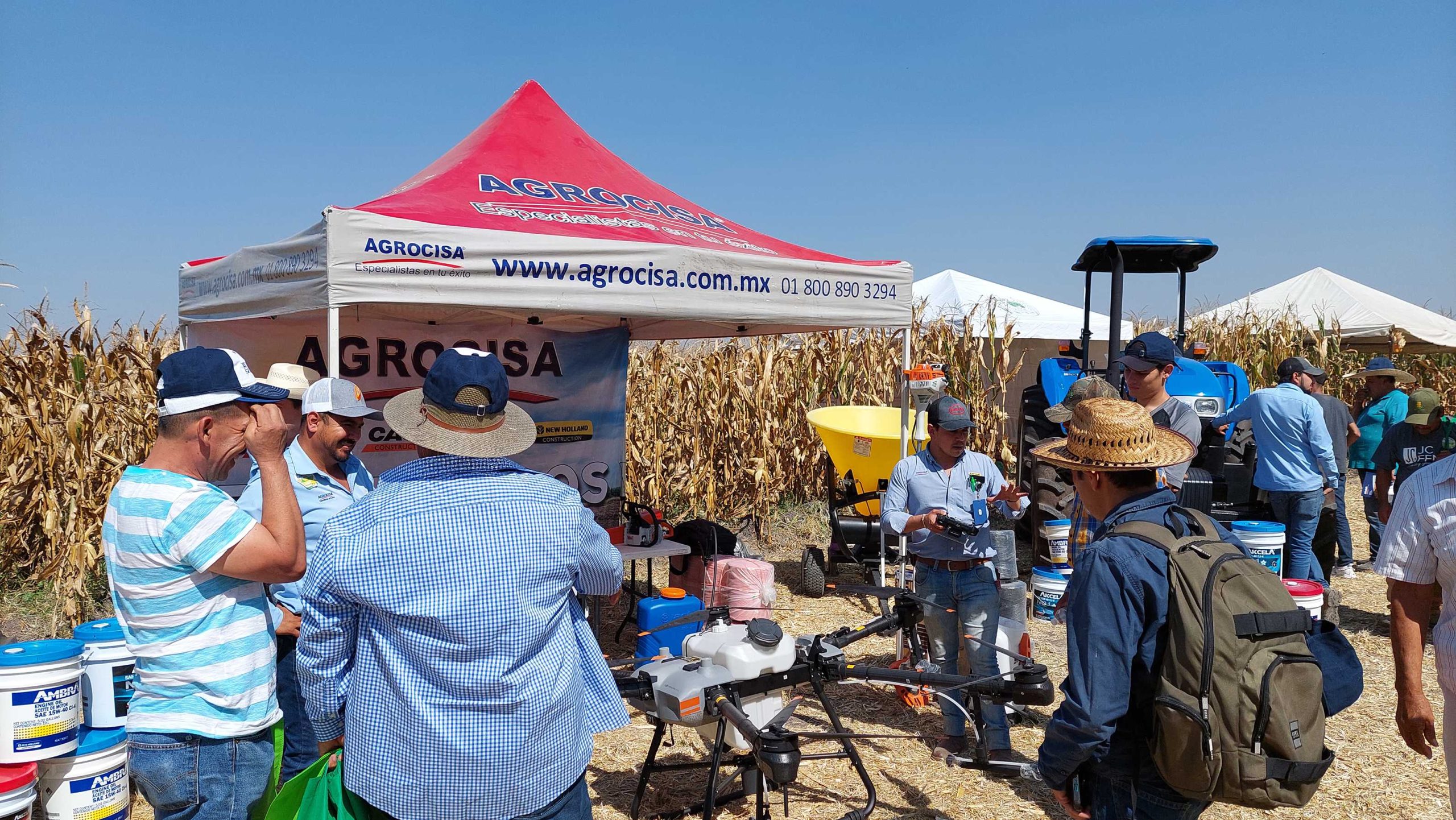
Image 29. New technologies
San Miguel Zapotitlán, November 04, 2022
(Agricultural drones for sale) In the agribusiness sector, technological determinism persists: it is assumed that new technologies increase production almost immediately. Image 29 shows the latest innovation: the crop spraying drone. Another military device that extends its applications to agriculture and adds to the list of machinism promoted by the futuristic vision of agribusiness (Marez, 2016).
Image 30. The religiosity of the tractor
San Miguel Zapotitlán, September 20, 2023.
(Entrada de Gremios San Miguel Zapotitlán) Although agriculture is a commercial activity abstracted between the past and the future, this does not mean that religious aspects are absent in its operation. Masses for good weather and petitions to San Isidro Labrador, patron saint of farmers, are common in San Miguel Zapotitlán. Religion is an integral part of grain production for the "modern" industry.
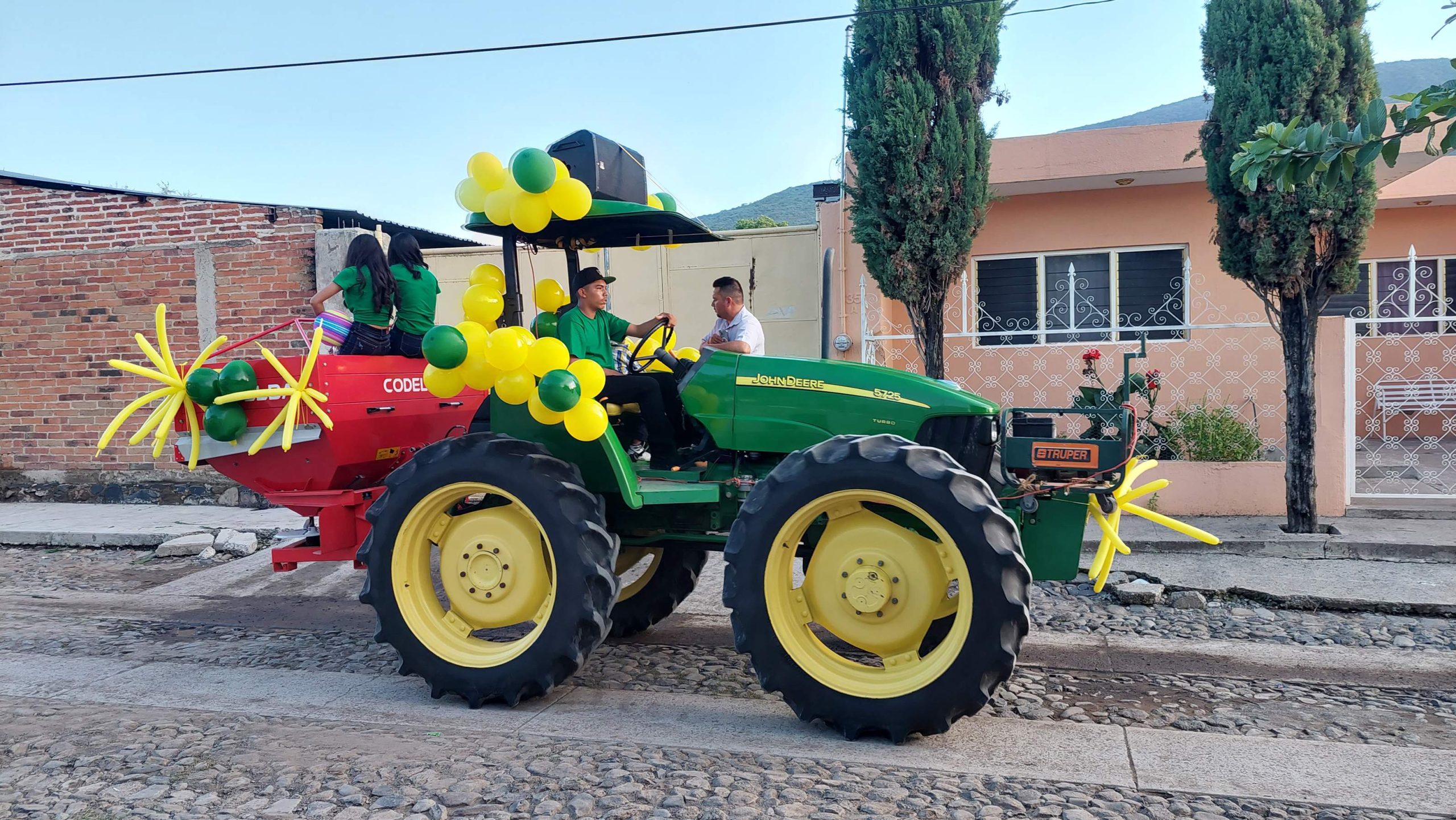
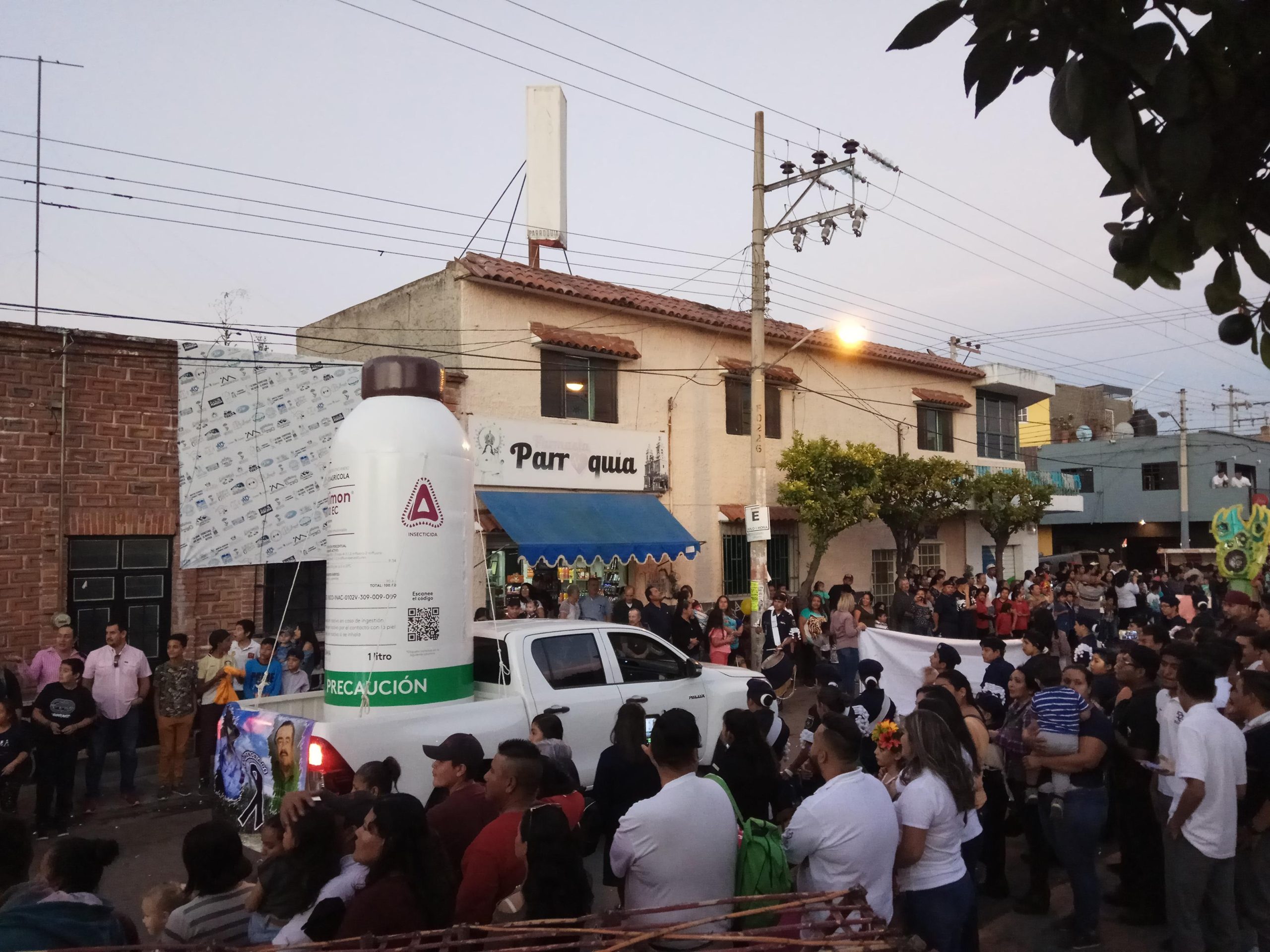
Image 31. The religiosity of agrochemicals
Poncitlán, October 09, 2018.
(Entrada de Gremios Poncitlán) Agricultural iconography crosses domains to form part of religious parades and processions. Image 31 shows a giant container of an agrochemical on top of a float that paraded in the "Entrada de Gremios", a parade that opens the feast of the Virgin of the Rosary in Poncitlán, the municipal capital. Agriculture is not only production, it is also visual culture mixed with religion.
Figure 32: The ecuaros: polycultures in oblivion
Cerro el Venadito, San Miguel Zapotitlán, March 22, 2023.
(Commercial agriculture coexists with a polyculture practice called "ecuaro". A farmer defines ecuaro as "a small piece of land to plant vegetables or corn, as if to say: "just a small piece of land to plant vegetables or corn". pa' elotes" (Diario de campo, March 6, 2019). This practice is on the verge of disappearing, although there are still a few farmers who cultivate their ecuaros. In Image 32, an ecuaro can be seen in the dry season and in the distance the plains with wheat.
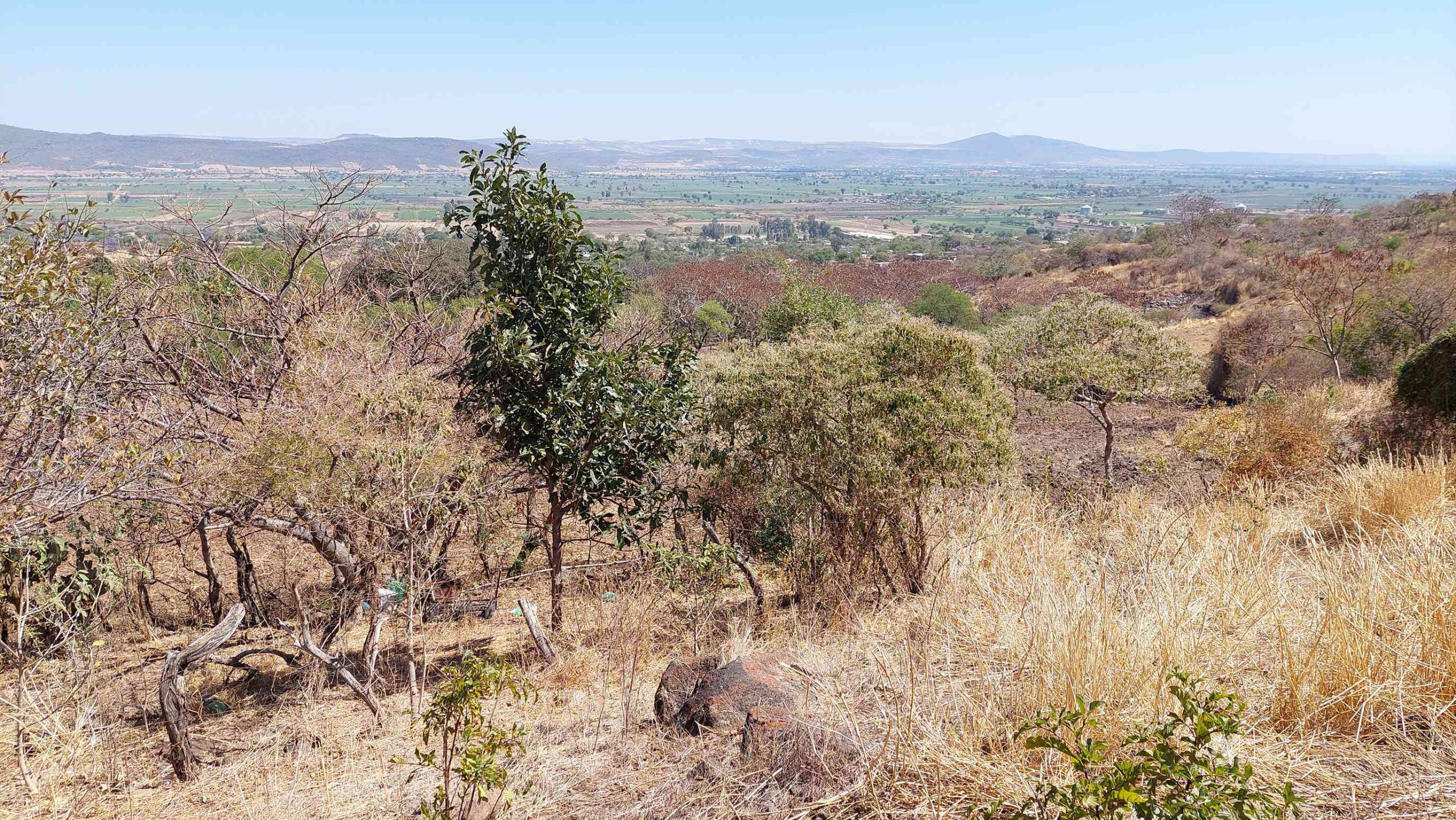
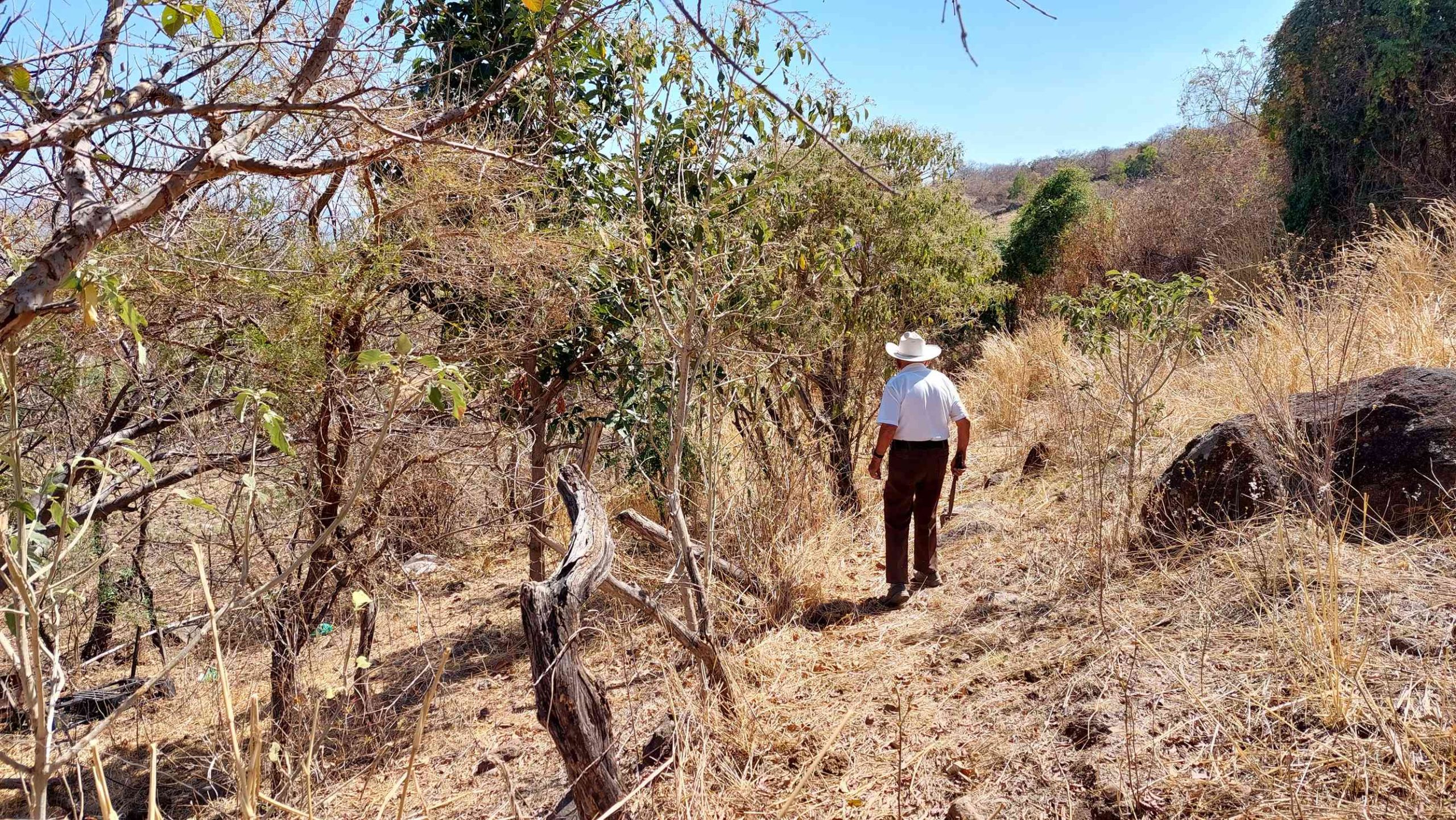
Image 33. Diversity even in the drought
Cerro el Venadito, San Miguel Zapotitlán, March 22, 2023.
(Ecuaro del tío Conrado) The peasants were expert makers of multi-species arrangements before monoculture. Ecuaros have been characterized as "agroforestry systems" where "a large number of perennial and annual plants, wild and domesticated, [as well as] species with different uses" coexist (Moreno-Calles et al., 2016: 5). In this, polycultures are different from monocultures, where the survival of wheat and corn is assured, but not of other species. Image 33 shows the living fence formed by timber and fruit species.
Image 34. Equaro and clearing
Cerro el Venadito, San Miguel Zapotitlán, March 22, 2023.
Before planting the cornfield, the farmer "cleans" the land. He cuts the species considered weeds, while tolerating other useful plants, with this action he creates the landscape from the existing biodiversity. Image 34 shows the nopal cactus, called blanco, which is highly valued in local cuisine for its flavor and texture.
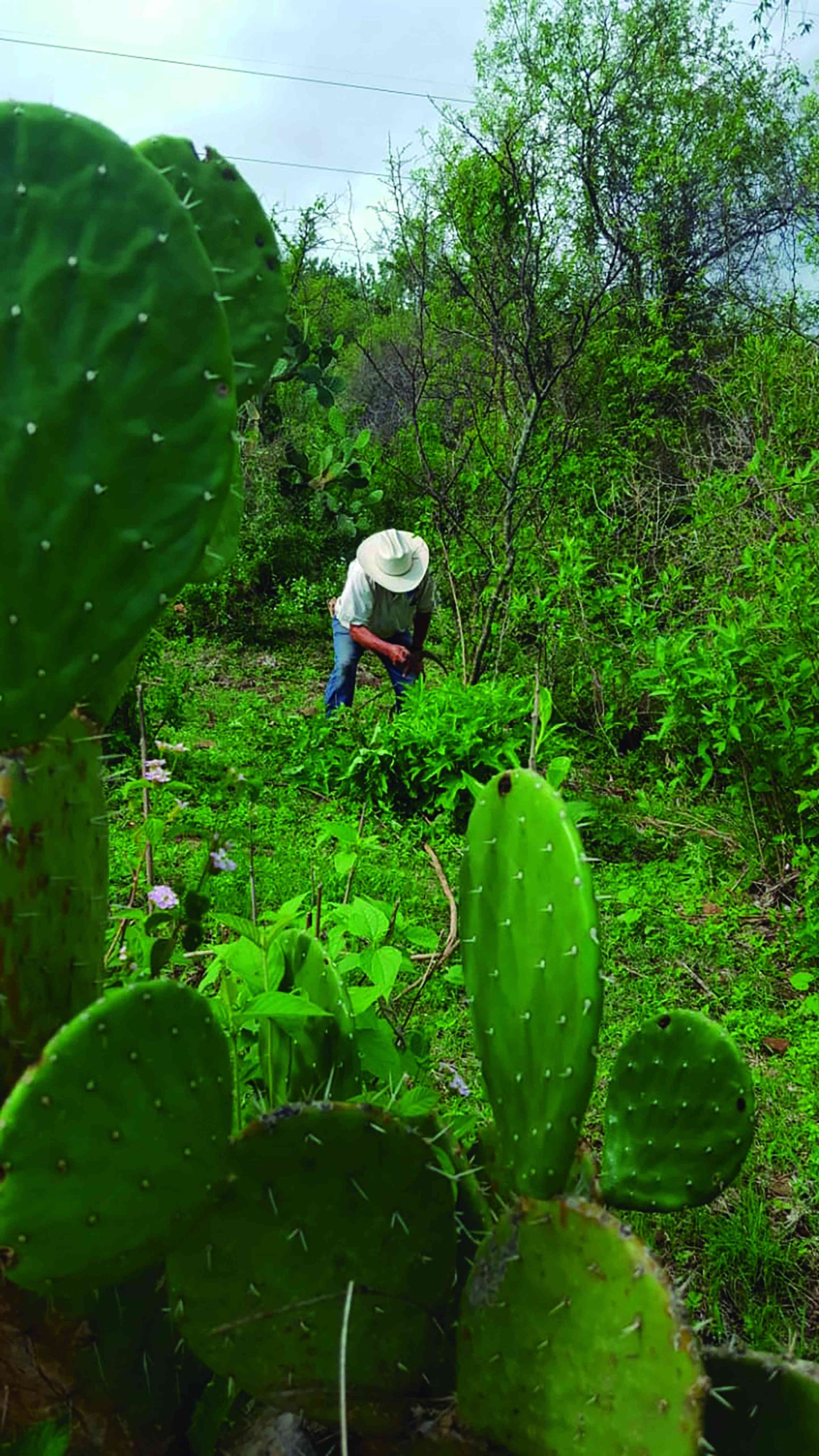
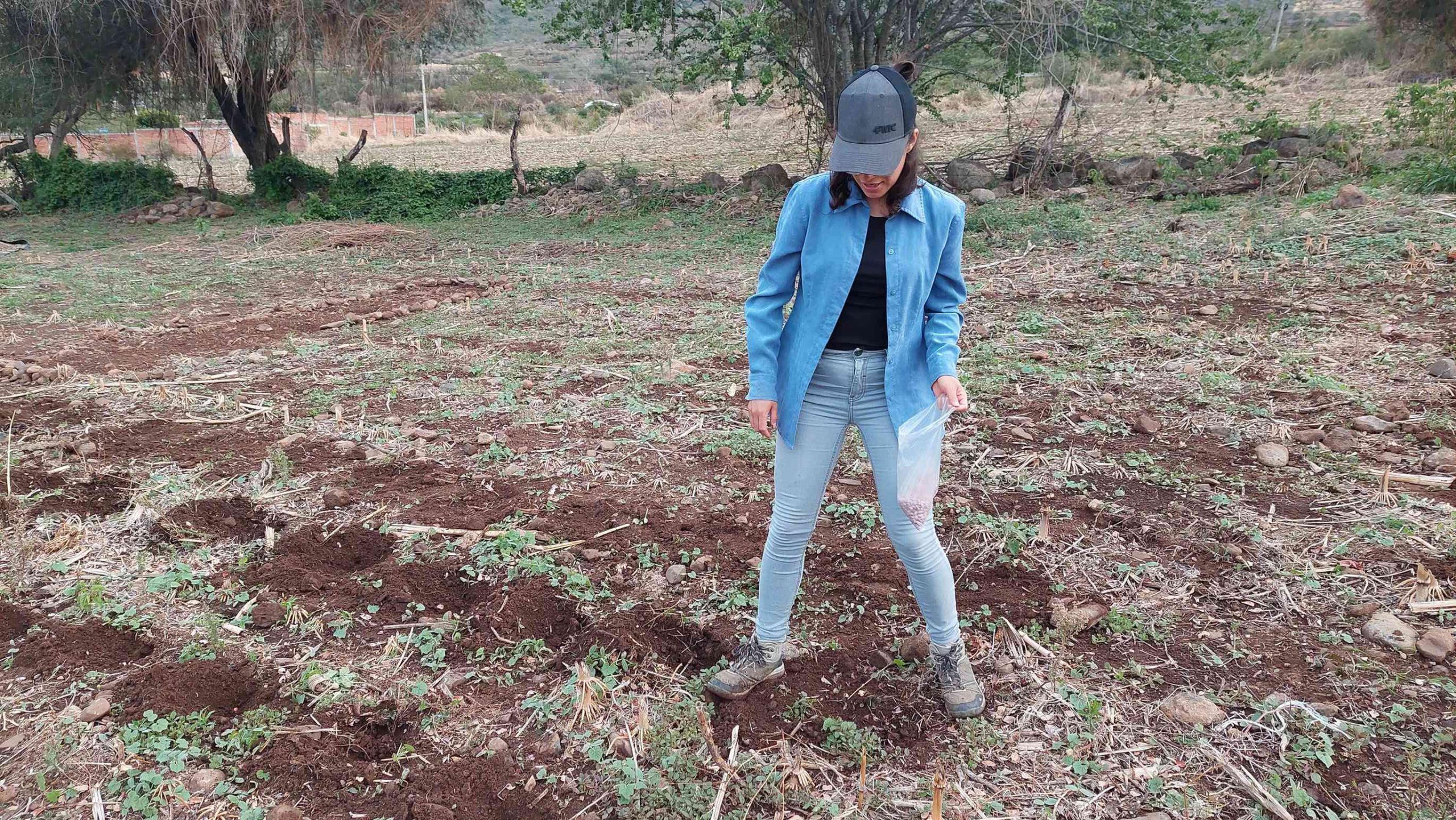
Image 35. New farmers
San Miguel Zapotitlán, June 16, 2022.
(Mariana planting a new ecuaro) The pandemic publicized the "return to nature" at the level of popular discourse. However, this phenomenon is relatively common in post-industrial societies where "neo-peasants" and "neo-artisans" claim local knowledge and praxis by returning to the rural world from the cities (Chevalier, 1998:176). In Image 34, Mariana covers up the holes - dug with a hand tool called a hoe - where she deposited the seeds in the hope of harvesting.
Old and new associations
San Miguel Zapotitlán, August 24, 2023.
(Association of corn, zinnias, pumpkins and beans) The new farmers learn to cultivate the milpa by listening to the teachings of the old farmers, but also through YouTube videos, which were filmed by people who practice permaculture in Chile or Spain. So the milpa becomes a laboratory of experimentation - as it has been for millennia - where new associations between living beings are assembled and global paths are traced that are different from those of monoculture.
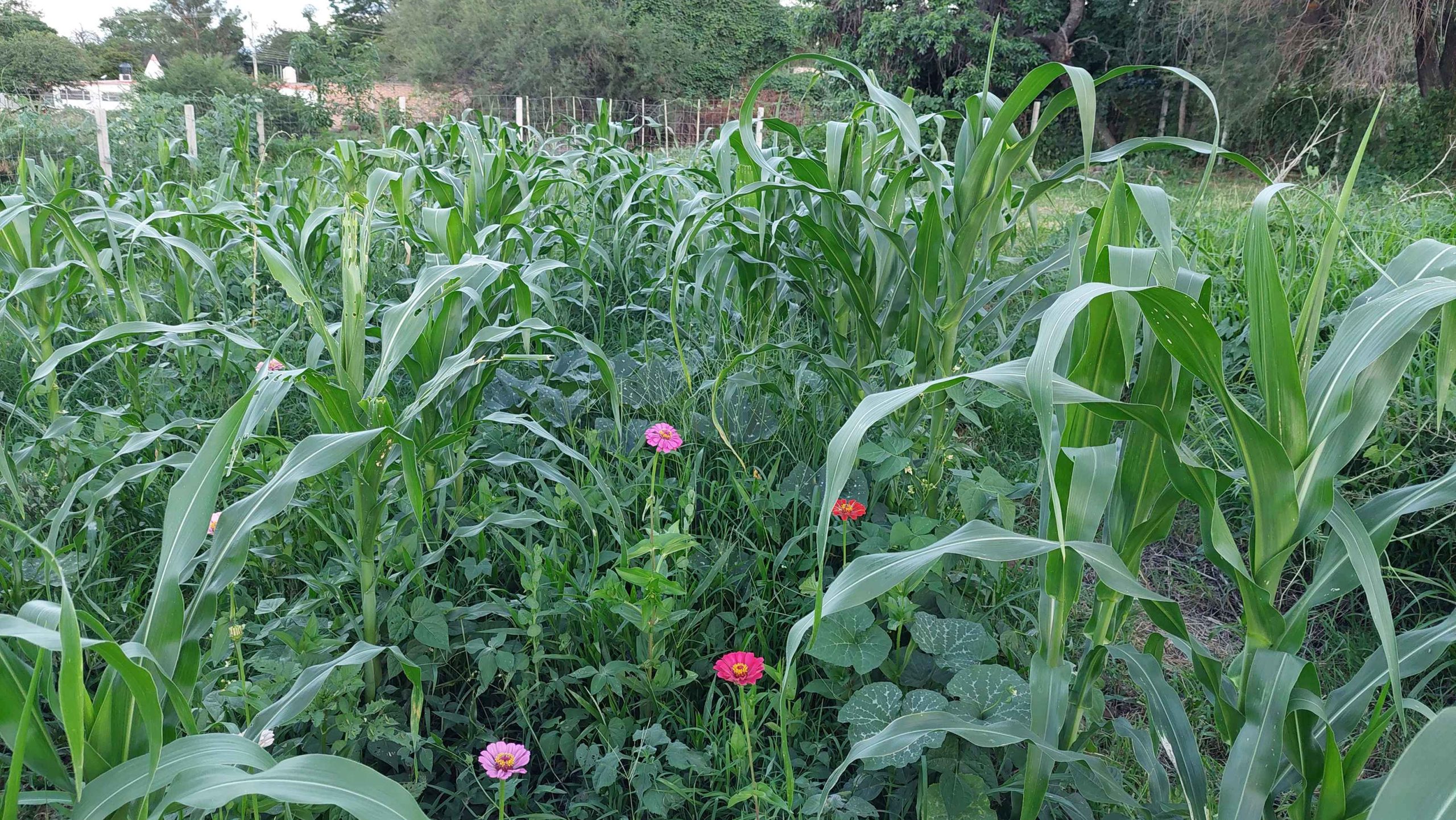
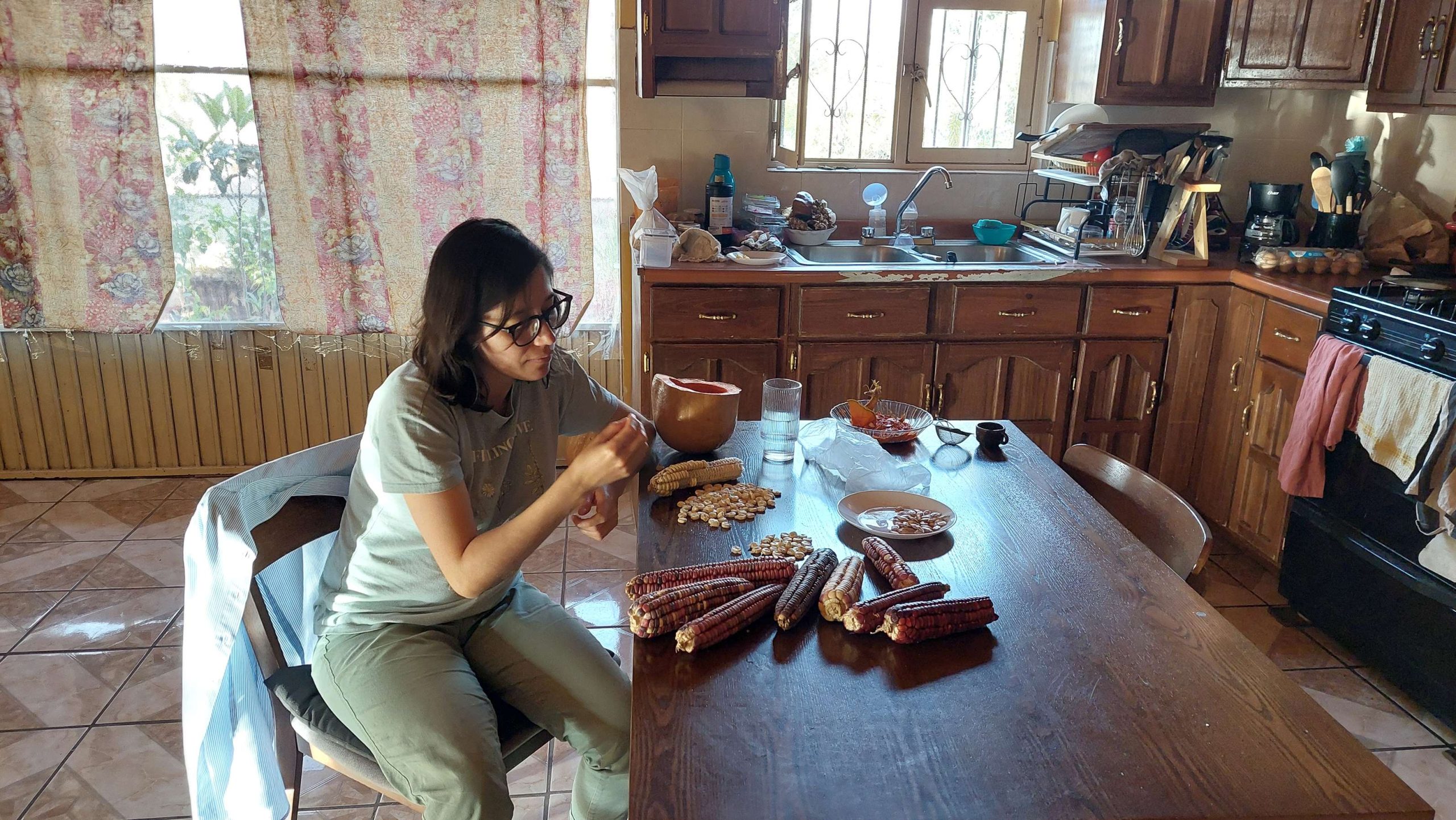
Image 37. Emotive seed selection
San Miguel Zapotitlán, March 9, 2024.
(Mariana selecting the seed) The seeds that are sown in ecuaro agriculture have been selected by farmers for dozens of years. Their genetic history is reason enough to promote their care. Even in the midst of this region where agriculture is becoming more and more technified and commercial, people conserve local varieties of bean, squash and corn seeds, and plant them wherever soil is available. This popular mode of seed conservation could ensure the preservation of native maize.
Image 38. The milpa beyond yields
San Miguel Zapotitlán, March 9, 2024.
(Pumpkin and its seeds next to multicolored cobs) An essential question in agrarian economic history is whether the milpa is productive. If one compares the harvest of the ecuaros with the yield of monocultures, the answer is no. The monoculture is designed to produce massive quantities of raw material for raw material for the monoculture. The monoculture is designed to produce massive quantities of raw material for industry. In comparison, there are not even accurate figures on production in ecuaros. But what is lost in quantity with polycultures, is gained in diversity and wholesomeness: the taste of pumpkins or corn without pesticides is unbeatable. And the relationships between humans and non-humans intensify around the cultivation and sharing of these foods.
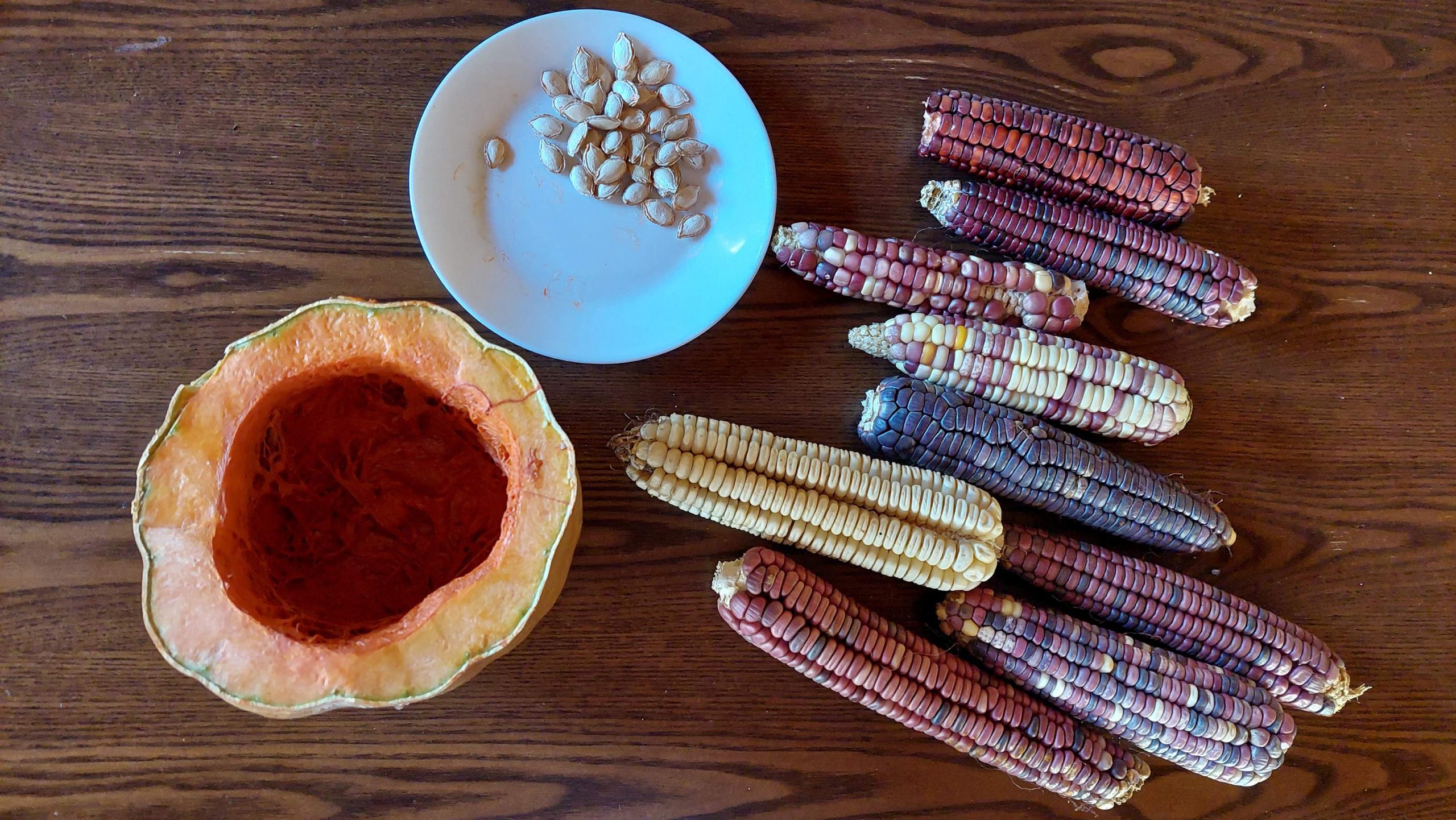
Bibliography:
Chemnitz, Christine, Katrin Wenz and Susan Haffman (2022), Pestizidatlas. Data and facts about the facts in the world.Heinrich-Böll-Stiftung; Bund. Friends of The Earth Germany; PAN Germany; Le Monde Diplomatique. Retrieved from: www.boell.de/pestizidatlas.
Chevalier, Michel (1993). "Neo-rural phenomena", in. L'Espace géographique. Spaces, modes of useSpecial issue, pp. 175-191. Retrieved from: https://www.persee.fr/doc/spgeo_0046-2497_1993_hos_1_1_3201
Clément, Gilles (2021). The garden in motion. Barcelona: Gustavo Gili.
Díaz Bordenave, Juan (1976). "Communication of Agricultural Innovations in Latin America.
The Need for New Materials," in Communication Researchvol. 3, no. 2, pp. 135-154.
García Solís, Georgina Iliana (May 8, 2020). Without shortage, blue agave becomes 3 thousand% more expensive. UDG TV. Retrieved from: https://udgtv.com/noticias/sin-desabasto-el-agave-azul-se-encarece-en-3-mil-/168584
Index Mundi (2024). Urea monthly price. Mexican peso per ton. Retrieved from: https://www.indexmundi.com/es/precios-de-mercado/?mercancia=urea&meses=60&moneda=mxn
Ingold, Tim (2000). The Perception of the Environment. Essays on Livehood, Dwelling and Skill.. London: Routledge.
Inzunza Mascareño, Fausto R. (2013). "Hybridization between teocintle and maize in the Ciénega, Jal., Mexico: narrative proposal of the evolutionary process," in. Journal of Agricultural GeographyNo. 50-51, pp. 71-97.
Marez, Curtis (2016). Farm Worker Futurism. Speculative Technologies of Resistance. Minneapolis: University of Minnesota Press.
Olsson, Tore (2017). Agrarian Crossings. Reformers and the Remaking of the US and Mexican Countryside.. Princeton: Princeton University Press.
Romero, Adam (2022). Economic Poisoning. Industrial Waste and the Chemicalization of American Agriculture. Oakland: University of California Press.
Warman, Arturo (2003). Corn and Capitalism. How Botanical Bastard Grew to Global Dominance. Chapel Hill: The University of North Carolina Press.
Global manifestations of the Israel-Palestine conflict in anti-war aesthetic images from around the world
Concern over the armed conflict unleashed on October 2023 in the area known as the Gaza Strip has led to mobilizations, takeovers of public spaces and performances around the world. Although it is part of a long-standing territorial conflict between two ethno-national groups, it has become a global concern for different student groups, religious, human rights and political activists who are speaking out against a war that has contravened international agreements and has increased hate speech and attacks on civil society - mainly children and women, the elderly and journalists.
During 2024, the war intensified and expanded its territorial radius beyond Palestine. This situation has given rise to multiple demonstrations that make use of ritualized symbolic expressions to demand a halt to the war and denounce the horrors it provokes. Pro-Palestinian committees have been formed in different cities to oppose the war and denounce what Amnesty International called genocide. On the other hand, tensions have also shifted to public spaces, which has led to police repression of protests.
Due to the importance of this topic in today's time, the magazine Encartes launched an open invitation to participate in the vi photography contest with images capturing objects, subjects, places, landscapes, symbols and aesthetics that have accompanied the mobilizations and demonstrations around the Israel-Palestine war conflict taking place in different universities, public squares, in front of embassies, in national festivities, in political and religious ceremonies and even in parades and other festivities.
The call stated that the images had to cover the following contents: to show the processes of aesthetic creativity that generate anti-war and anti-nationalist manifestations, denouncing violence, using not only words but also staging, installations and shots of emblematic sites and stylistic interventions of symbols, as well as the creation of an iconography of denunciation or the metaphoricity (deconstruction of signs of power) with which the conflicts of race, nation, ethnicity, territory, religion and gender are expressed.
The call was extended to visual artists, filmmakers, researchers, communities, collectives, students of social sciences and humanities to send their photographs accompanied by a descriptive title and caption data (emphasizing the event, the place where it took place, who are the participants and the date), and a short text explaining the expressive meanings of the demonstration.
The response was very good. We received 105 photographs from 21 participants. The photographs received document demonstrations around the Israel-Palestine conflict in nine different cities, showing the impact that this issue has had on a global scale: Guadalajara, Guanajuato, Mexico City, Tijuana, San Cristóbal de las Casas (Chiapas), Santiago de Chile, New York and Los Angeles (United States) and Uruguay. Due to the quality of the images and the strength of the situations they were able to capture with their cameras, it was not easy to make the selection and even less so to decide which ones would get the first places. Thus, we had to establish several criteria to make a selection of 17 photographs: first, we considered the quality of the photograph (framing, aesthetic composition, image resolution); second, we took into account the expressive force of the image (that in itself could generate a message); third, the members of the jury had in mind the narrative as a whole and tried to ensure that the photos chosen would allow us to form a visual narrative that would account for the diversity of situations, places and actors involved in the demonstrations. In this way we were forced to avoid repetition of content and to choose only one photograph when this happened. Five members of the editorial team participated in the selection committee.
We decided to award first place to Elizabeth Sauno's photograph, which shows a demonstrator depicting a Palestinian mother carrying a bloody baby in her arms. The photo was taken during the March for Palestine on December 17, 2023 in Mexico City. Second place was awarded to Rodolfo Ontiveros for the photograph "Fences" which generates the metaphor of the body as a territory lacerated by barbed wire; it was taken on September 5, 2024, during a demonstration on Paseo de la Reforma in Mexico City. We decided to award third place to two photographs: one by Charlie Eherman and the other by José Manuel Martín Pérez. The first author's depicts "Two men, a Palestinian (left) and an Orthodox Jew (right), show peace signs next to the White House in Washington D. C., USA, during a national demonstration" (June 8, 2024, Washington). The second photograph presents how the global action of solidarity with Palestine is articulated with the feminist demands that took place in the already named Plaza de la Resistencia in San Cristóbal de las Casas during the march of March 8, 2024, in the framework of International Women's Day.
Each of the four winning photographs documents a different face of the demonstrations, but, when seen together, they allow us to recognize that the shared symbols give a single voice to people of different nationalities who may not speak the same language. At the same time, they help us to recognize how their installation in different places deploys multiple enunciations, making photography a resource of metaphoricity as a productive matrix to redefine the social (Bhabha, 2011) from the pro-Palestinian demonstrations and against the war actions in the Gaza Strip.
The idea behind the photographic contests organized by Encartes seeks to assemble the images in order to generate a meta-narrative. Each image captures a different local scenario that, when put in relation, allows the narration of different realities articulated by a global aesthetic. These are articulated because they occur in the simultaneity of a historical time even though they are replicated in multiple distant places. At the same time, the singularity of each shot accounts for the multiplicity of actors, scenarios and symbolic expressions that are manifested there. The exercise allows us to circumvent the paradox of political homogeneity and heterogeneity of identity belonging.
The pro-Palestine movement is undoubtedly a transnational mobilization that has produced its own slogans and symbolism. These aesthetic marks and emblems are the lingua franca that articulates a global communitas of an imagined moral community that shares values, although they will never meet or interact face to face (Anderson, 1993); that has in common a sense of grievance and at the same time a sense of commitment. Different pro-Palestinian committees exist in different countries, cities and towns. The slogans of denunciation and symbols are shared representations and build a single voice in simultaneous time throughout the world. For example, kite flying is already an act of empathy with the children of the Palestinian people; the use or representation of the kufiya covering head and neck is already a distinctive element of the Middle East and wearing it places the enunciation of an activist body. The watermelons, whose colors match the Palestinian flag, go hand in hand with the choruses and banners of free Palestine, as do the Palestinian flags.
The interesting thing about representation is that these symbols do not appear in a vacuum: they dress bodies, they are installed in key scenarios to intervene places. The symbols have acquired a powerful metaphoricity with dissident force. For example, the kite reaches its flight in the emblematic building of the National Autonomous University of Mexico or flying over the concrete slab of Mexico City's zocalo (photo by Dzilam Méndez Villagrán). The flag is placed on the sand of a beach, metaphorically restoring the slogan "From the river to the sea" (photo by Pilar Aranda). The flag is intervened with the phrase "Nunca más, nunca nadie" and "ni un@ más" by a Jewish population that places the slogan of opposition to the holocaust on the Palestinian flag, to generate a hybrid of opposition to the war and to dissociate itself from Zionism (photos by Charlie Eherman).
The flag is used to conquer territories. Its placement constitutes representativeness in a regime of unrepresentability (Rancière, 2009). In the different photos selected, the flag generates a regime of visibility of solidarity for Palestine that, when placed in iconic places such as monuments, acquires a metaphorical enunciative power: In front of the Angel of Independence on Reforma Avenue in Mexico City (photo by Elizabeth Sauna), in front of the Glorieta de la Minerva (symbol of justice) in Guadalajara (photo by Christophe Alberto Palomera Lamas), placed on the border wall that divides Mexico and the United States today in what used to be the same territory inhabited by families that were divided by the wall (photo by Marco Vinicio Morales Muñoz). It even extends the enunciation of genocide to other realities, as is the case with the placement of the sign "Stop genocide" on the wall that divides Mexico from the United States (photo by Priscilla Alexa Macías Mojica), extending the clamor to the tightening of immigration policies. Symbols also move to occupy spaces and change their vocation, such as the emblematic Central Station in New York, taken over by demonstrators from the Jewish community (photo by Charlie Eherman); or their presence in the plaza of San Cristobal de las Casas (photo by Jose Manuel Martin Perez) with a wooden cross in the background, representing the indigenous Catholicism of the area.
The flag transgresses territorialities that also leave their territories traced by the States to configure mini-domains in other countries. This is the case of embassies. The photographs of a demonstration outside the Israeli embassy reproduce scenarios and experiences of violent confrontation (photo by Gerardo Vieyra). We see homemade bombs, police fences, fire, fallen bodies. This did not happen in Gaza, but in Mexico, in the territory of the Israeli embassy; but also in the center of Mexico City, in front of the Guardiola building, which houses the Bank of Mexico (photo by Ana Rodríguez). Territories are made by practicing them and the doors of the Guadalajara International Book Fair during the last month of November acquire the notoriety of an international forum and, therefore, of visibility beyond the local (photo by Pilar Aranda).
Symbols linked to different bodies also generate intersections between various activisms: they gain and expand the demands when they are linked to the feminist movement or when they are articulated with the demands for the recognition of transsexuals; or the resymbolization achieved by placing the already recognized mustache of Hitler, the exterminator of the Jews, on the portrait of Benjamin Netanyahu, current Prime Minister of Israel.
We invite you to sharpen your gaze to read the multiple realities generated by the aesthetic interventions in favor of Palestine captured by the lenses of photographic cameras and, at the same time, to allow yourself to enjoy the marvelous photos that make up this visual essay.
Renée de la Torre
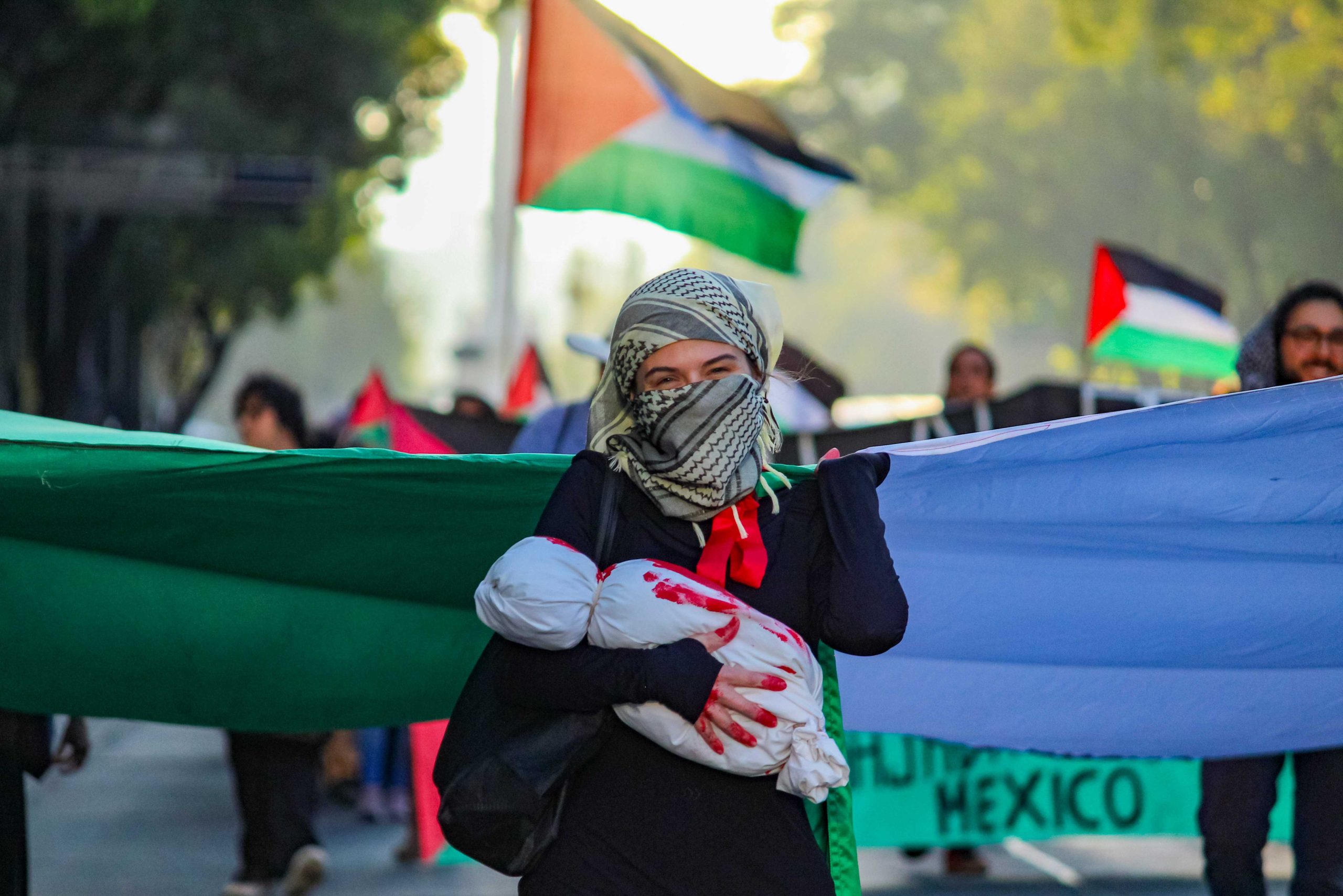
March for Palestine 17 Dec 2023 CDMX
Elizabeth Sauno, Mexico City, December 17, 2023.
Mobilization in solidarity with Palestine, from the Angel of Independence to the Zocalo, Mexico City.
Fences
Rodolfo Oliveros, Paseo de la Reforma, CDMX, September 5, 2024.
Two young men march through Palestine holding hands; the body is the territory encircled by the State of Israel.
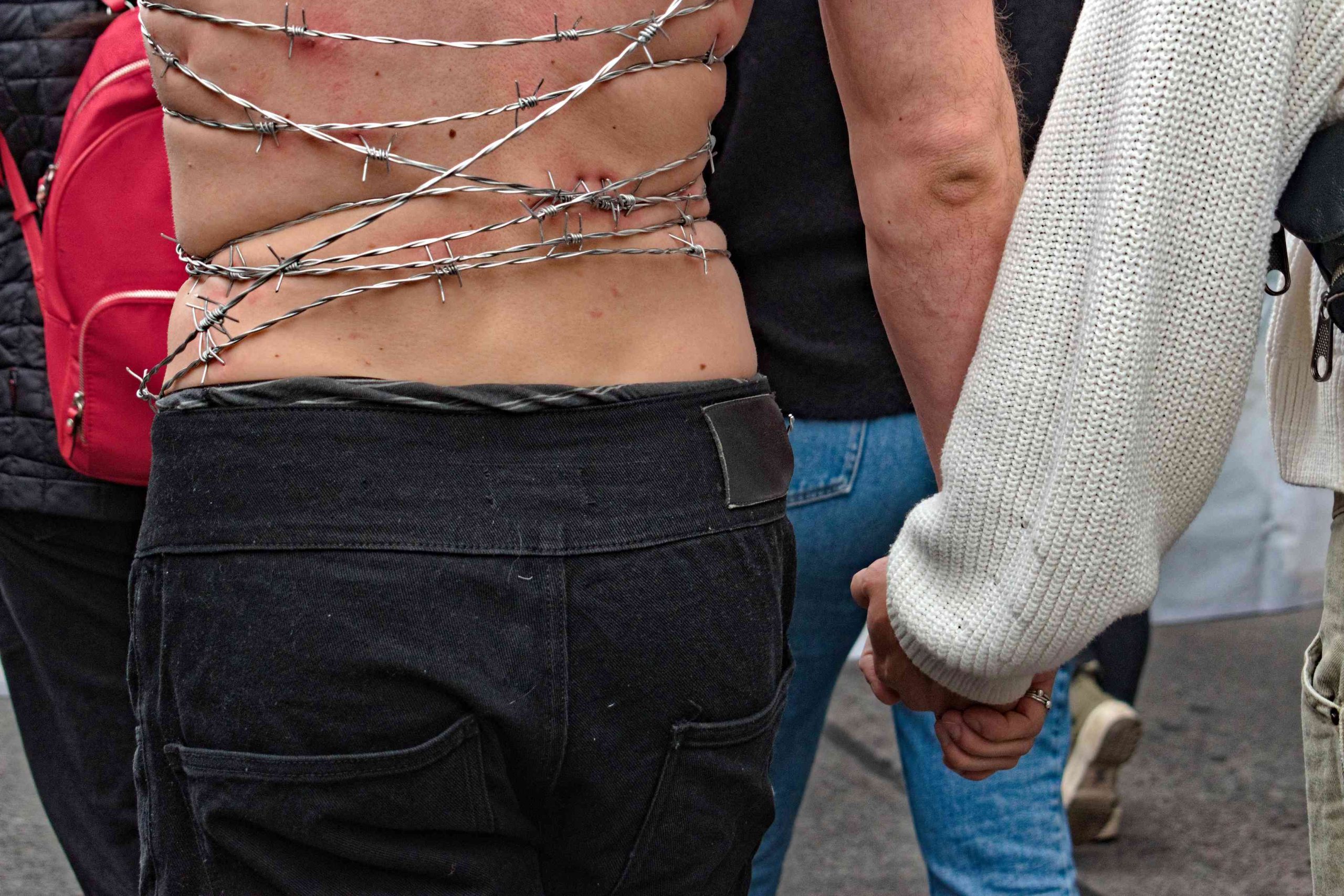
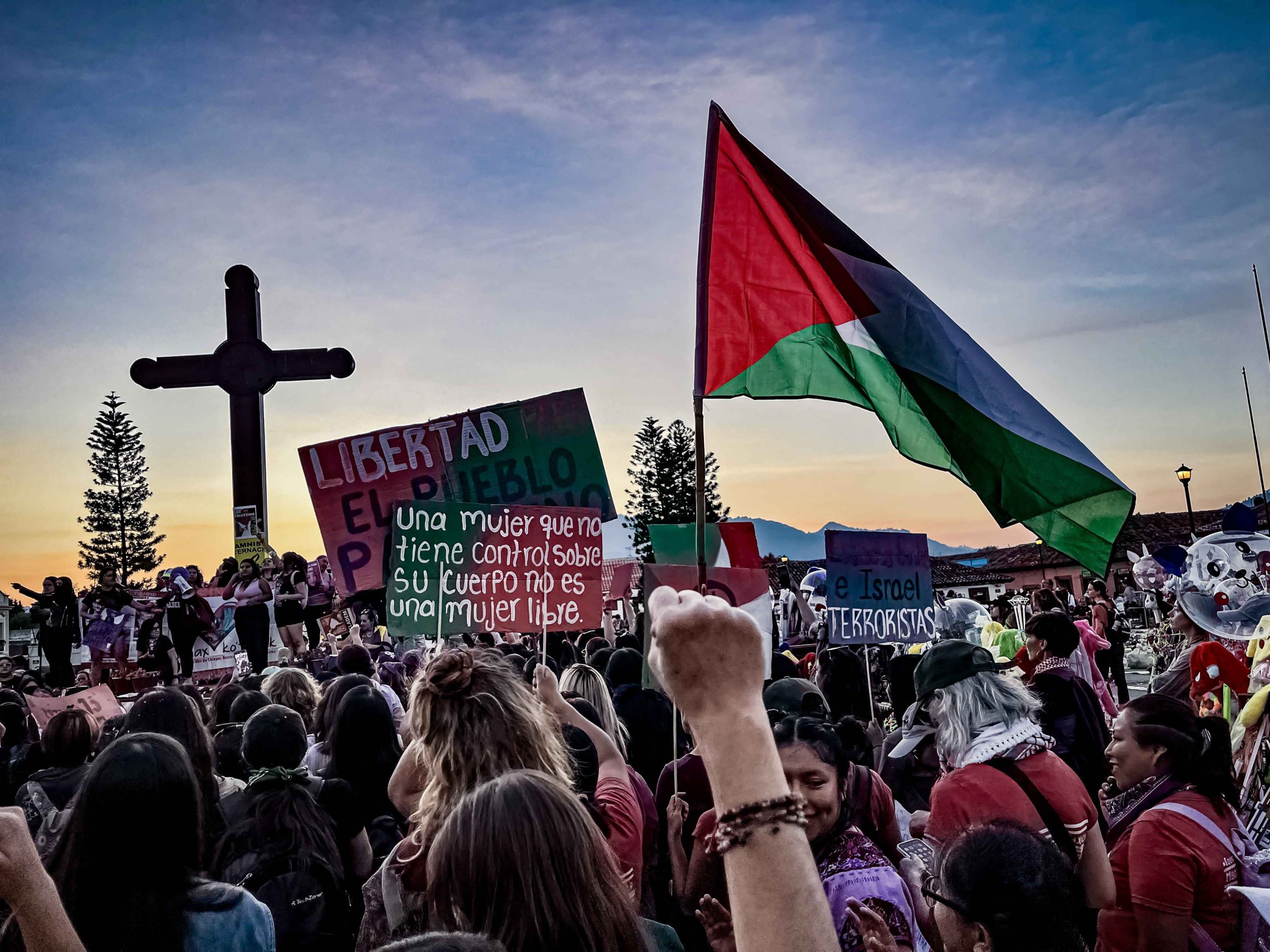
One year of genocide, 76 years of occupation.
José Manuel Martín Pérez, Plaza de la Resistencia, San Cristóbal de Las Casas, Chiapas, Mexico, March 8, 2024.
On March 8, in the framework of International Women's Day, the feminist movement in Chiapas joined the global action in solidarity with Palestine.
Symbols of peace in the capital.
Charlie Ehrman, Washington DC, June 8, 2024
Two men, a Palestinian (left) and an Orthodox Jew (right), display peace signs next to the White House in Washington DC, USA, during a national demonstration.
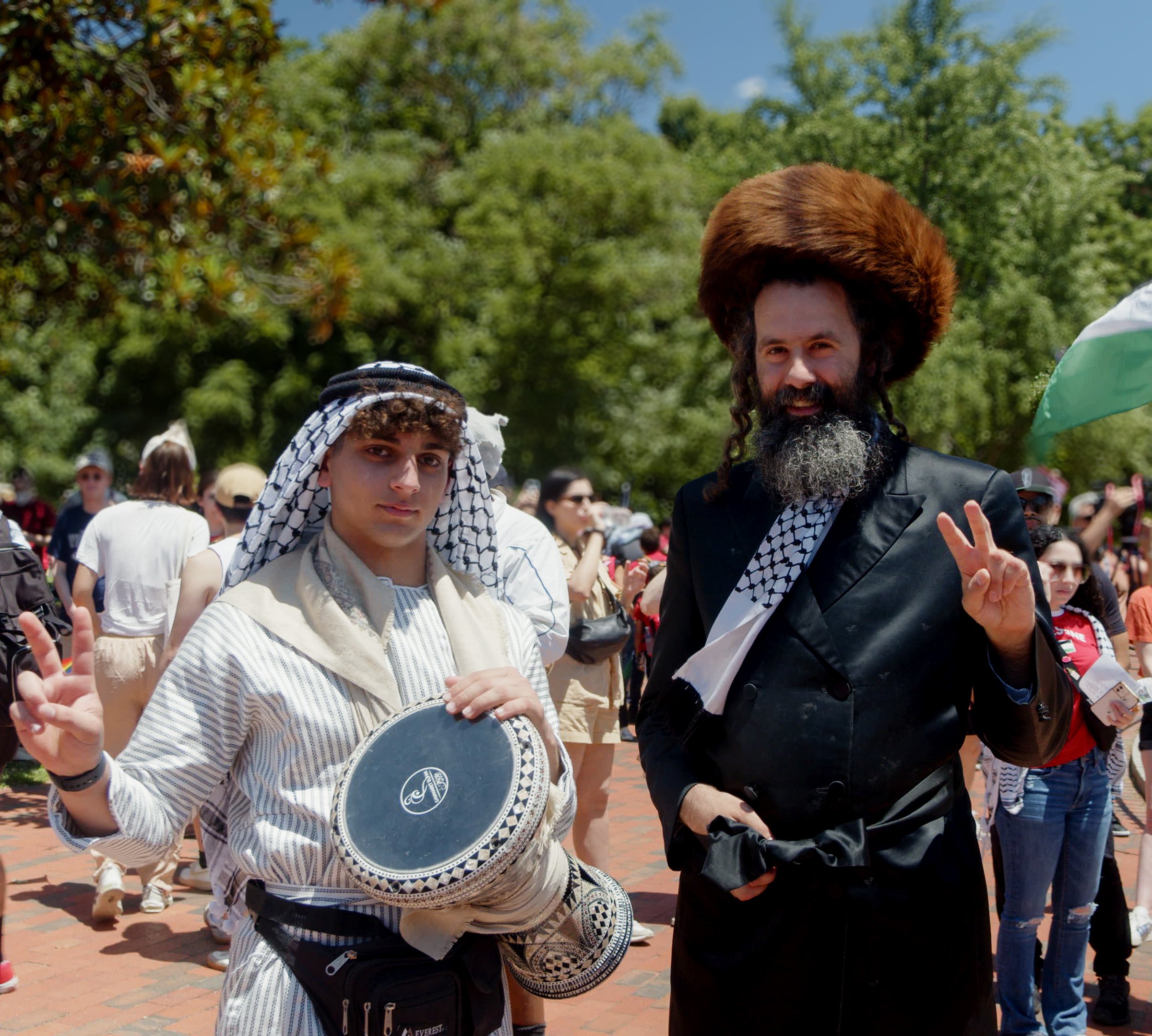
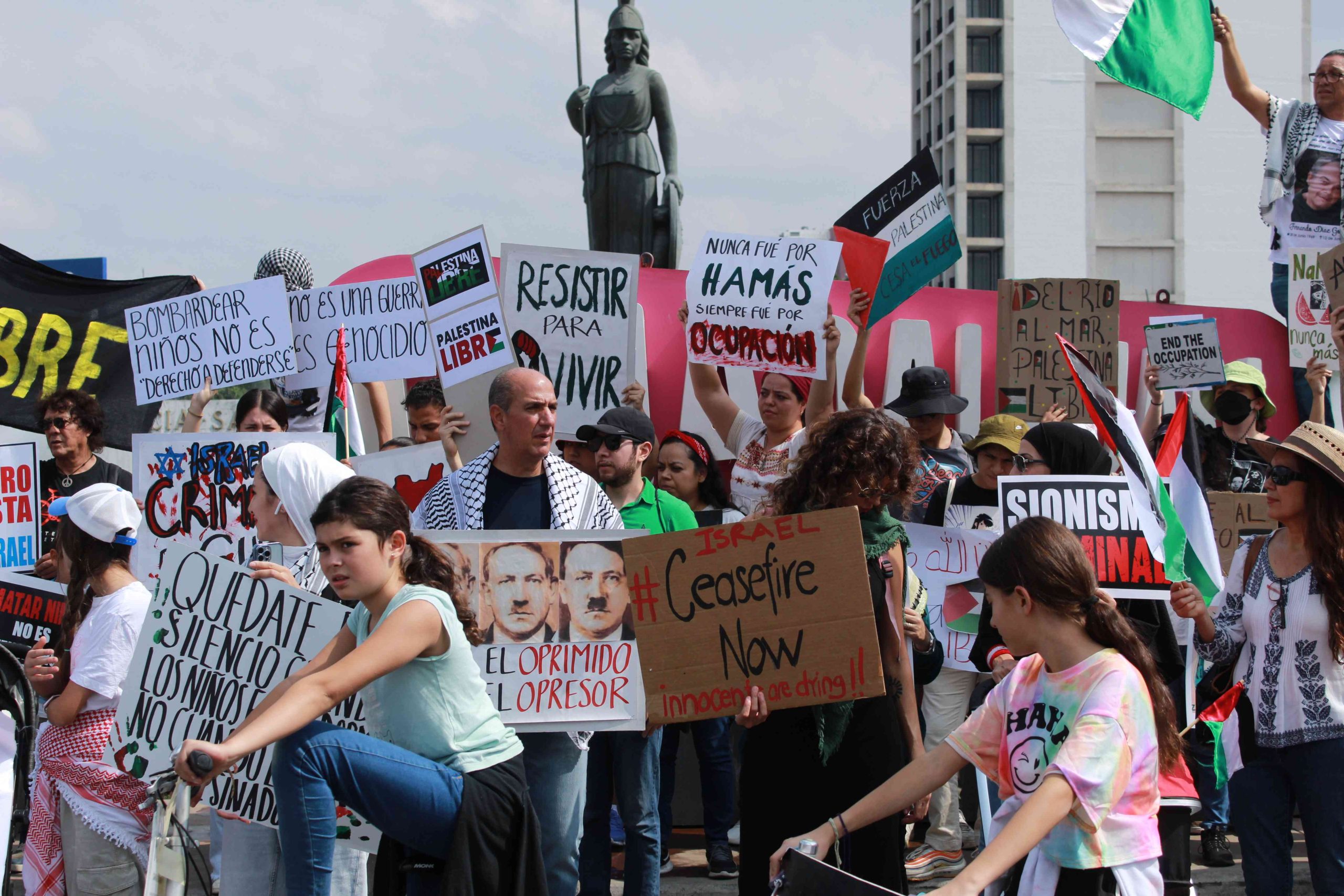
Pro-Palestinian Minerva
Christophe Alberto Palomera Lamas, Mobilization in solidarity with Palestine. Glorieta la Minerva, Guadalajara, Jalisco. Committee of Solidarity with Palestine GDL. November 12, 2023.
La Minerva, an emblematic symbol of Guadalajara, has been a meeting point to celebrate the identity of Guadalajara, but also to protest. Spectator of the search for justice and strength gives opening to the first mobilizations of the Committee of Solidarity with Palestine GDL. November 12, 2023.
Boy with kite in the Zócalo square
Dzilam Méndez Villagrán, Mexico City Zócalo, January 14, 2024.
A symbolic act to express support for the children of Gaza through the making of kites, held in the Zócalo square in Mexico City.
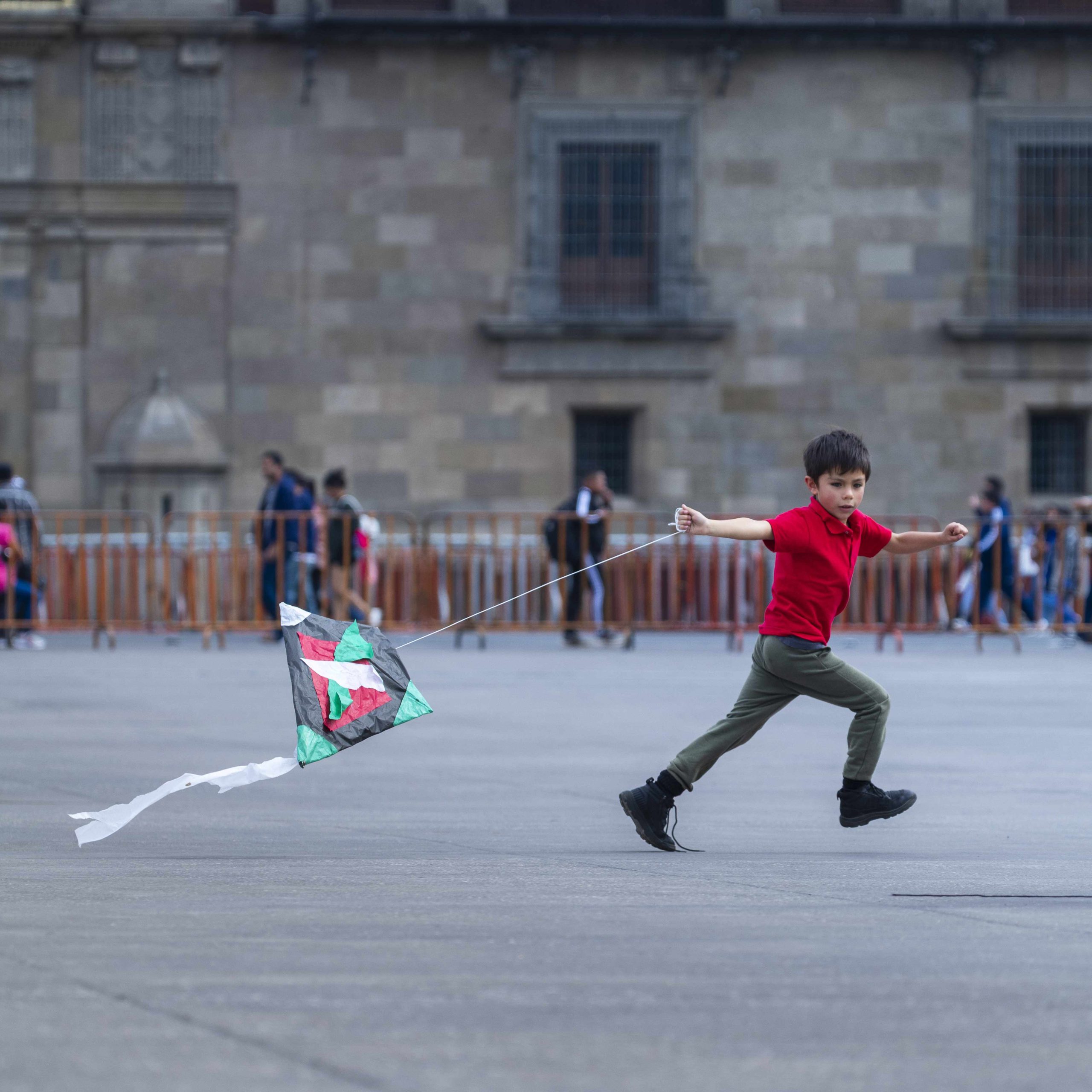
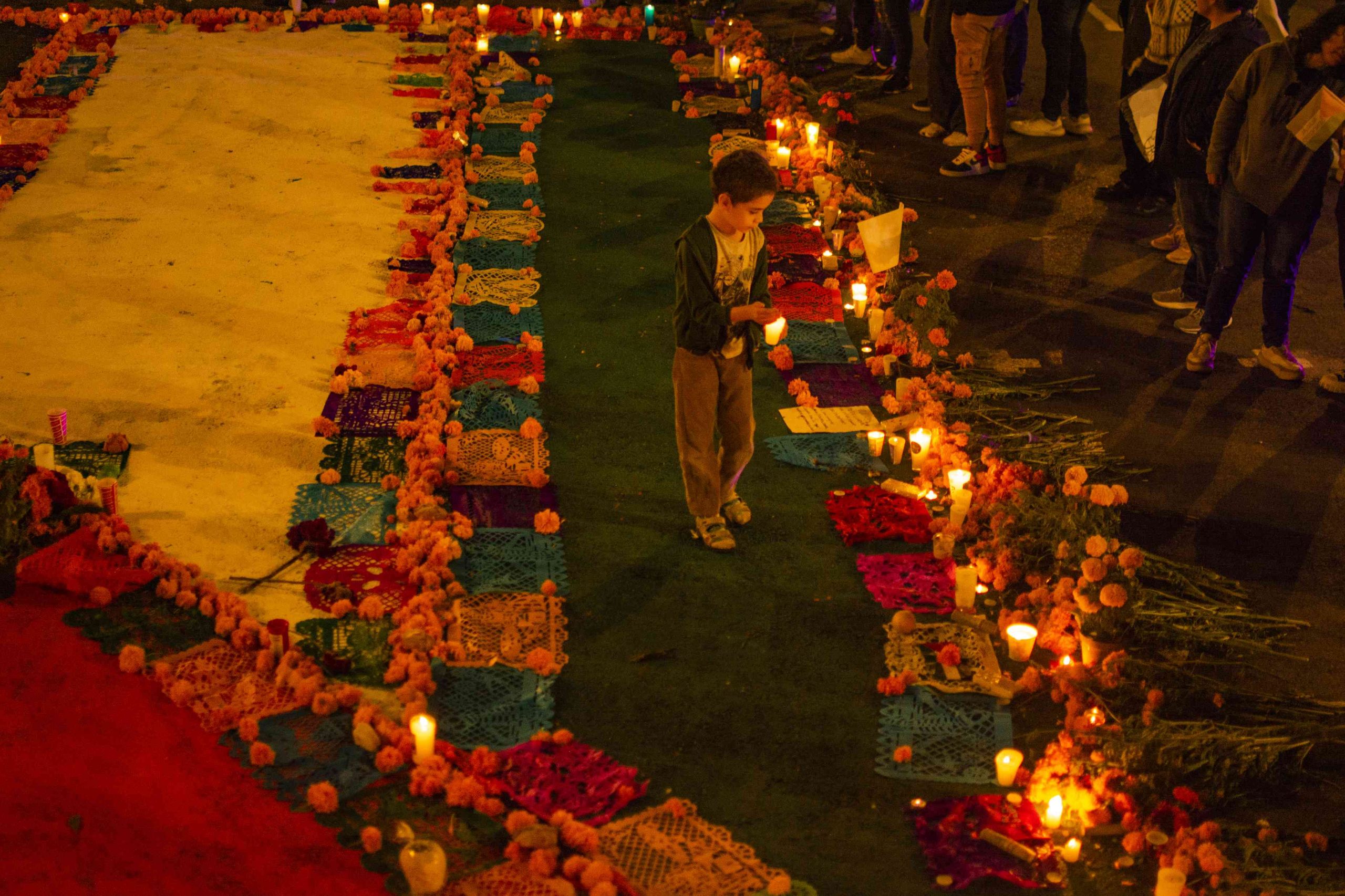
A light for Palestine
Sandra Suaste Avila, Mexico City, November 5, 2023.
A group of academics and activists demonstrate and offer cempasúchil flowers, candles, bread and the wish for an end to the violence in the Gaza Strip. Mexican women remember Palestinian women.
Stop genocide
Priscila Alexa Macías Mojica, Tijuana, Baja California, June 1, 2024.
Poster placed on the U.S.-Mexico border fence in a cross-border art and community activity.
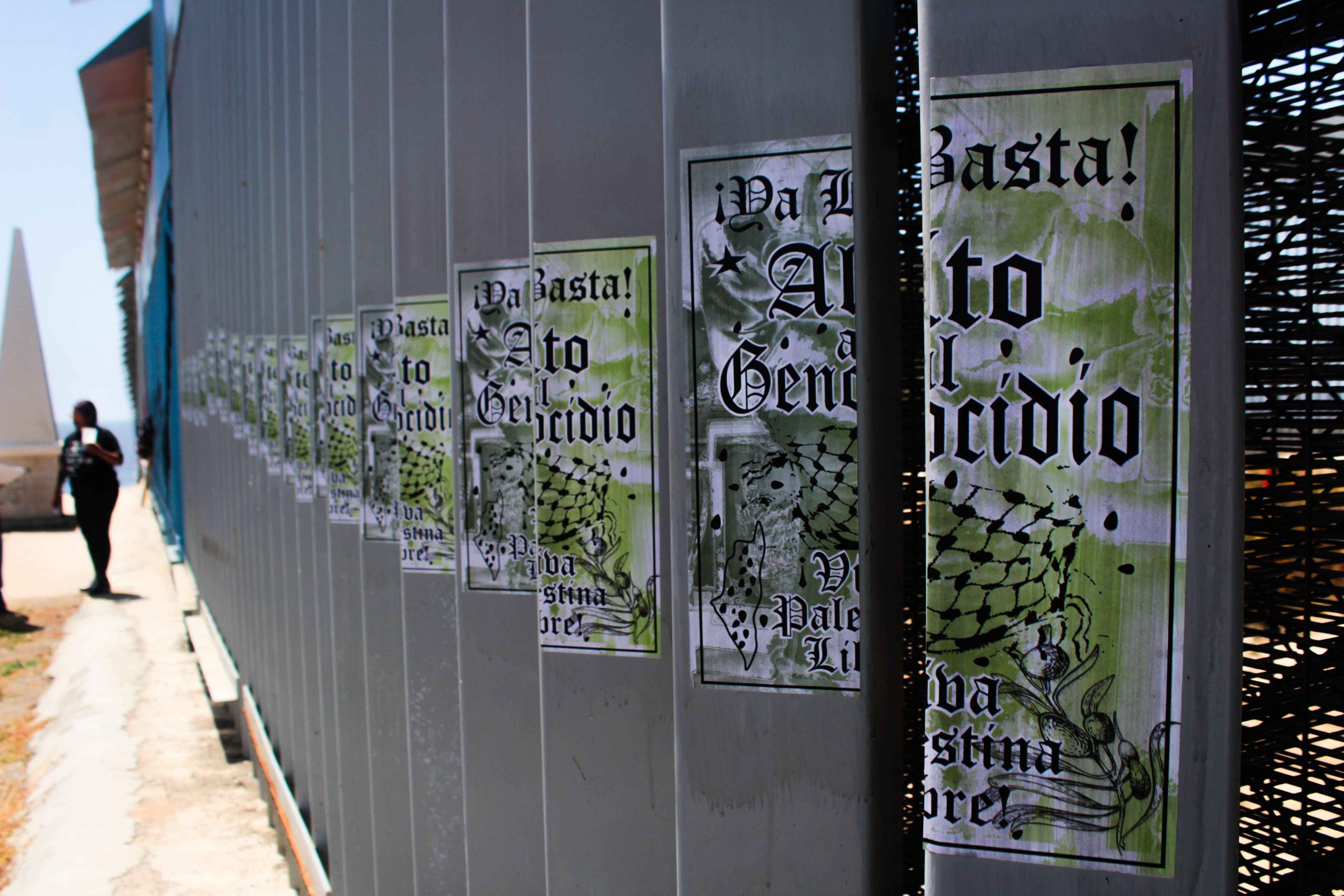
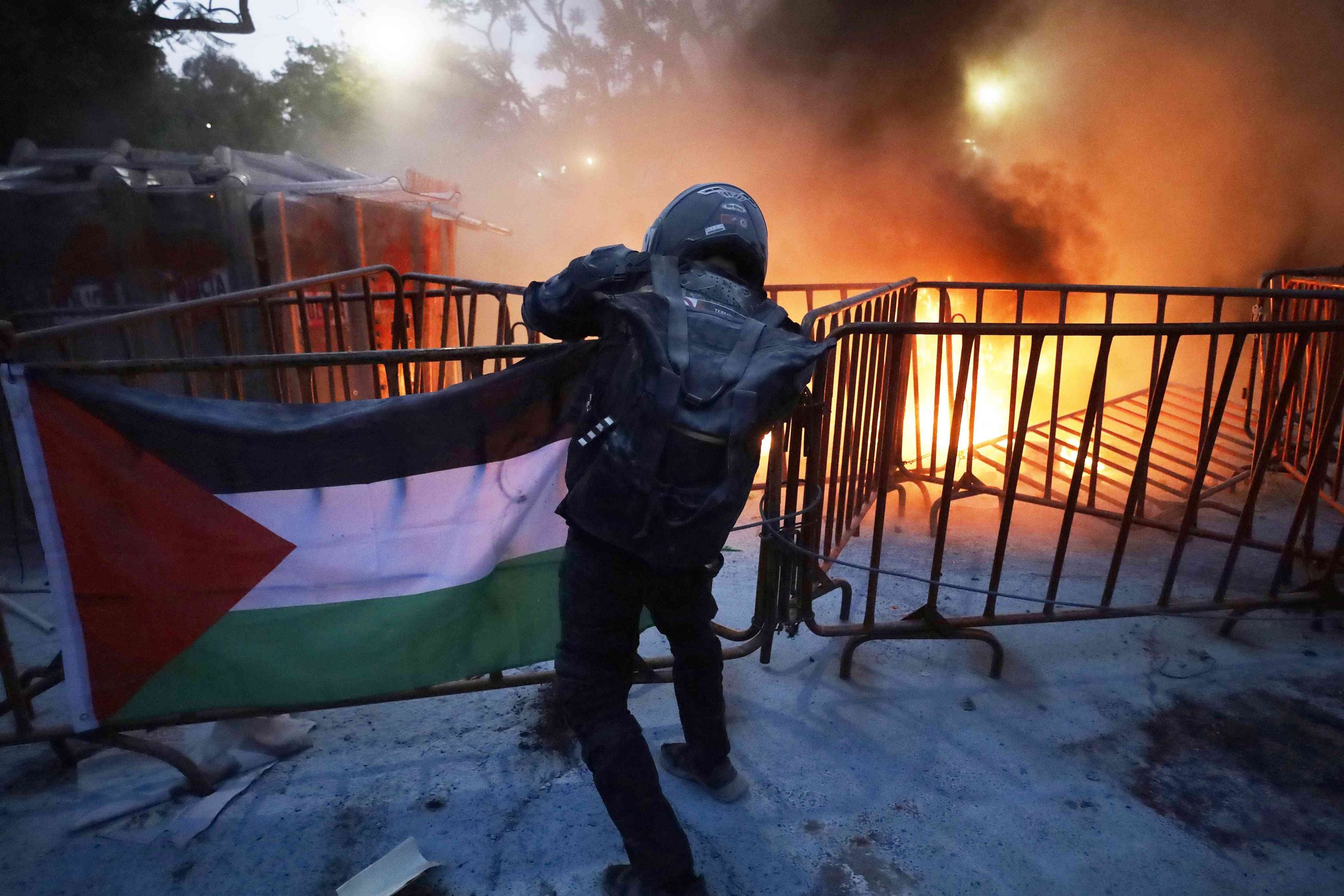
Global action for Rafah in Mexico
Gerardo Vieyra, Mexico City, May 28, 2024.
On Tuesday, May 28, 2024, students from various universities and social organizations in support of Palestine, demonstrated outside the Israeli Embassy in Mexico City, in rejection of the Israeli attacks that arrived that day to the center of Rafah, south of the Gaza Strip, the same day that Ireland, Spain and Norway recognized the State of Palestine and despite international condemnation for a bombing of a camp for displaced persons. According to data from human rights organizations, more than 46,000 people have died in Palestine and a large number of people have been wounded with serious health repercussions.
Looking down on the resistance from the 10th floor.
María Fernanda López López, UNAM Ciudad Universitaria, Mexico City, May 2024.
View of the encampment and monumental painting written on the esplanade of the central library of the UNAM, carried out by the members of the university student encampment in support of Palestine.
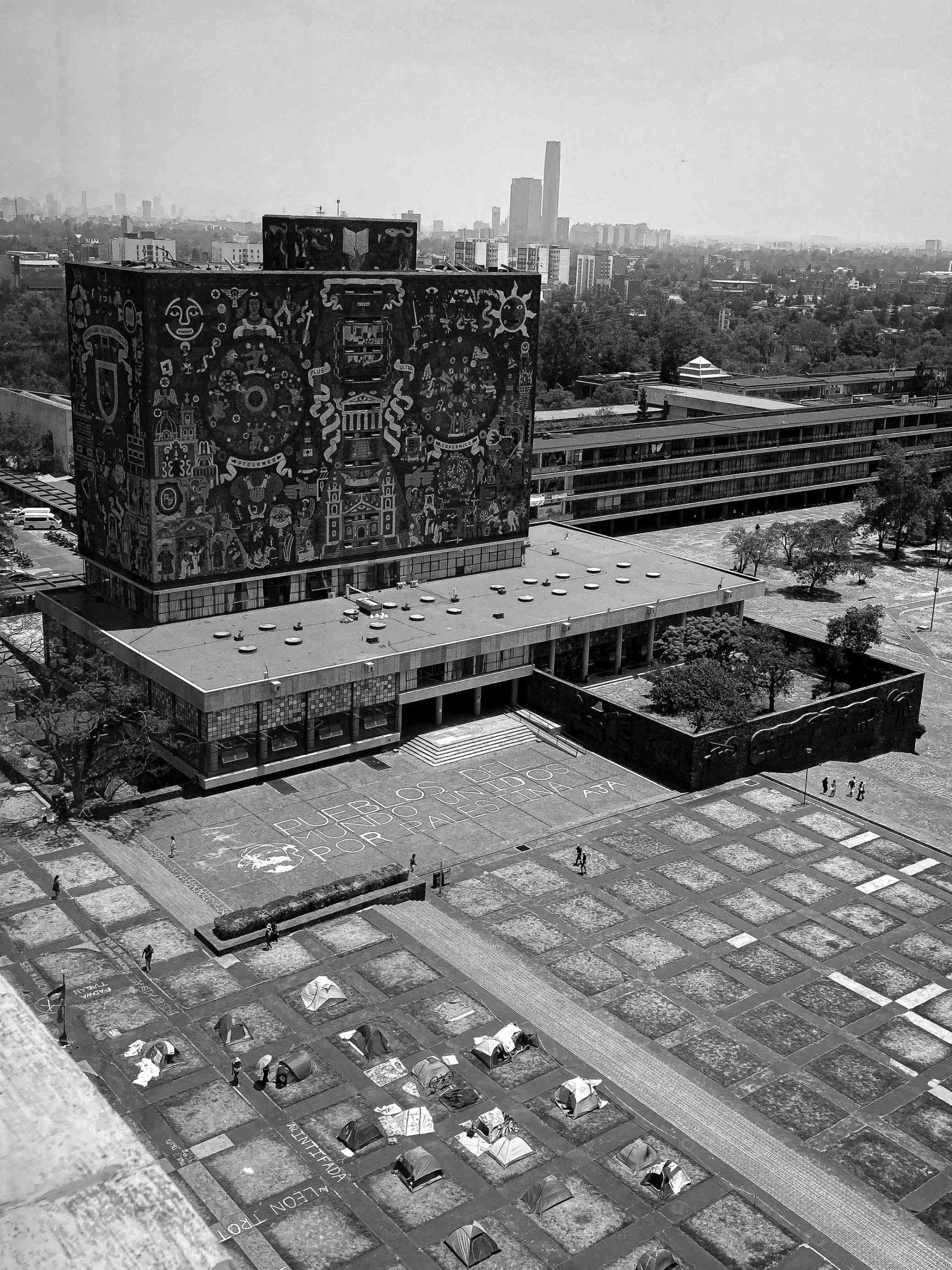
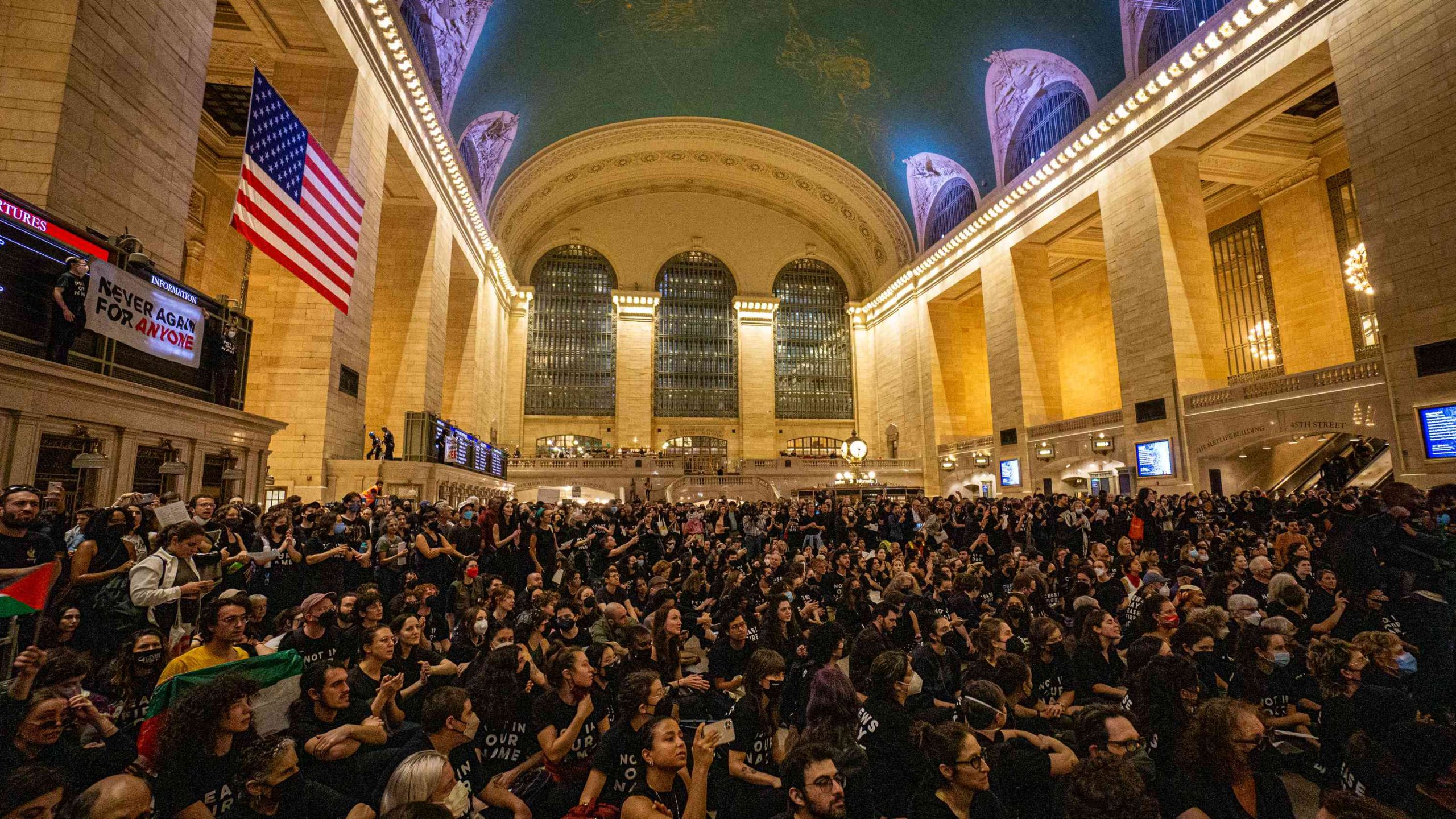
A break at Grand Central, no more war.
Charlie Ehrman, Manhattan, New York, October 27, 2023.
Hundreds of demonstrators from the Jewish Voice for Peace organization occupied the concourse of Grand Central Station in Manhattan, New York, to stop passenger traffic and demonstrate for a cease-fire in the conflict between Israel and Hamas.
March 8M CDMX
Elizabeth Sauno, Mexico City, March 8, 2024.
During the March 8 march in Mexico City, there were contingents in solidarity with Palestine, where sexual dissidents showed their support for the Palestinian cause.
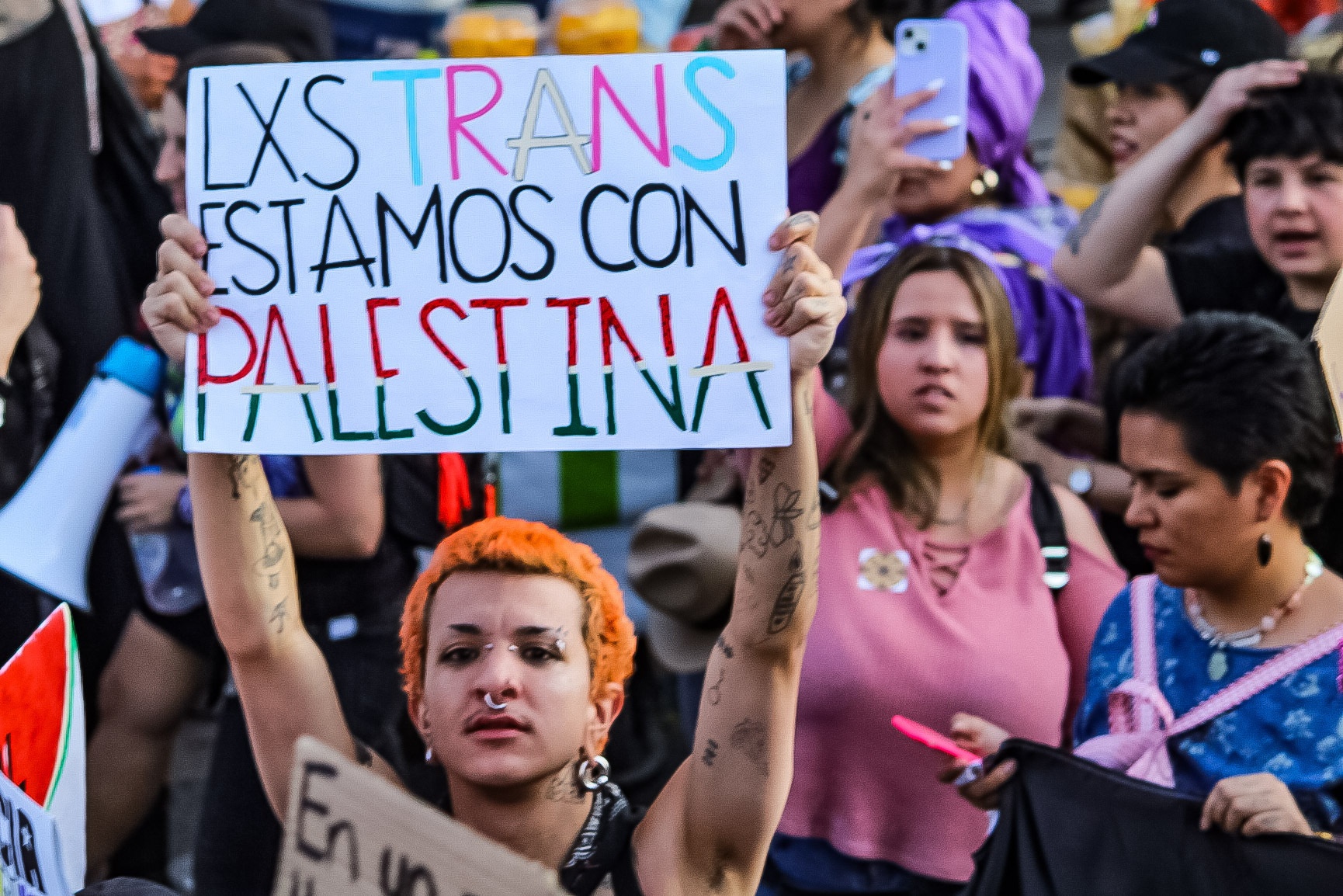
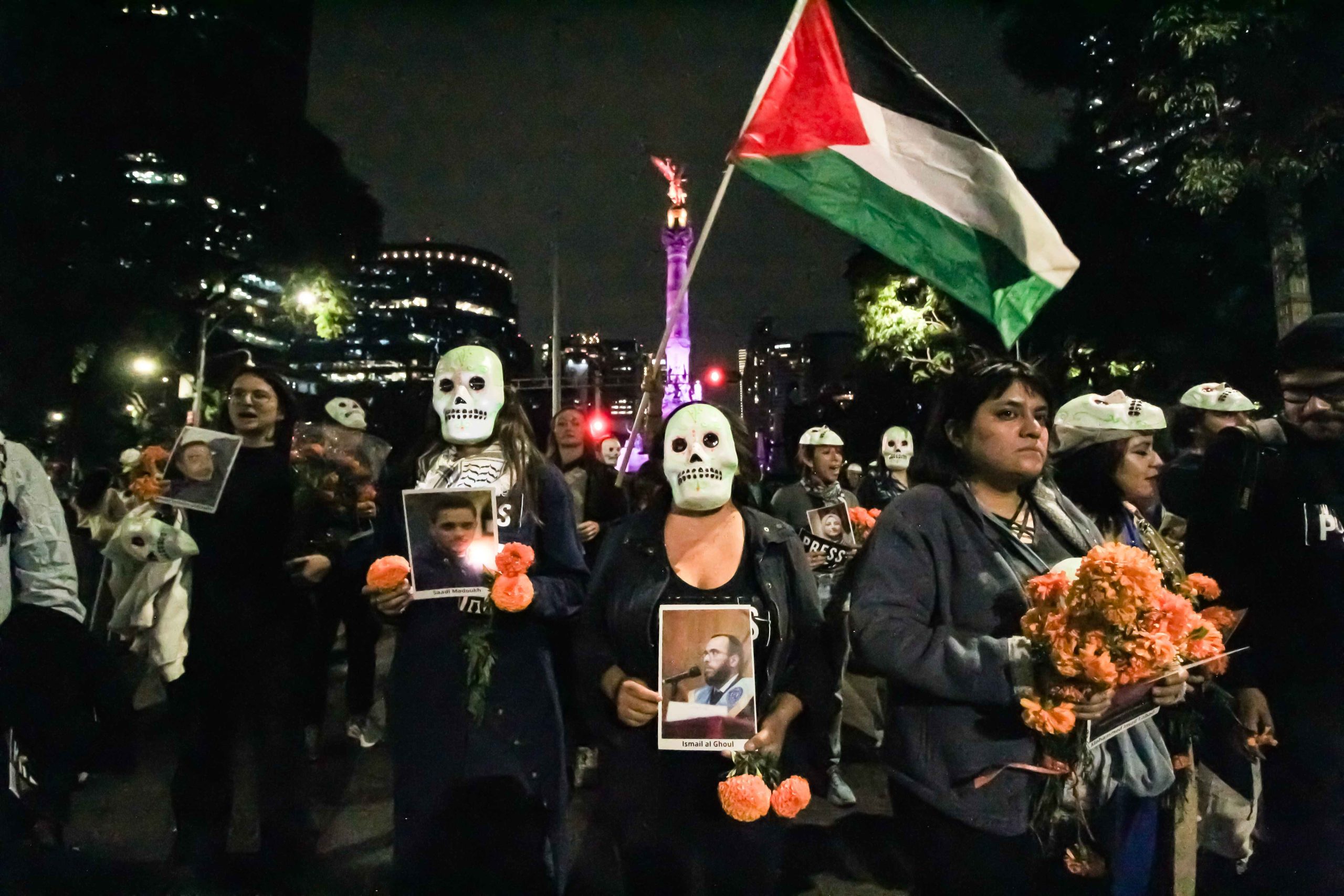
Day of the Dead CDMX 30 Oct 2024.
Elizabeth Sauno, October 30, 2024, Mexico City.
As part of the Day of the Dead, journalists gathered at the Angel of Independence to make visible the journalists who have lost their lives in the coverage of Israel's military escalation against the Palestinian people.
Stop genocide, a collective cry.
Ana Ivonne Rodríguez Anchondo, Mexico City, May 15, 2024.
Youth in front of police blockade at the Guardiola building, during the demonstrations for the 76th anniversary of the Palestinian Nakba, in Mexico City.
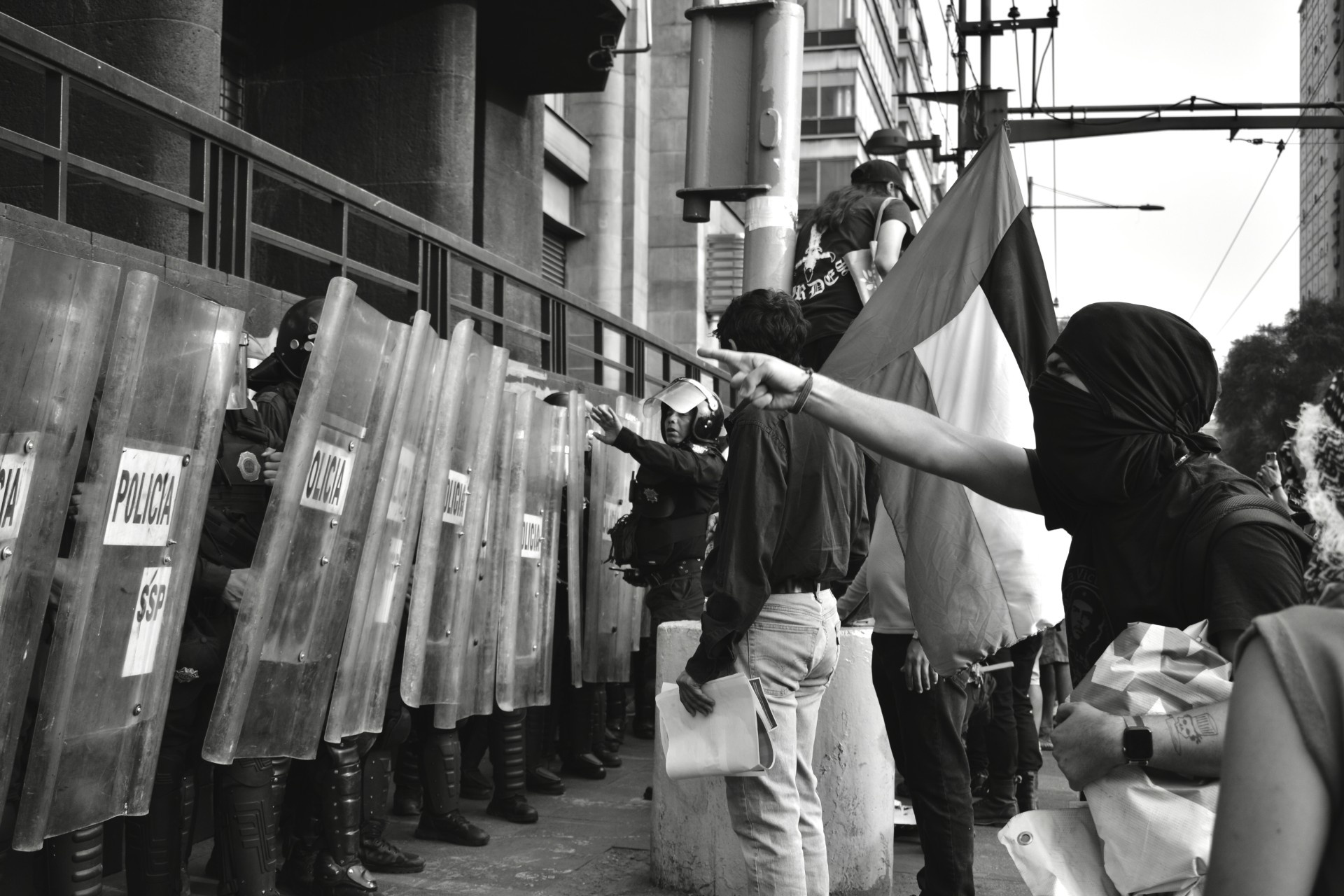
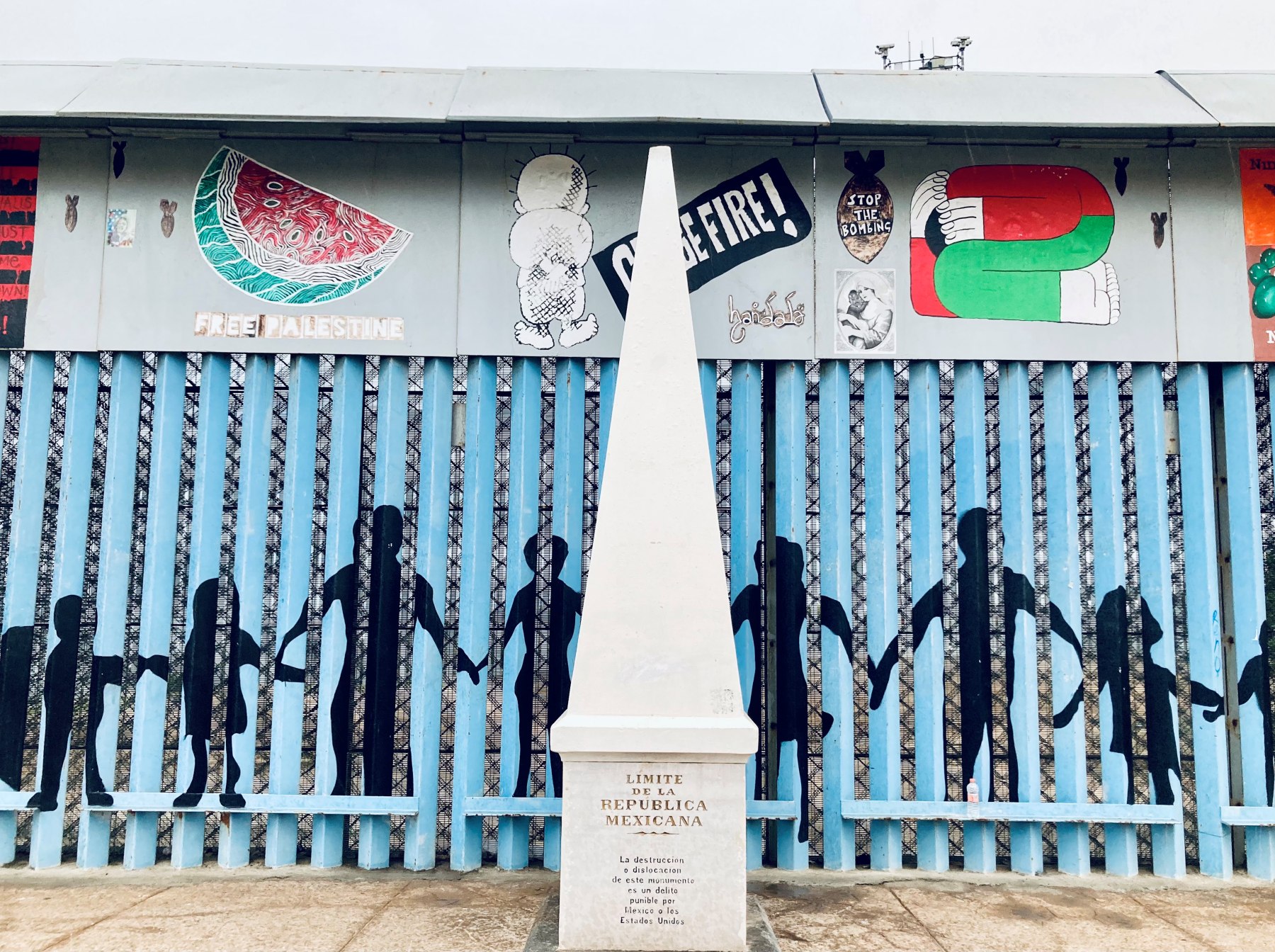
Handala in the corner of the world.
Marco Vinicio Morales Muñoz, Tijuana, Baja California, Mexico, February 13, 2025.
Handala, a symbol of the Palestinian people, is depicted on the Tijuana border wall along with other aesthetic elements and anti-war graphic designs that refer to the Israeli-Palestinian conflict.
Censorship in the media and shouting in the streets
Ilze Nava, Zócalo de la CDMX, February 17, 2024.
Demonstration for Free Palestine 2024.
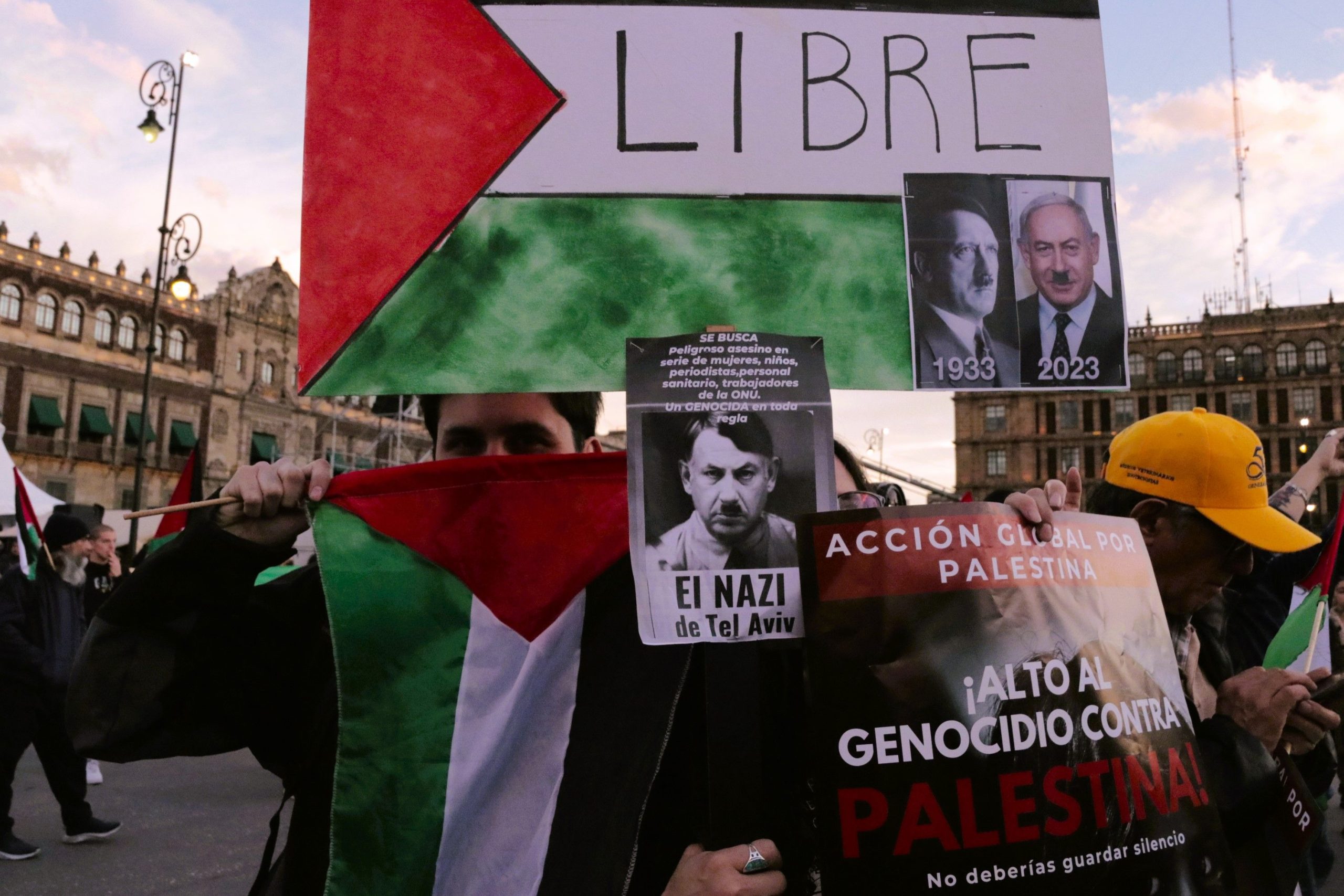
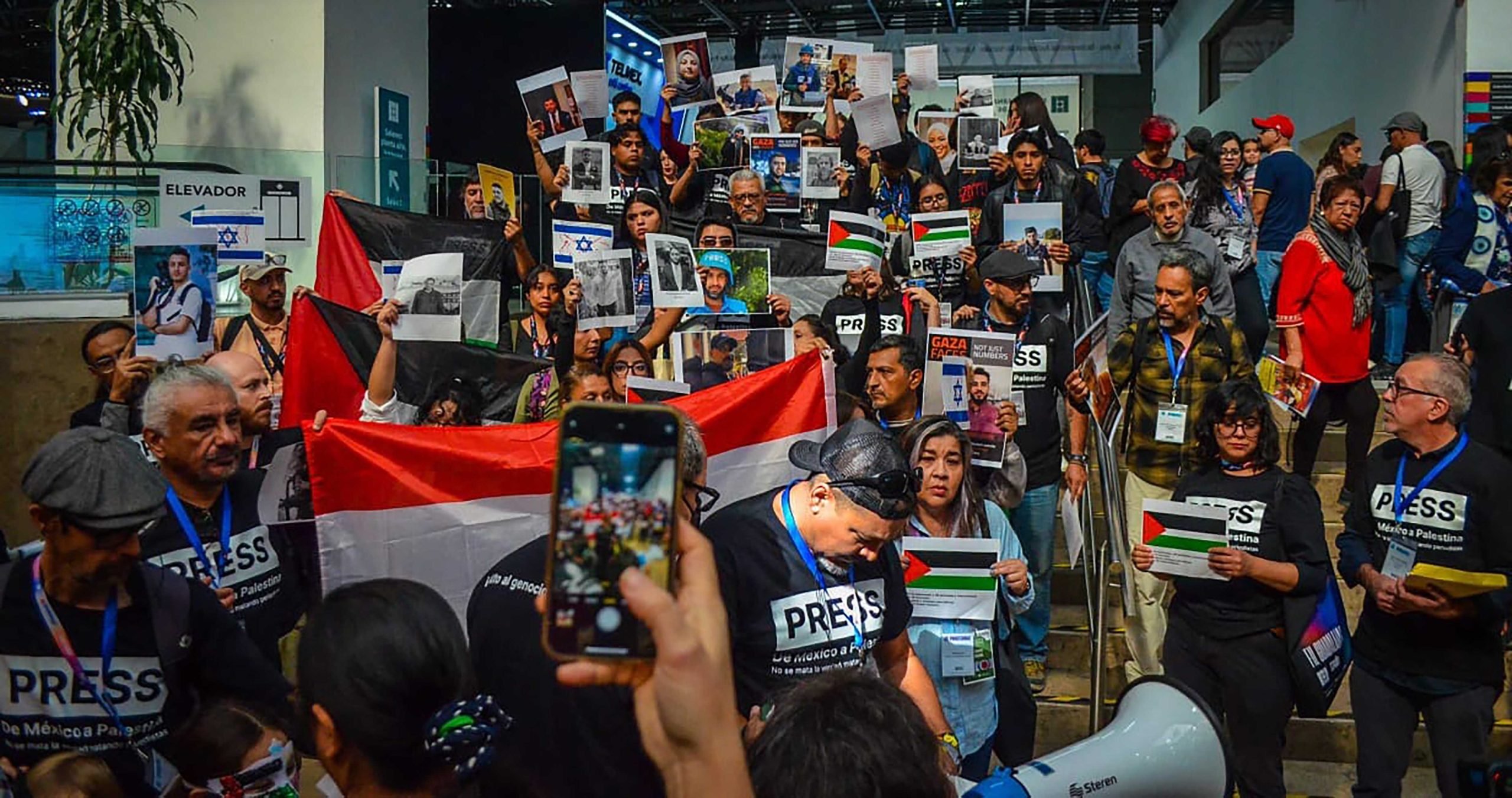
Journalists at FIL
Pilar Aranda, Expo, Guadalajara (FIL), December 5, 2024.
On the occasion of the XX International Meeting of Journalists, a protest was held in the vicinity of the International Book Fair in Guadalajara, it is reported that in the "conflict" there are close to 200 journalists murdered.
Bibliography
Anderson, Benedict (1993). Imagined communities. Reflections on the origin and spread of nationalism.. Mexico: FCE.
Bhabha, Homi K (2011). The place of culture. Buenos Aires: Spring.
Rancière, Jacques (2009). The distribution of the sensitive. Santiago de Chile: lom.
Photographing a Ritual Process: An Approach to the Agency of Xantolo Masks
Pablo Uriel Mancilla Reyna
The College of San Luis
is a doctoral candidate in the Anthropological Studies Program at El Colegio de San Luis. His research interests are ritual, visual anthropology, religious practices and the anthropology of art. She is part of the Visual Anthropology Laboratory of El Colegio de San Luis (LAVSAN).
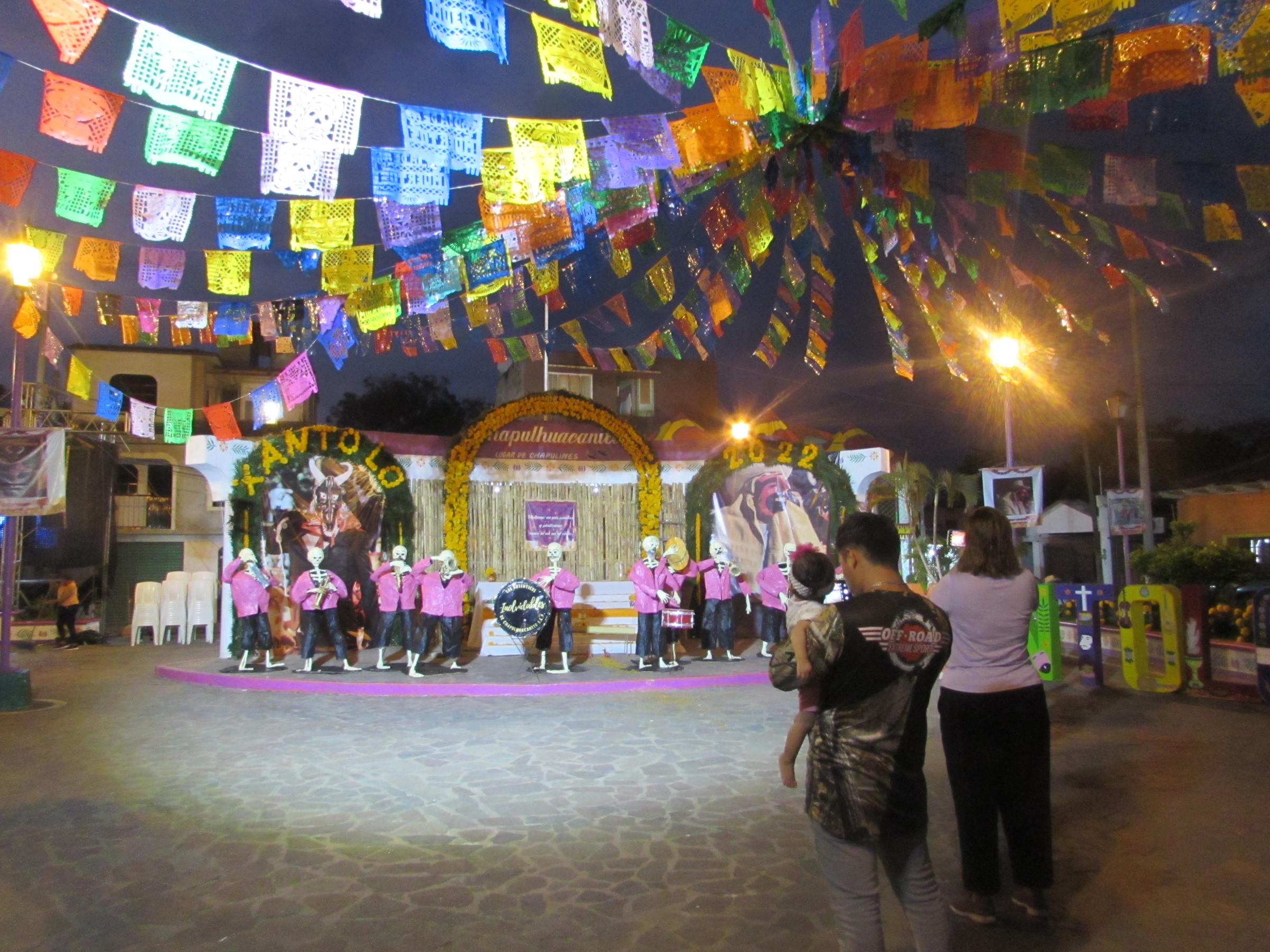
Image 1. Chapulhuacanito: place of grasshoppers and masks.
Chapulhuacanito, Tamazunchale, S.L.P. Mexico. November 2022
During the days of the Xanto festival, the center of Chapulhuacanito is decorated for the attraction of the townspeople and visitors.
This year we hope that the delegation arranges it well, because the Xantolo is Chapulhuacanito's big party.
Participant of the costumed group of the San José neighborhood.
Image 2. Seed for St. John's day
Chapulhuacanito, Tamazunchale, S.L.P. Mexico. November 2019
The cempasúchil flower that is placed on the domestic altars during Xantolo is left to dry and its seeds will be sprinkled on June 24 (St. John the Baptist's Day) of the following year. On that day they go out to their backyards and sprinkle the seeds that will give them that year's Xantolo flower.
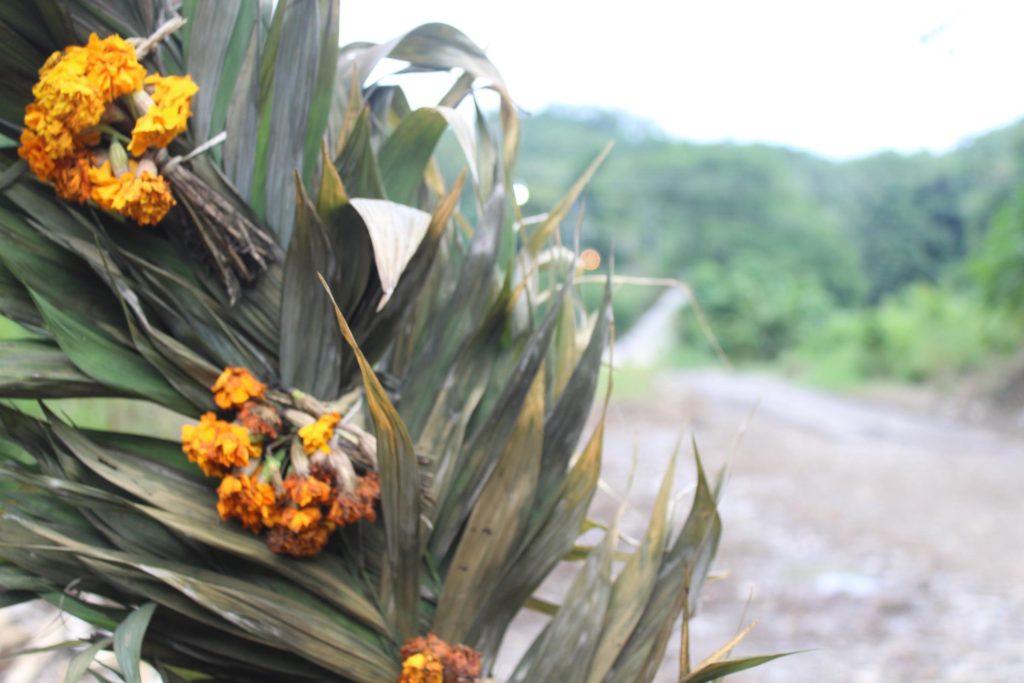
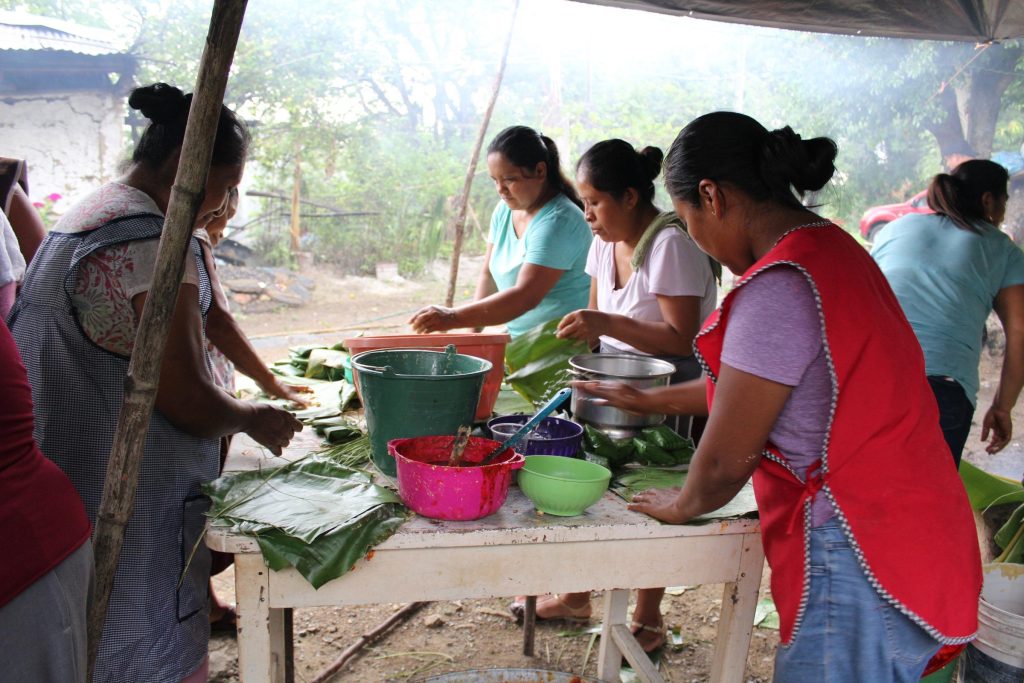
Image 3. Tamales for the offering
Chapulhuacanito, Tamazunchale, S.L.P. Mexico. October 2023
During the descent of masks and the days of Xantolo, the women organize themselves to make the tamales that they will offer and that will be the food for the participants of the costumed group, who will come to eat them when they finish dancing in the streets of the community.
Making tamales is one of the most important tasks and is the support of the Xantolo ritual process at the time of offering and exchanging food.
Image 4. Domestic altar
Chapulhuacanito, Tamazunchale, S.L.P. Mexico. November of 2019.
I'll be waiting for you for Xantolo so you can take a picture of me with the altar I'm going to put up here in the house," said don Barragan.
Excerpt from my field diary
In the houses a domestic altar is set up and dedicated to the deceased members of the family. Here food is placed and an offering is made, sometimes a mask is also placed, referring to their participation in a costumed group.
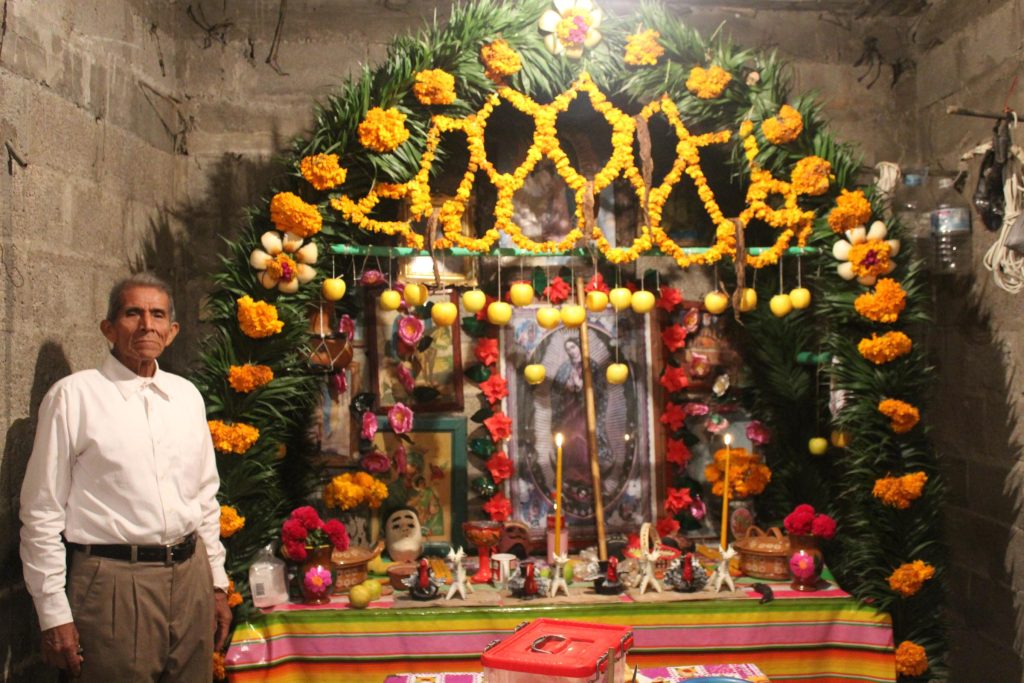
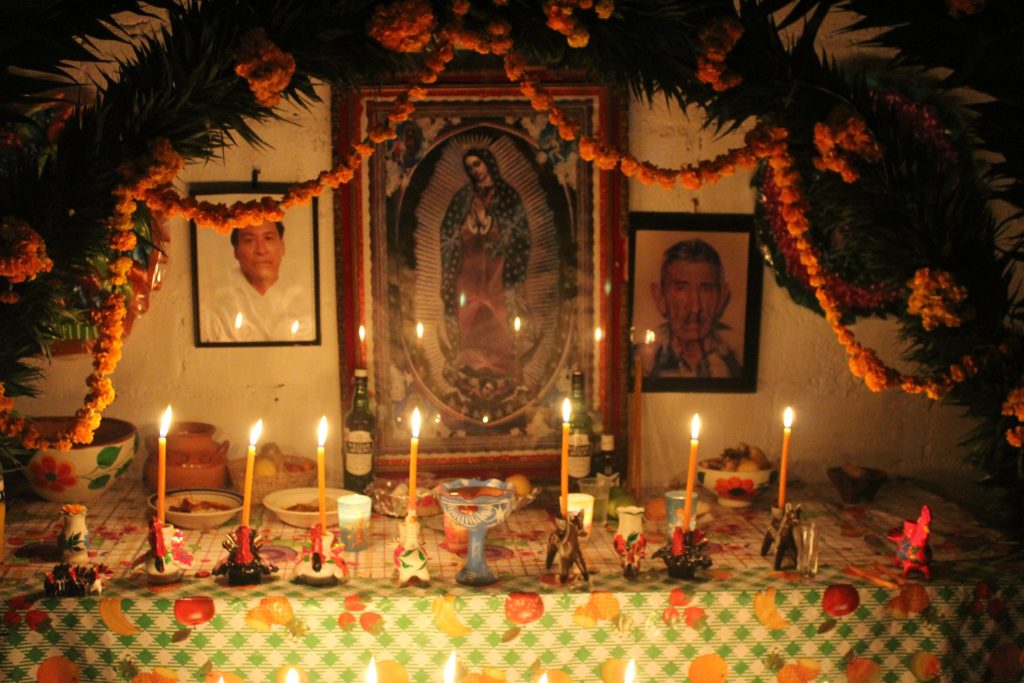
Image 5. Not saying thank you
Chapulhuacanito, Tamazunchale, S.L.P. Mexico. November 2019
In the domestic offerings are placed the food that will be smoked and then eaten. In Chapulhuacanito, during the days of Xantolo, people eat what they put on the altar. When you are invited to ofrendar (consume the food on the altar), you do not have to say thank you because the food was prepared for the deceased and you are the only vehicle that consumes it in its material form.
Image 6. The descent of the devil
Chapulhuacanito, Tamazunchale, S.L.P. Mexico. November 2023.
In the first lowering of masks it is crucial to lower the devil masks with bent horns and standing horns. These are received by a past businessman who, upon taking them, blows copal from the sahumerio.
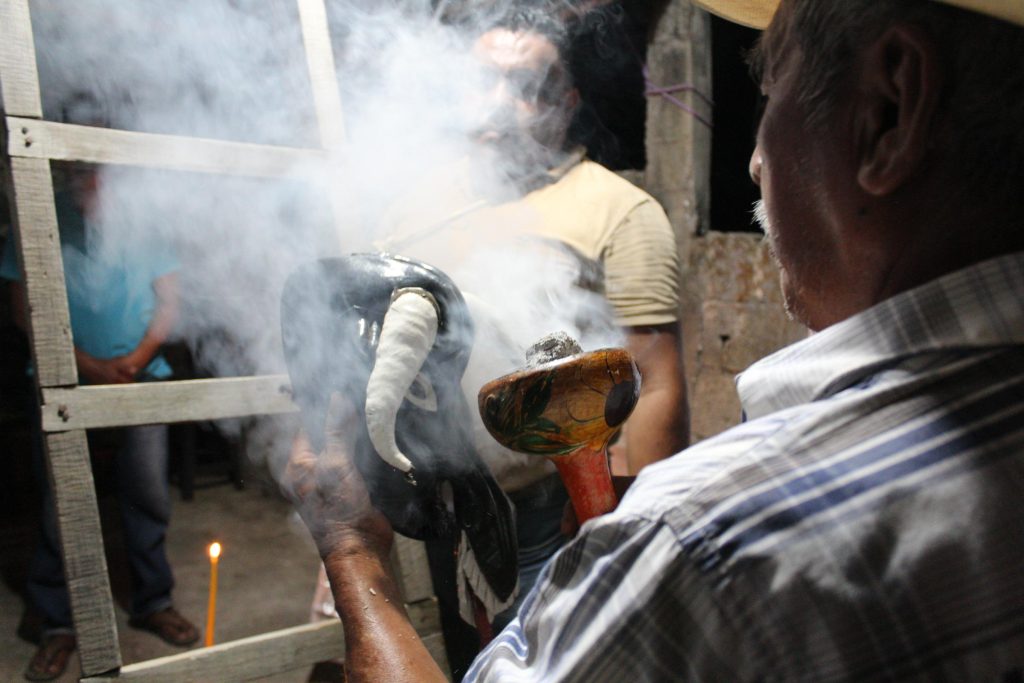

Image 7. The clown
Chapulhuacanito, Tamazunchale, S.L.P. Mexico. November 2022.
In addition to the traditional pink masks of the San José neighborhood, there are others that lead participants to create other types of characters.
This year they don't know what I'm going to dress up as, and I don't want to tell anyone because they'll copy it later.
Participant of the San José neighborhood group
Image 8. The photographer
Chapulhuacanito, Tamazunchale, S.L.P. Mexico. November 2019.
We were at the businessman's house while everyone was preparing their costumes, when Toño arrived and told me: "You don't know what I'm going to dress up as, you're going to be surprised, Uriel".
Excerpt from my field diary
One of the qualities of the costume is that it can include elements of what they see or is happening at the time. In that case, one of the costumed decided to include my work as an anthropologist/photographer in the way I would appear during those days.
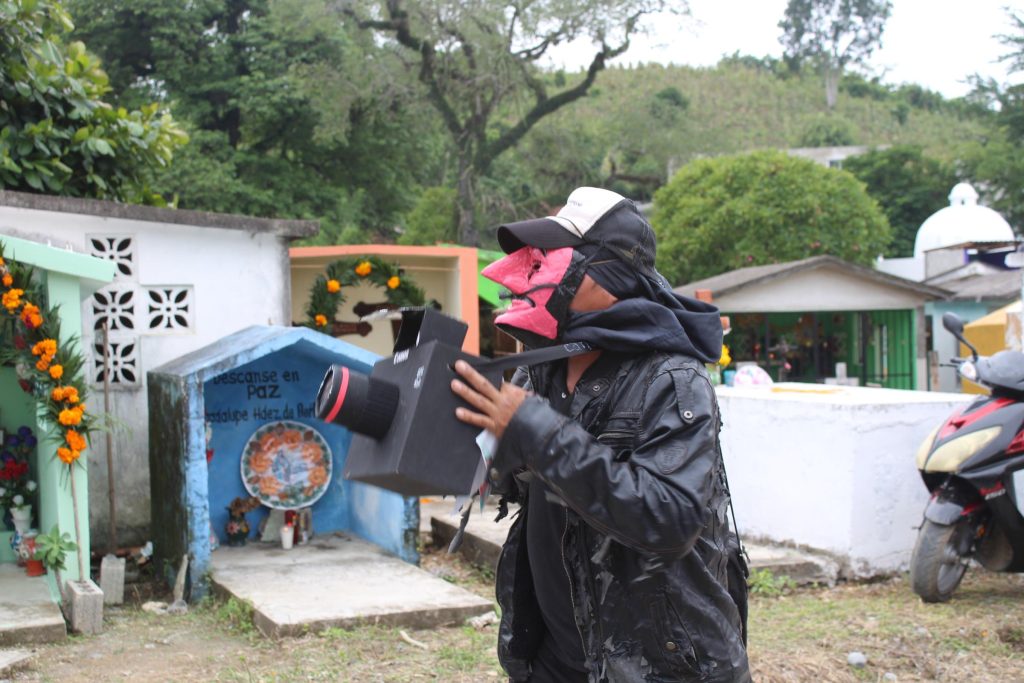
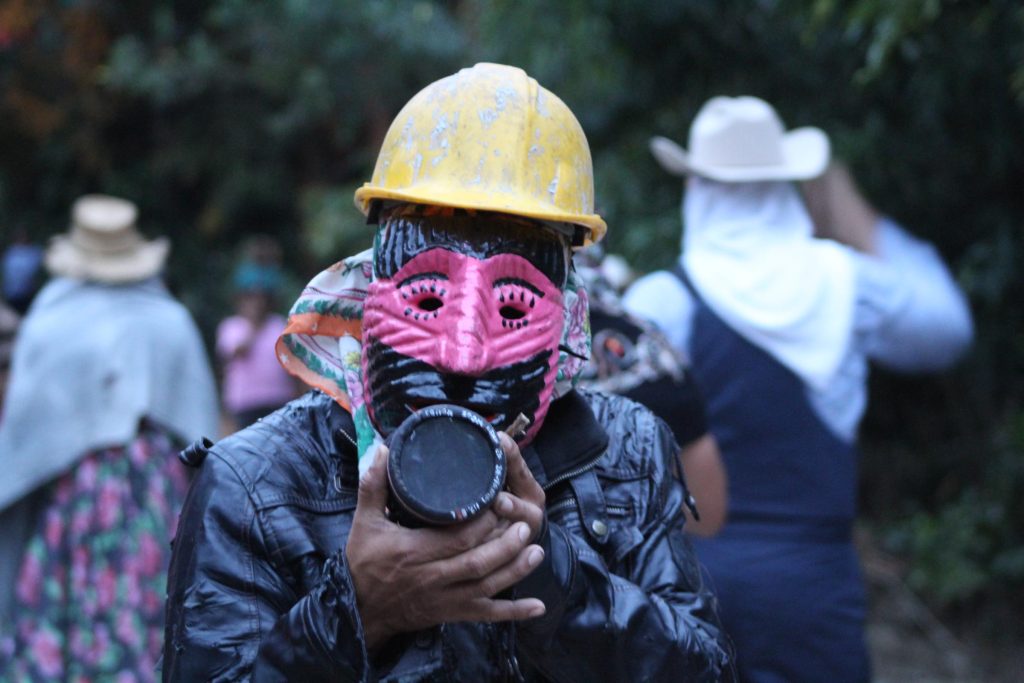
Image 9. Game of glances
Chapulhuacanito, Tamazunchale, S.L.P. Mexico. November 2019.
After Toño's camera was destroyed, only the lens was preserved. The playful character of the Xantolo achieved a game of looks in which the look and the way of doing it were exposed.
Image 10. Music for the masks
Chapulhuacanito, Tamazunchale, S.L.P. Mexico. November 2019.
The music of the Huapango trio is crucial in the descent of the masks of each of the costumed groups. When the trio arrives at the empresario's house, it begins to play "El canario" for the masks. In addition, he accompanies the masqueraders to their dance through the streets of the community during the four days of the festival.
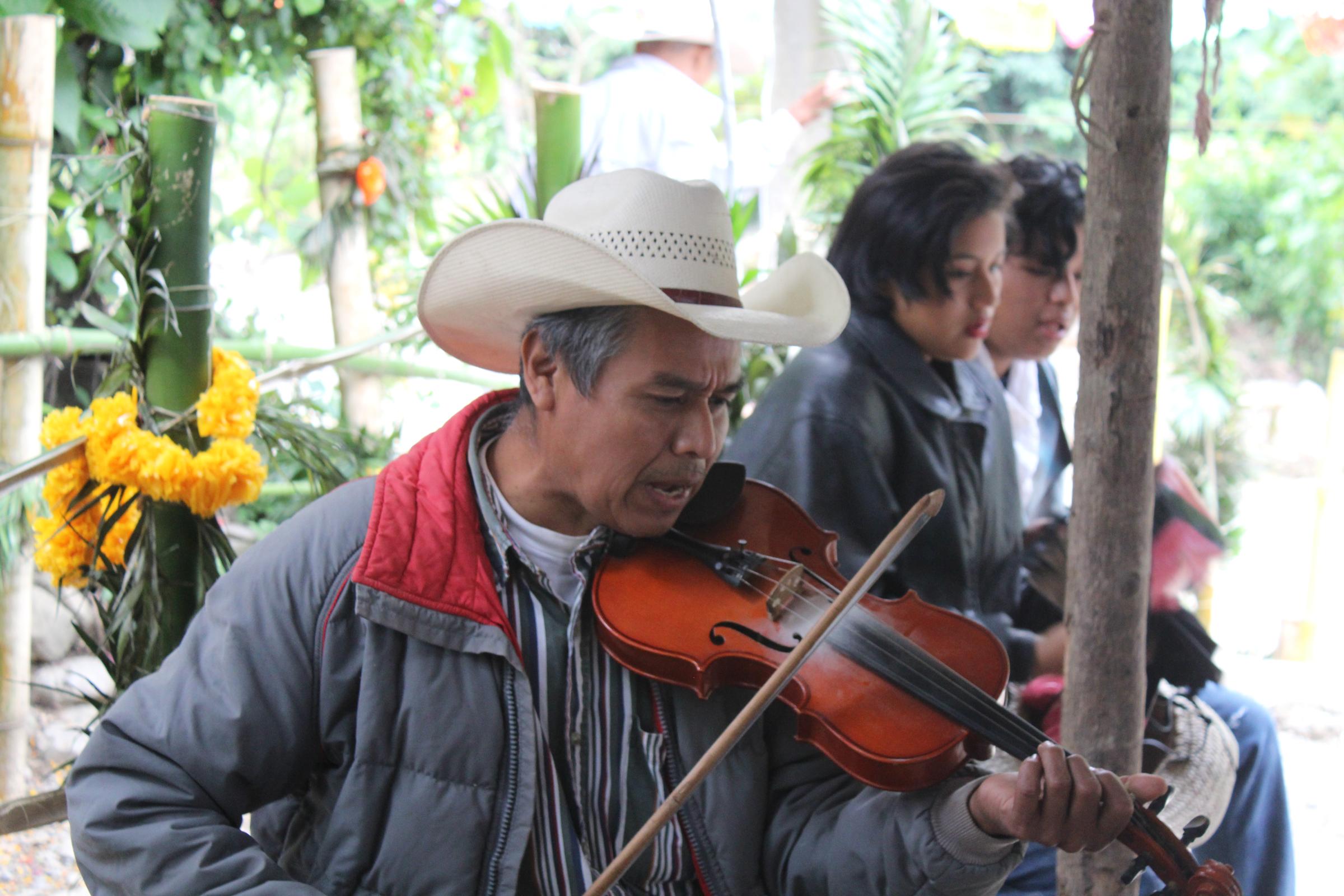
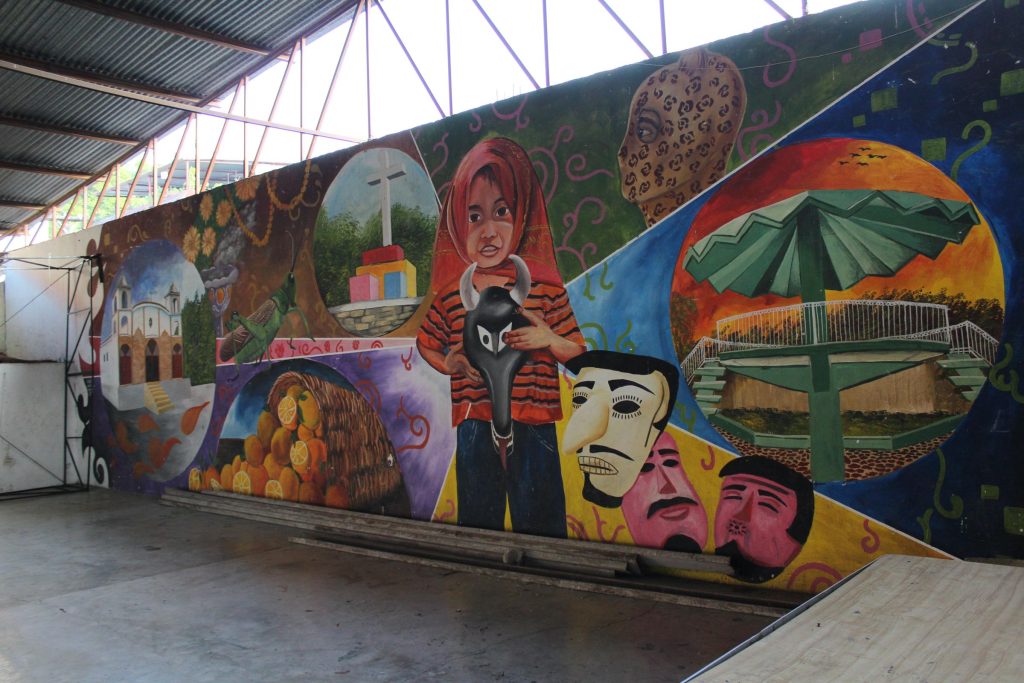
Image 11. The devil in the mural
Chapulhuacanito, Tamazunchale, S.L.P. Mexico. May 2023.
One of the most relevant masks in Chapulhuacanito is that of the devil. This is because the shape, figure and image of this mask is the way the devil appeared in this community. For this reason some murals have been dedicated to highlight the importance of this image.
Image 12. "We have to start playing cuetes". El Gordo, second businessman of the San José neighborhood.
Chapulhuacanito, Tamazunchale, S.L.P. Mexico. March 2013.
In addition to the music, another fundamental sound aspect is the rocket or, as the people say: "echar cohete". Its thunder in the sky creates a festive atmosphere that serves to warn a large part of the community where they are preparing for the offerings, the lowering of masks or that the costumed are getting ready to go out into the streets of the community.
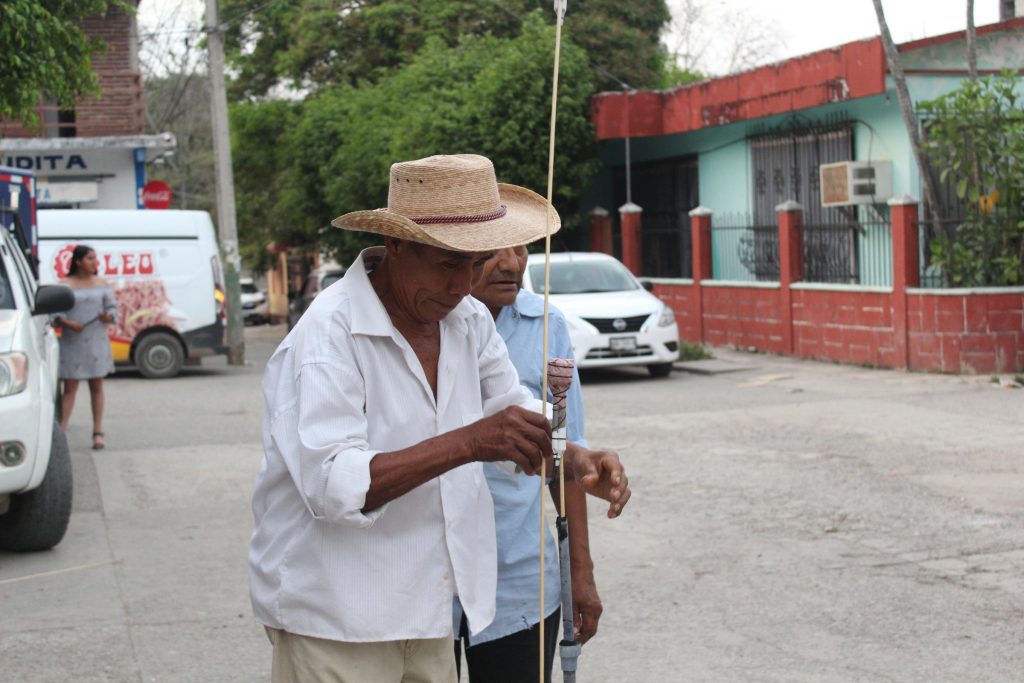
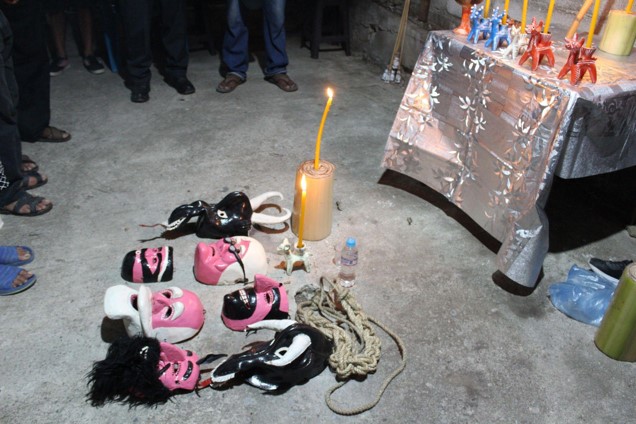
Image 13. "Touching the floor means that the past is already here among the living". Cecilio, a former businessman from the San José neighborhood.
Chapulhuacanito, Tamazunchale, S.L.P. Mexico. October 2023.
During the first mask lowering, only seven main masks are lowered. In this case, the crouching horned devil, the standing horned devil, the older cole, the grandfather, the grandmother, the mask of the second businessman and the mask of the chiflador were lowered. After lowering them from the false ceiling of the house where they are kept, it is necessary that the masks touch the ground, which is a sign that the deceased are already on the earthly plane, where we, the living, live.
Image 14. "In the first descent it is something intimate with few people, and in the second descent it is big". El Gordo, second businessman of the San José neighborhood.
Chapulhuacanito, Tamazunchale, S.L.P. Mexico. October 2023.
For the second descent of masks, the group of costumed people from the San José neighborhood organizes and sets up chairs to wait for about 50 people, sometimes there are more. All the people are offered tamales, coffee, chocolate and soft drinks.
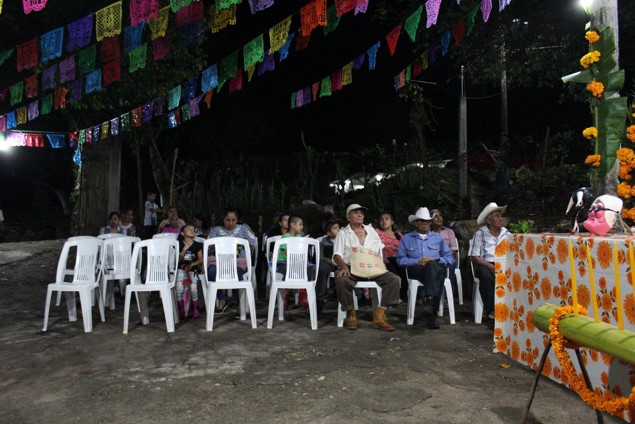
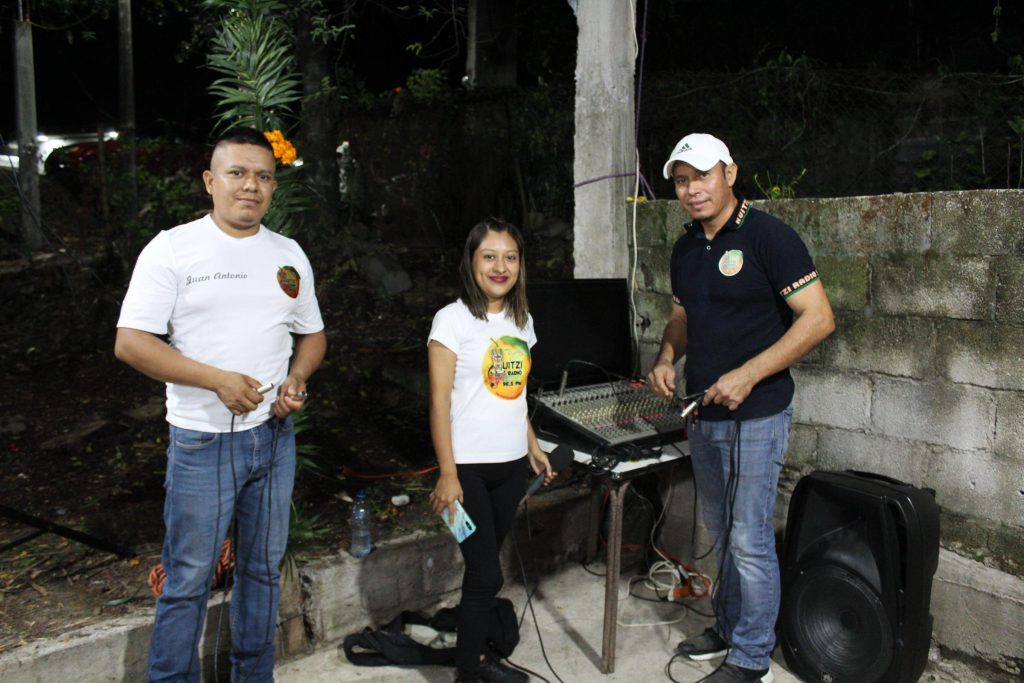
Image 15. Transmissions
Chapulhuacanito, Tamazunchale, S.L.P. Mexico. November 2023.
The second descent of masks can be such a big event, that businessmen manage the transmission of the ritual. Sometimes it is only given through social networks and other times they take the community radio so that it can broadcast.
Image 16. Mask heights
Chapulhuacanito, Tamazunchale, S.L.P. Mexico. October 2023.
The altars where the masks are placed are usually larger than the domestic altars. This leads to a greater elaboration of the arch and cempasúchil flower necklaces. Making a bow for the lowering of masks carries a signifier of prestige and pride.
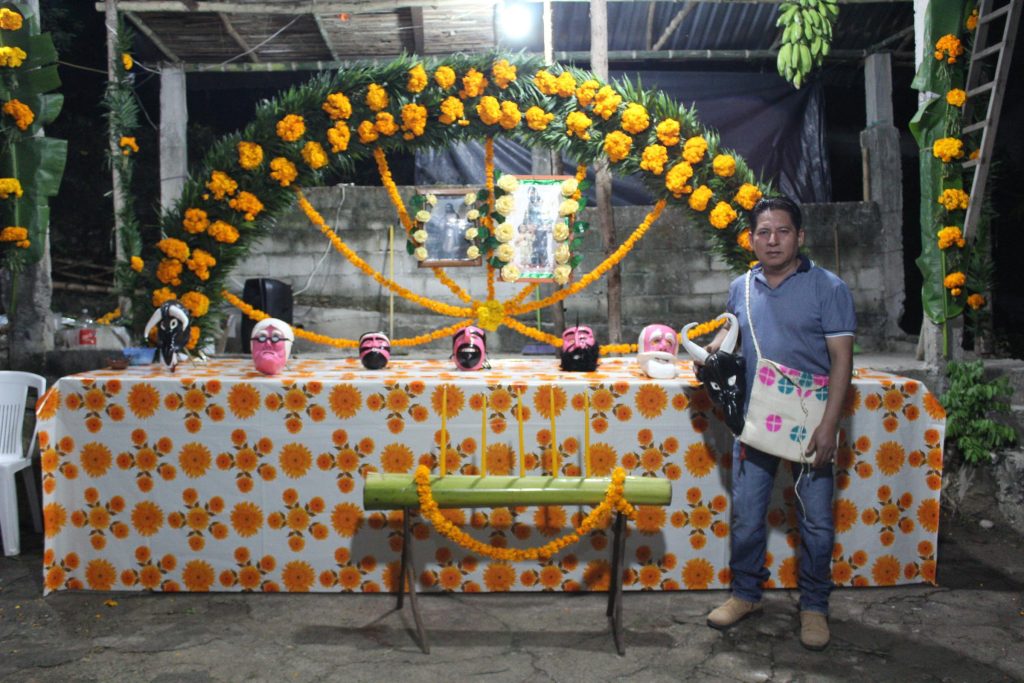
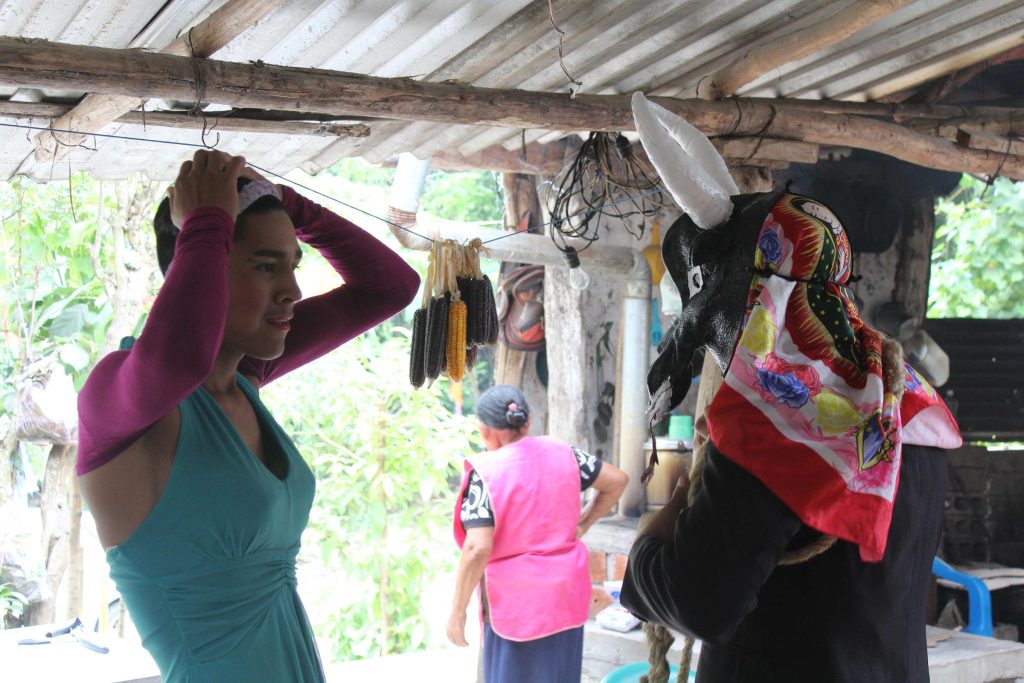
Image 17. Have your costume ready to go out.
Chapulhuacanito, Tamazunchale, S.L.P. Mexico. November 2019.
The participants of the costumed group meet at the businessman's house where they take their mask and prepare their costume. In some occasions they take clothes that are already in the place of the masks and that are used year after year, in others they wear their own clothes. In addition to disguising themselves with masks, some men also dress up as women to make couples when dancing.
Image 18. The new generations
Chapulhuacanito, Tamazunchale, S.L.P. Mexico. November 2019.
If you notice, this group brings a lot of children, many of them are attracted by it and come here, and that's good because they are the new generations. I used to walk like them since I was little, behind the costumes.
El Gordo
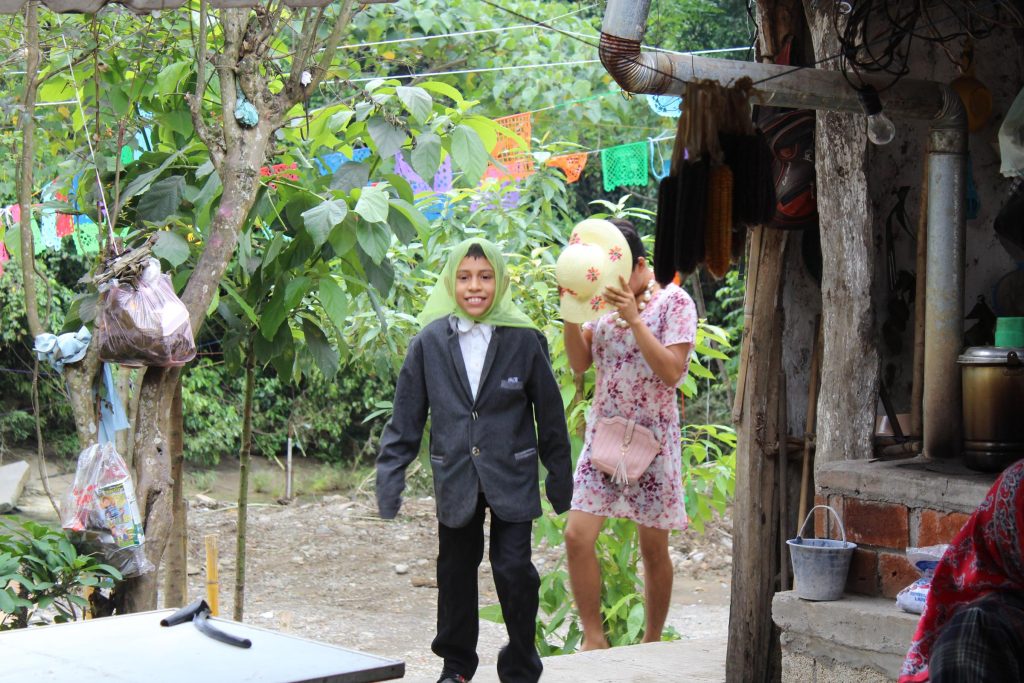
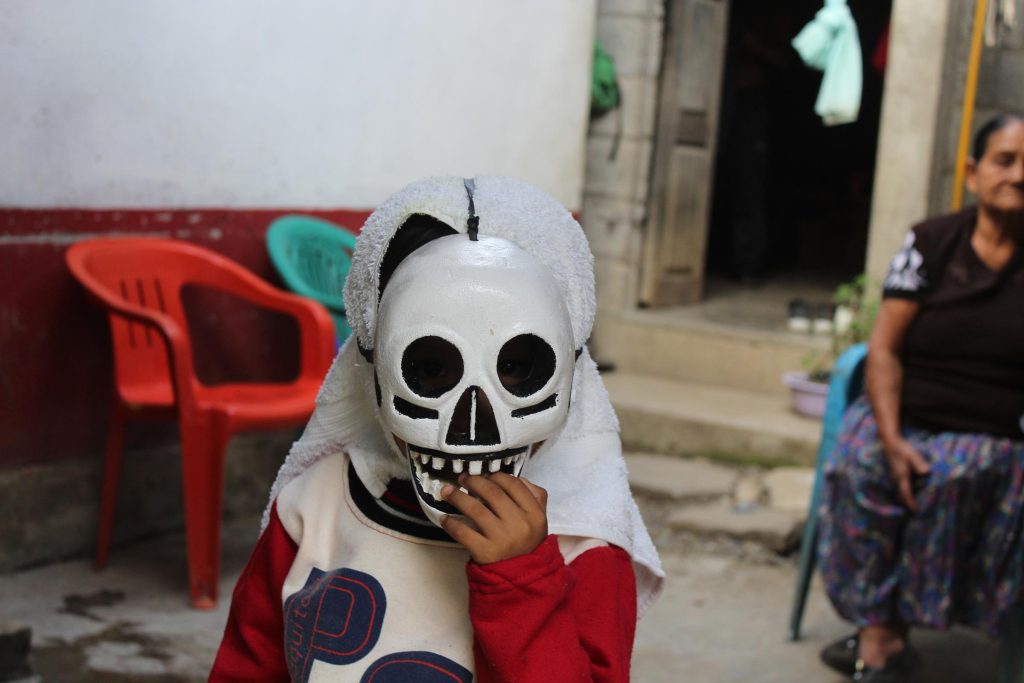
Image 19. Small mask
Chapulhuacanito, Tamazunchale, S.L.P. Mexico. November 2019.
I have already made my son a small mask, which fits him well and can be used for the Xantolo.
Chilo, community masquerader
Image 20. Sweat
Chapulhuacanito, Tamazunchale, S.L.P. Mexico. October 2019.
Imagine all that a mask has gone through inside, it has the sweat and energy of many people who have worn it.
Óscar, disguised as the neighborhood of San José
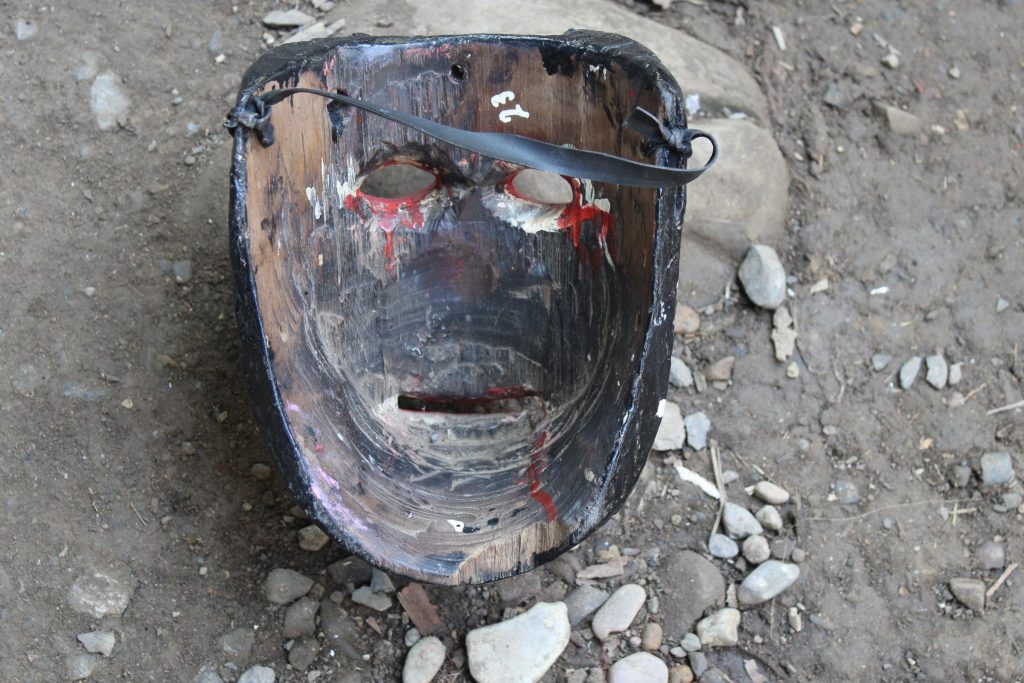
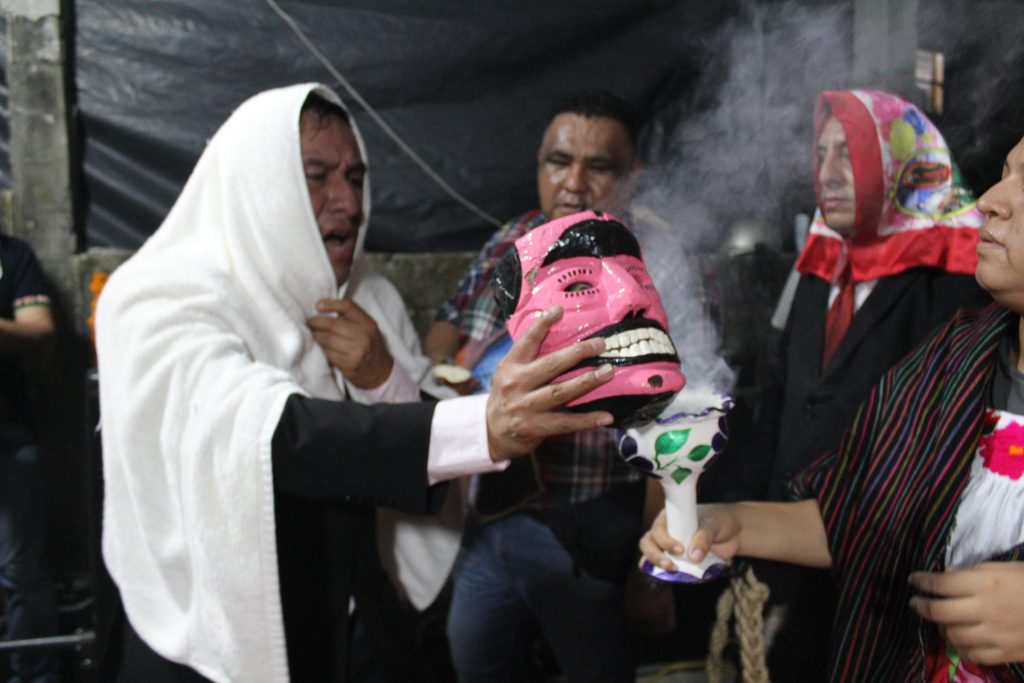
Image 21. The descent from the school
Chapulhuacanito, Tamazunchale, S.L.P. Mexico. October 2023.
Each of the masks that is lowered has to be smoked before being placed on the floor and given aguardiente to drink.
Image 22. Passing the drink
Chapulhuacanito, Tamazunchale, S.L.P. Mexico. October 2023.
Deliver and receive: these are words used in the lowering of masks and consist of a dialogue between present and past businessmen, in which sharing a drink (aguardiente) is fundamental during the ritual, to strengthen the process in which they welcome the deceased.
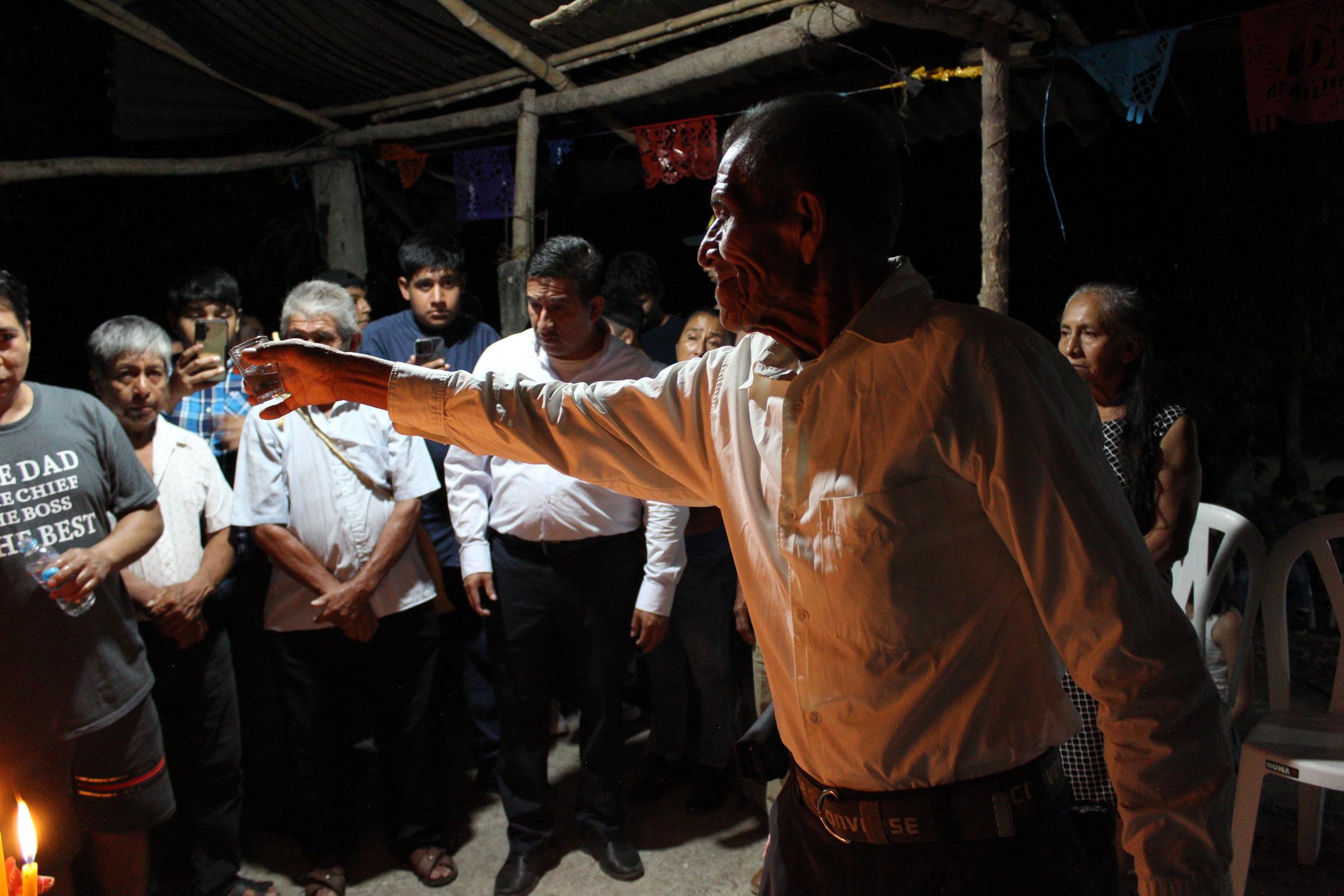
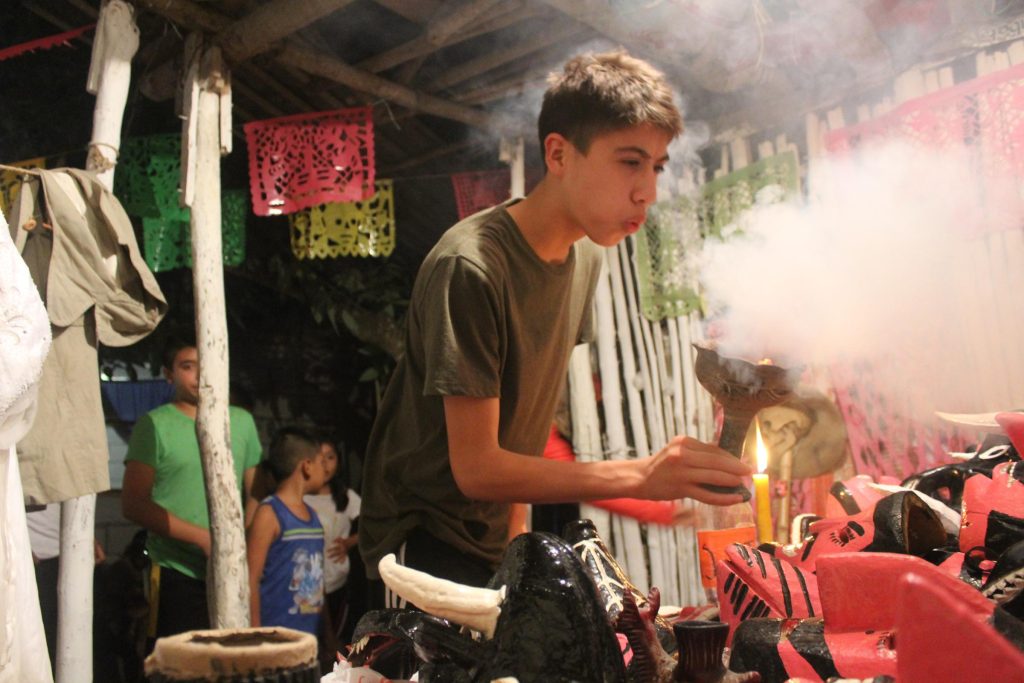
Image 23. Sahumar not to go crazy
Chapulhuacanito, Tamazunchale, S.L.P. Mexico. September 2018.
During the lowering of masks, it is necessary that all the people attending the ritual pass by to smoke them. This will prevent them from going crazy, which consists in not falling asleep and listening to the disguised people. In case of going crazy, the entrepreneur has to carve a mask and give to drink the powder that comes out with aguardiente.
Image 24. Óscar's unveiling
Chapulhuacanito, Tamazunchale, S.L.P. Mexico. November 2019.
In the unveiling, when one takes off the mask, I feel sad that I will not return until next year.
Oscar
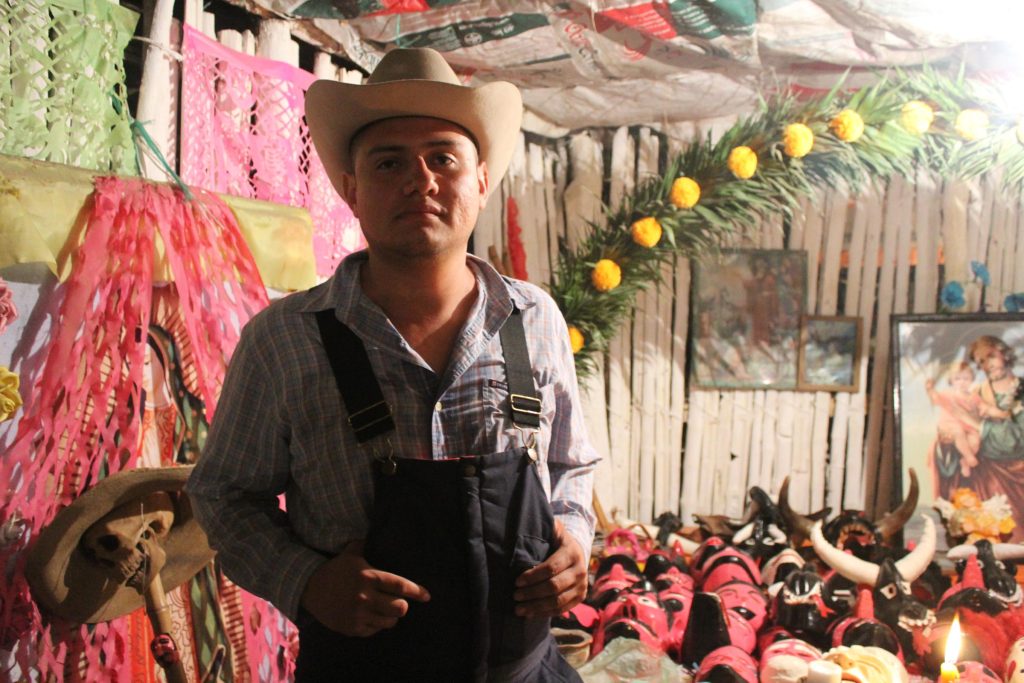
Of Zamorano insomnia. What is not talked about, but what the night allows to be shown
Laura Roush
El Colegio de Michoacán
likes to walk at night and during the pandemic began documenting aspects of the night in Zamora, Michoacán, where she lives. She holds a PhD in anthropology from the New School for Social Research and teaches at El Colegio de Michoacán.
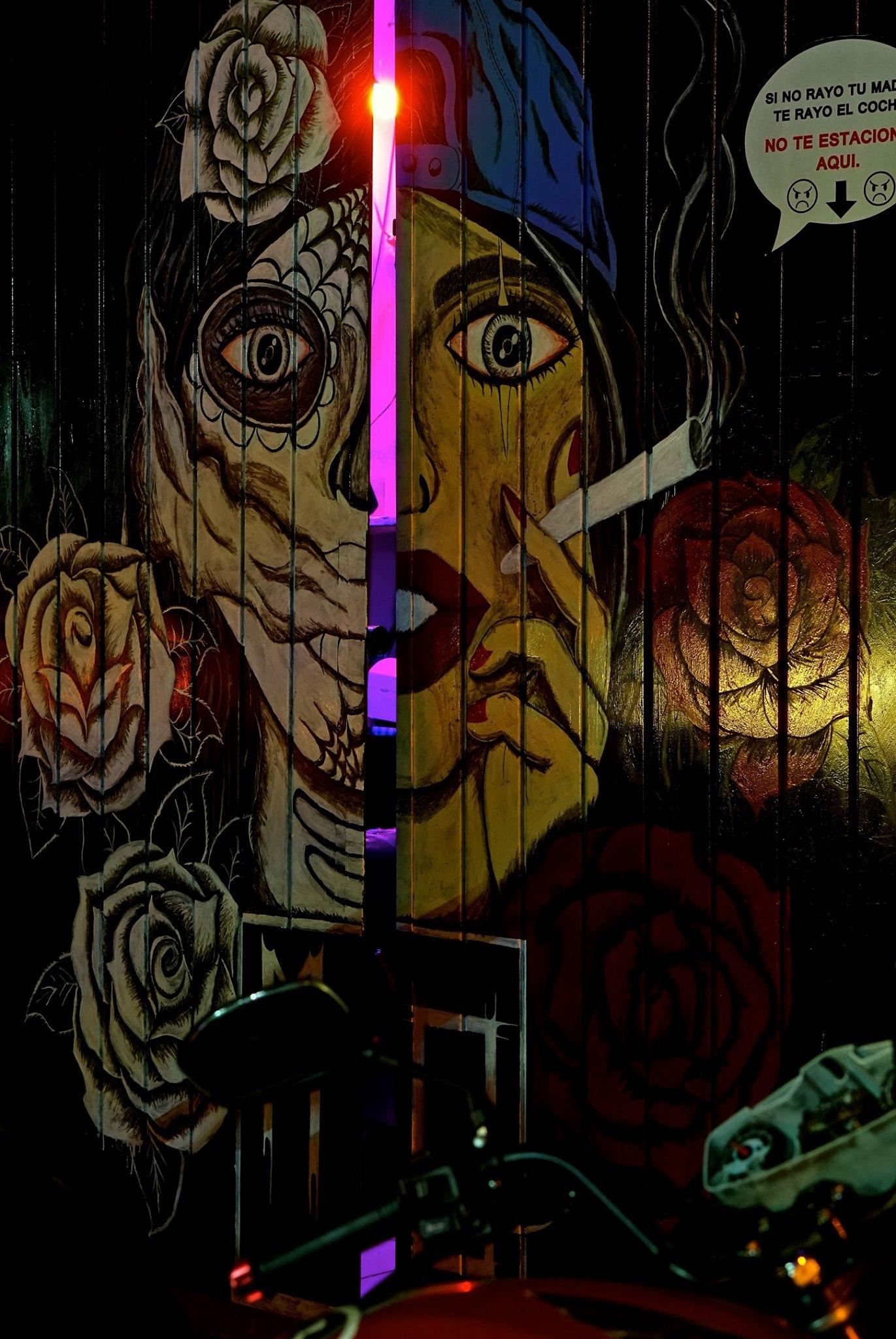
Image 1. Zamorano's insomnia. What is not talked about, but what the night allows to show.
Entrance hall in Jardines de Catedral, Zamora, Michoacan. Mural by Marcos Quintana, 2019
Image 2. Pandemic novena
Colonia El Duero, Zamora, December 2000
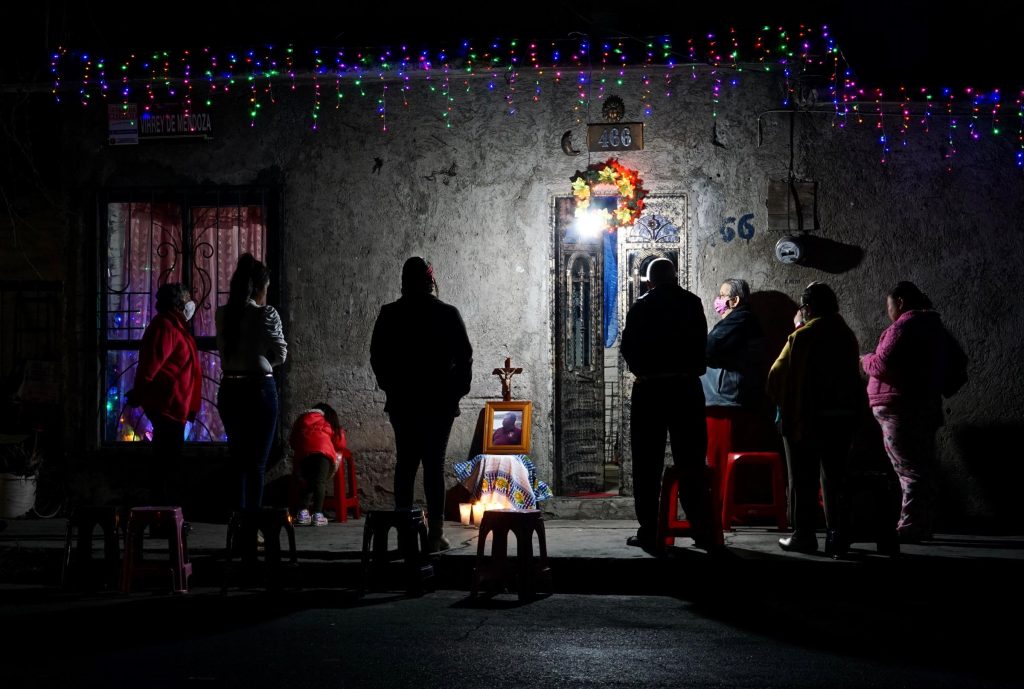
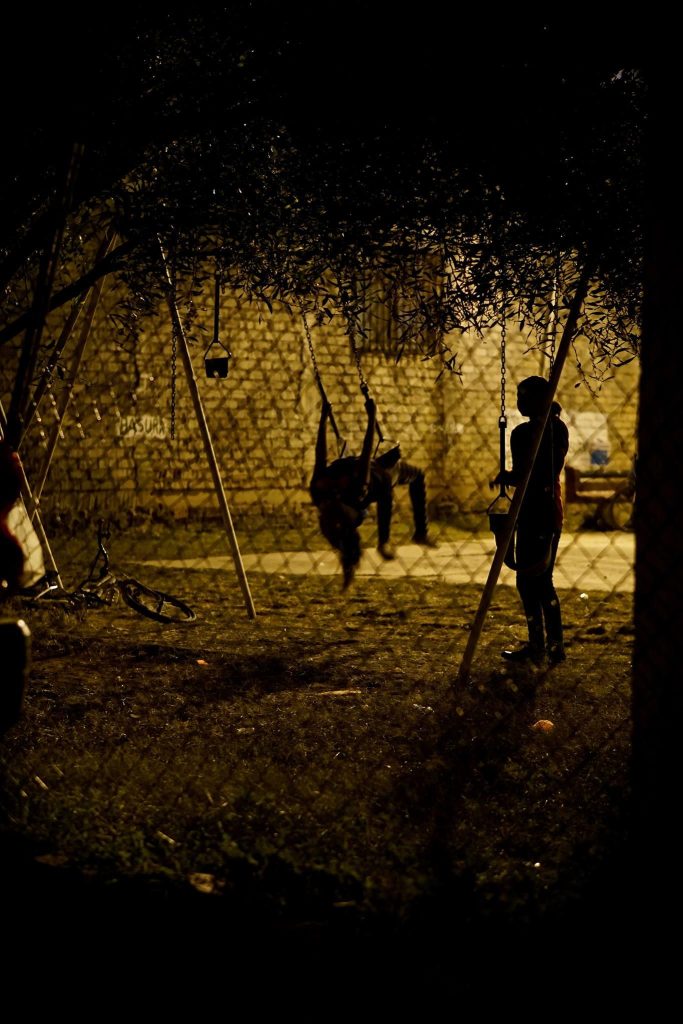
Image 3. "When the Merza closes at eleven o'clock, I want you back here".
Parish of St. Peter and St. Paul, Infonavit Arboledas. 22 hours and 55 minutes. January 2020.
Image 4. Chiras pelas. At night the streets and sidewalks cool down and you can play more fun. Some neighborhoods in the city offer the conditions for children to enjoy nightlife all year round.
Cathedral Gardens, Zamora, 2018.
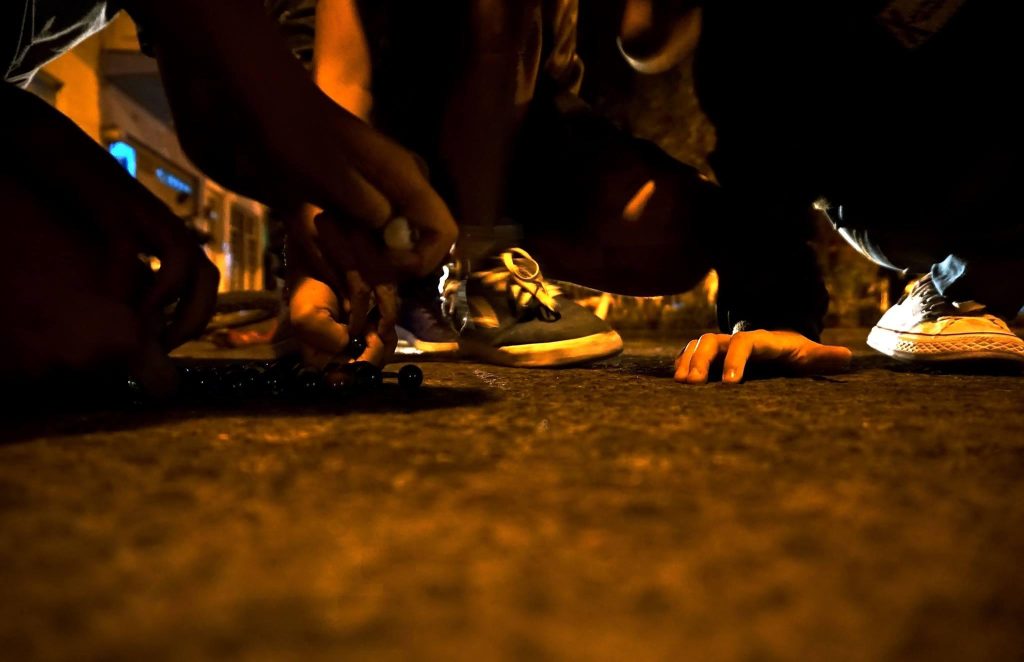
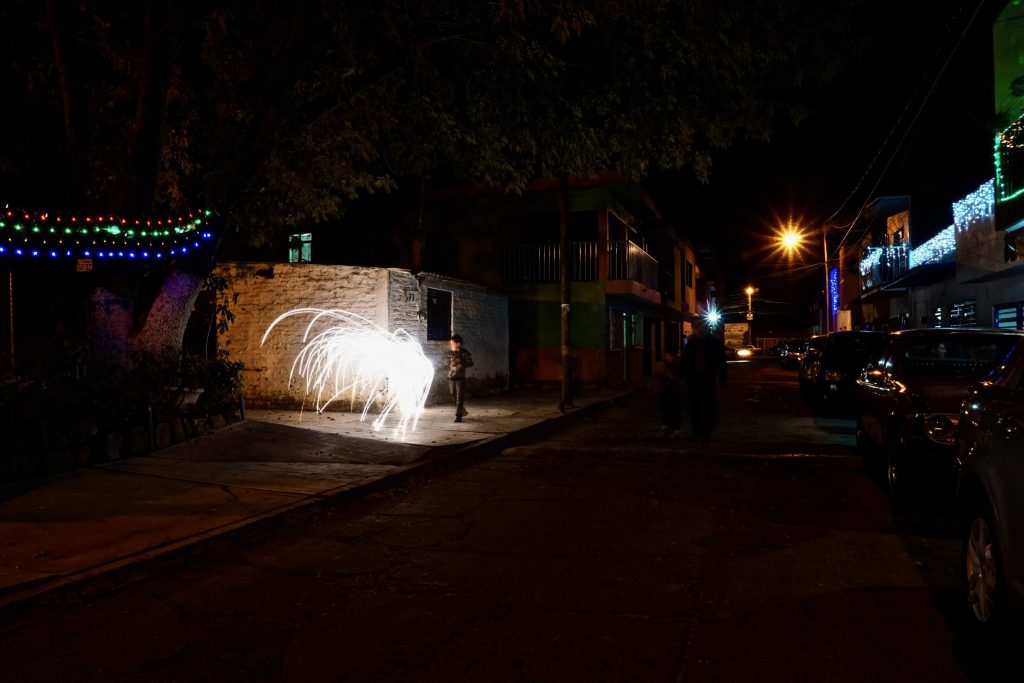
Image 5. On Christmas and a few other holidays, the schedule rules are suspended.
Cathedral Gardens, December 24, 2020, almost midnight.
Picture 6
Cathedral Gardens, Zamora, New Year, 2021.
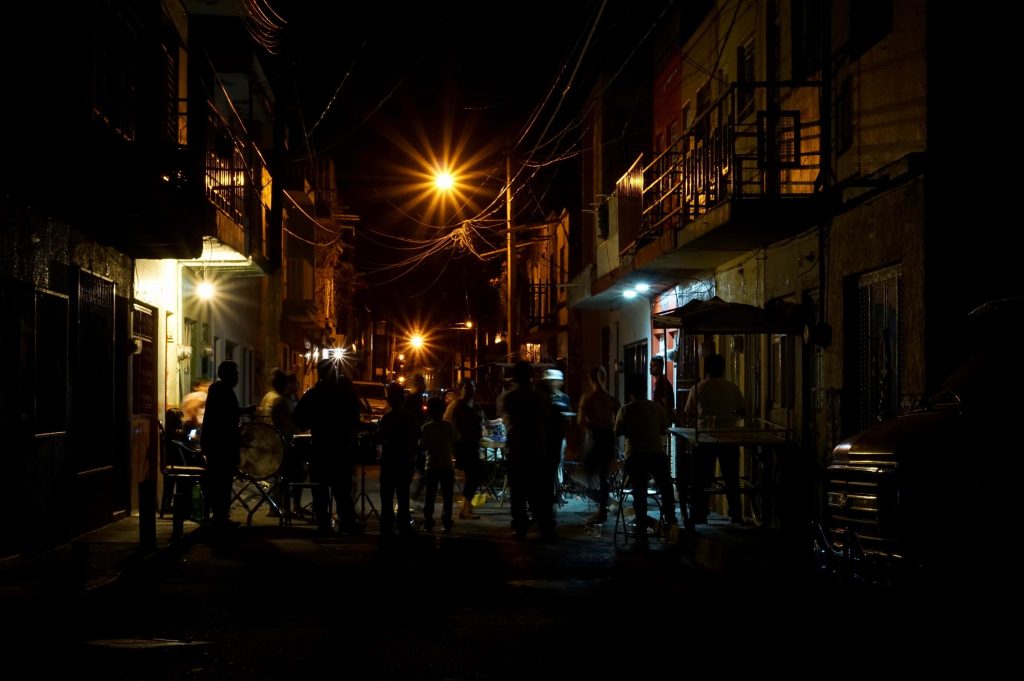
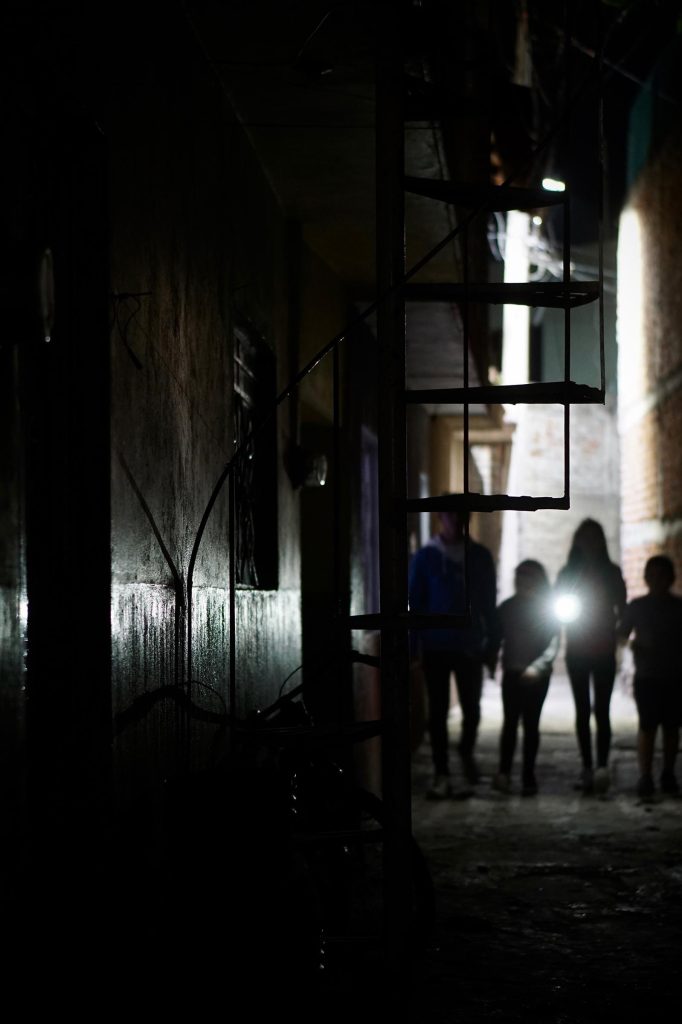
When the Douro River was diverted, segments of its former course became curved streets, sometimes narrow and with few connections to other streets.
La Lima, July 2023.
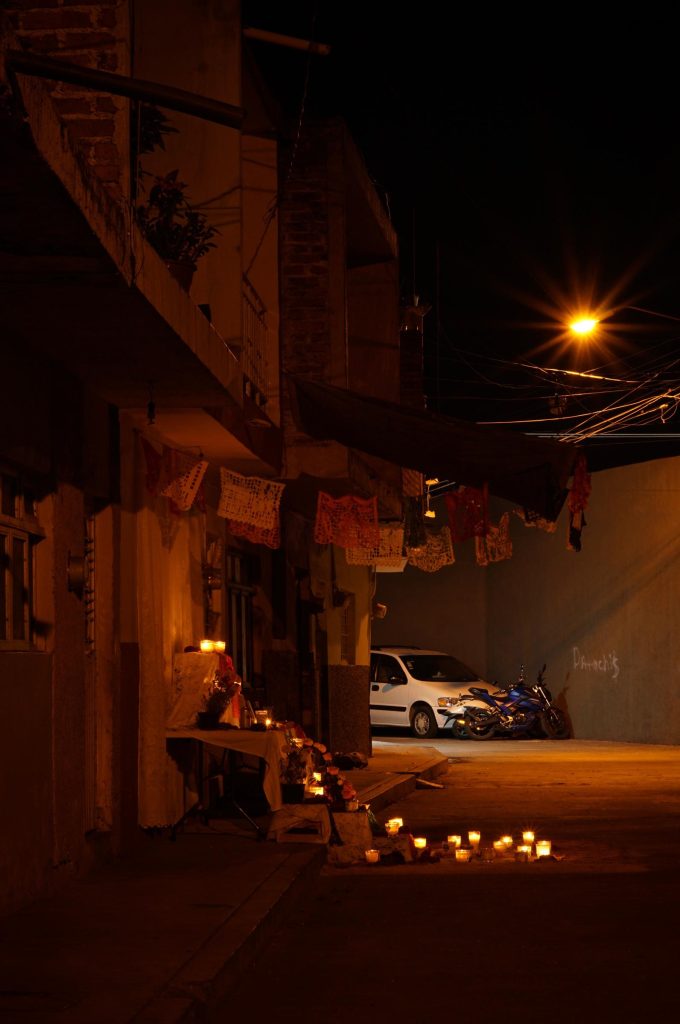
The narrow and curved streets of the old course of the Duero allow the continuation of the custom of street altars because they protect them from traffic. However, they say, because of the violence and disrespect, many now prefer to set them up inside the houses and publicly visible altars are scarce.
Day of the Dead, 2020, La Lima.
Image 9. Traffic goes down, kids go in and cats come out.
Colonia El Duero, September 2023.
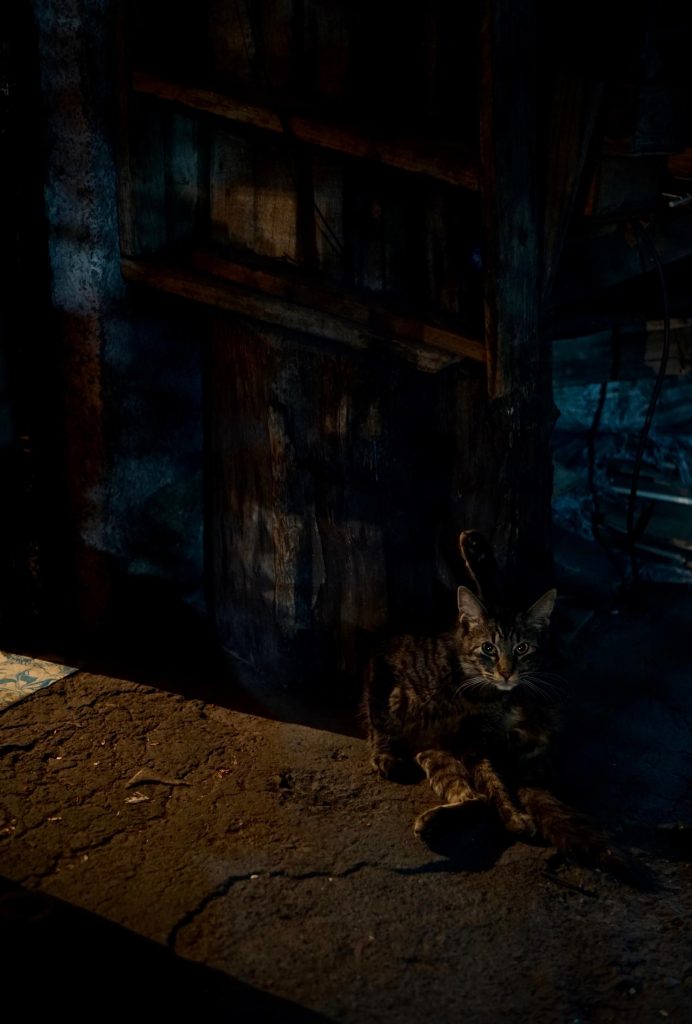
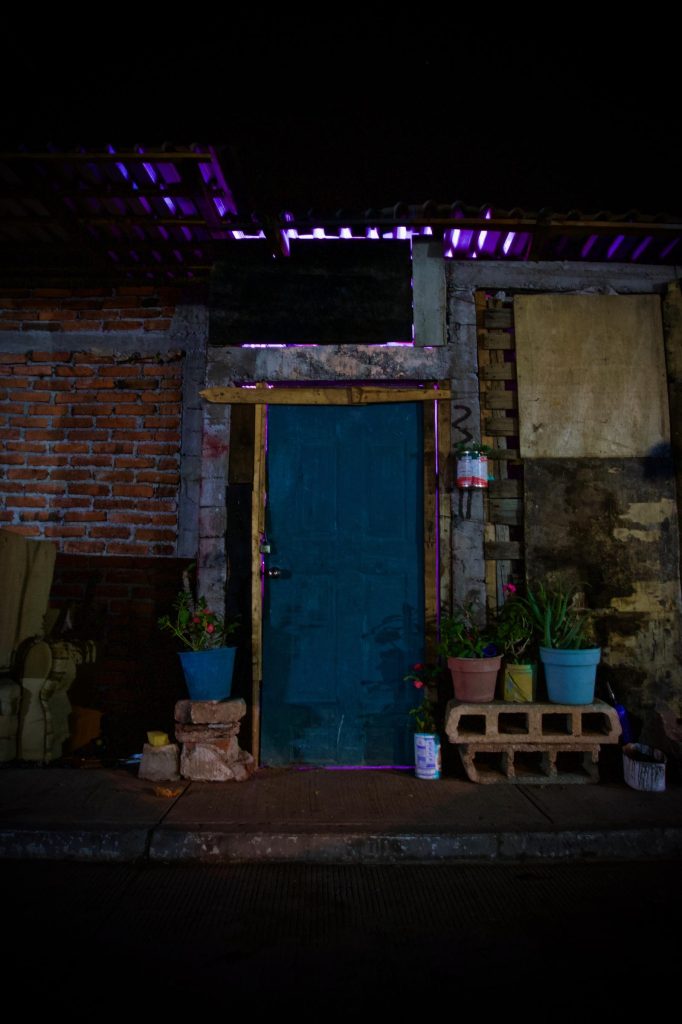
Image 10. Already locked up
Jacinto López, January 2021.
Image 11. Day of the Dead Altar
Infonavit Arboledas, 2021
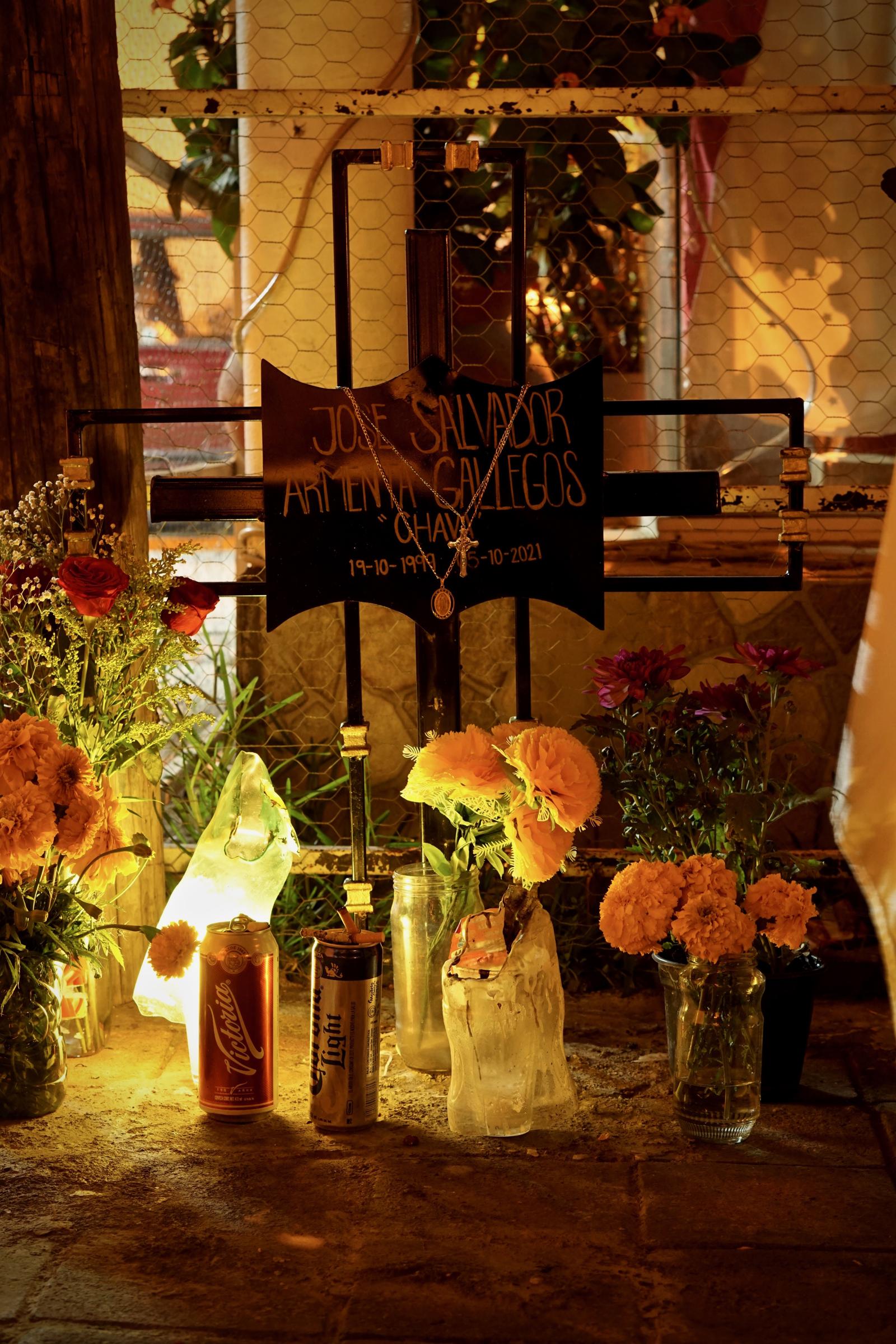
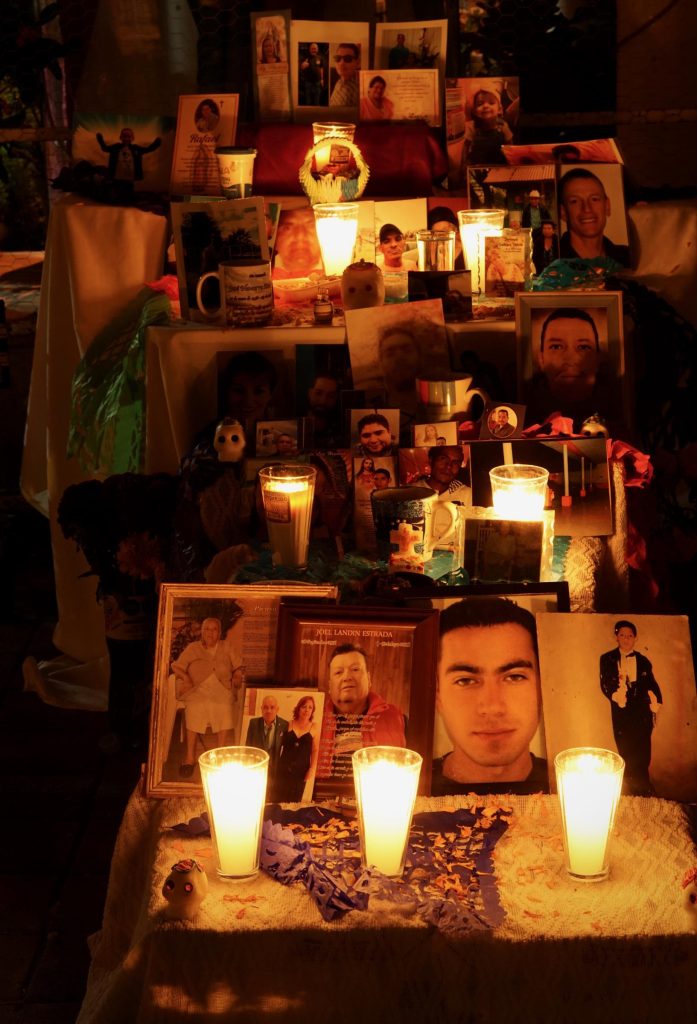
Image 12. A multi-family altar housing memories of an entire street
Arboledas Third Section, Day of the Dead, 2021
Image 13. "What hurts is the fucking killing".
Day of the Dead, 2021, La Lima
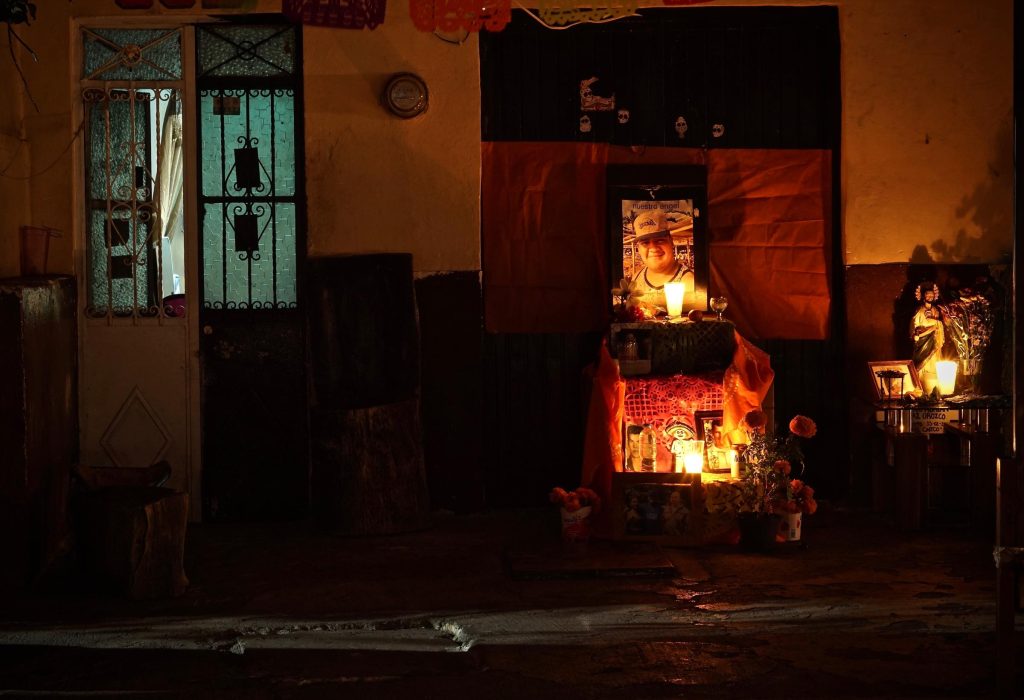
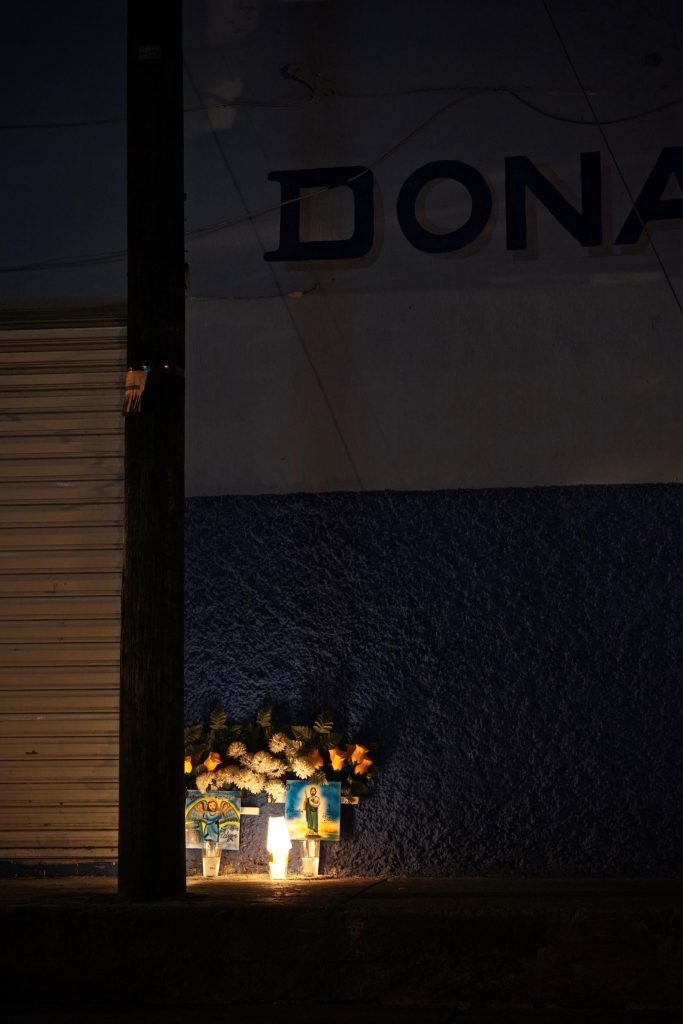
Image 14. Two fallen from the same family. Suddenly, the third one was killed
The Douro, July 2021
Image 15. "It's just that he was in it".
The Douro, July 2021
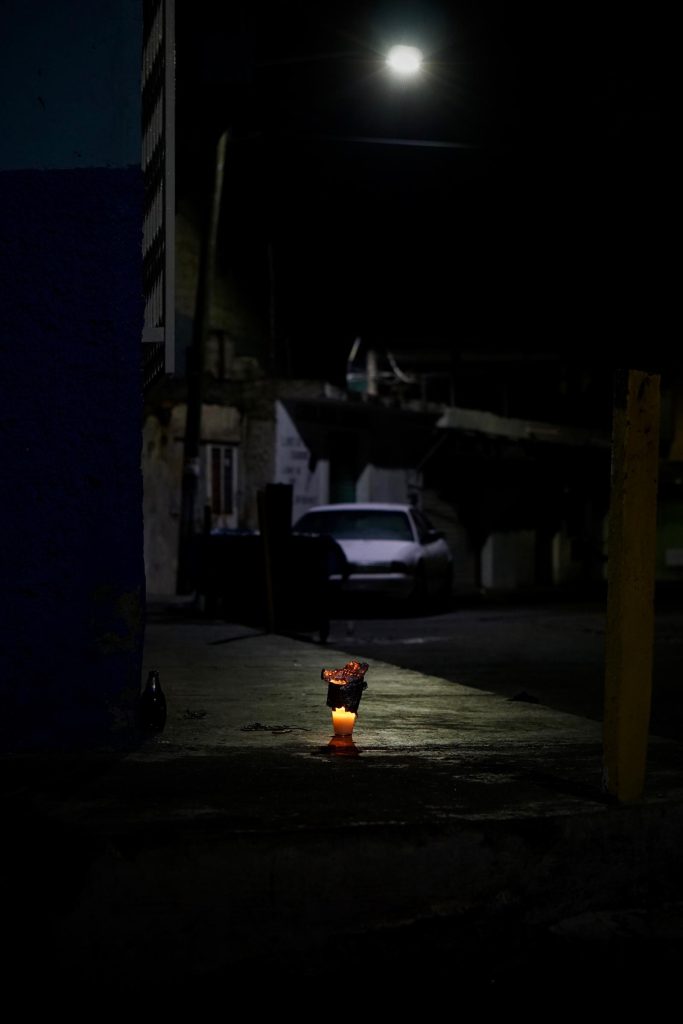
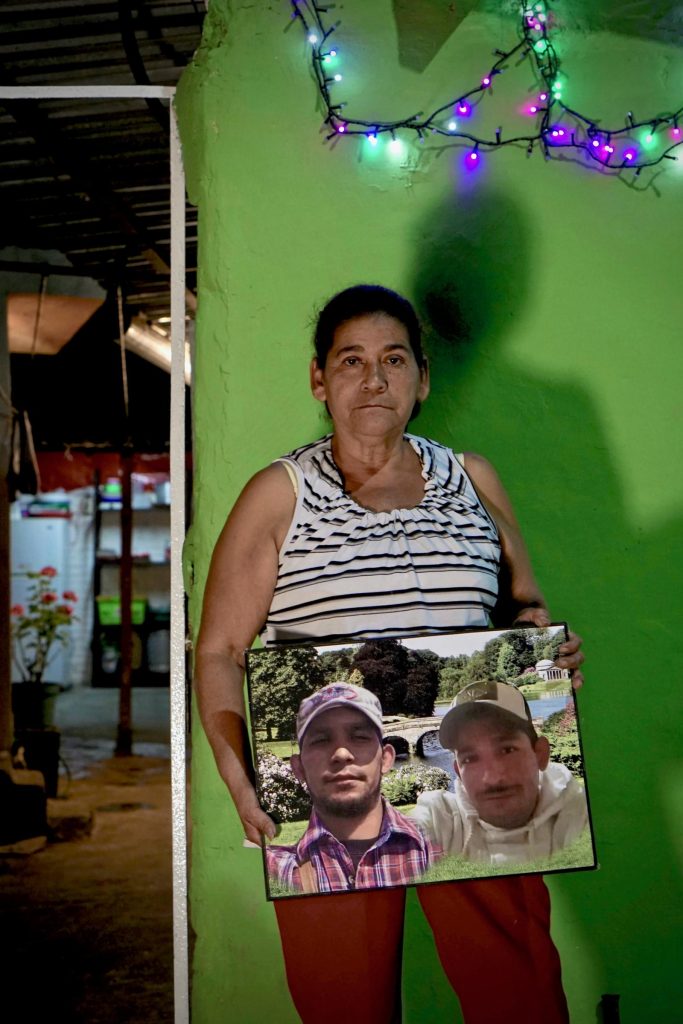
Image 16. "No one understands. But if you isolate yourself, you can go crazy."
Zamora, October 2022 (photo); conversation about the purpose of these photos, October 2023.
She wanted to remain anonymous, but she also wanted her children to be seen, for one might be alive somewhere.
Image 17. Altar to Saint Jude Thaddeus
Same place as in the previous image, Zamora, October 2022.
The situation of women who had to take on these tasks due to the kidnapping-disappearance, imprisonment or clandestinity of their partners is intrinsically different....
The situation of terror in which they lived required various forms of concealment, even of personal pain. It included trying to get the children to go about their daily activities as if nothing had happened in order to avoid suspicion. Fear and silence were constantly present, with a very high emotional cost.
Elizabeth Jelin, anthropologist, on the Dirty War in Argentina (2001:105)
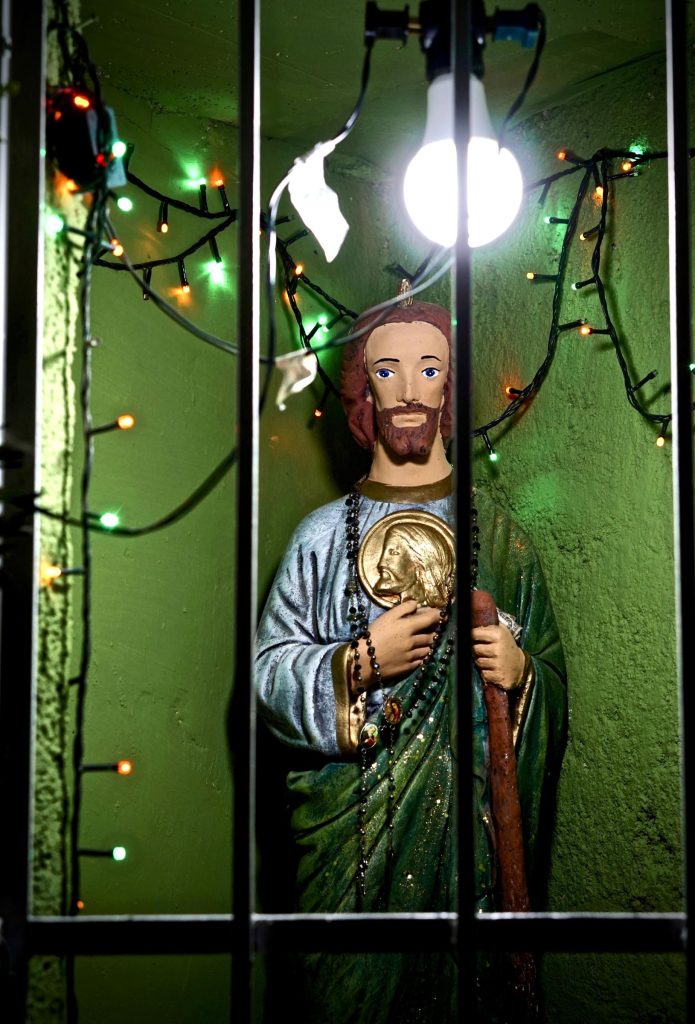
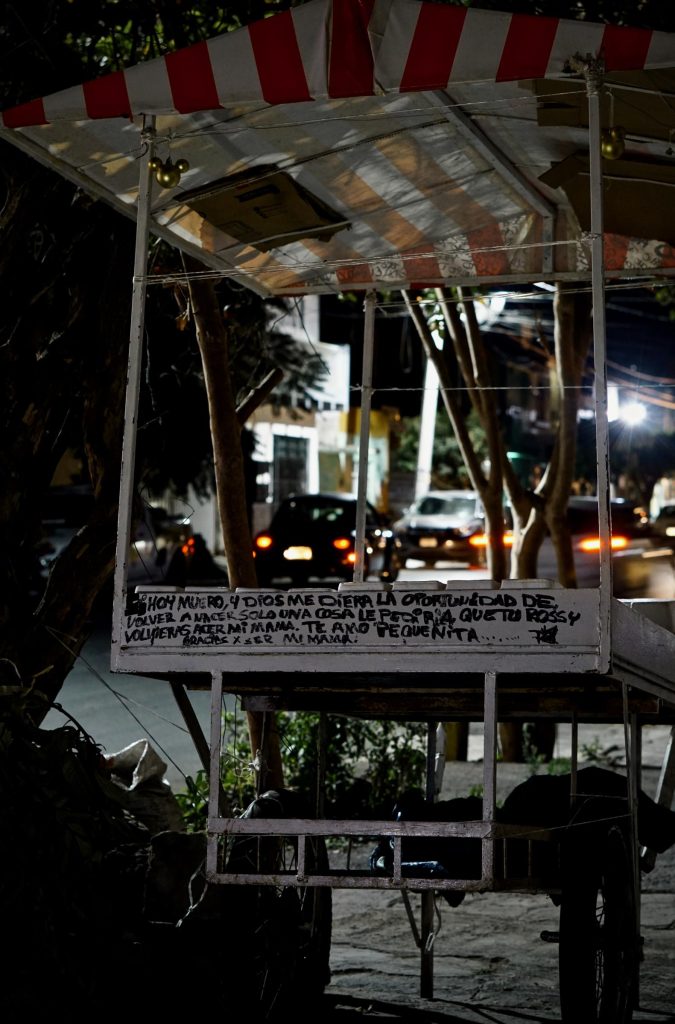
If I die today, and God gives me the opportunity to be born again, I would ask only one thing, that you, Rossy, be my mother again. I love you, little one. Thank you for being my mommy."
Avenida Virrey de Mendoza, January 2021.
Picture 19
Arboledas Second Section, October 2023
There is a great stigma attached to missing persons. In Zamora, the population has internalized the phrase "he was up to something" to justify any crime against humanity. I believe that this is a reflection of the fact that we have lost the ability to empathize with the pain of others, we think that violence is a reasonable means to punish or resolve conflicts, and it also gives us a false sense of security, since it will not happen to me, only to the other, to the one who is "up to something".
This symbolic violence exercised by the population has had various repercussions on the victims of forced disappearance and murder, and their relatives, in the search for truth and justice. It would seem that, if the victim had any link with illicit activities, to search for them, to demand justice or their appearance alive, would be illegitimate in the eyes of society, but also of their relatives, who out of shame or "lacking moral authority", are forced to live in fear and silence.
Itzayana Tarelo, anthropologist, personal communication, Zamora, October 2023.
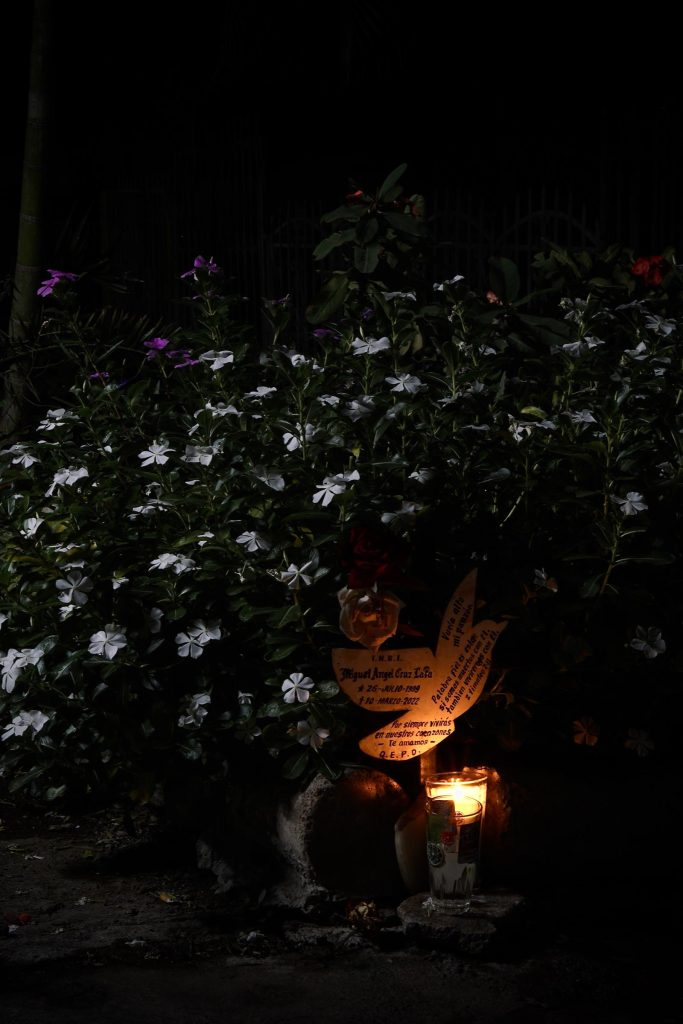
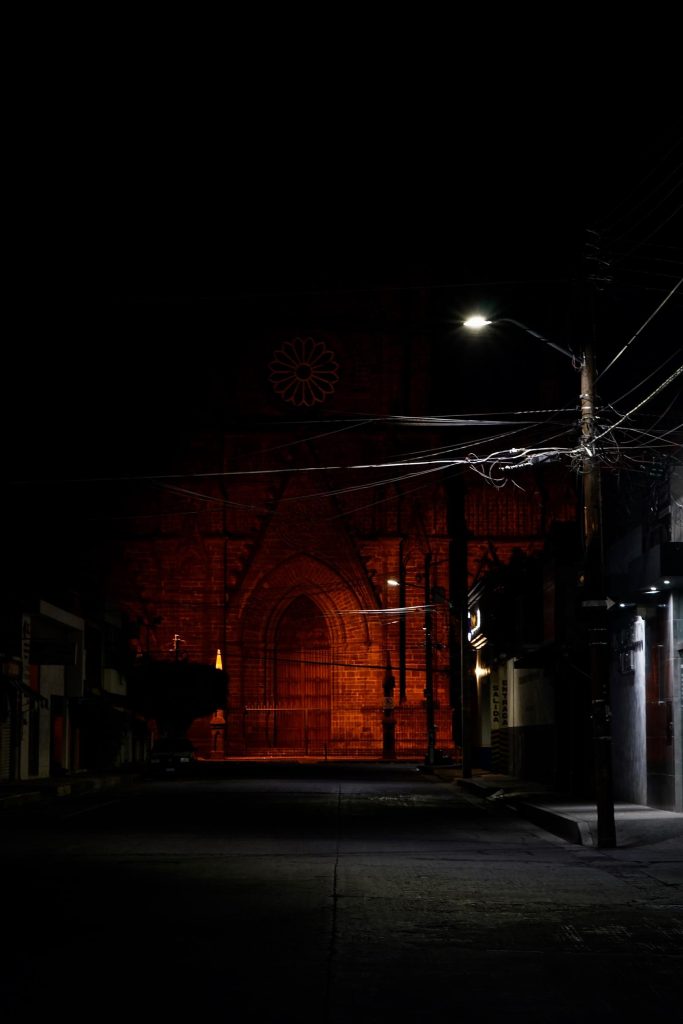
Picture 20
Guadalupano Shrine, Zamora Centro, July 2023
What level of violent deaths is socially acceptable? If we aspire to a death rate of 9.7 intentional homicides per one hundred thousand inhabitants, registered at the beginning of Felipe Calderón's government, or 17.9 when his administration ended, the 39 murders in Zamora and 15 in Jacona, in April alone, are a lot.
But if we compare with the 196.63 (per hundred thousand) publicized by the national press, according to the report of the Citizens' Council for Public Safety and Criminal Justice (March 11, 2022), then "we are doing well", since 39 murders per month would result in 468 per year, slightly above the 401 that result from an annual rate of 196.63%. Ah, but if we compare with the 57 intentional homicides in Zamora and the 21 in Jacona noted in December 2021, April is going down!"
José Luis Seefoo (2022)
Image 21. Asphalt up to the very trunk
Avenida del Arbol, May 2023.
A saleswoman from hot dogs she told me how two murderers waited for their victims among the trees. Although the ones she mentioned were just rickety ficus trees; to her, they added to the darkness of the scene. She went on to relate other murders in the area, including one on the next street. Drug addicts hung out there, she said, until several large trees were cut down. When I insisted, he acknowledged that the military rounds began around that time. However, she stuck to the fact that the trees were the main factor. For this lady, the trees were metonymically linked to danger and crime.
For an ex-taxi driver, these were thugs themselves. He told me of a dead tree that fell on top of a car, killing the parents and orphaning the children riding in the back seat. "No tree bigger than a person should be allowed!" he insisted. We also talked about the homicides that day, but he saved his indignation for the trees. When those responsible cannot be named for fear of reprisal, even trees can be a focus for articulating anxiety.
Rihan Yeh (2022) The Border as War in Three Ecological Images
(The border as war in three ecological images)
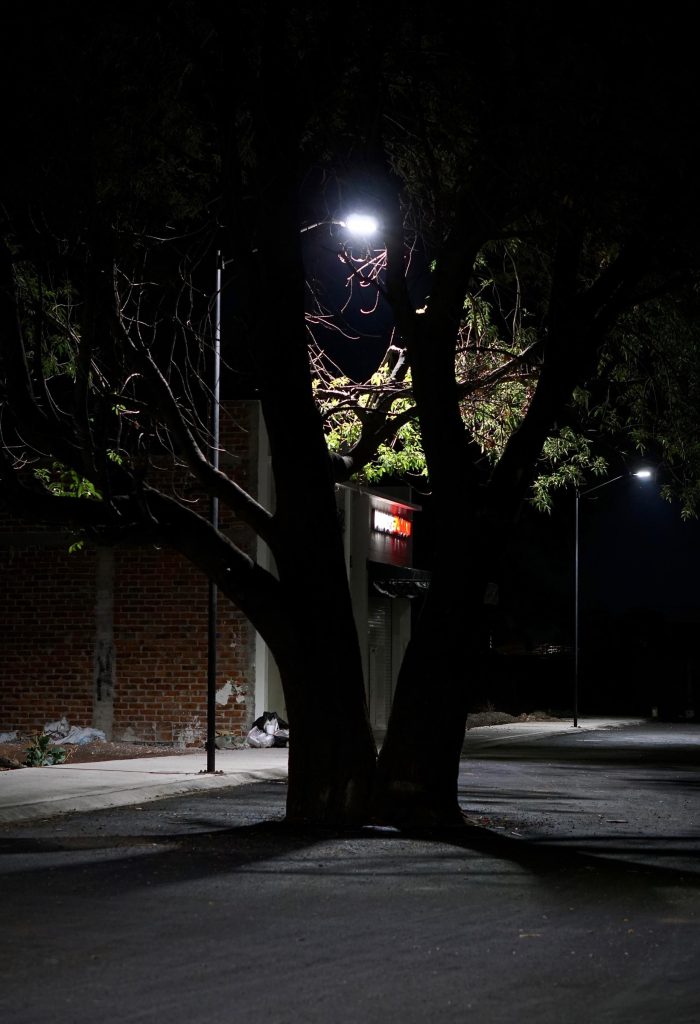
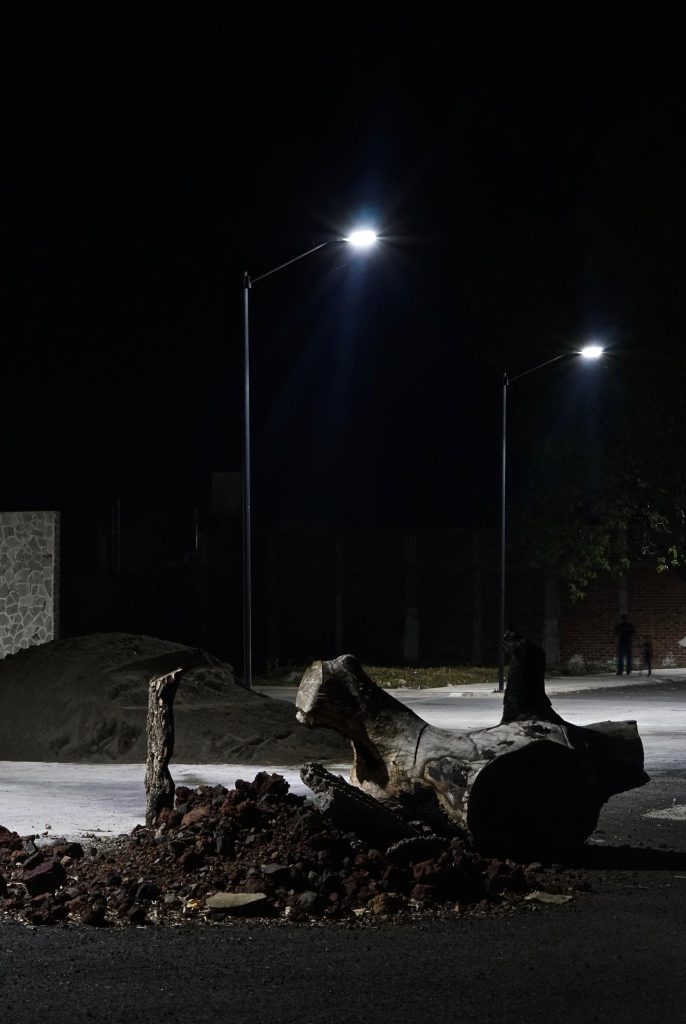
Image 22.
Avenida del Arbol, June 2023.
Picture 23
Day of the Dead, 2020, Colonia El Duero
The homicides, stated as 'confrontations', are in reality forms of manhunts of marginalized youths. Both victims and direct killers do not occupy high positions on the social ladder.
Thus, as long as the pain of loss and the smell of incense invade the homes of popular neighborhoods, intentional homicides will not drop sufficiently. If wakes and funerals were to take place in "residential" spaces, we should expect important changes...
Anonymous (textual)
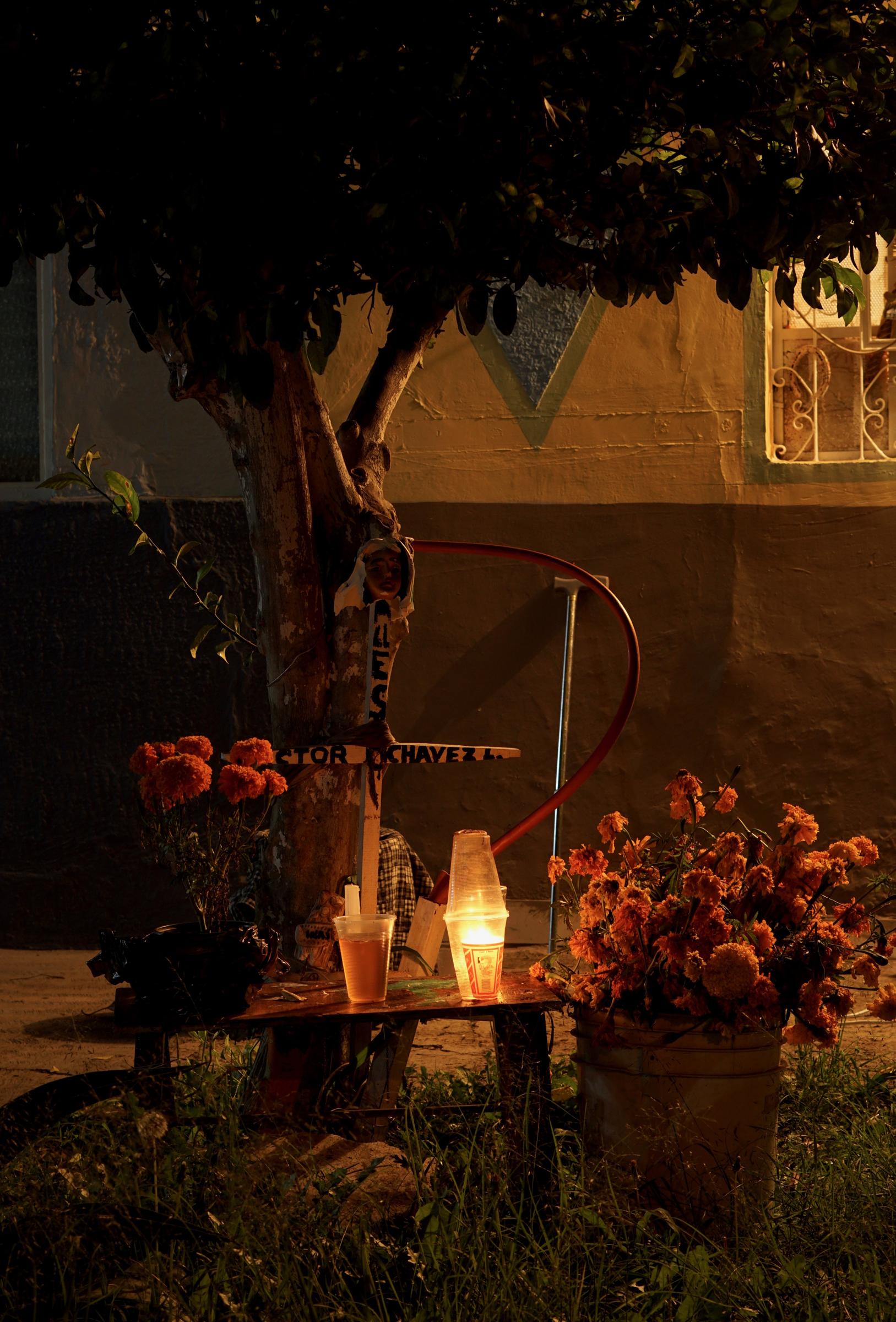
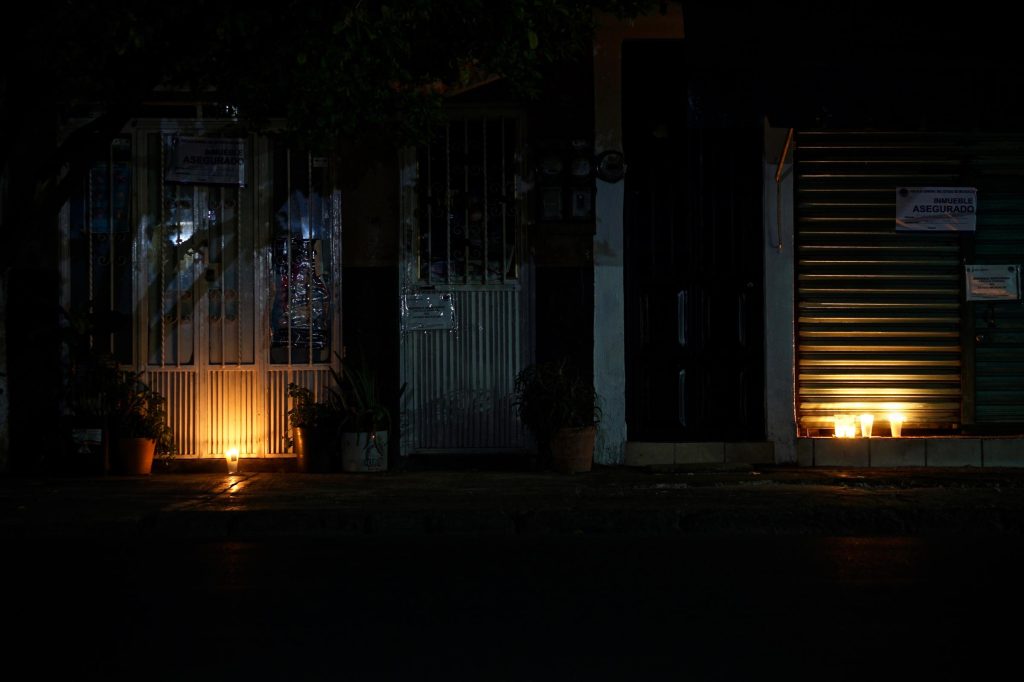
Picture 24
Colonia El Duero, January 2022
Image 25. The food stalls with their lights summon from afar to live with neighbors or strangers, a nocturnal sociability that does not give up.
El Duero, January 2022
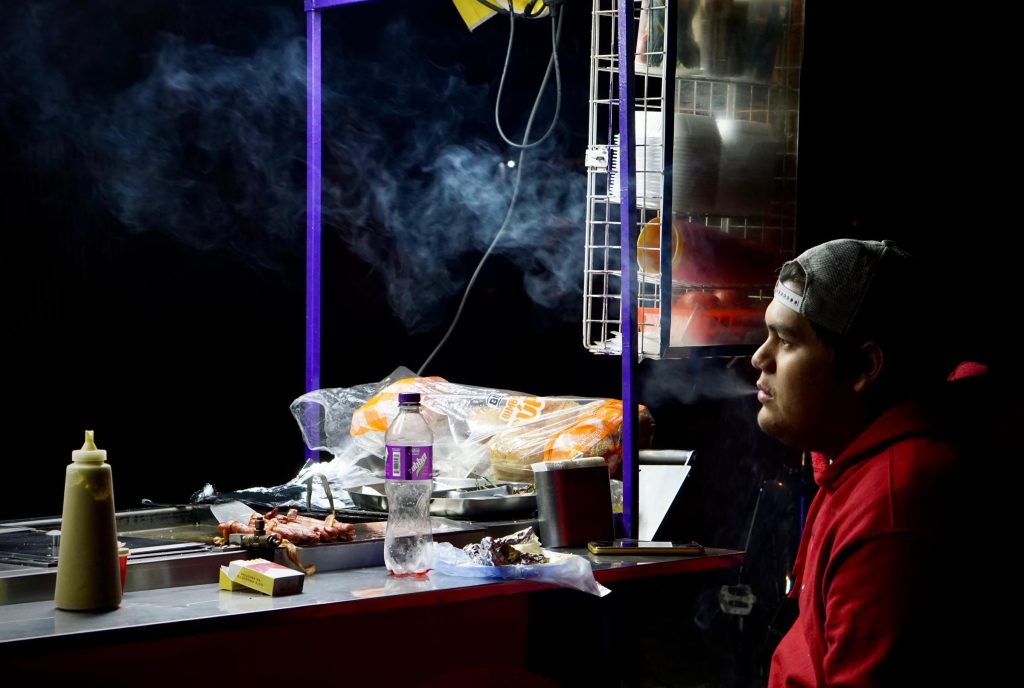
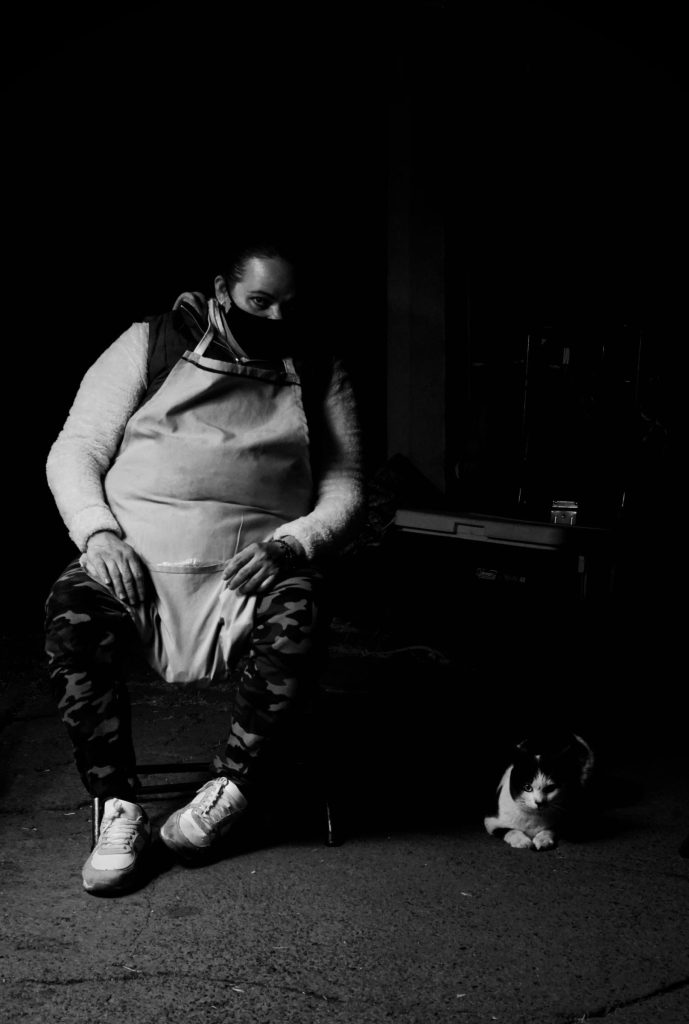
Image 26. Just called "The Metataxis": it gathers information from all cab drivers.
The Douro, February 2021
His hamburger stand is the one that closes most nights. He has the gift of getting watchmen, watchmen, policemen, hospital staff, taqueros who have already set up their stalls and who have also heard something, and a whole range of people who can't sleep for some reason.
Cab driver committed to the night shift and occasional diner at the hamburger stand.
Colonia El Duero, October 2022
After midnight, the conversation often becomes more philosophical. Bits of news that will never make it into a newspaper are gathered.
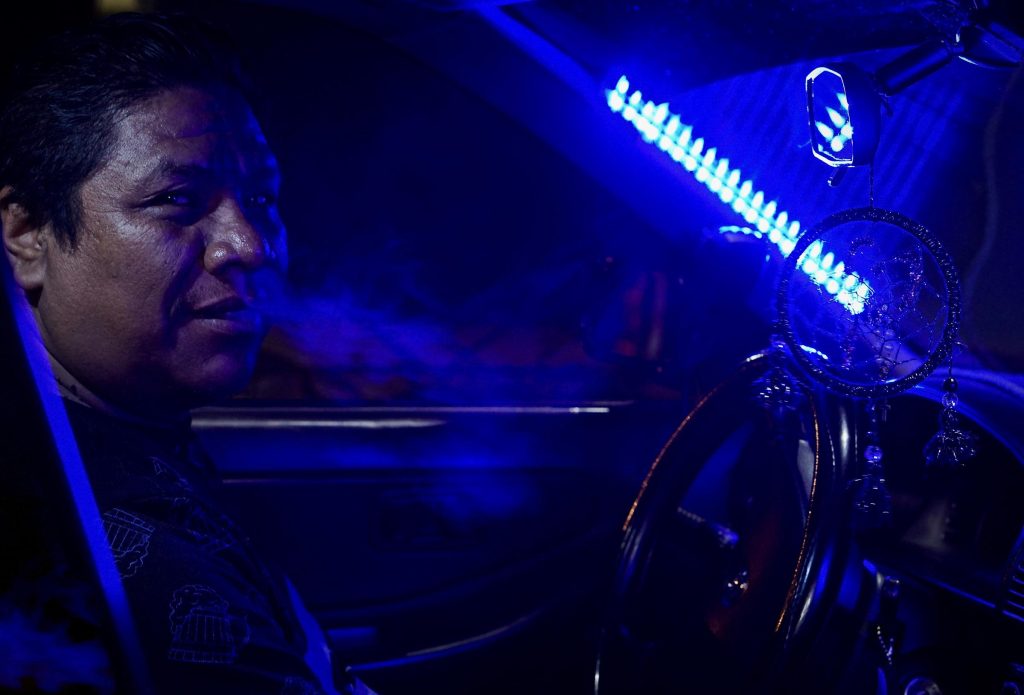
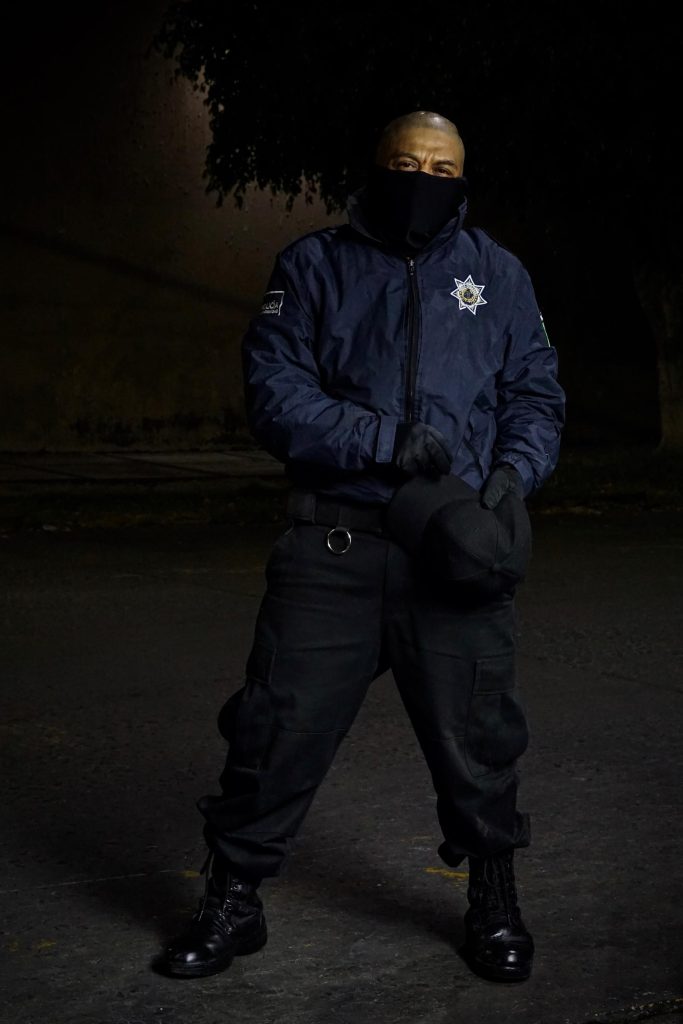
Image 28. Another member of the night owls' gathering. Topic: What is the fault of the night if you are killed during the day?
Colonia El Duero, 2022
Image 29
Zamora Centro, March 2023.
On March 5 we went out to march in Zamora for 8M. I was accompanying the contingent of women searchers and we were gluing, with paste, the cards of the missing persons. A few days later I passed by those streets again and I saw that they had tried to tear them up.
A friend of mine told me that in Queretaro the public cleaning people were instructed to remove all kinds of propaganda or posters and that is why they tore off the missing persons' cards. I suppose they do the same thing here, although sometimes the advertisement of an event lasts longer on a wall than the face of a missing person.
Anonymous, Zamora, October 2023
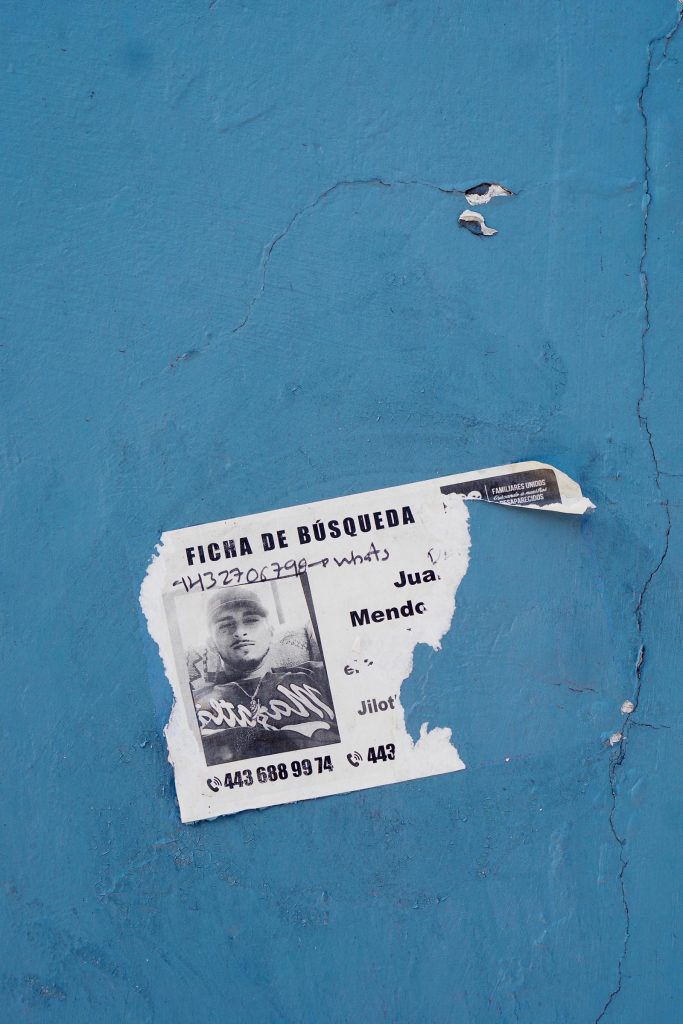
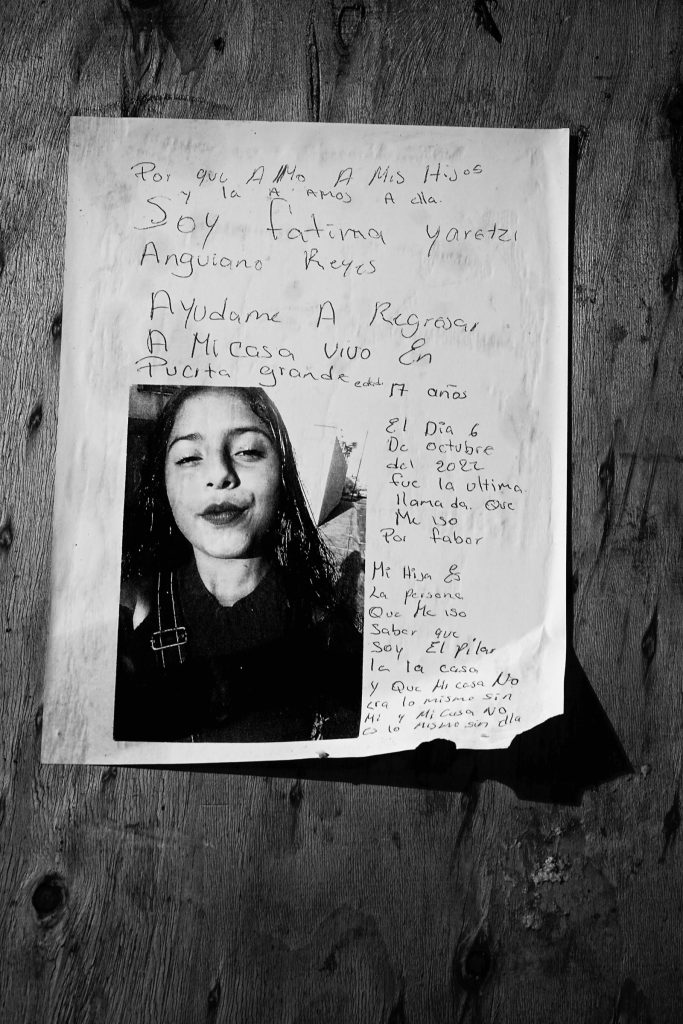
Image 30
Zamora Centro, August 2023.
To the perpetrators of the violence, the searching mothers have said "We don't want the guilty ones, we only want our children". With the celebration of masses and vigils in which prayers are said and candles are lit with the photo of their family member, the mothers seek God to soften the hearts of those who took their sons and daughters, not to abandon them in their search and to protect their family member wherever he or she may be.
Anonymous, Zamora (textual), October 2023
Image 31
Zamora, April 2023
We accompany ourselves with Our Lady's sorrow today, in the hope that she will be moved with us.
Anonymous, ending the Women's March of Silence
The March of Silence in the Catholic world is typically a procession of men commemorating the death of Christ on Good Friday. The Women's March of Silence has grown in parts of Latin America in recent years. In some, as in Zamora, it provides a language for some of the mothers of missing or dead young people.
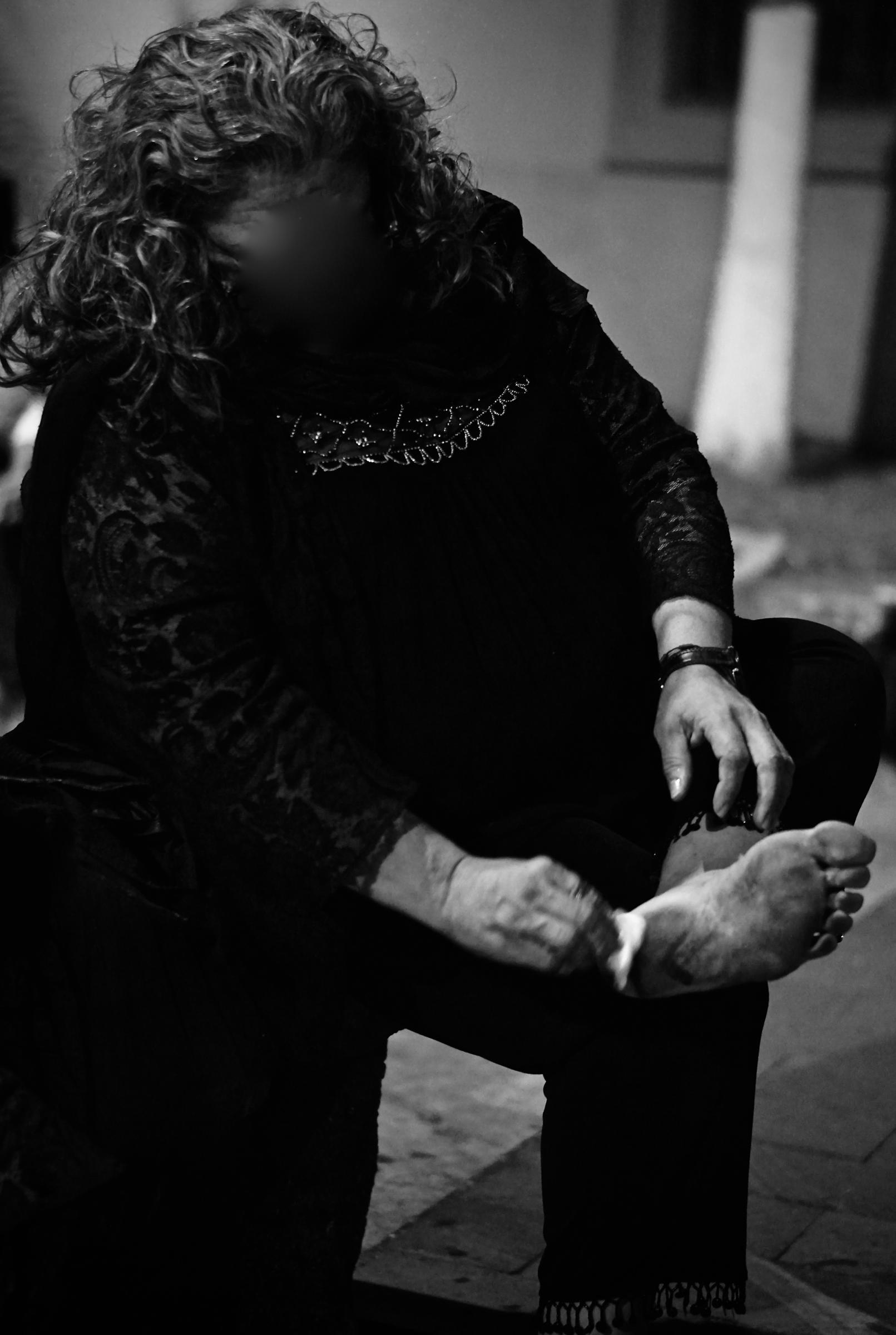
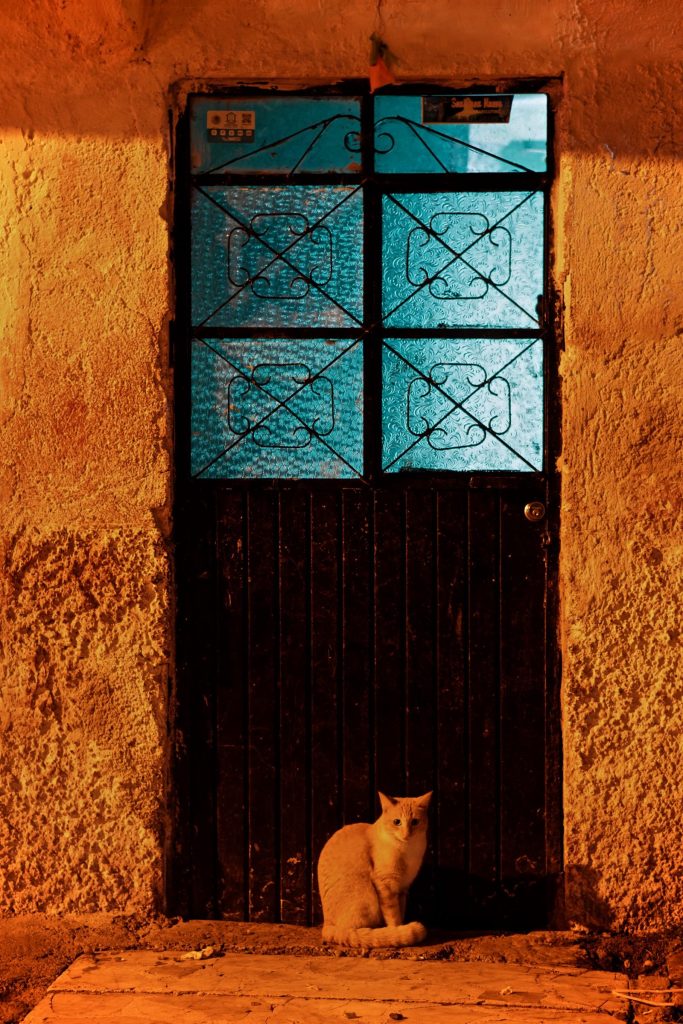
Image 32. Panther
Colonia El Duero, October 2020
These pains have no words. One keeps silent more out of modesty than fear. Crying screams and one hides the tears. All loss does not want to show itself impudently.
One closes oneself and keeps silent while one's heart burns, either for love or for absence. Impotence hurts and one knows that there is no return or solution. Poetics can only murmur. The anthropologist sometimes errs on the side of exhibitionism and fills with theoretical frameworks what hurts to mention.
The Douro Panther (textual), October 2023
Image 33. Anonymous. She made this figure representing her husband after he was killed.
Zamora, November 2023
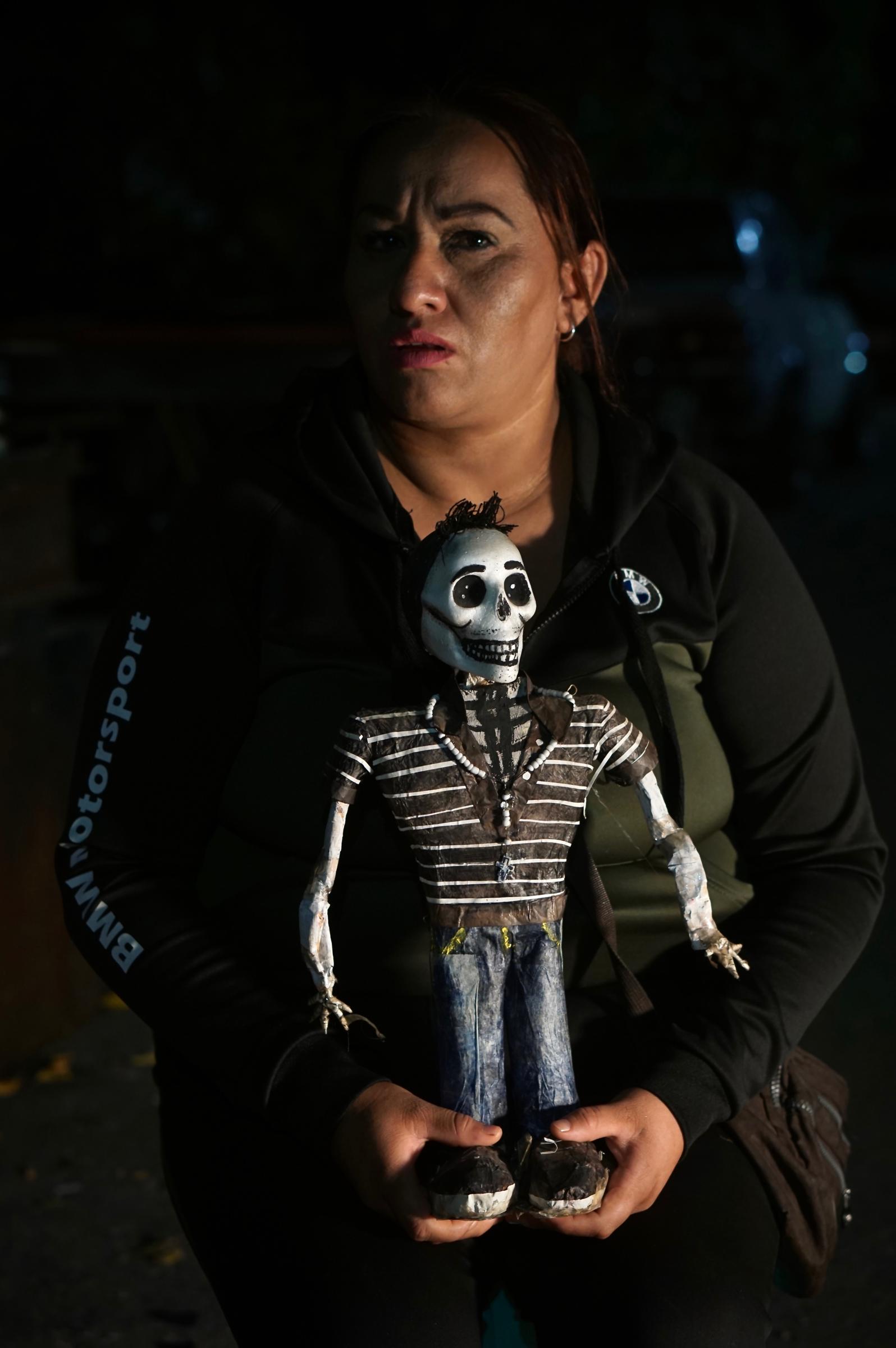
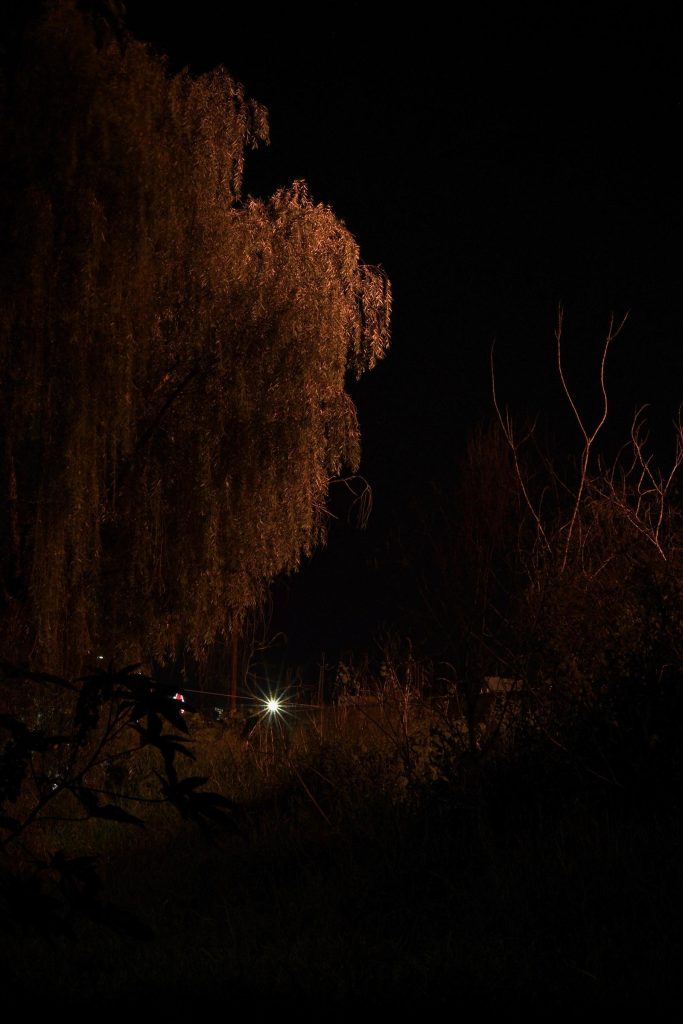
Image 34
Bank of the Douro river course
Four months ago (May 30, 2023) a teenager was killed in my neighborhood when he was going to pick up his girlfriend at CBTIS. Rumors said it was for stealing his cell phone. Some guys on a motorcycle chased him and shot him many times, until he fell dead on the corner of a vacant lot, where people throw garbage.
A few days after he was murdered, his family put up a small metal cross, some plastic flowers and a candle, but someone came by and tore the cross down and people threw garbage there again.
My mother told me that she felt bad that the boy didn't have a cross, so she made him another one with some pieces of wood she found in the yard. She put it up and, days later, she found it lying in the vacant lot, as if someone had thrown it. We think that this could only have been done by the person or persons who killed him, that the cause of his death was personal and not a robbery, as it was said.
We feel that it was a matter of hatred, of a lot of anger against the boy, because they did not respect the place where he died, nor the crosses. I feel that there was a desire to erase him, to erase his memory.
Anonymous (verbatim), October 2023
Image 35
March 29, 2024
The Women's March of Silence grew exponentially; the municipal government estimated that 15,000 people participated.
Silence was strictly maintained, punctuated only by drums with a slow, synchronized rhythm between contingents. Likewise, other signs were discarded and only those that reminded to remain silent were kept.
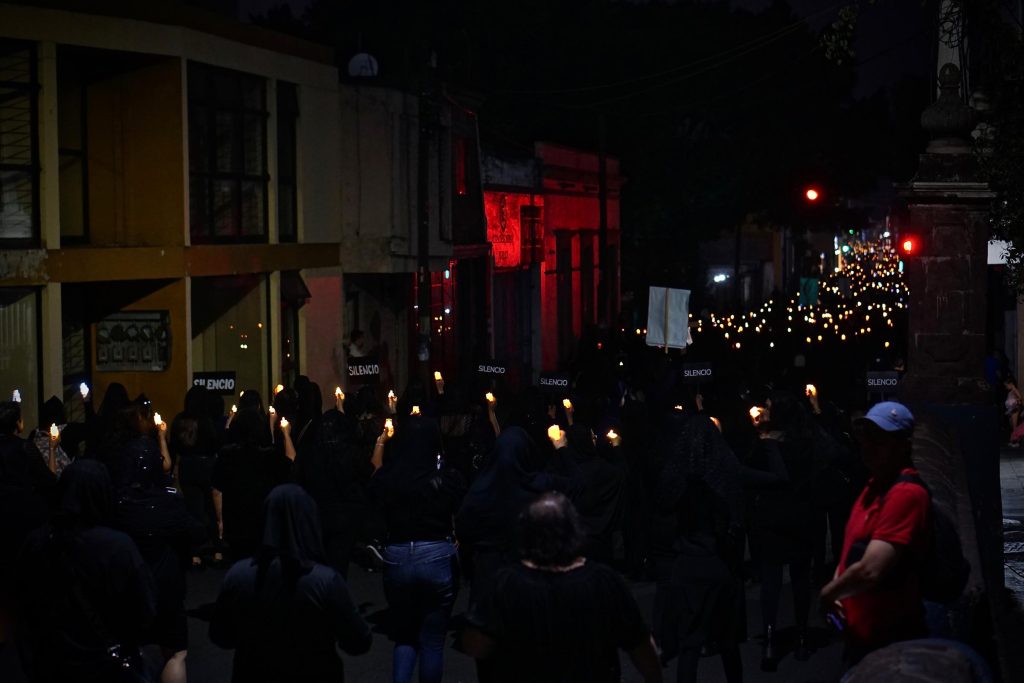
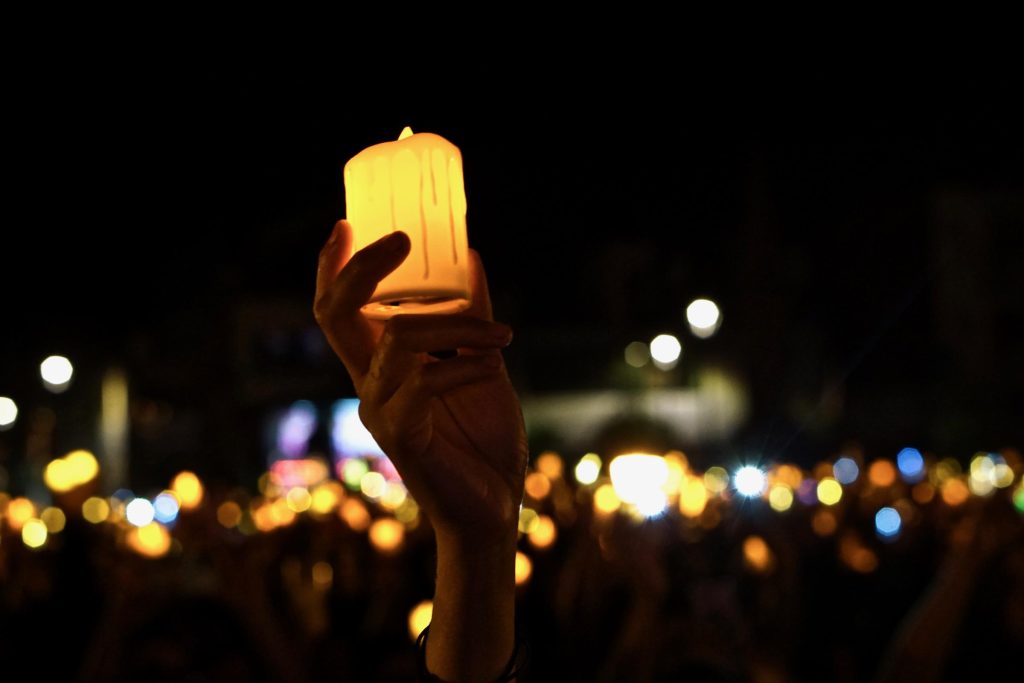
Image 36
Guadalupana Shrine of Zamora, March 29, 2024
They were received by their rector, Father Raúl Ventura, who congratulated them because "Zamora is consolidating its position as a leader in religious tourism.
Image 37
Avenida Virrey de Mendoza, January 2022
Where language must be imprecise, a flame in the night communicates, even if it is difficult to know who put it there or to whom it is addressed. To the dead man himself, of course; to God.
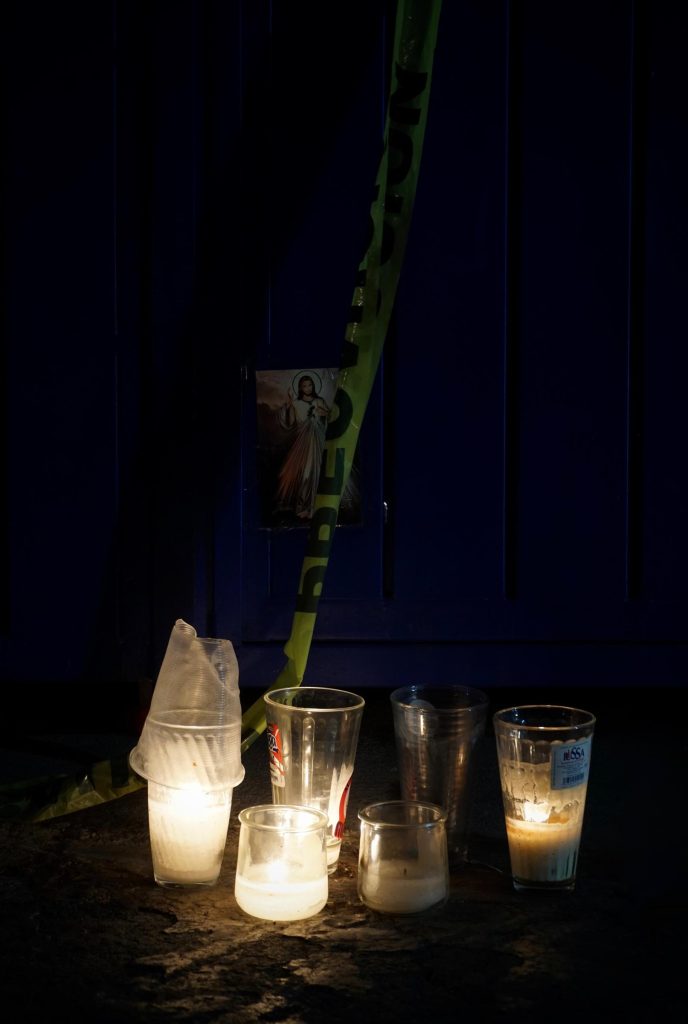
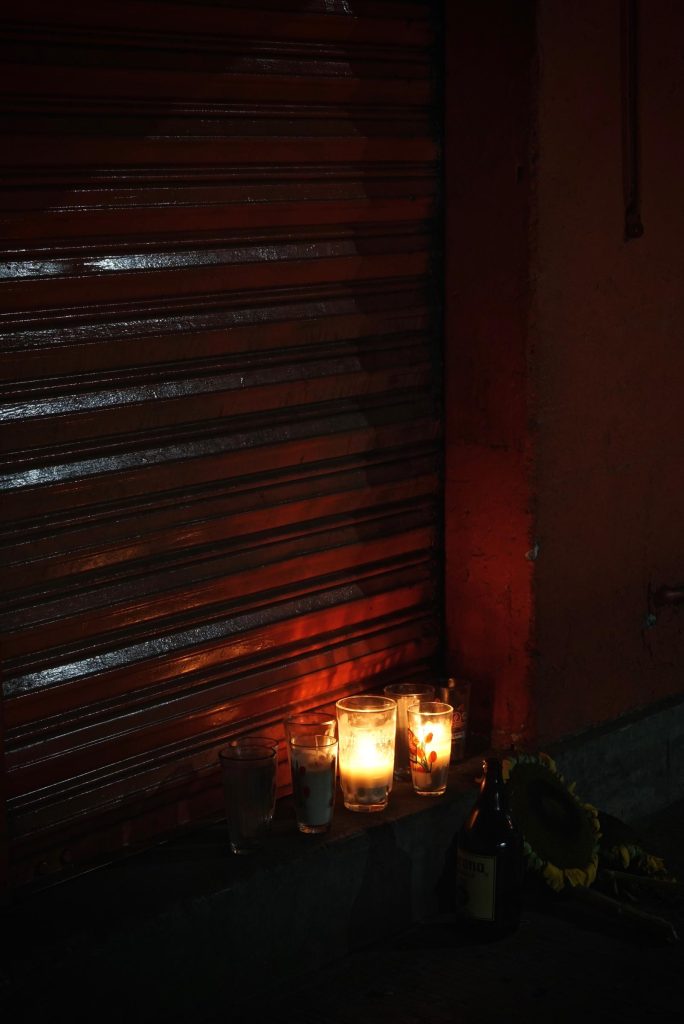
Image 38. During the day they are not even seen. At night they acquire convening power
Hidalgo Market, September 2022.
Image 39. It hurts. See it
Jacinto López, October 2022.
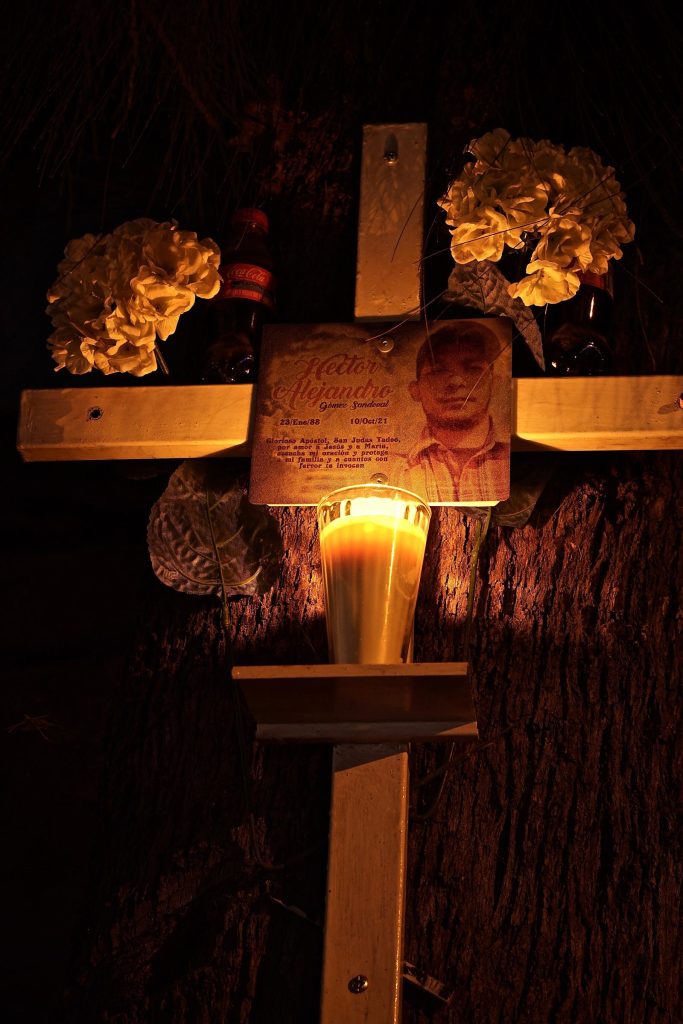
The author would like to publicly acknowledge the support and patience of her colleagues at the Centro de Estudios Antropológicos, Colmich; the collaborations of Itzayana Tarelo and Reynaldo Rico Ávila to think the narrative arc from a hundred photos or more; the enthusiasm of Renée de la Torre, Paul Liffman, Melissa Biggs and Gabriela Zamorano, as well as the complicity of Ramona Llamas Ayala.
Dedicated to the memory of Julio César Segura Gasca, alias the FUA (1967-2024), poet of the Zamorano night.
Bibliography
Citizen's Council for Public Safety and Criminal Justice (2022). "Ranking 2021 of the 50 most violent cities in the world." https://geoenlace.net/seguridadjusticiaypaz/webpage/archivos Accessed: August 2023.
Jelin, Elizabeth (2001). The work of memoryMadrid: Siglo xxi.
Seefoo Luján, José Luis (2022). "Zamora va... muy bien?", Semanario. Guide. https://semanarioguia.com/2022/04/jose-luis-seefoo-lujan-zamora-va-muy-bien/
Yeh, Rihan (2022) "The Border as War in Three Ecological Images," in Editors' Forum: Ecologies of War, thematic issue, in. Cultural Anthropology. January. https://culanth.org/fieldsights/series/ecologies-of-war
The awareness of being looked at: giving a view of the tianguis stall
Frances Paola Garnica Quiñones
El Colegio de San Luis, San Luis Potosí, Mexico.
is a Conacyt postdoctoral fellow at El Colegio de San Luis. She holds a master's degree and PhD in Social Anthropology with Visual Media from the University of Manchester, UK. Her research topics include the perception and imaginary of spaces, Chinese migration in San Luis Potosi and ritual and therapeutic uses of peyote from a biocultural territory defense approach. She is co-director of the documentary ...And I'm not leaving the neighborhood! (2019).
Orcid: https://orcid.org/0000-0001-6957-1299
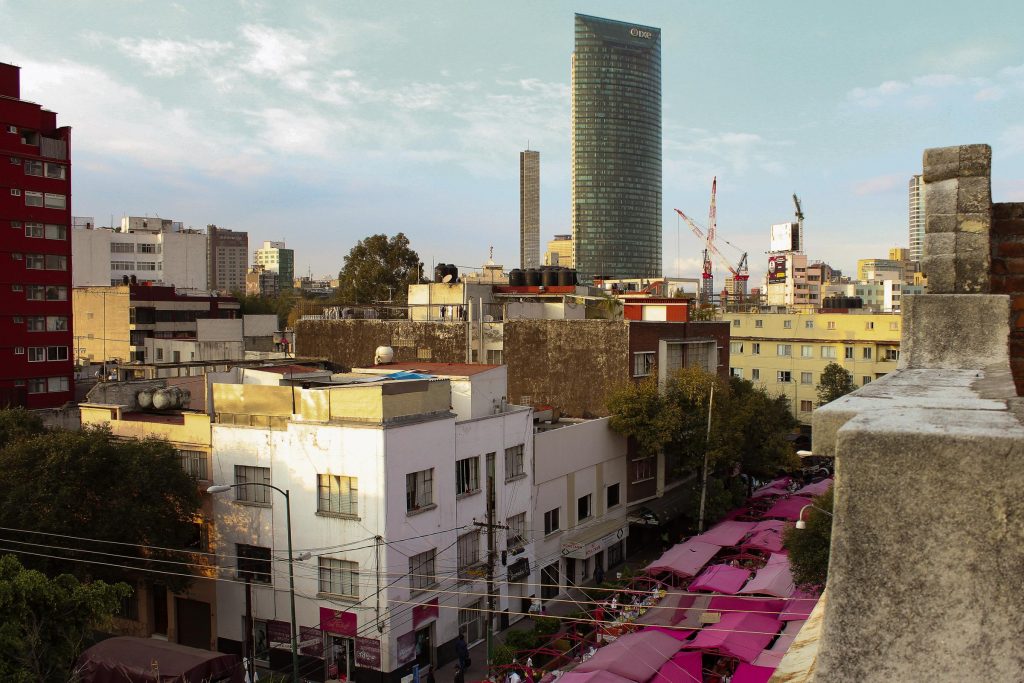
Image 1
Tianguis: a place to watch
CDMX, 2012.
Once a week the Ruta 8 de Mercados sobre Ruedas is installed in eight different neighborhoods of the CDMX. People visit with certain expectations of the place:
The tianguis is a light bulb on, a journey, a back and forth, going in search of something with the desire to get something, open space, without walls, without walls. There is room for everyone; it is a tradition, an adventure, a means of sustenance, a job and a chinga. - Rodrigo, dealer.
Picture 2
"The tianguis can be seen, smelled and touched" (Jorge, art dealer).
CDMX, 2013.
The atmosphere of a tianguis is generated in large part thanks to the work that tianguistas put into the presentation of their stalls.
The main expectations of a tianguis from the perspective of the marchantes are that, 1) its installation is on the public street, 2) there is an atmosphere of exploration, sociability and personalized attention, 3) there are products that are not found in other establishments and at low cost, 4) the visit is recreational and enjoyable, 5) there is room for maneuver in the commercial exchange, such as bargaining and bargaining.
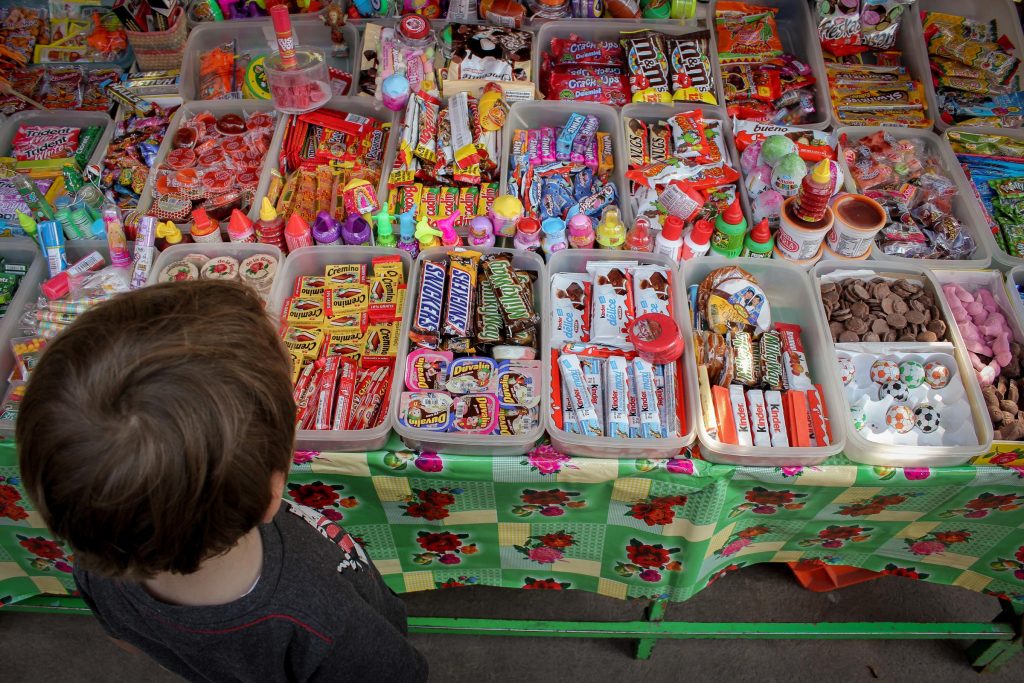
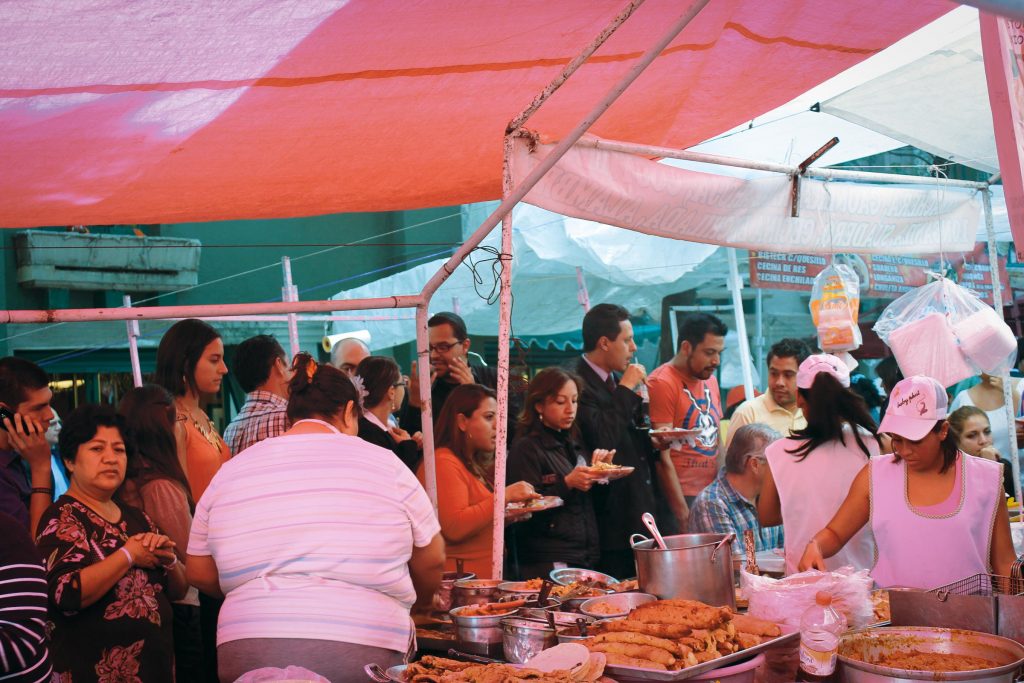
Picture 3
"Why do I always get hungry at the tianguis?" (Carlos, dealer)
CDMX, 2013.
These expectations are not the result of a marketing study where the preferences of the potential clientele were calculated and then the tianguistas created and executed an action plan accordingly. They are the result of the observations and adaptations made by the tianguistas in order to set up a street sale. They bring together a series of knowledge about the use of space, hygiene, product presentation, interaction with vendors and internal social organization. Since stalls are usually passed down from father to son or daughter, this knowledge is acquired and inherited over decades of coexistence with vendors.
Picture 4
Assemble the stand
CDMX, 2013.
At eight o'clock in the morning, the constant whistle of the devils or chargers alerts pedestrians walking in the middle of the traffic of devils (wheelbarrows). Heavy wooden boards on the floor mark the place of each stall. Half-assembled stalls, like skeletons, wait to be dressed. But the tianguistas must take into account the rules imposed by the association itself, the government and the neighbors of each neighborhood: install the awning of the indicated color, have the stall tubes painted in the same color, do not exceed the allotted meters, do not ruin flower boxes or fences of the neighborhood, keep the boxes and other materials tidy in the back of the stall and avoid cables, ropes and obstacles in the aisles, among others.

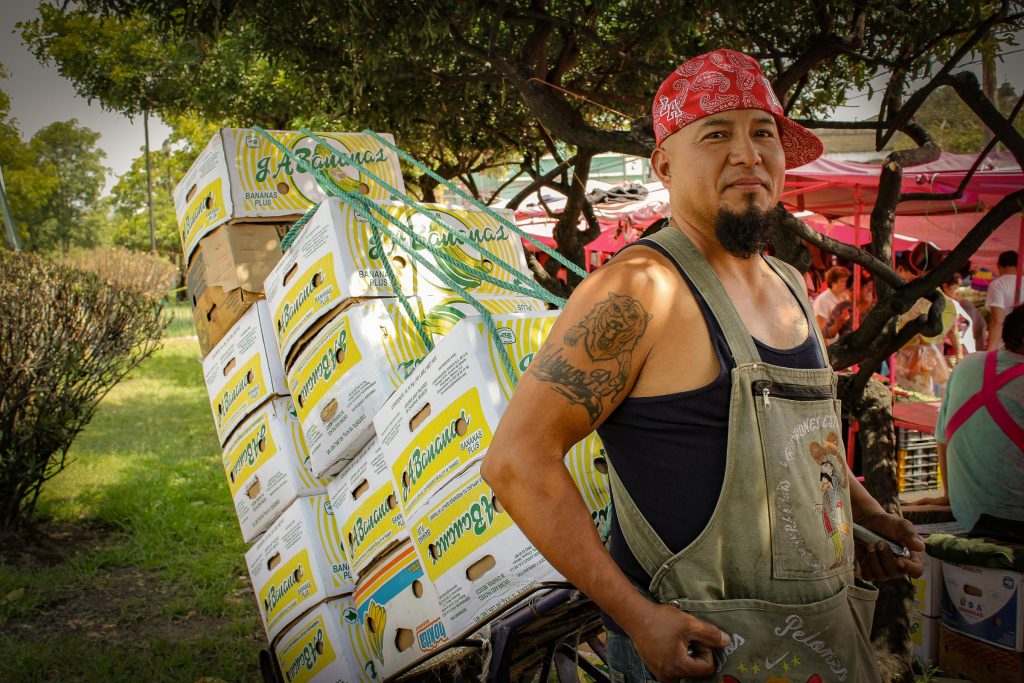
Picture 5
Diablero
CDMX, 2013.
The diableros perform work that requires great physical effort. A diablero can carry up to 100 kilos. They load, unload, assemble and disassemble the tubes of the stand. They can also act as assistants, serving customers and giving "testers" to the vendors. For many migrants, this job is their first entry into the world of work in the CDMX, as the requirements are minimal.
Picture 6
Assistant
CDMX, 2013.
The stall owners usually hire employees to help them unload the merchandise and set up every day. The tianguistas who do not have their own cargo truck hire freight drivers who store the merchandise in their truck overnight and deliver it early in the morning to the neighborhood where the tianguis is to be set up.
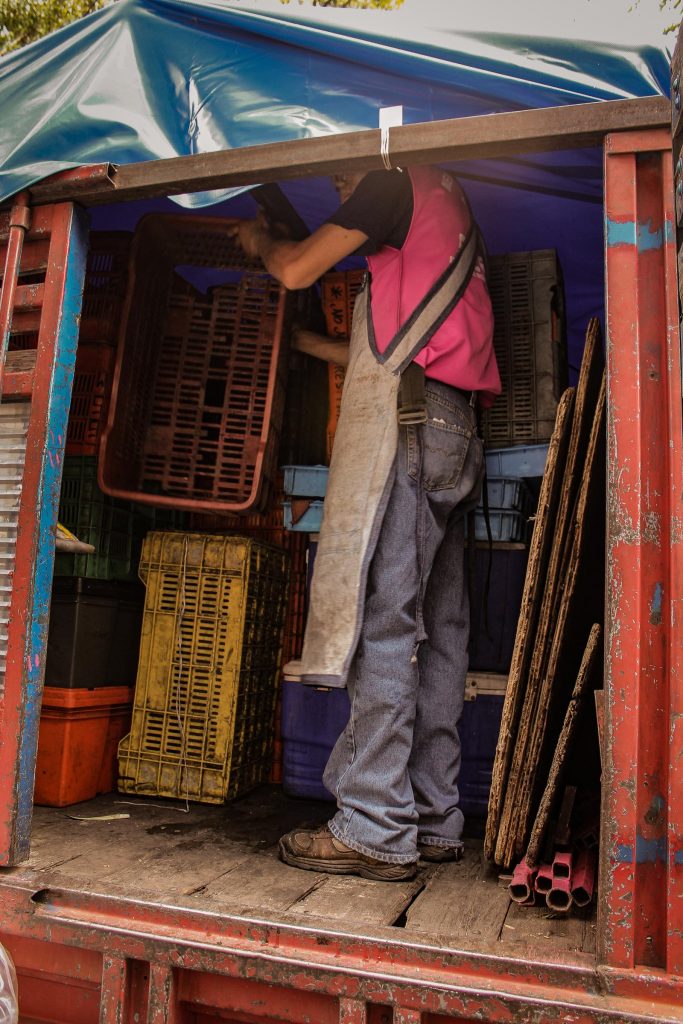
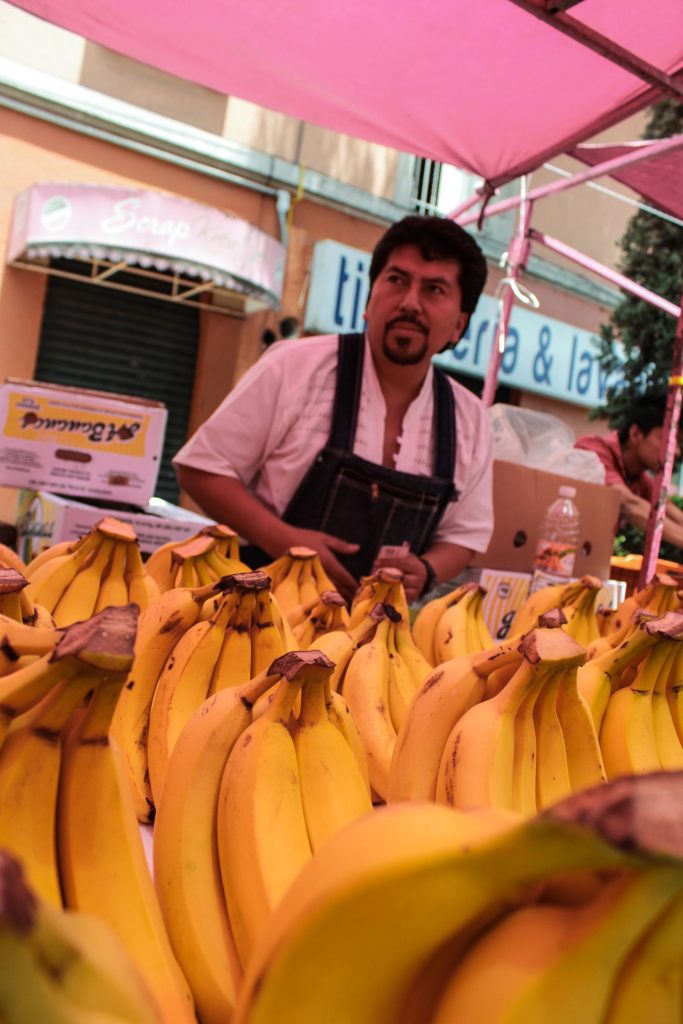
Picture 7
The tailor of the post
CDMX, 2012.
Abel, an assistant at the banana stand, resembles a tailor who puts the finishing touches on the stand. A native of Veracruz, he considers his trade to be that of a farmer, but he has developed diverse skills over ten years of handling the stall's structural materials. Abel prepares and adapts the stall for possible weather conditions: clear, rainy or windy. He uses coins that he wraps and ties around the corners of the stall's canopy to get a better grip. He says he likes this work because it awakens his creativity.
Picture 8
The art of banana placement
CDMX, 2012.
Abel takes the bunches of bananas from the rows he already formed and, with a curved knife, skillfully cuts the top of the stem without splitting the bananas, making the joint look flatter:
I'm giving them a view. It's more attractive; the bananas look fresher and more appetizing..
Giving a view consists of working on the aesthetic and spatial presentation of the stand and the products that compose it.
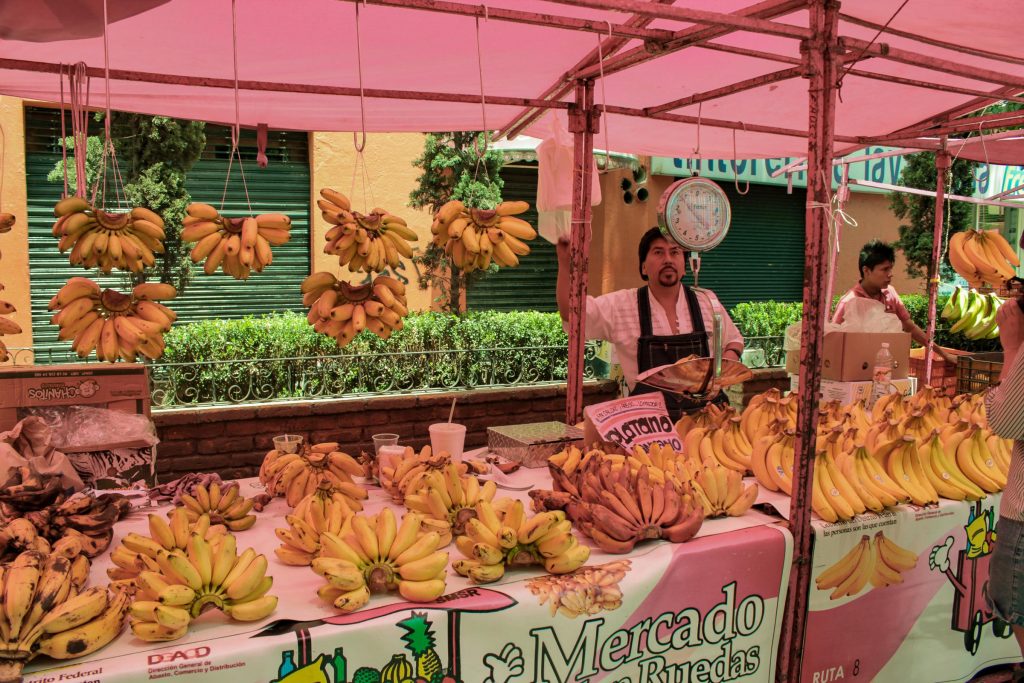
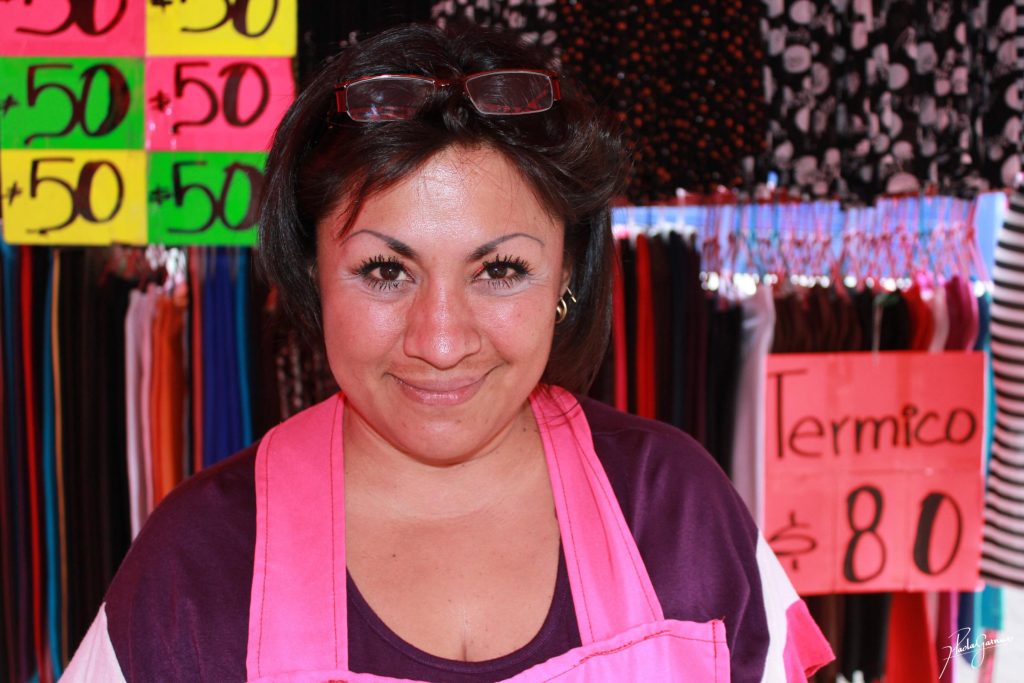
Picture 9
The stocking stall
CDMX, 2012.
A few meters from the banana stand, Olimpia is unpacking the merchandise from her hosiery stand. Her mother inherited it from her. After a hired loader assembles her two-meter stand and places large drums full of clothes, Olimpia arranges the merchandise. As part of give view to her stall, she also often dresses her merchandise, a strategy that has helped her sell.
Picture 10
Giving sight is inherited
CDMX, 2012.
On the front counter, Olimpia places colorful socks that she has had dyed, because it's cheaper. She stretches them along the corner of the stall, creating a rainbow of nylon. Light filters through the transparent material, highlighting the delicate patterns of the stockings, which are hung like invisible legs. Bundles of stockings portraying several white-skinned blonde women hang at the front of the stall, swaying delicately in the morning breeze.
From my mother I learned to show my stockings like this. She always told me to hang up my stockings just like this. They look great, don't they? Don't they? Look at them. - Olimpia, tianguista.
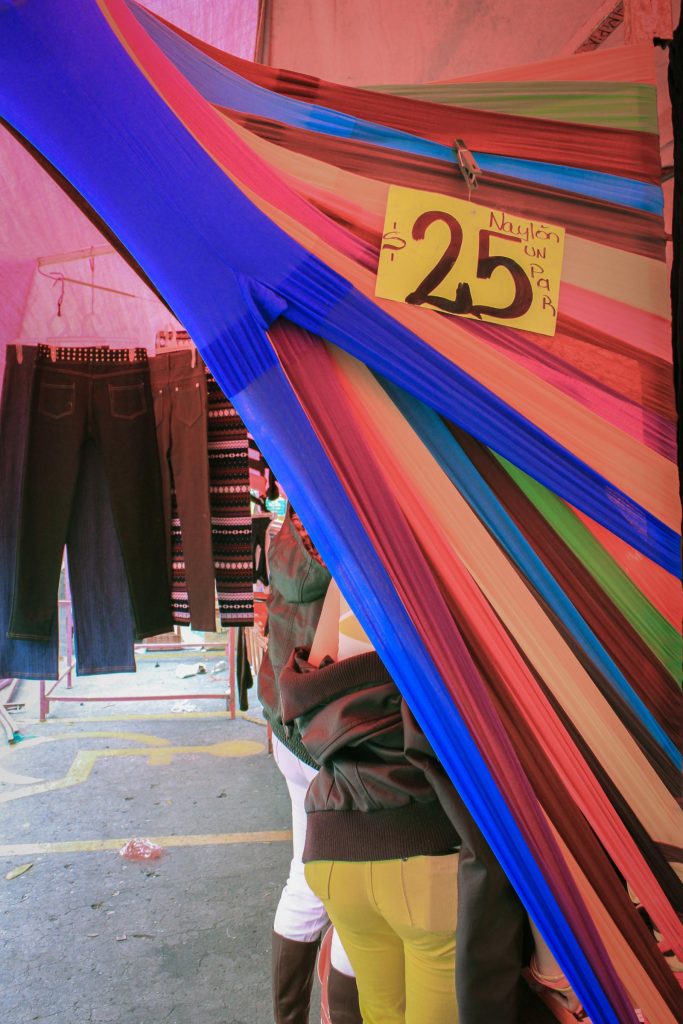
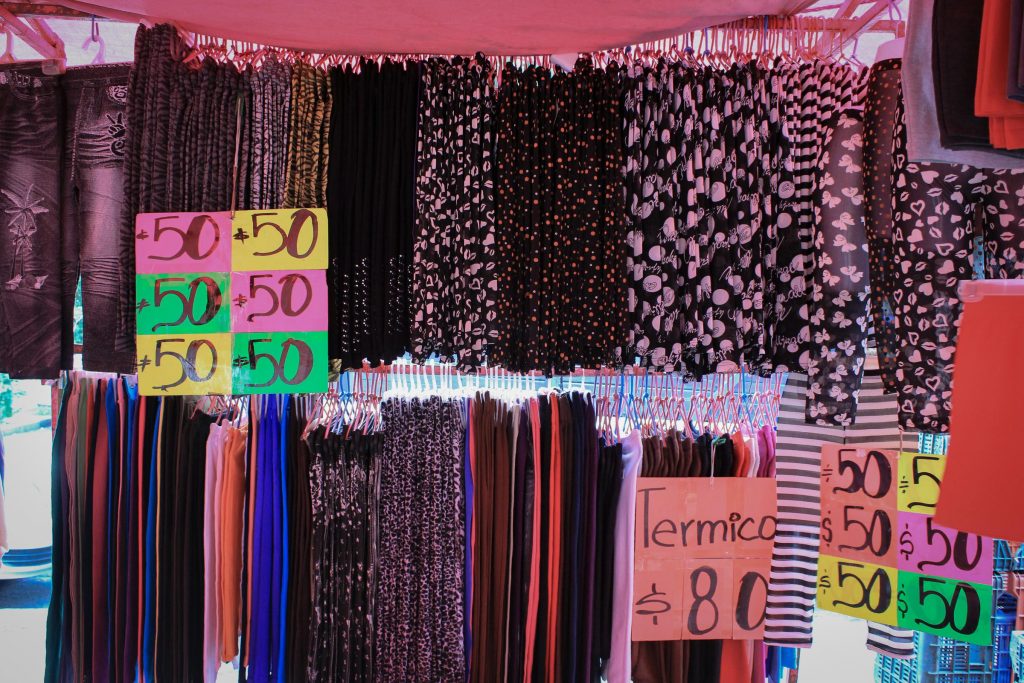
Picture 11
Variety in 2 meters
CDMX, 2012.
The extensive variety of merchandise that Olimpia handles includes more than a hundred different products. After three hours of arranging socks, tights, leggings, tights, stockings, lycra skirts and so on, Olimpia arranges her seat, which consists of a stack of box tops on a storage box, and checks on Galleta, her little French Poodle who is napping very comfortably on a cushion.
Picture 12
Giving a view is innovation
CDMX, 2013.
During the 1980s, before the Free Trade Agreement, the tianguis were the place where innovations were found. Things that were not allowed to be sold were sold freely in the tianguis. It was a place of novelties. People liked to find something new, even if it was the same thing, but in a different form, for example, curiosities, like jicama. Instead of selling it in a jar, you put a stick to the slice of jicama and it becomes a special popsicle called "jicaleta". That's something innovative and it was sold at the tianguis. Fruit covered with chocolate, things like that. The idea was to look for something attractive, something curious. It was more than just satisfying a desire to consume. - Roberto, tianguista.
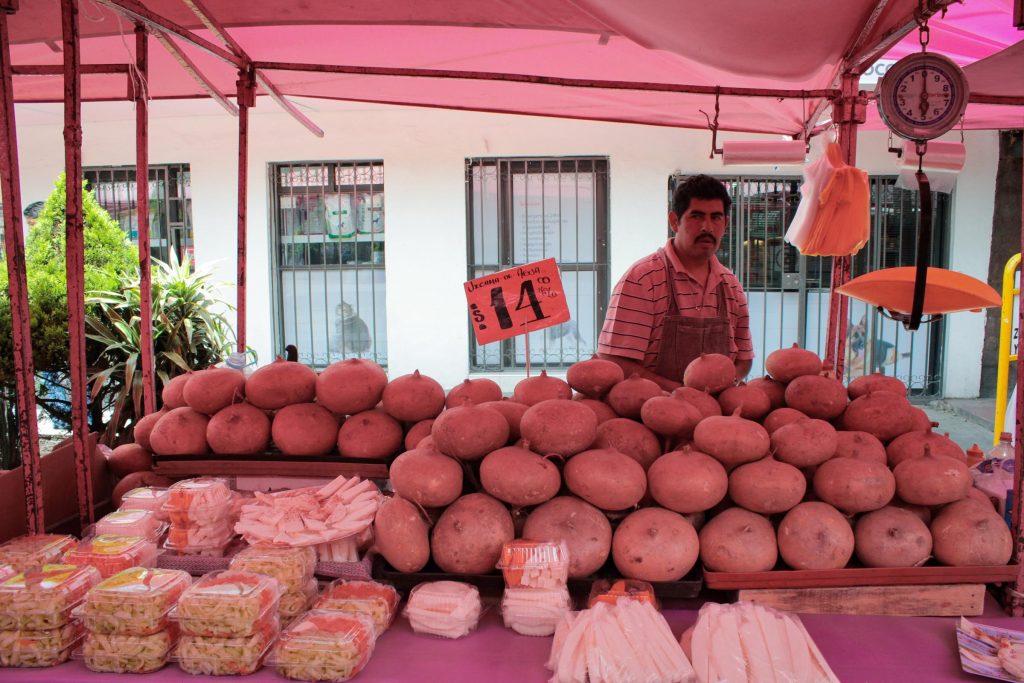
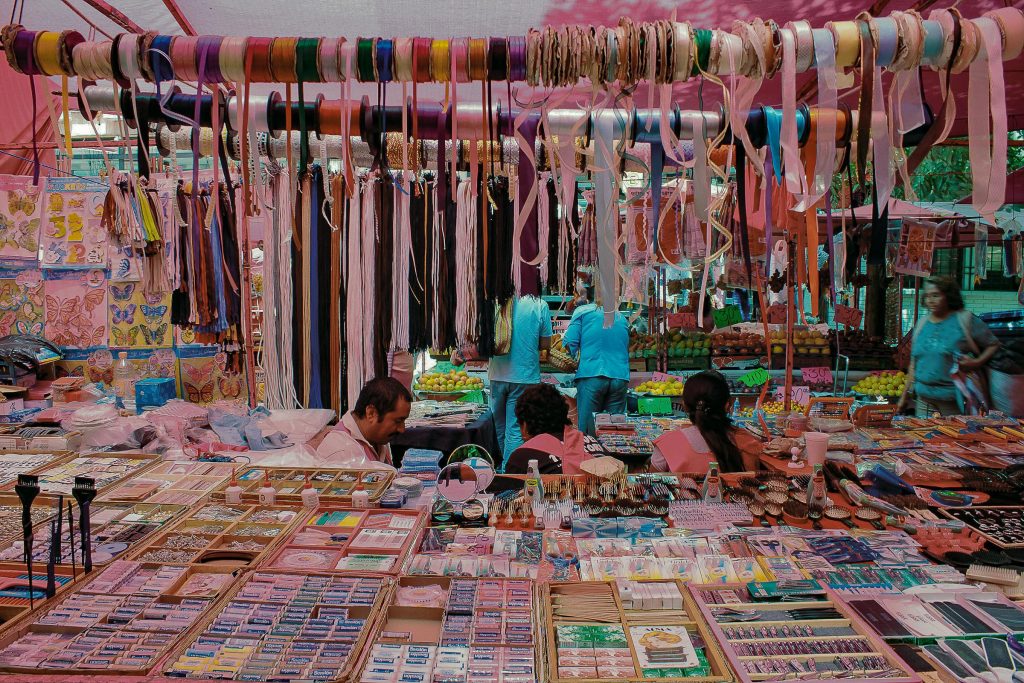
Picture 13
Recognition comes through the eyes
CDMX, 2012.
On Sunday more foreigners arrive and I would imagine that in their countries there are not as many things as here. It is a marvel for them to see our work, because it is not easy to arrive and find everything already shaped, washed, cut, sliced; it is a great task that we do from very early in the morning and they are amazed. And they see it as a treasure that we have. I don't know, maybe, if we had it every day, it became more habitual and maybe you don't value it so much. You see the enthusiasm, the expression on their faces, how they stand with their cameras, film and ask for permission. Many are more observant. They try to see the structures we have to work with, because it is not easy, and they are even more amazed when they go the next day and there is nothing of what they saw the day before.. - Abel, tianguista.
Picture 14
The good trader
CDMX, 2012.
The tianguis reminds you not to assume that there are no faces on the fruit. Here at the tianguis, you can see that the vendors work for the goods. They share their knowledge about the produce, how it can be eaten. It's a more direct approach, not like in the storefronts. - Octavio, art dealer.
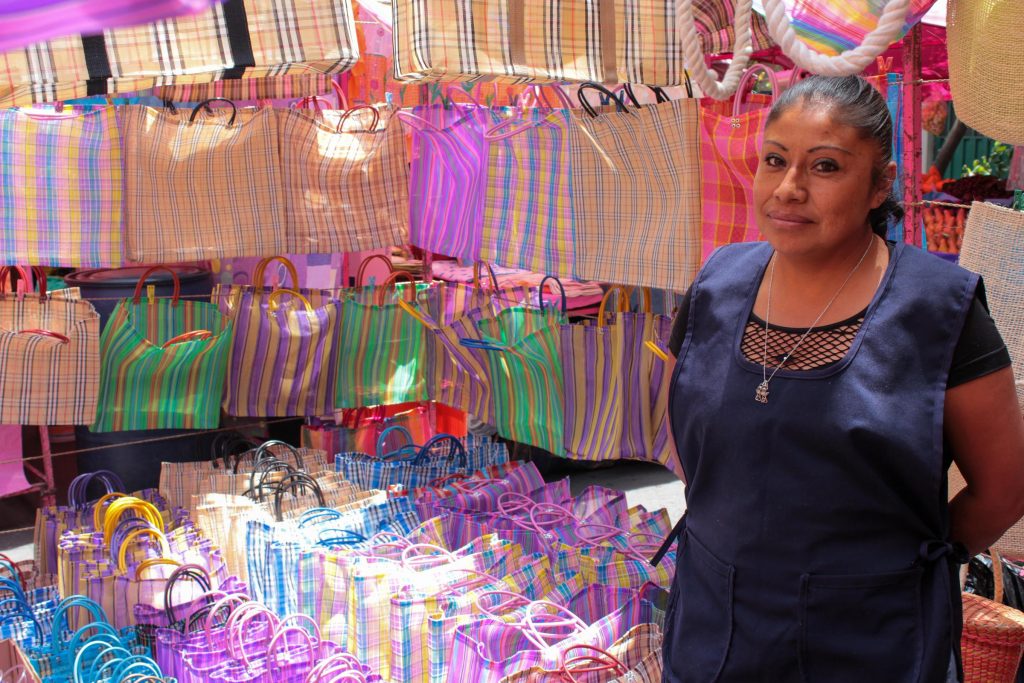
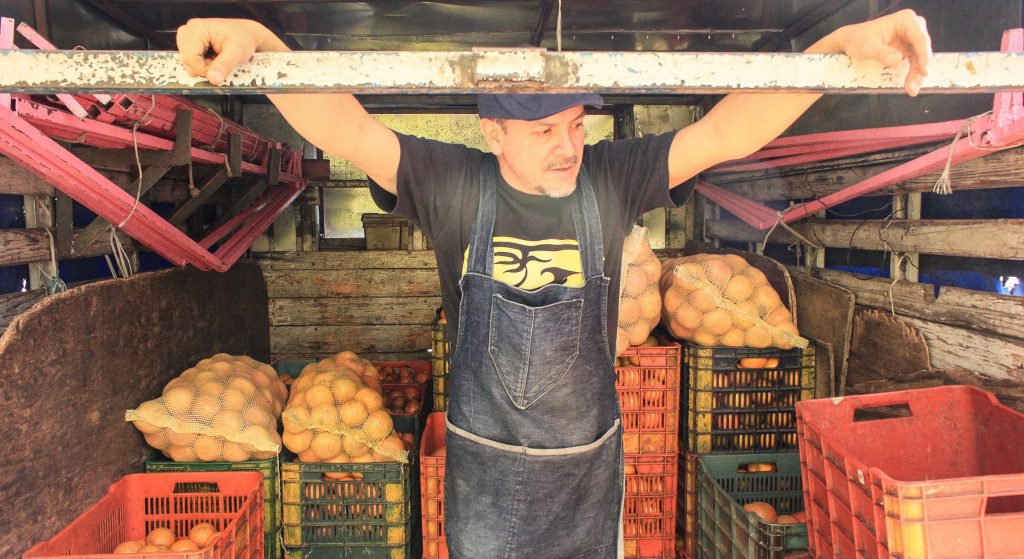
Picture 15
Oranges with a view
CDMX, 2013.
Twice a week Roberto, tianguista and representative of Route 8, buys 90 kgs. of oranges in arpilla, as many kilos of Valencia oranges, grapefruit and pineapples.
In Abastos, a higher monetary value is given to oranges that "have eyesight", that is, those that are large in size -and therefore heavier-, uniform in color and without blemishes.
Picture 16
Automatic and manual aesthetic selection
CDMX, 2013.
At the Central de Abastos, a machine sorts the oranges by size and, via a conveyor belt, sorts them into compartments. Once the oranges have fallen into these compartments, two fruit sorters pick them up and manually select the oranges that have spots or dents.
Some fruits get leaves stuck to them when they are growing and get stained. We take care of this. We select the best ones, and the ugly ones we remove so that the fruit has a better presentation. This is what helps people consume more.- Ángel, worker at the Central de Abastos.
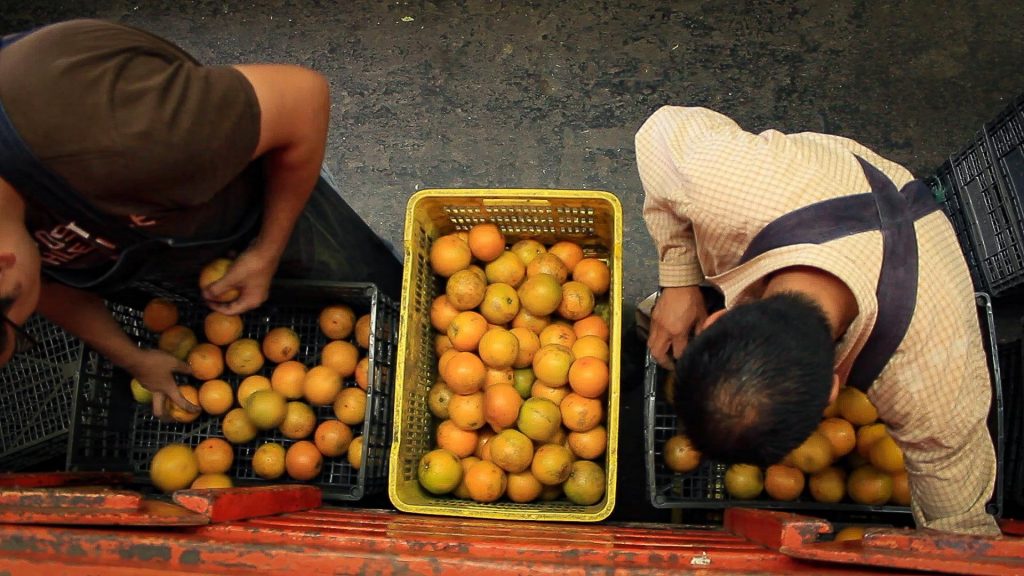
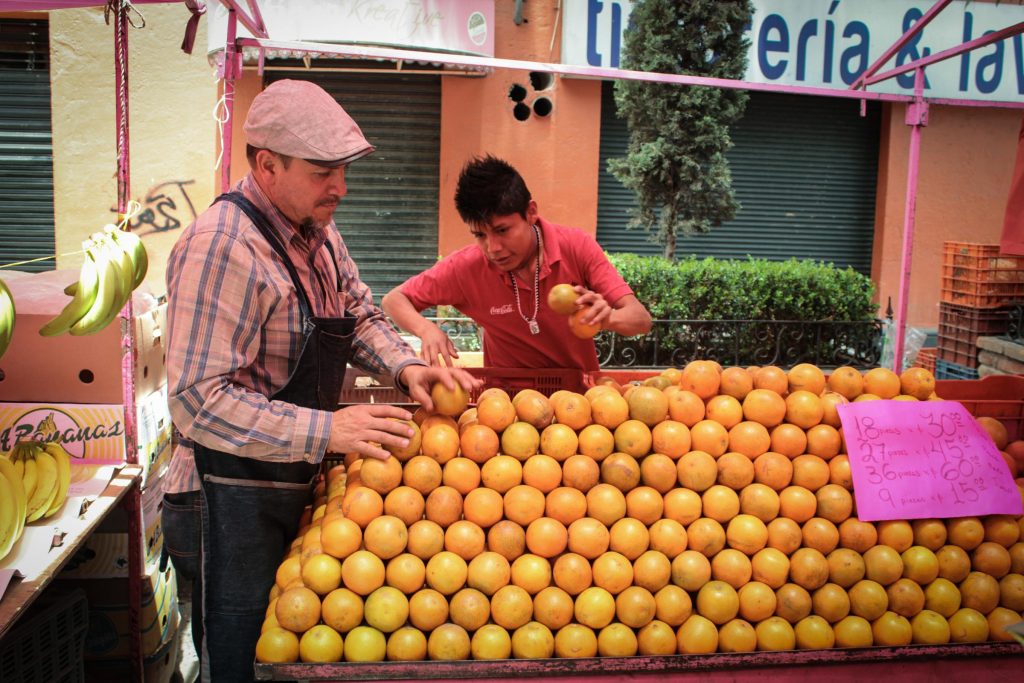
Picture 17
Back at the post
CDMX, 2013.
Roberto finally arranges the oranges in his stand. These oranges have gone through a selection process that is part of a chain involving the aesthetics of the product. The oranges with the "best look" are given at a more expensive price to the dealer. Roberto also sources oranges for juice, pineapples and grapefruit.
Picture 18
Map of a tianguis stand set up in the vicinity of the Velódromo sports center.
CDMX, 2013.
These are the basic elements that make up the assembly and presentation of a Ruta 8 citrus stand. Variations tend to occur with respect to the type of products being sold, the neighborhood where the stand is set up, where space may be larger on some streets than on others, and the needs of the vendors. Annexes are more tolerated in Velódromo, where there is much more space than, for example, in La Condesa.
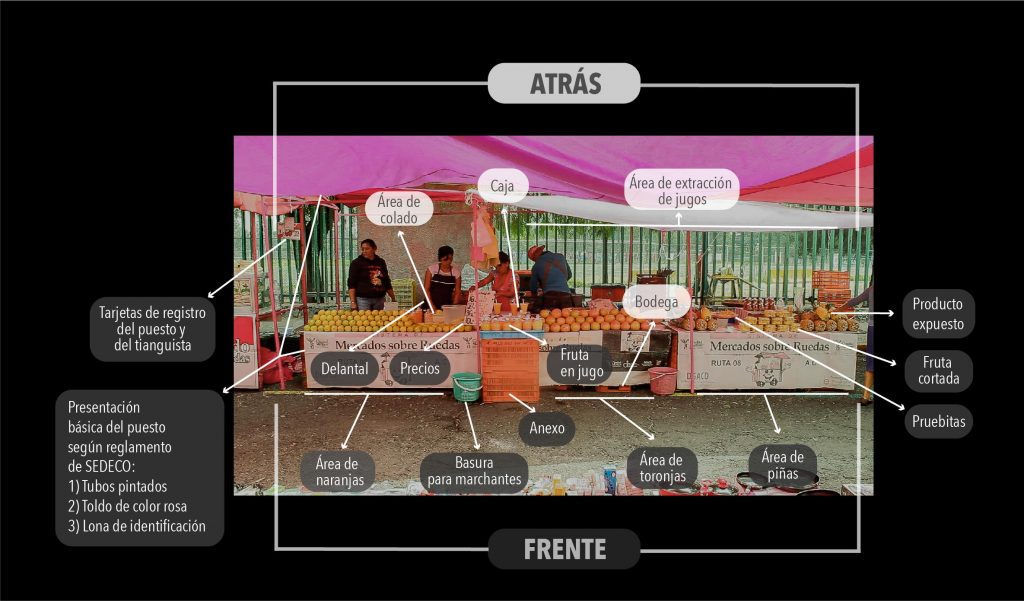
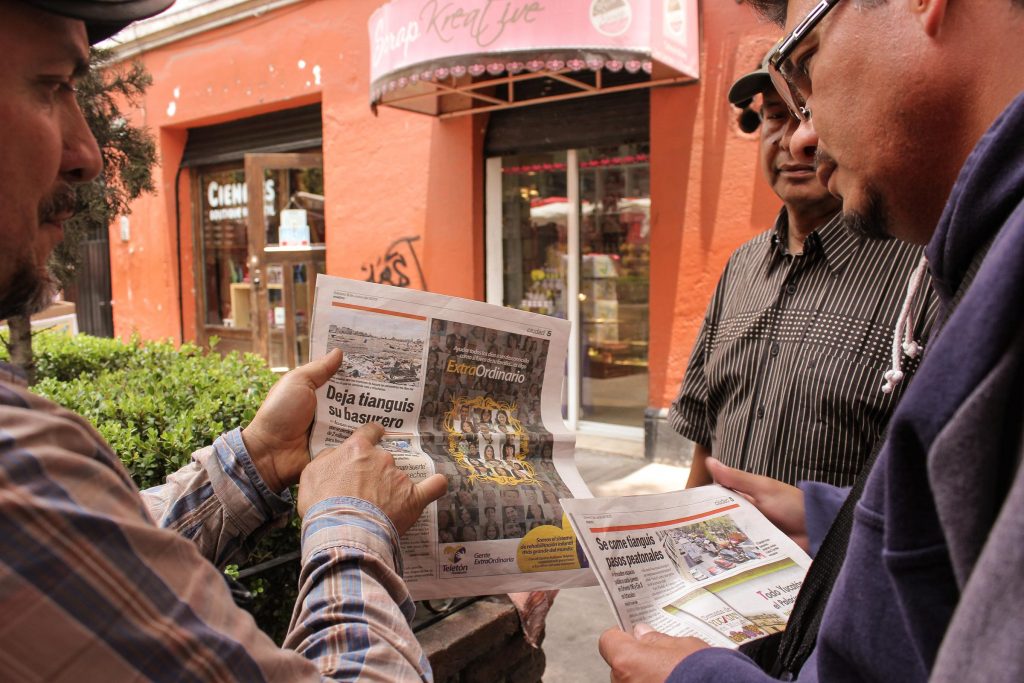
Picture 19
Social control and view
CDMX, 2013.
Roberto, as a representative of Ruta 8, along with the coordinator of the Markets on Wheels Program and a representative of a neighborhood committee, review the news to measure risks, threats and points for improvement. They set out to carry out the monthly supervision of Ruta 8's facilities in the Condesa neighborhood. The criteria for this supervision focus on the presentation of the stall and the use of the space.
Picture 20
Aisle width
CDMX, 2013.
Roberto measures the aisle space together with the coordinator. Maintaining an adequate width is important to maintain a comfortable and safe circulation of people. We also check that there are no annexes or extensions of stalls beyond the permitted measurements, to avoid unfair competition among vendors.
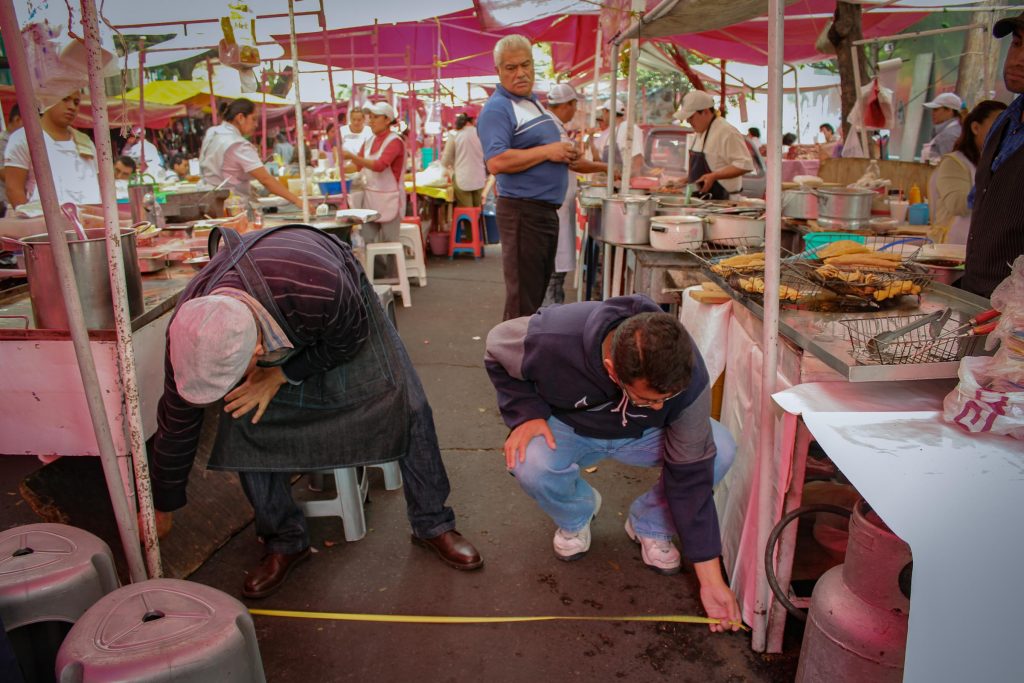
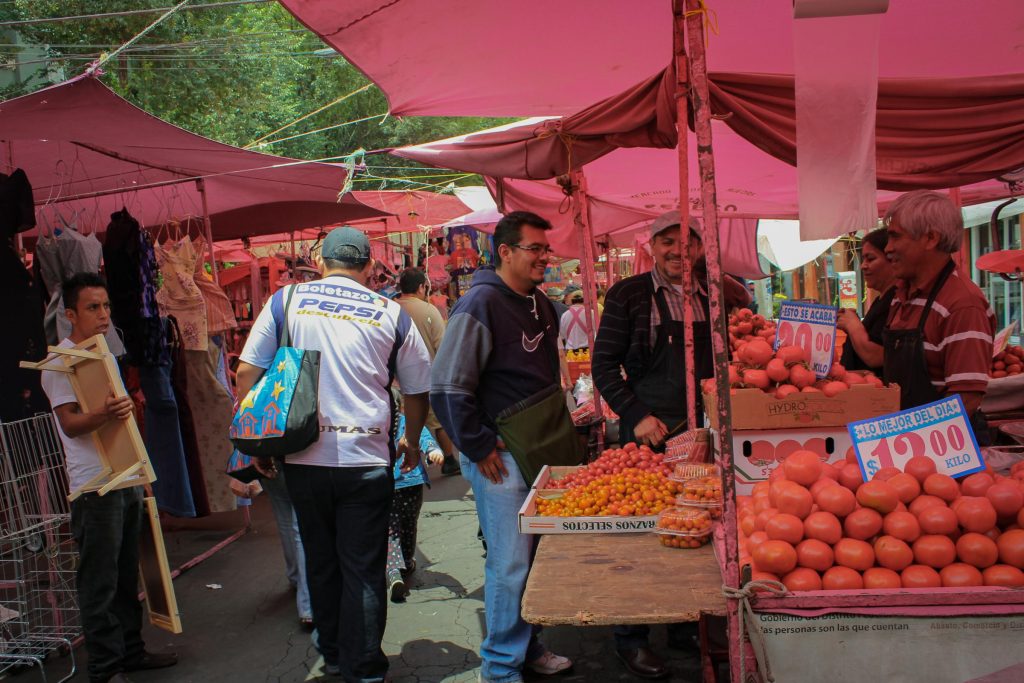
Picture 21
Annexes
CDMX, 2013.
An annex is any extension of a tianguis stall. Annexes can obstruct the circulation space of the aisle and also invade the space of another trader's stall. Some tianguistas also denounce the invasion of their stalls with annexes of others:
If I don't complain, I get more space tomorrow.. - Tianguista of Route 8.
Picture 22
Inches away from unfair competition
CDMX, 2012.
Exceeding the spatial limitations of a stall can translate into a problem for tianguistas. The consequences of annexes are often complaints by customers and neighbors to the local government or the media, which contributes to a damaging public image of the tianguis and the suspension of working days for traders by the authorities.
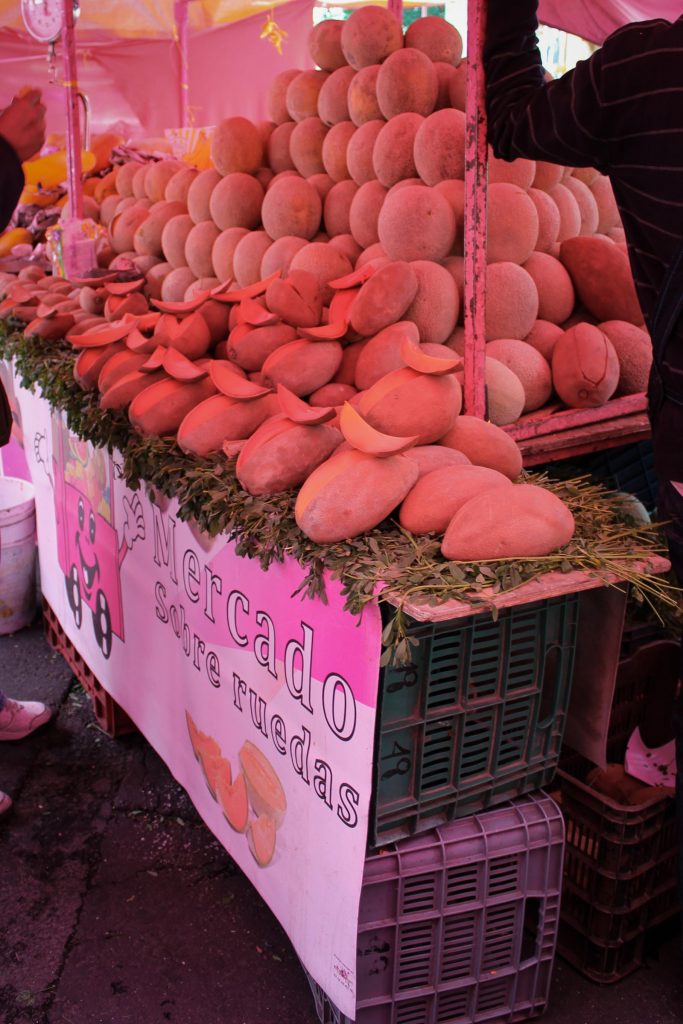
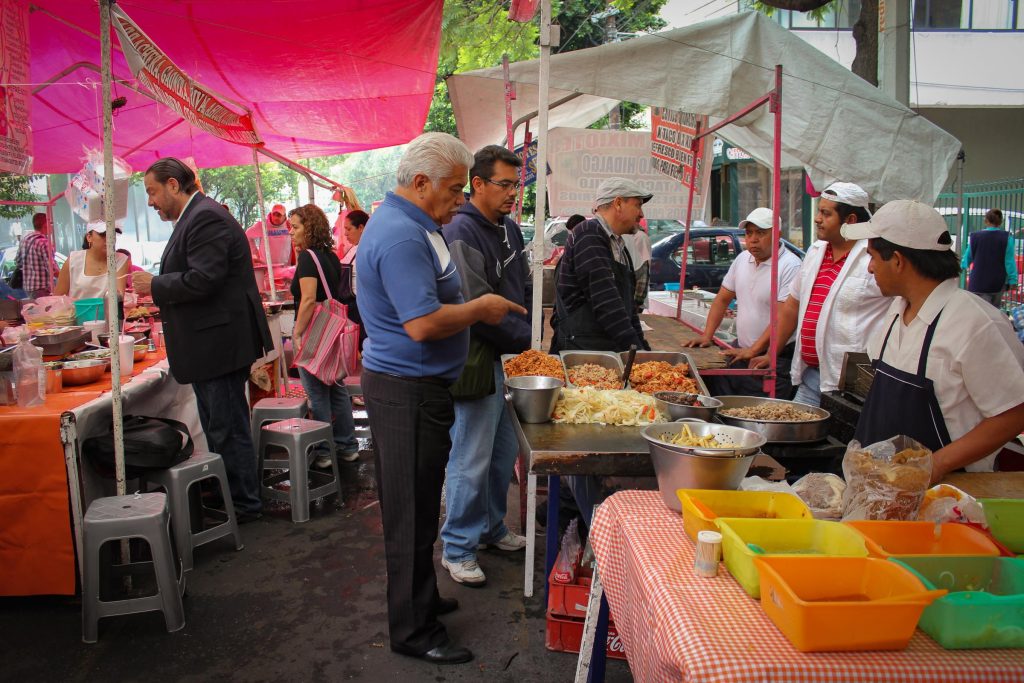
Picture 23
Walking without burning
CDMX, 2013.
It is also checked that there are no hot stoves, boxes, electric cables or other objects that could compromise the safety of the marchers. In the image, these indications are directed to merchants of stalls that do not necessarily belong to the Ruta 8 association but that are installed in some neighborhoods together with them. These stalls may be independent or belong to other tianguista associations. However, for Roberto it is important that these stalls abide by the rules, because otherwise "we can all be lumped together".
Picture 24
Circulators
CDMX, 2013.
The criteria that are reviewed during an aisle supervision are based on the people who walk the tianguis, especially those with limitations, such as the elderly, children in strollers and people with disabilities.
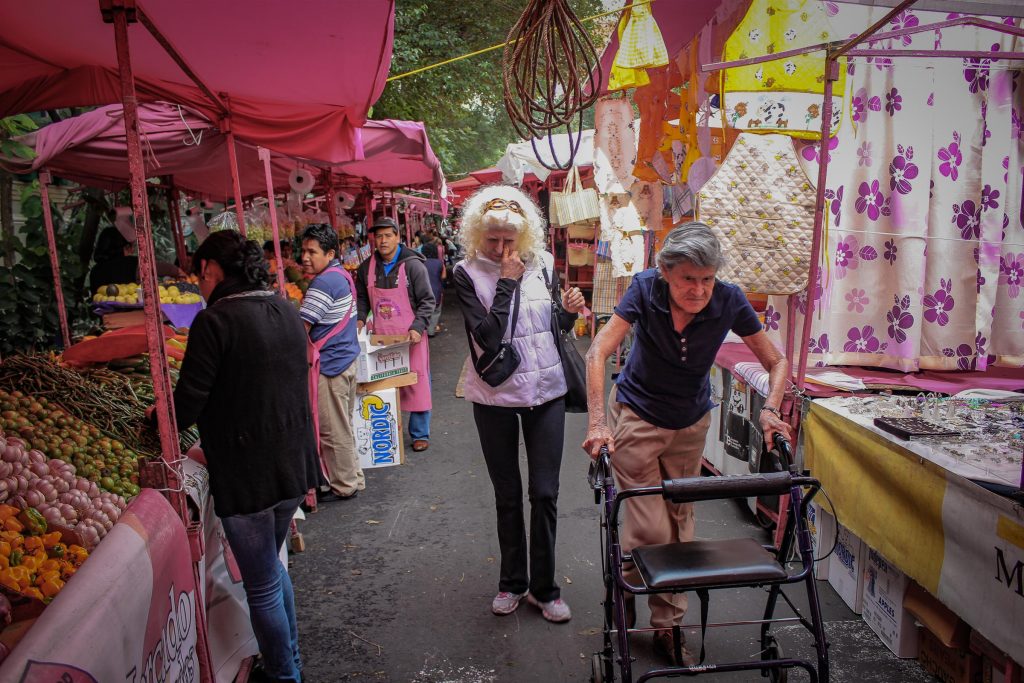
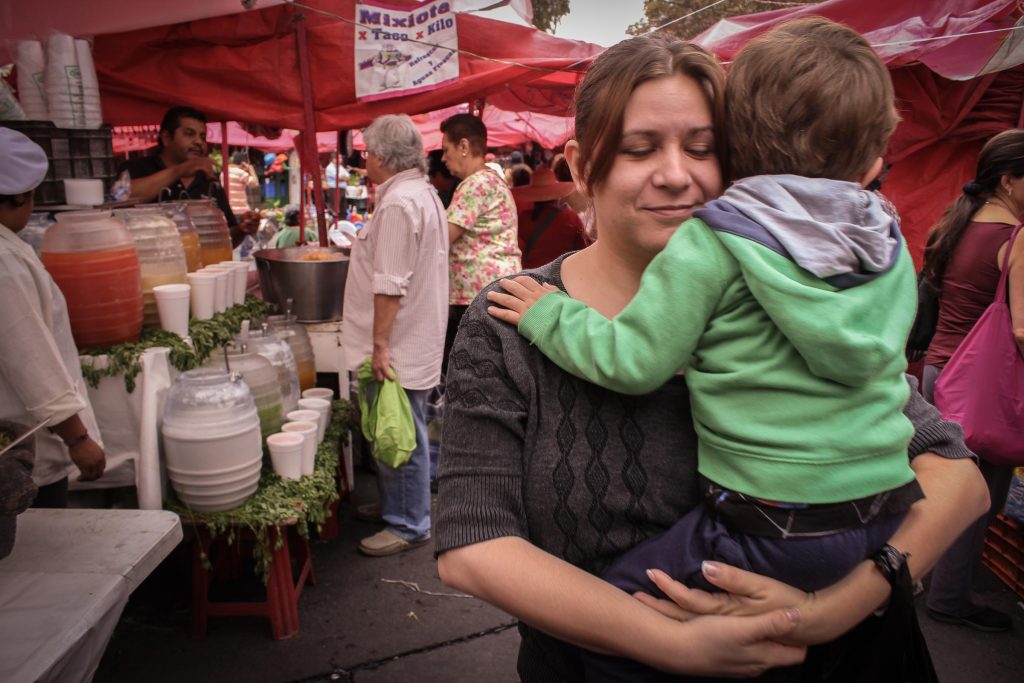
Picture 25
Taking care of the dealer's space
CDMX, 2012.
The tianguis plays an important economic and social role in the leisure time of this marchanta and her son. The tianguis, in addition to saving her a long trip to a park or other recreational place, is inexpensive. CMDX residents grow with the tianguis, whether out of necessity or entertainment, and the tianguis grows along with them. Recurring clientele is a tianguista's main income. Therefore, taking care of the stalls and avoiding complaints from neighbors helps to maintain the tianguis economically and socially. But, beyond work, tianguistas have maintained relationships with up to four generations of marchantes, many are close and trusting, and there have even been several cases of marriages between tianguistas and marchantes.
Picture 26
The little test
CDMX, 2013.
The housewife is suspicious and the salesman redoubles his courtesies. - Carlos Monsiváis (2000, p. 223).
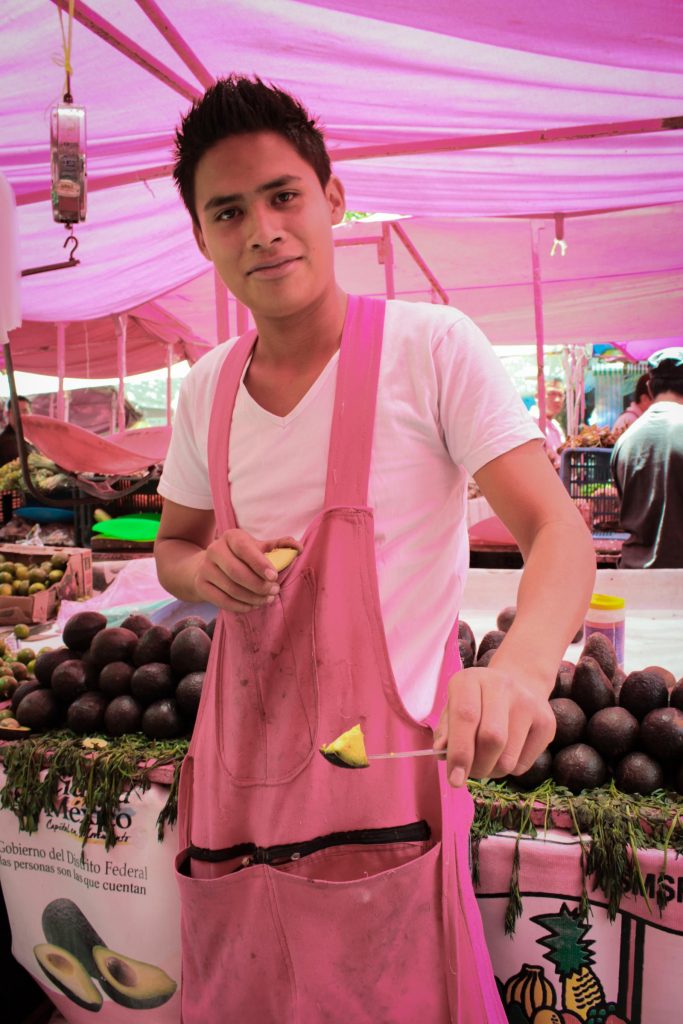
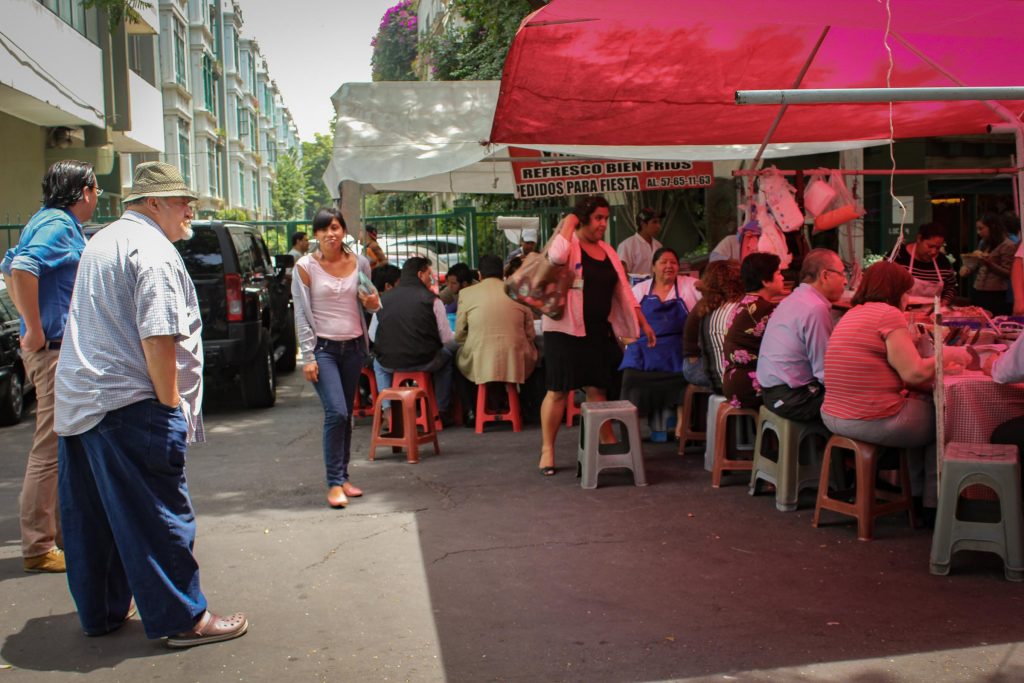
Picture 27
The neighbors
CDMX, 2013.
In neighborhoods such as La Condesa, the political participation of neighbors through neighborhood committees has forced tianguistas to pay special attention to the aesthetics of their stalls. Complaints in high-class neighborhoods reach the tianguis representative very quickly, and if they are not addressed, the neighborhood committees often take legal action. Roberto thinks that in these areas people get more involved because they have the time to do so, while complaints are infrequent in lower class areas because:
People are too busy working and don't have time to participate. - Roberto, tianguista.
Picture 28
Cars vs. stalls
CDMX, 2013.
"Oh no, why didn't you tell me, I didn't know today was tianguis day!" said a young woman to the security guard of the building she was exiting. Next to the young woman's trapped car, vendors who were supposed to be assembling their stall were standing on the pavement next to unpacked packages of the merchandise they were supposed to be selling. One of them commented to the others, "We're losing a good day's work."
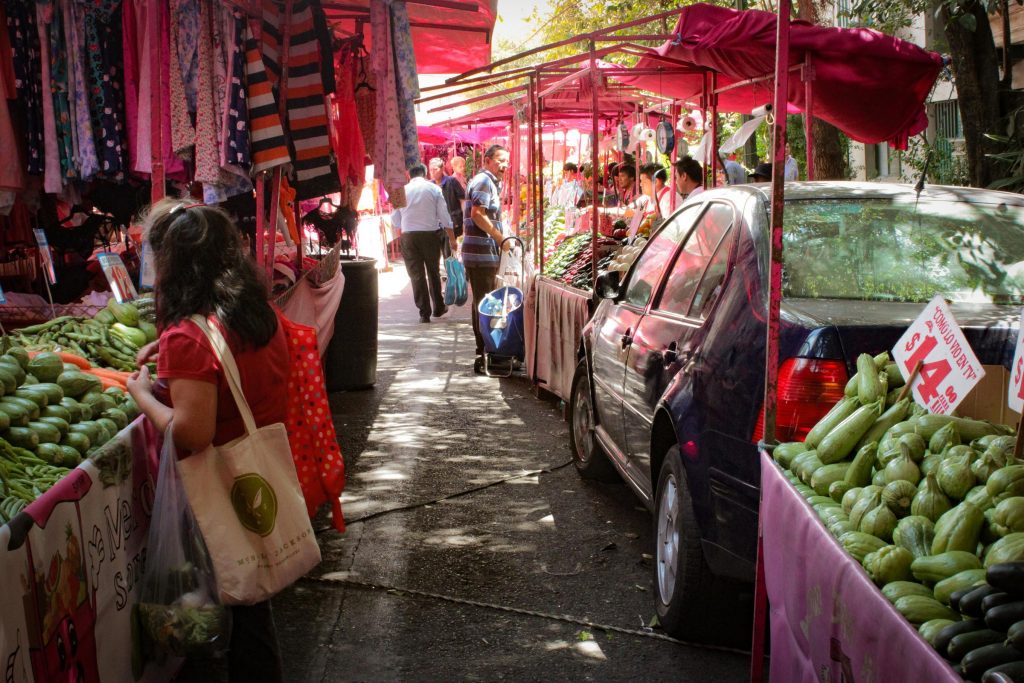
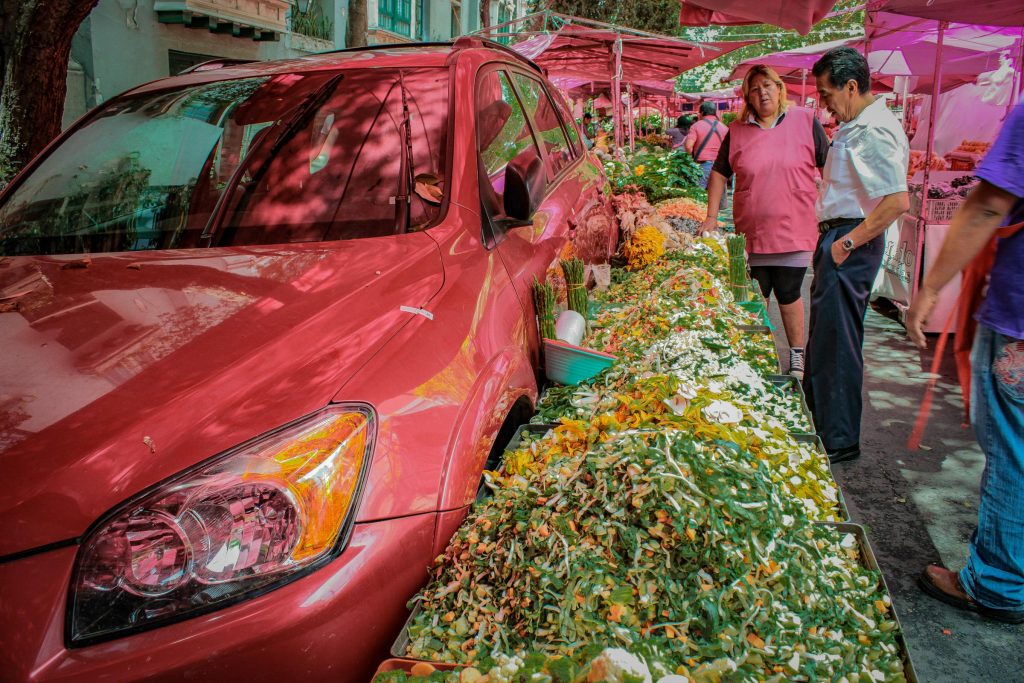
Image 29
Improvisation
CDMX, 2013.
The most flexible thing in the universe is space, there is always room for another person and another and another, and in the Metro, human density is not synonymous with the struggle for life, but rather, the opposite. Success is not about surviving, but about finding space in space. How can two objects not occupy the same place at the same time?
Carlos Monsiváis (2000, pp. 111-112).
Image 30
Residential rights or right to work?
CDMX, 2013.
The temporary solution is to install the post around the car. This type of situation causes tension and conflicts with neighbors and sparks discussion about who has more or less right to the street. The tianguistas prioritize the neighbors' right to the street in virtue of their right to work on the established day.
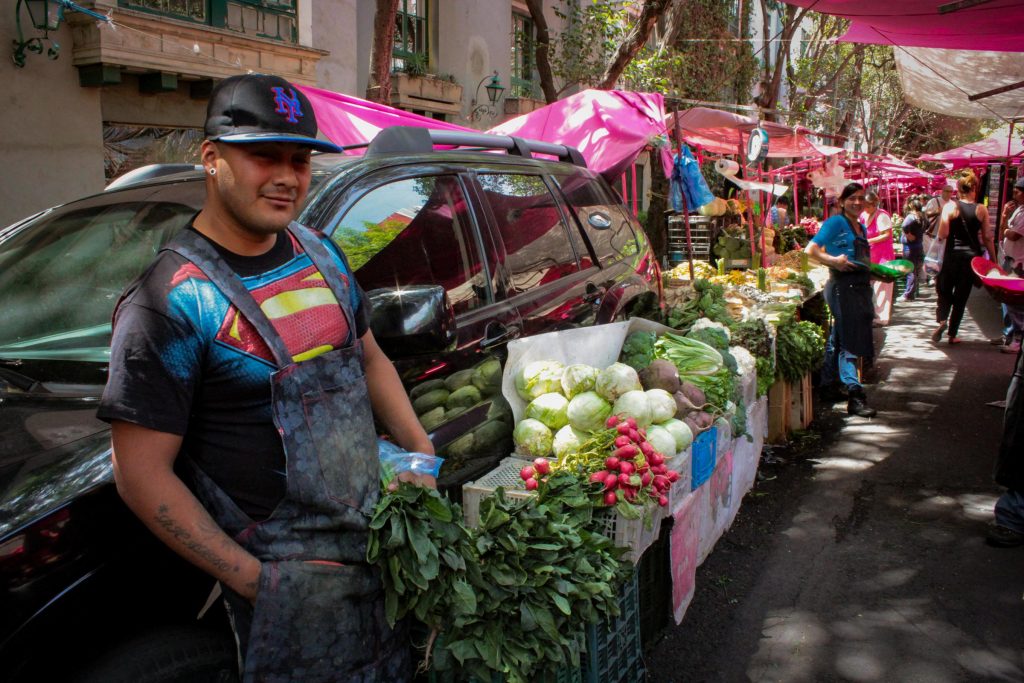
Image 31
The apron, pride at work
CDMX, 2013.
"You can catch me tired but never without the desire to sell," reads the apron of this helper. It is common to find these types of messages that reinforce the tianguistas' pride in their work.
Articles published in the media and in some government speeches, use words such as "combat" or "attack" together with the words "tianguis" or "informal commerce", "disorder", "garbage" and "dirt". Faced with such public opinions, Victor, tianguista leader, responds:
There are all kinds of people, those who like and those who do not like to go to the tianguis, but if they lack something, they go to the tianguis. Many people used to say: "filthy tianguistas", but it is a filth of work, it is a filth of effort, it is a filth of necessity, it is not a filth of laziness or of sitting down and getting dusty. It is something that, finally, must be respected because the work of a garbage collector is as worthy as that of a tianguista, as of an engineer.
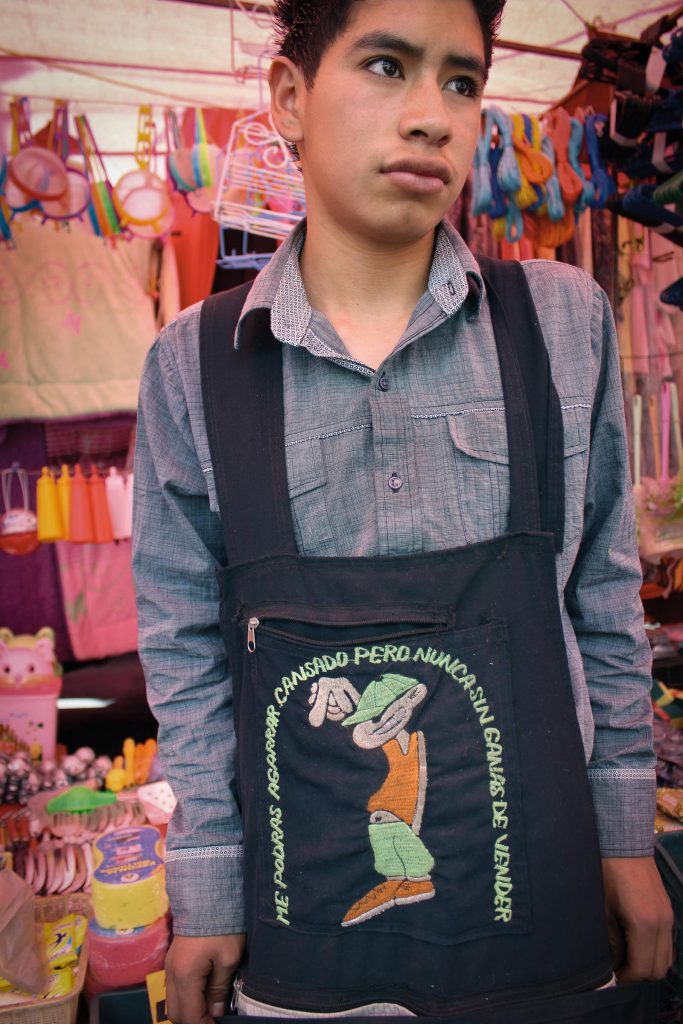
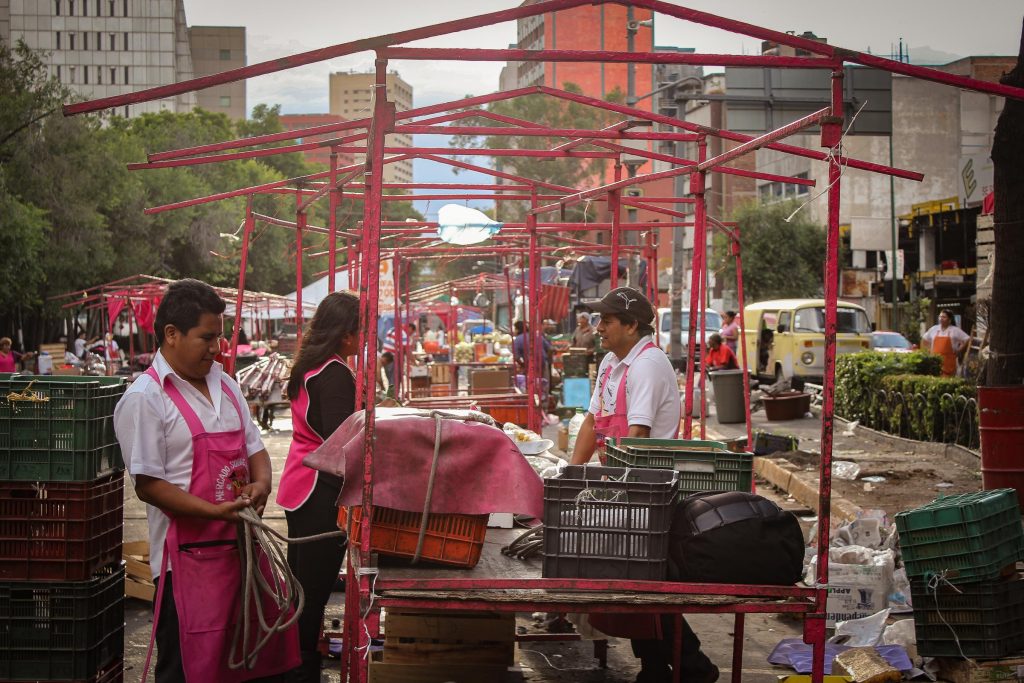
Image 32
Improvisation
CDMX, 2012.
At the end of the day, diableros, fleteros and vendors meet again to exchange notes and anecdotes of the day while the leaders see to it that no one is left behind and that the garbage is collected. Leaving the street dirty would mean one more complaint to the detriment of the Ruta 8 installation. Sometimes this task can last until ten o'clock at night, as the garbage collectors are often late. In some neighborhoods, Ruta 8, through quotas, hires private garbage collection services because, according to the tianguistas, the public service often does not show up.
Sweet saints: devotions to Cosmas and Damian in Rio de Janeiro, Brazil
Renata Menezes
is a professor in the Anthropology Department of the National Museum, Federal University of Rio de Janeiro (ufrj). D. (2004) and M.A. (1996) in Social Anthropology from the Graduate Program in Social Anthropology of the National Museum, ufrj (ppgas/mn/ufrj). Coordinator of the Laboratory of Anthropology of the Playful and the Sacred of the National Museum (Ludens). Researcher at the Conselho Nacional de Desenvolvimento Científico e Tecnológico - Conselho Nacional de Desenvolvimento Científico e Tecnológico.cnpq and Faperj's "Cientista do Nosso Estado". renata.menezes@mn.ufrj.br
Morena Freitas
is an anthropologist at the Superintendence of the Institute of National Historical and Artistic Heritage (Instituto del Patrimonio Histórico y Artístico Nacional (iphan) in Sergipe, Brazil. Researcher at the Laboratory of Anthropology of the Playful and the Sacred (Ludens/...).mn/ufrj). D. in Social Anthropology from the Federal University of Rio de Janeiro. morebmfreitas@gmail.com
Lucas Bártolo
D. student at the Graduate Program in Social Anthropology of the National Museum of the Federal University of Rio de Janeiro (ppgas/mn/ufrj), Brazil. Researcher at the Laboratory of Anthropology of the Playful and the Sacred (Ludens/...), Brazil.mn/ufrj). Master in Social Anthropology from the Federal University of Rio de Janeiro. bartolo.lucas@mn.ufrj.br
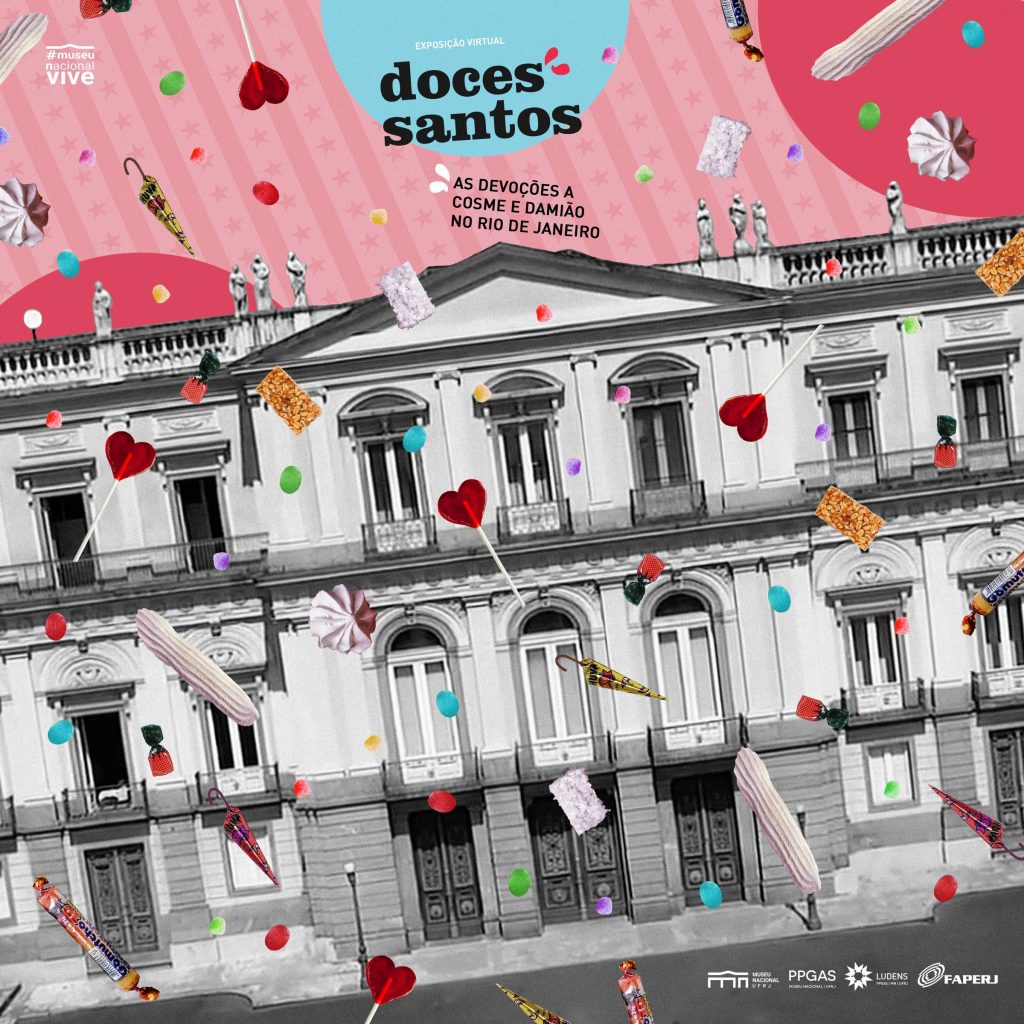
Virtual exhibition poster Sweet Saints: Devotions to Cosmas and Damian in Rio de Janeiro
Leear Martiniano, 2020
During the months of September and October, Cosme, Damien, Doum and the ibejadas circulate and are exhibited in religious stores.
Thiago Oliveira, 2015.
Since the beginning of September, the shop windows announce the arrival of the season of saints' sweets. Until October 25, the day of Crispim and Crispiniano, passing through October 12, Children's Day, a festive-religious calendar is established in the city of Rio de Janeiro around the celebration of childhood. In the religious articles stores, the images of Ibejadas, Cosme, Damião and Doum are the most sought after in this period, when the terreiros and churches are used to celebrate children.
Season of sweets in the markets
Thiago Oliveira, 2015.
The typical sweets of Cosme y Damián
Thiago Oliveira, 2015.
White candies, typical candies, sweet pots, traditional candies, industrialized candies, homemade candies... Welcome to the incredible world of candies! Coconut candy, sigh, paçocajujube, lollipop, milk candy, peanuts (pé de moleque) and pumpkin. Many of these sweets only appear on the shelves once a year, in September: they are the typical sweets of Cosme y Damián.
There are those who like to give more than just candy, mainly toys.
Thiago Oliveira, 2015.
In celebrations organized by a larger group of devotees - in the street or in neighborhood clubs - or by the community of a terreiroThe toys can be more special, such as bicycles and remote-controlled cars, and recreational activities and games are scheduled throughout the day. Distributions take on a charitable dimension when school supplies, food and clothing are also donated.
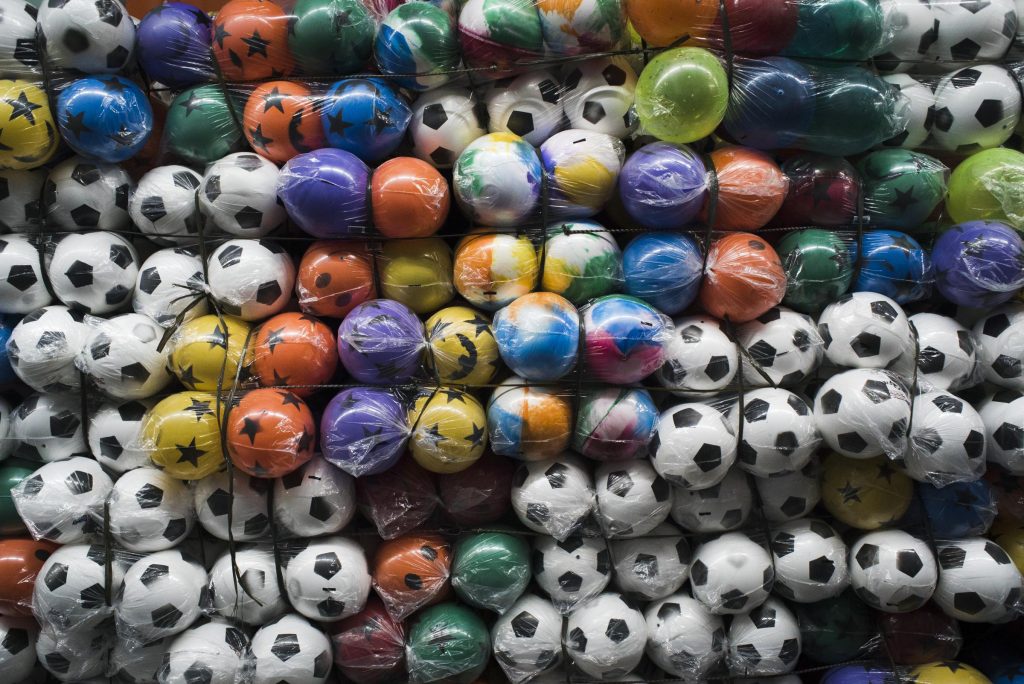
The assembly requires the development of a technique, without renouncing affection.
Thiago Oliveira, 2015.
The assembly technique is a family apprenticeship, in most cases through the maternal line.
Thiago Oliveira, 2015, Vaz Lobo.
At home, families usually organize themselves in an assembly line: candies are taken out of the packages and placed on the table, and each person is in charge of putting one or more types in a bag, which is passed from hand to hand until it reaches the person in charge of closing it with a stapler or a ribbon. Ideally, each bag should have the same amount and type of candy as the others, so that no child is harmed. And the saints are watching! But the bags can't be assembled too far in advance because the candy can melt. Once the bags are filled and closed, it's time to separate the ones that will go to the neighbor, the nephew, the work friend's daughter. There are people who have been giving for decades, there are those who are starting now, to greet the arrival of a baby, and there are those who continue practices inherited from their ancestors.
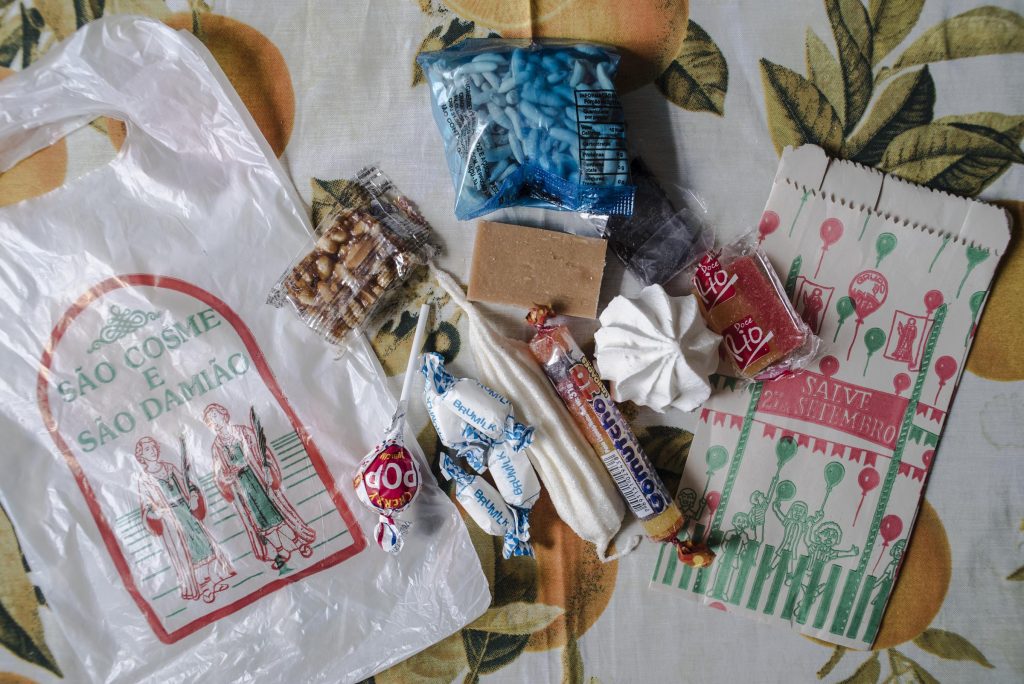
Far beyond the candy, Cosme y Damián's bags also contain promises, family traditions and childhood memories.
Thiago Oliveira, 2015.
The sachet with the effigy of the twin saints is considered the most traditional, whether it is made of paper or plastic.
Lucas Bártolo, 2016.
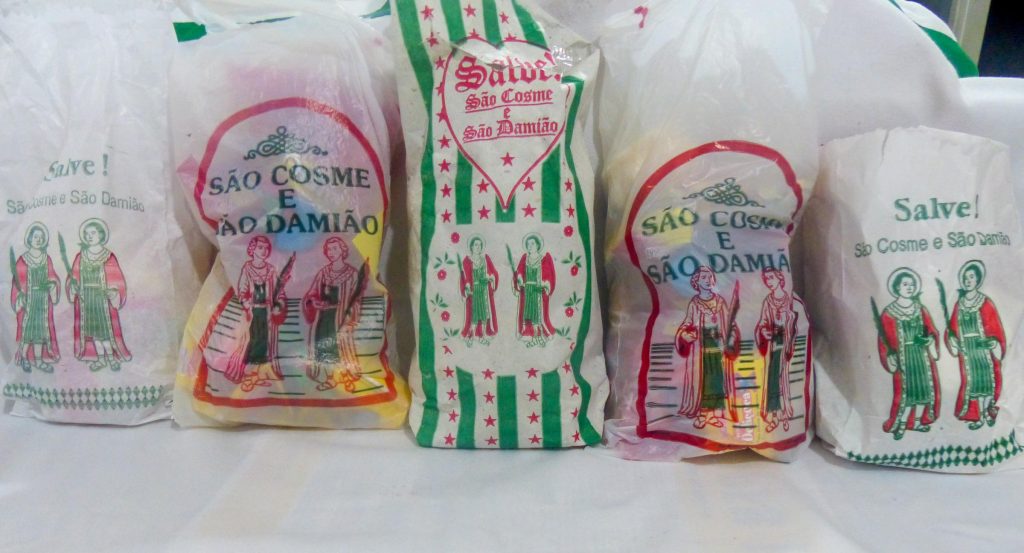
For many, the saints also participate in the celebration, eating the sweets. Cocadas, suspiros, pumpkin candies, etc. are also offered. Many Cosme y Damián altars contain candies and soft drinks as offerings.
As they are associated with the orixás twins, Cosmas and Damian also eat the food of the gods. In addition to sweets, the saints eat caruru, omolocum, acarajé and chicken. At home or in the terreiros.
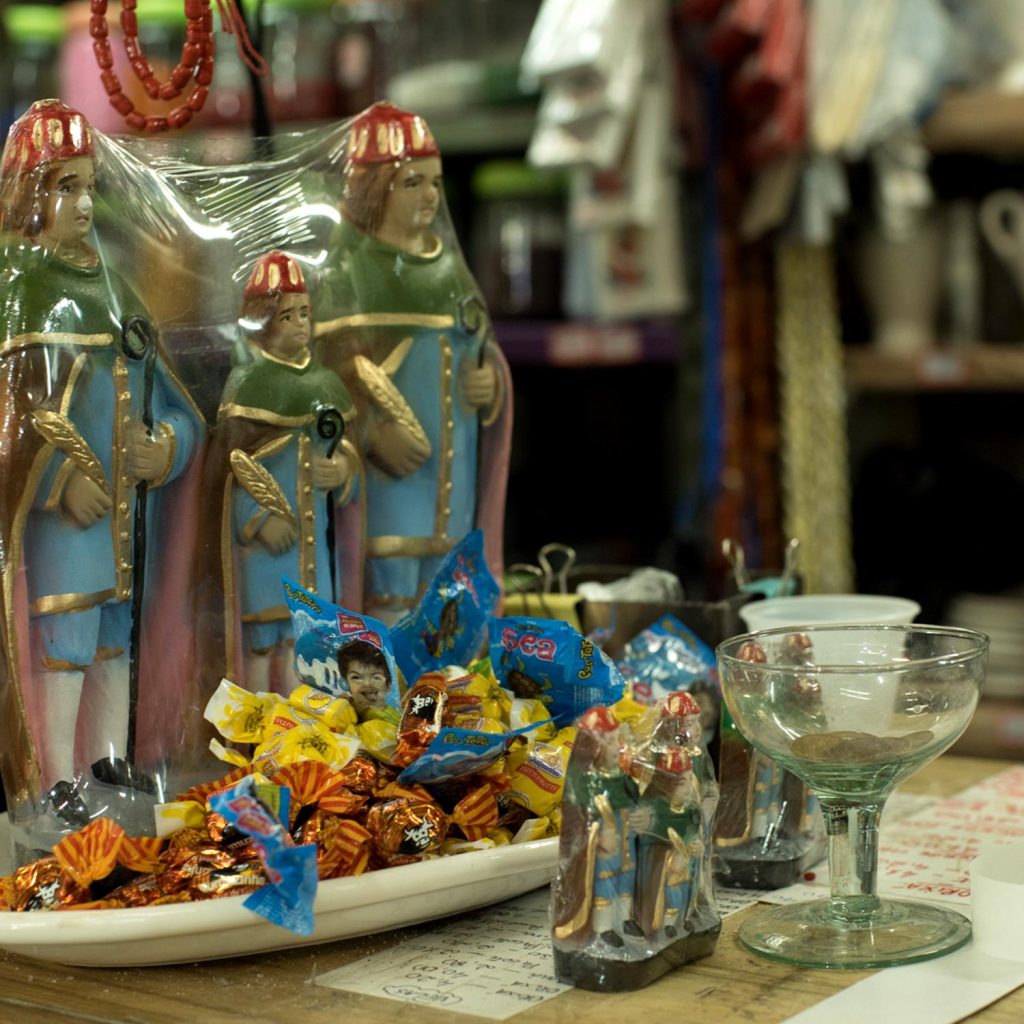
Offerings to Cosmas, Damian and Doum in a religious articles store.
Thiago Oliveira, 2015.
Offerings to the saints in the Roman Catholic Church
Renata Menezes, 2012.
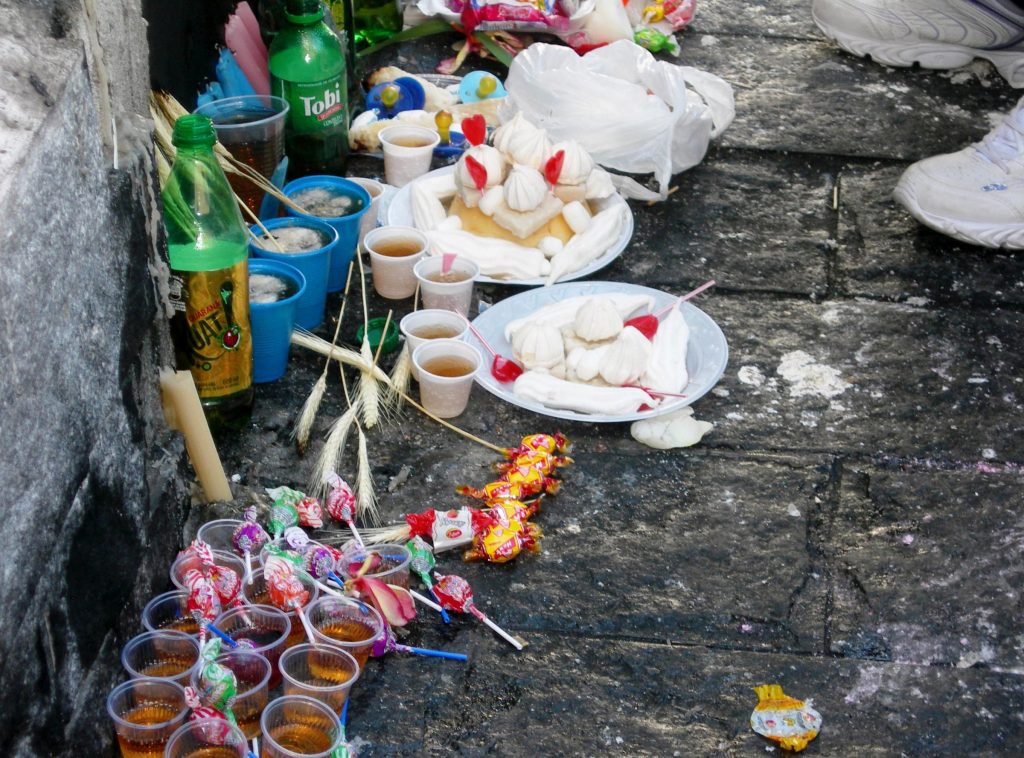
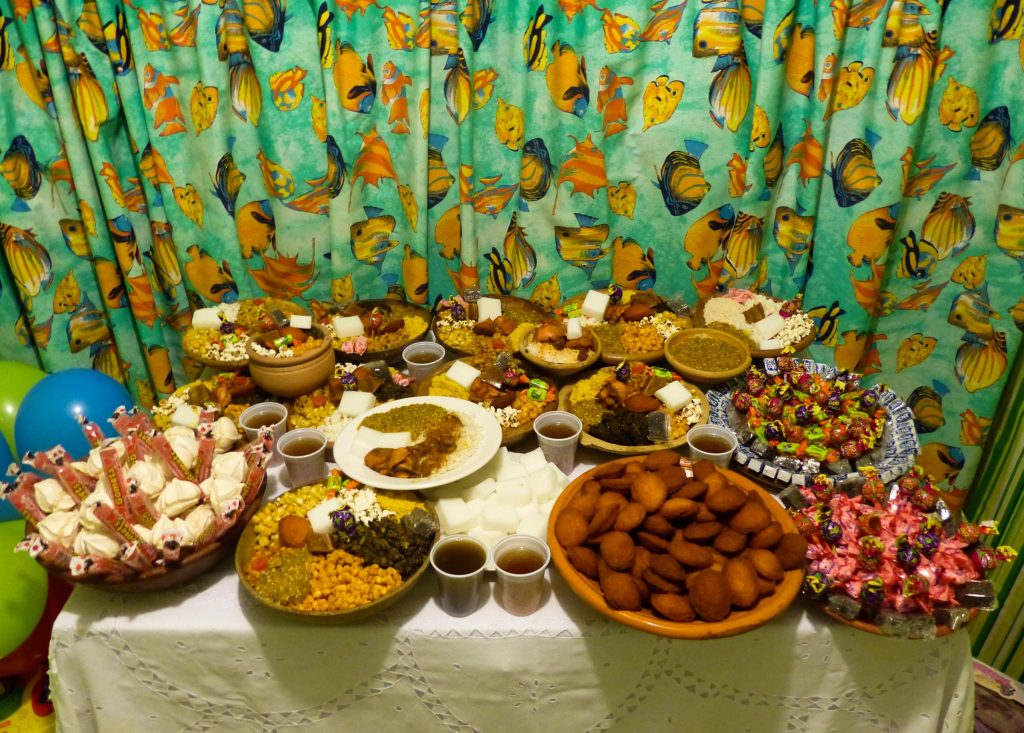
Offerings to the saints e orixás in a terreiro
Lucas Bártolo, 2016, Cavalcanti.
The big day is approaching. Tickets and invitations are distributed to avoid crowds and alternate distribution in the neighborhood. Information about the houses that distribute the bags of candy circulates among the children, who begin to draw an affective (and sweet) map of the city.
In groups, led by the eldest or even by an adult, the children leave home early and spend the day roaming the streets, running after candy. The party draws an affective map of the city, delimited by strong or weak candy places, near or far from home, where there are good or bad bags. The bags are distributed at doorways, in squares, in churches and shrines, in schools, daycare centers and orphanages, on foot or by car. Families gather to drink and give sweets. Some like to celebrate the day as if it were the birthday of the twin saints, opening the house and arranging a table with cake, guarana, blancmange and sweets. In small bags or on the tables, the sweets are, on the 27th, food for the saints and the children. The day of Cosme and Damian is a playful experience of the city.
Running after candy: a playful experience of the city
Correio da Manhã/Arquivo Nacional, September 1971.
Thiago Oliveira, 2015.
Early in the morning, the sound of the first sneakers crunching as they race through the streets heralds the start of another day on September 27. It is an extraordinary occasion when the children take on an autonomy that they will probably only really have when they are no longer children. In groups, led by the eldest or even by an adult, the children leave home early in the morning and spend the day running through the streets, or rather, running after candy.
In several neighborhoods of the city, we find patterns of grouping that can be compared to old photos, like the one we see below. There is a pattern that seems to repeat itself, in a movement of children through the streets of the city that sets adults and children in motion.
The party as a moment of anonymous and generous (and sweet) exchange with the unknown.
Isabela Pillar, 2013.
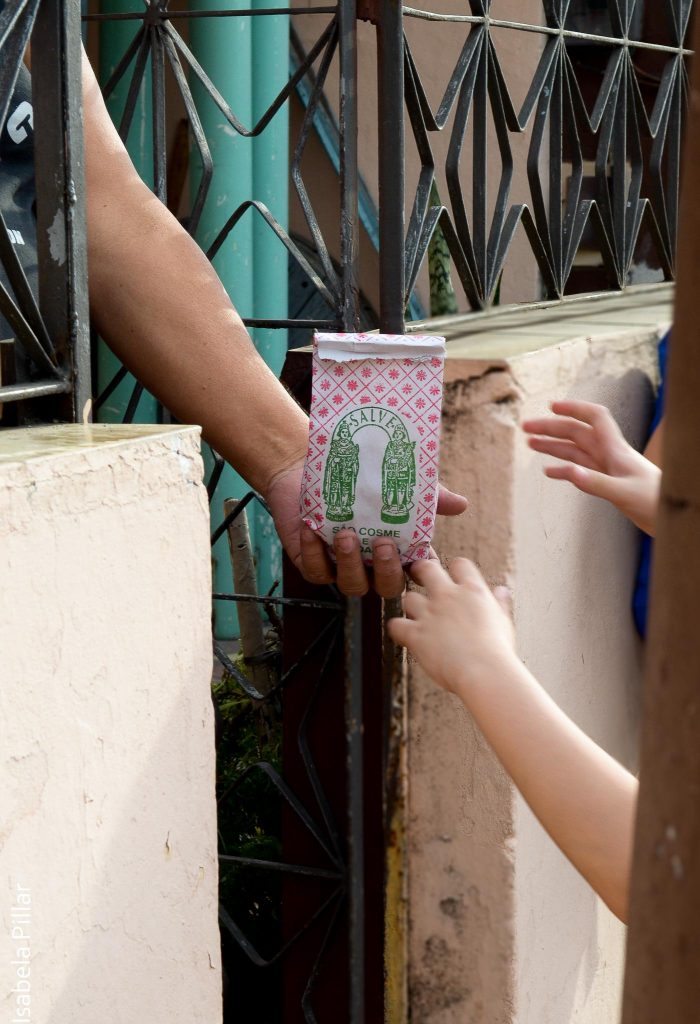
"I will give the candies at the door to the street children." This is how many devotees answer us when we ask them how they are going to make their feast. Cosme and Damien Day puts the focus on the relationship between the home and the street and puts its boundaries in suspense. It is a moment of anonymous and generous exchange with the unknown.
Among the various ways of giving sweets, the most widespread is the distribution through the door of houses and buildings. The devotees try to organize a queue, giving preference to lap children and pregnant women, but, in general, there is a small commotion in front of the houses. Another very popular modality is that of "throwing the candies forward", throwing them over the wall to the small crowd. Some donors stand out precisely for this practice, throwing not only candy, but also toys and money.
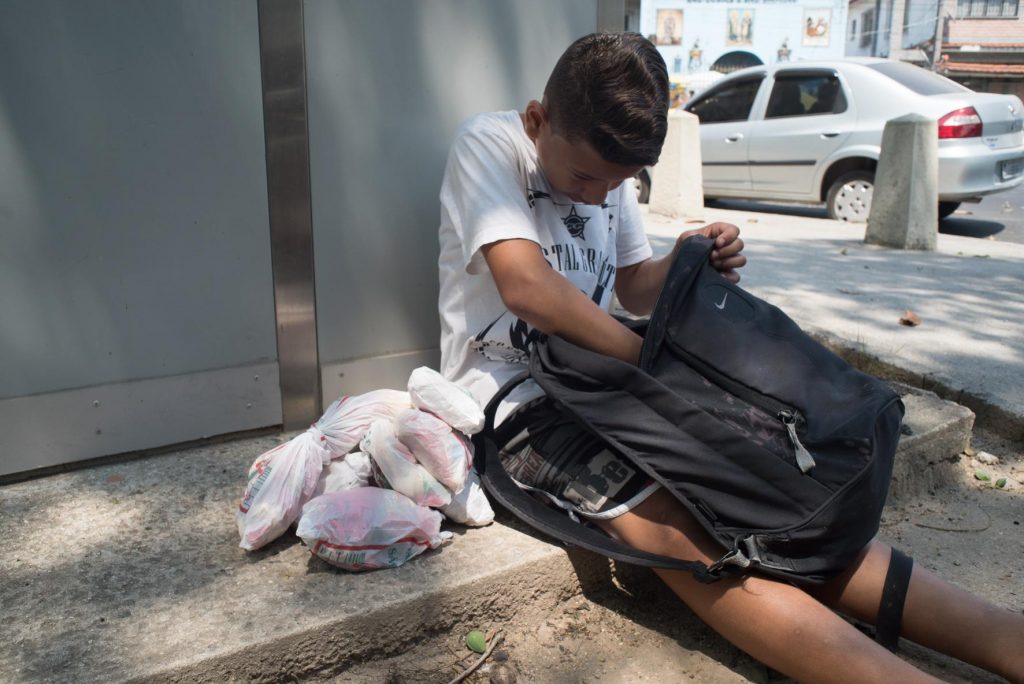
Recap of the day's achievements
Thiago Oliveira, 2015.
Lying about their age, not being recognized when they try to get two bags in the same house, knowing where the best bags are, asking for candy in the name of a supposed younger sibling... these are tricks that children use to get the most candy. It's part of the game to get the adults to bend, who warn: It's a bag for everyone! I only give candy to little kids! Anyone who goes out with anyone is no longer a child.
The festival is a playful and religious tradition that consists of a great game
Lucas Bártolo, 2014.
The smiles of the children are, for some, the great reward of the party..
Thiago Oliveira, 2015.
Isabela Pillar, 2013.
The smile of the children is, for some, the great reward of the party - if we wanted to talk about the possible interests of giving candy, it would certainly appear as the main desired retribution for the act of giving. But children are not just guests at the party: multiple, diverse, also make it. If with adults children learn to be grateful for the bags earned and also to distribute them, it is in the company of friends that they develop the tricks to take candies, especially to take them more than once in the same house.
Some people like to celebrate the day as if it were the birthday of the saints, opening the house and organizing a table with cake, guarana, manjar, sweets and many colorful balls. The delicacies can only be offered to the guests after singing happy birthday to Cosme and Damien and serving the seven children gathered around the cake. At these tables, the presence of twins is considered a blessing. From the sequence of photos, it can be seen that many families have been doing this practice for decades.
A domestic celebration to Cosme and Damian
Personal collection of Glória Amaral, 1990 (estimated date).
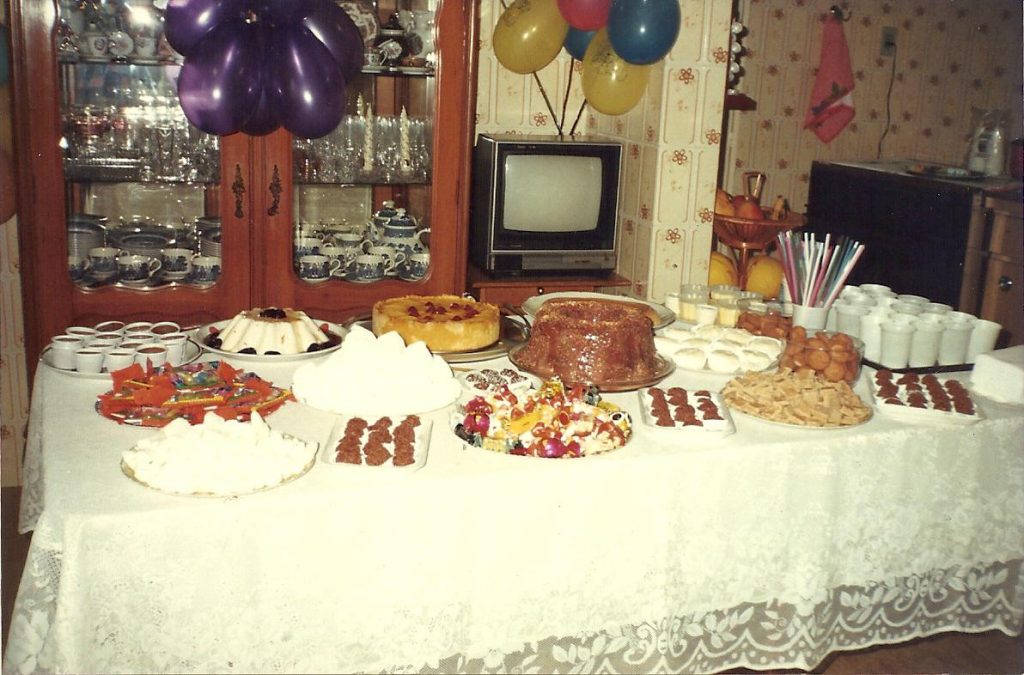
The birthday of the saints
Lucas Bártolo, 2014.
Thiago Oliveira, 2015.
Novenas, masses, baptisms and processions mark the program of the churches of the different branches of Catholicism (Roman, Orthodox, Coptic) that receive thousands of devotees on September 27, who also distribute candies, toys and food to children and needy people. Many religious traditions have the practice of charity and help as fundamental values and on the day of Cosmas and Damian, the donations made in these spaces are a way of putting these values into practice.
Donation of toys and food at St. George, St. Cosmas and St. Damian's Orthodox Catholic Church
Thiago Oliveira, 2015.
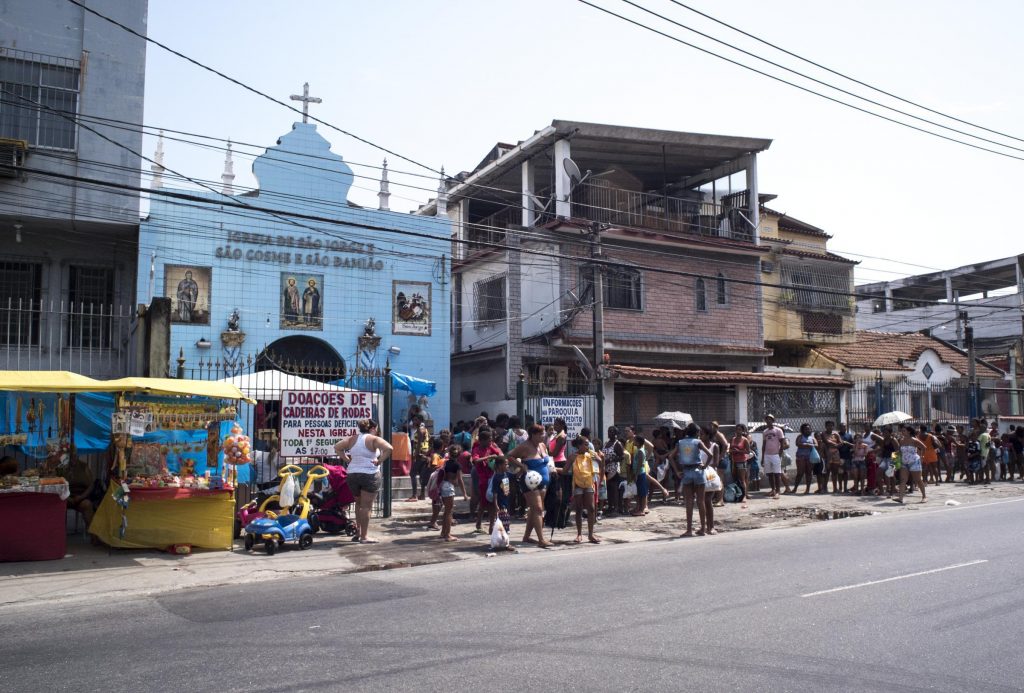
Multiform characters, Cosimo and Damian can be presented as Catholic martyrs, physicians, twins, orixás African, child protectors or child entities, among other conceptions about them that also appear combined. They are present in many pantheons, assuming specificities in each of these contexts.
In Brazil, the devotion to the saints was associated with African traditions of twin worship, highlighting the hybridization with the Ibejis, orixás children protectors of twins in the Yoruba tradition. It is from the approach of Cosimo and Damian to Ibeji that their functions were redefined: from protectors of doctors and pharmacists to protectors of children, of double births and of the health of twins. In the Brazilian religious universe, saints were linked to childhood, hence the distribution of sweets to children as a way of celebrating them.
In Catholic churches, the saints may be young or adult, identical or different twins.
Thiago Oliveira, 2015.
Ana Ranna, 2013.
The saints are now three. Idowú, younger brother of the Yoruba twins Ibeji, here in Brazil is Doum, brother of Cosme and Damián.
Thiago Oliveira, 2015
Ibejis, the orixás ninõs of the Yoruba tradition, protectors of ninõs and twins.
Lucas Bártolo, 2015.
The saints are now three. Idowú, younger brother of the Yoruba twins Ibeji, here in Brazil is Doum, brother of Cosme and Damián.
Thiago Oliveira, 2015
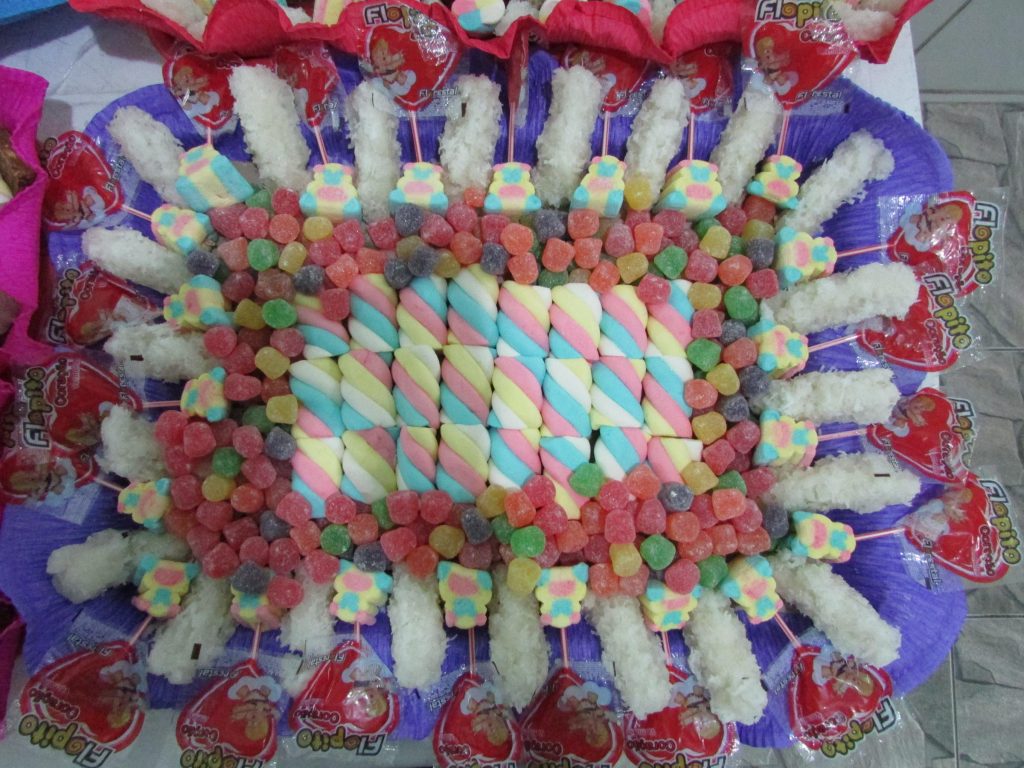
The sacred sweetness of the Children
Morena Freitas, 2016.
The sacred sweetness of the saints, of the ibejadas and of the children is venerated with sighs, cocadas, candies, cakes and guaraná. This sweetness smells, sounds, colors, melts our hands, invades our noses and mouths; and to feel this sweetness is to feel the Children.
Devotion to the saints implies an intense communication that goes through looks, gestures, words and things and involves affection, emotions and desires. Devotion unfolds, therefore, far beyond the bags of candy..
Lucas Bártolo, 2019.
Thiago Oliveira, 2015
The multiple forms that this devotion assumes express the Brazilian cultural diversity. Cosme and Damian in the literature of cordel and carnival.
Thiago Oliveira, 2015.
Lucas Bártolo, 2015.
Hybrid identities: alternative and irruptive identity aesthetics.
Technologies, transnational migration, mass tourism, trade and mediatized communication have generated intense social flows that we call global. From them derives the circulation of cultural goods that, in addition to deterritorializing and reterritorializing traditions, generate exchanges that engender novel hybridizations. Some of them are the result of mixtures of elements from societies that were previously distant and alien. There are different hybrid cultural products represented in "in-between-medium", ambivalent identity aesthetics. Homi Bhabha recognizes as hybrid that (object or subject) which arises from the exchange between two traditions and which generates something different (which is no longer one or the other). Hybrid products are, then, those that arise from the fusion of two or more aesthetic traditions and that make explicit the presence of both referents as allusive components.
Through socio-digital networks, Encartes invited academics, students, visual artists, filmmakers, collectives and photographers to participate in a photographic contest with images that capture objects, subjects, places, landscapes, rituals recreated by the aesthetics of hybridization. We were interested in receiving images showing features that generate hard, unusual, antagonistic, paradoxical or ambivalent mixtures. Hybrid products show the creativity to create alternative identities such as, for example, body marks of youth cultures, recreations of products generated by diasporic strategies of relocalization, emblems of ambivalent national, religious or ethnic identities; cult objects that transgress religious or spiritual traditions; fusion in food, costumes, regional dance choreographies, architecture, crafts, redesign of transgender bodies, and so on.
We received dozens of photographs and an evaluation committee selected the ones that complied and adhered, both in quality and affinity, with the theme of the call on hybrid identities.
By reading the winning photographs as if they were parts of a text, we can recognize that hybridity is transversal. It is present both in traditional contexts, such as religious festivals, in which the selfie accompanies the representation of a Roman centurion during a Staging of the Stations of the Crossas in ancient archaeological sites that today are the site of ceremonies of invented ancestralities (as is the case of Stonehenge), or in different places and urban territories. Hybridity articulates spaces, memories, traditions, representations and actors.
The dances of conquest are currently stagings of memory in which the history of evangelization is kept alive, but they also function as anchors of new representations. This conjugation generates realities, fictionalities and fictions turned reality. A chinelo embodies the traditional Old Man of the dance acting as a being of terror in the Halloween style, without having to give up being guadalupano. The masks are a characteristic element of the baroque tradition, but in the present they not only simulate cultural resistance under the appearance of the assimilation of European faces, but they also place, in the same mask, the symbolization of opposing faces that fight in the Guerrero dance: the chinelo (representation of the white and bearded European conquistador) with the tecuani (the daredevil jaguar). In contrast, tattooing has conquered a new support for the baroque iconic act: the body. In the photograph entitled "When you're not around, I paint!" the body of a woman, presumably Mexican, can be seen, with an enchanted garden tattooed on her body and, between the space of her blouse and skirt, the face of a Thai-style deity can be seen.
Hybridity is first and foremost a glocal phenomenon, energized by global technologies, markets and migratory dynamics, but embodied in bodies rooted in local traditions. Technology through cell phone cameras appears to co-create the images of cultural hybridity by assembling different temporalities that take place in the same performance. The cameras also deterritorialize and resituate practices. In the image taken during the feast of Epiphany in the city of La Paz, Bolivia, shows that the same scene is captured and projected simultaneously by different cameras, whose projection in socio-digital networks deterritorializes the ritual act. Cell phones are also gadgets of catrinas and the deceased that superimpose planes of existence that parody between fantasy and the cultural heritage the Day of the Dead.
Another hybridizing vector present in the photographs is that of migration. In an image recreates St. Nicholas of Bari practicing the yoga posture bhujangasana, printed on the wall of a street in Bari. This photo captures the syncretism between the devotional aesthetics of the Catholic saints and the asanas of Buddhist yoga practice. Immigration is also a generator of surprising hybridizations such as the following the Ganesha-Guadalupewhich inscribes the mother of Mexicans as a deity in a Hindu temple in the border city of Tijuana.
Diaspora is also taken into account in the cultural goods that circulate in the electronic mass media. These are the new producers of imaginaries that are embodied or placed in other landscapes, generating exchanges between fiction and reality. Here we show a traditional cylinder maker in the streets of Mexico City masquerading as an abominable Grinch who hates Christmas, but at the same time disguises himself as Santa Claus, the patron saint of commodified Christmas. On a wall in BoliviaThe graffiti places the fantastic Spiderman -a famous American comic book hero- cleaning the shoes of Chapulín Colorado -a Mexican humor antihero produced by one of Mexico's most famous television networks, Televisa, through Canal de las Estrellas. The creativity in this graffiti generates an image that can be read under the keys of the Latin American imaginary and the discourse of decolonization. For this reason, this photo was chosen for the cover of the magazine. The cultural industries also promote shows and massive sporting events. The soccer World Cup is experienced as national recognition and encourages people to take the public square and to wearing the colors of the uniform with a sculpture of the DavidThe building is a prototype of classical art and Greek beauty, in a place as remote as the city of Montevideo.
Hybridization also generates moral transgressions that operate in the blurring between the private and the public, the religious and the profane. This hybrid landscape is achieved through the photographic exercise of placing sexual diversity in the light of day, of setting up an altar in a popular lingerie store in a traditional city such as San Luis Potosi, where the visual creator of the image saysIt's not fiction, it's not reality. It is a combination: we create realities, accepting what surrounds us".
In sum, the photographs show us that hybridity goes hand in hand with decontextualization and its new creative assemblages capable of transforming meanings. The best example of this can be appreciated in the photo of the burqas put into operation by a collective of feminist women to cover their faces in a March 8th demonstration; in this new political assembly, the burkas, far from signifying female submission, manifest a dissident political expression.
Renée de la Torre Castellanos and Arturo Gutiérrez del Ángel
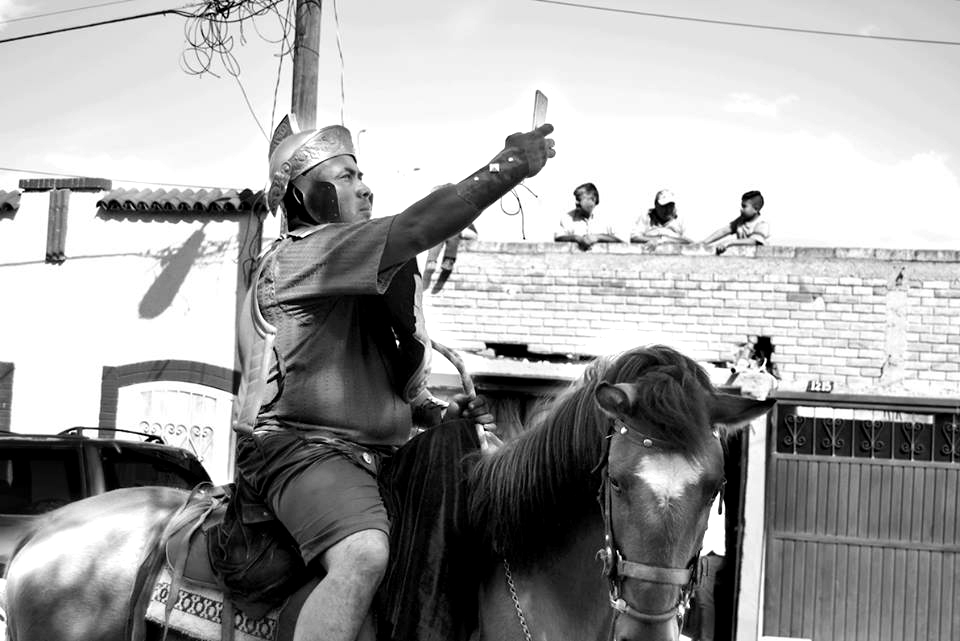
Centurion
Alejandro Pérez Cervantes. Saltillo, Coahuila, March 2018.
Participating character in the annual representation of the traditional Viacrucis in the Ojo de Agua neighborhood, in the southern periphery of the city of Saltillo, Coahuila, where there are evident syncretisms, crossroads and unusual intersections between tradition and modernity.
Shamanic drifts in the druid temple
Yael Dansac, Stonehenge, United Kingdom, June 21, 2017.
The celebration of the summer solstice at Stonehenge is a multitudinous event that brings together unexpected religious mixes and serves as a showcase for hybrid identities.
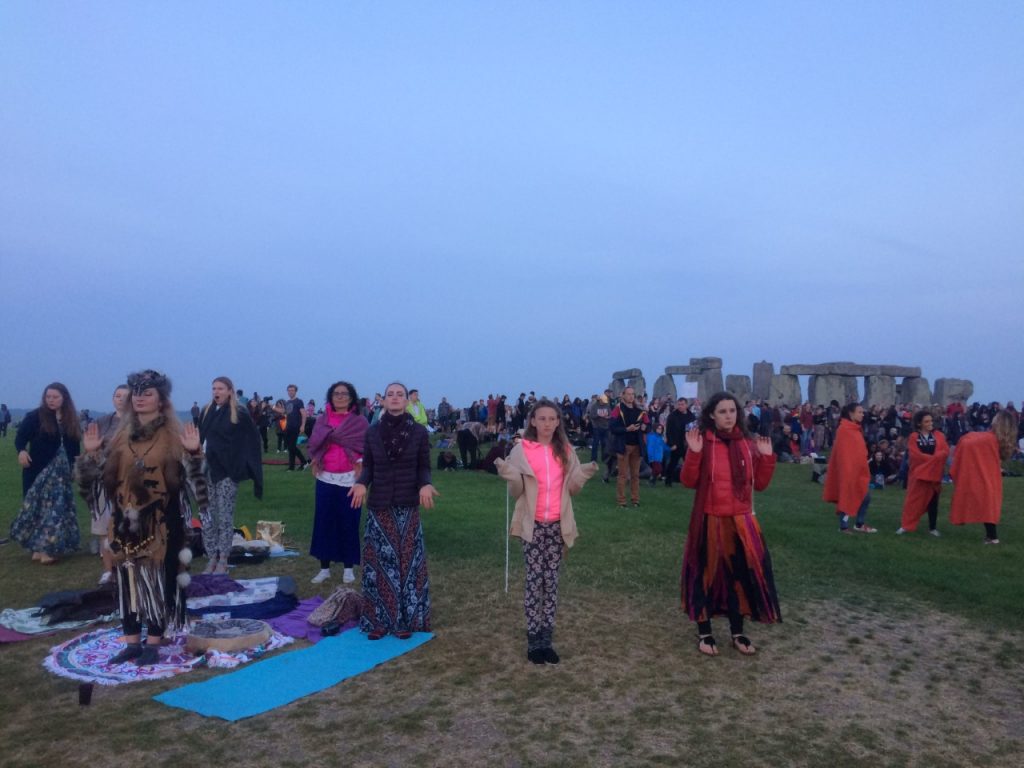
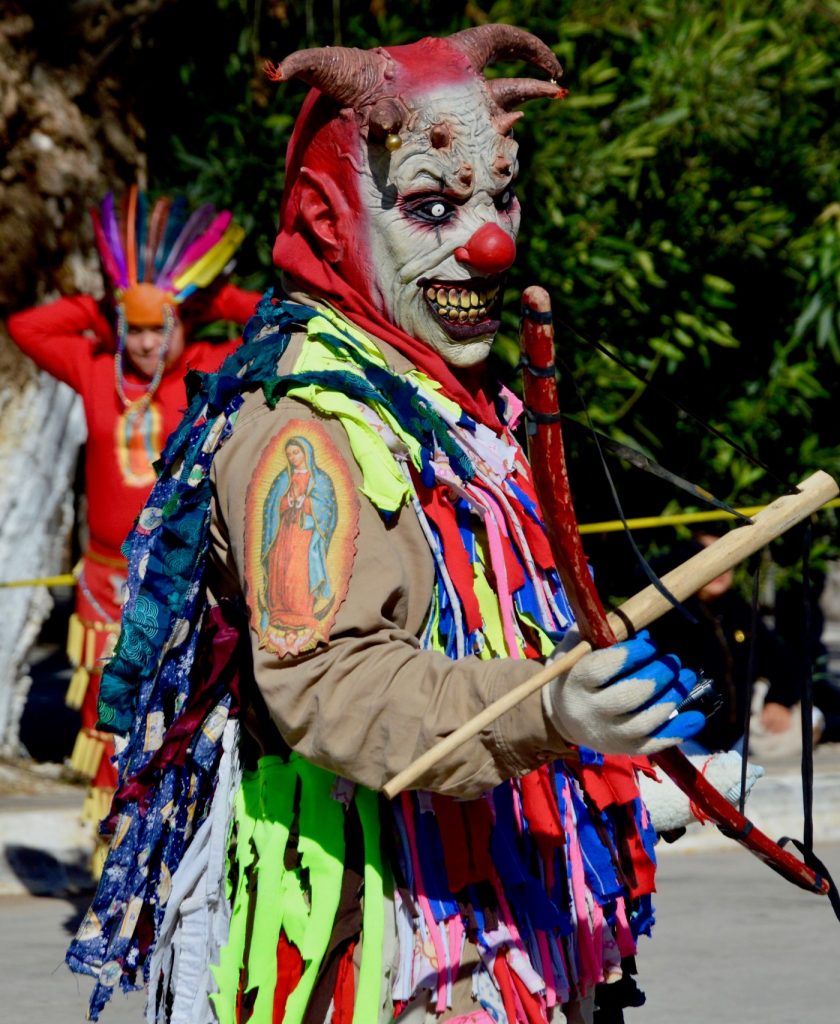
The Old Man of the Matachines Dance
Marco Vinicio Morales Muñoz, Ciudad Aldama, Chihuahua, 2018.
The character of the Old Man in the matachines dance in the feast of the Virgin of Guadalupe in Ciudad Aldama, Chihuahua, symbol and representation of evil in popular catholic religiosity.
Mask fusion of the chinelo-tecuani
Sendic Sagal, Tenextepango, municipality of Ayala, Morelos, July 23, 2022.
Aesthetic-festive synthesis of the identity fusion between the symbols of the Chinelo and the Tecuani; dialogue and revitalization between the two main popular traditions in Zapatista lands.
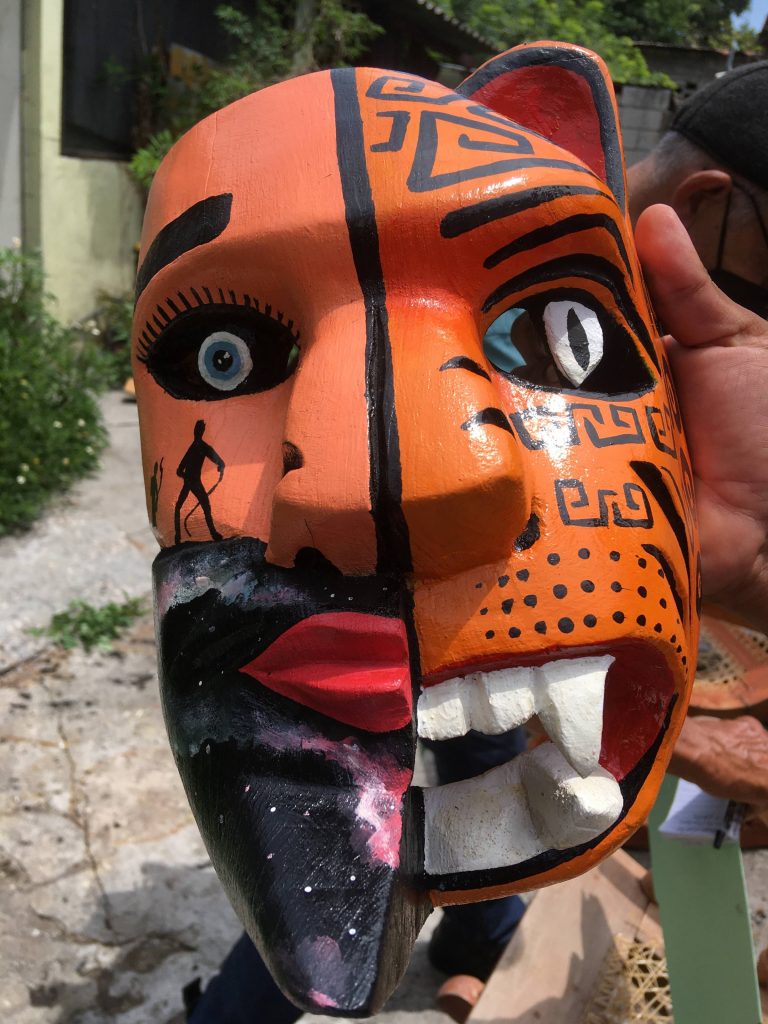

Smile
María Belén Aenlle, Feast of the Epiphany in La Paz - Bolivia.
It was taken at the Epiphany Feast in La Paz - Bolivia. Times, cultures, different traditions and two cameras (the girl's family's and mine) converge in the same space and in a smile.
Mortuary postmodernities
Yllich Escamilla, Coyoacan, Mexico City, 02 Nov 2021
The omnipresence of cellular devices generates a passivity of public space performances, which show an ambivalence between Halloween and Day of the Dead.
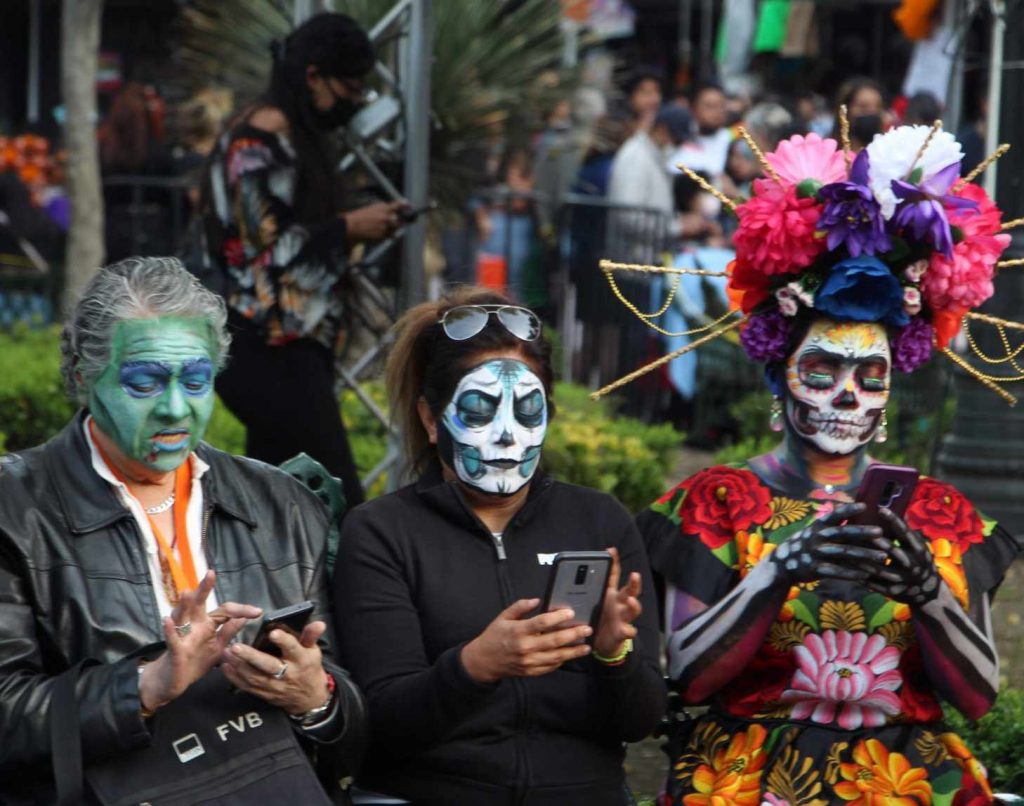
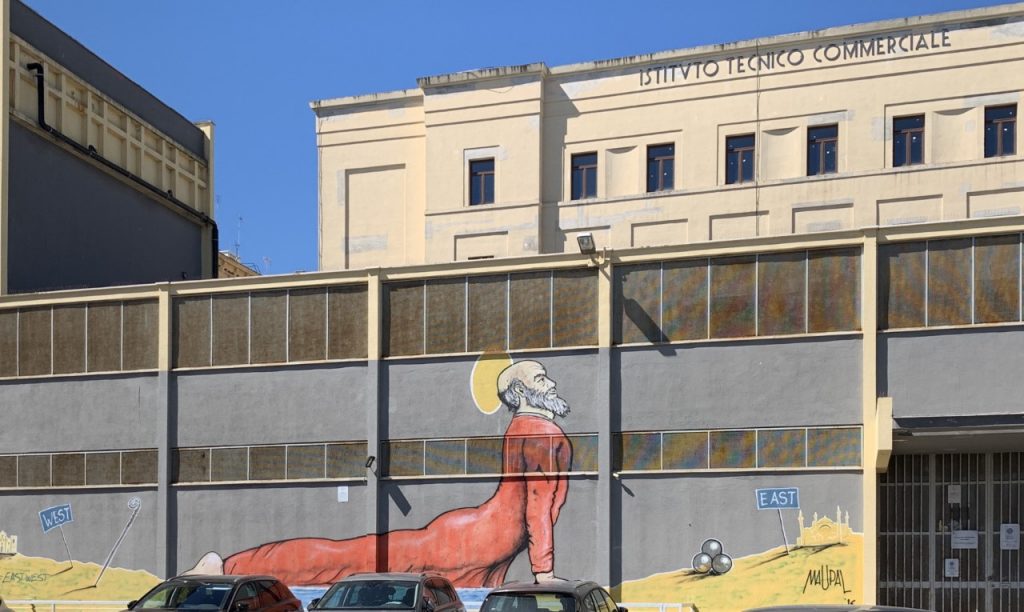
St. Nicholas of Bari practicing yoga posture bhujangasana
Yael Dansac, Bari, Italy, September 4, 2020.
In the streets of Bari, allusions to the patron saint are omnipresent. Migratory flows and Psalm 103:12 inspired this mural where the Bishop of Myra unites East and West.
Gaṇeśa and Guadalupe. A Mexican goddess in the Hindu universe.
Lucero López, Coyoacán, Mexico City, 02 Nov 2021
Ceremony in honor of the god Gaṇeśa in a Hindu temple, performed by migrants of Indian descent residing in Tijuana. The inclusion of the Virgin of Guadalupe symbolizes, among others, their new life in Mexico.
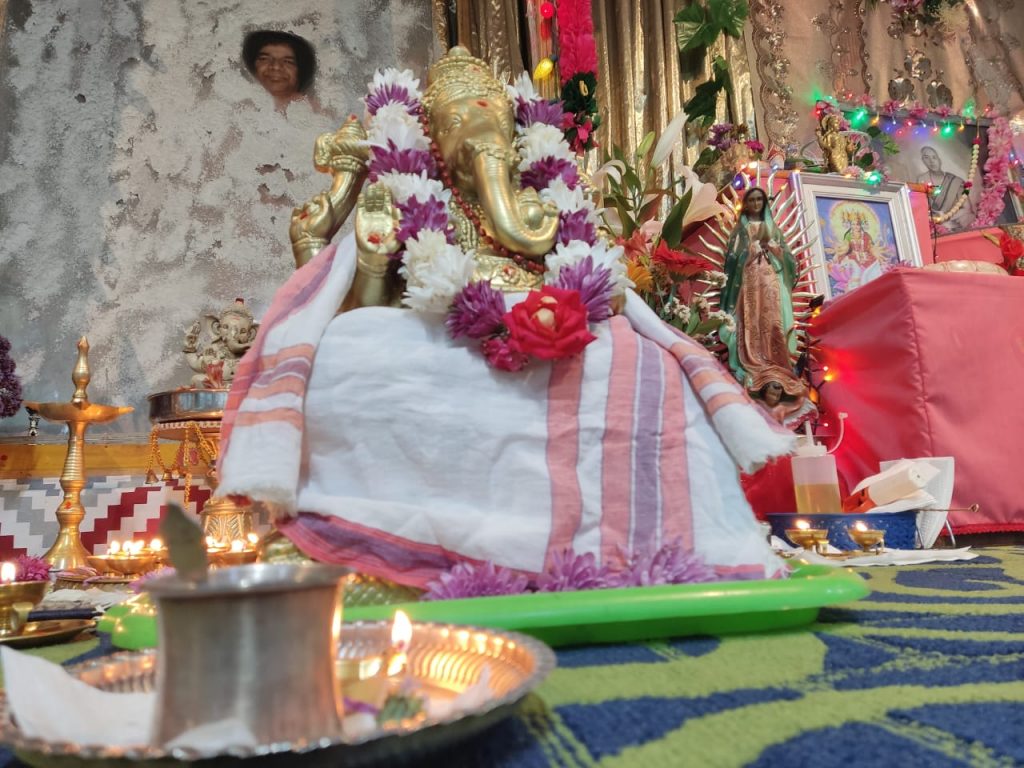

The Grinch of the Historic Center
Yllich Escamilla Santiago, Historic Center, December 24, 2021.
His name is Juan, he is the pillar that supports his family, he is an organ grinder and resists the inclemencies of life and weather, even the pandemic that hit us three years ago, depending on the season, Juan Organillero is characterized to make his job more striking and earn a few coins.
Two superheroes
Hugo José Suárez, La Paz (Bolivia), 2021
On a wall in La Paz, two opposing heroes are depicted: Chapulín Colorado and Spiderman, Mexico and the United States face each other. But the American superhero shines the Mexican's shoes. The image is intervened by third parties: one paints the Chapulín's nose with red, and another one draws an X with aerosol. From the streets, the roles of international cultural products are reinvented...
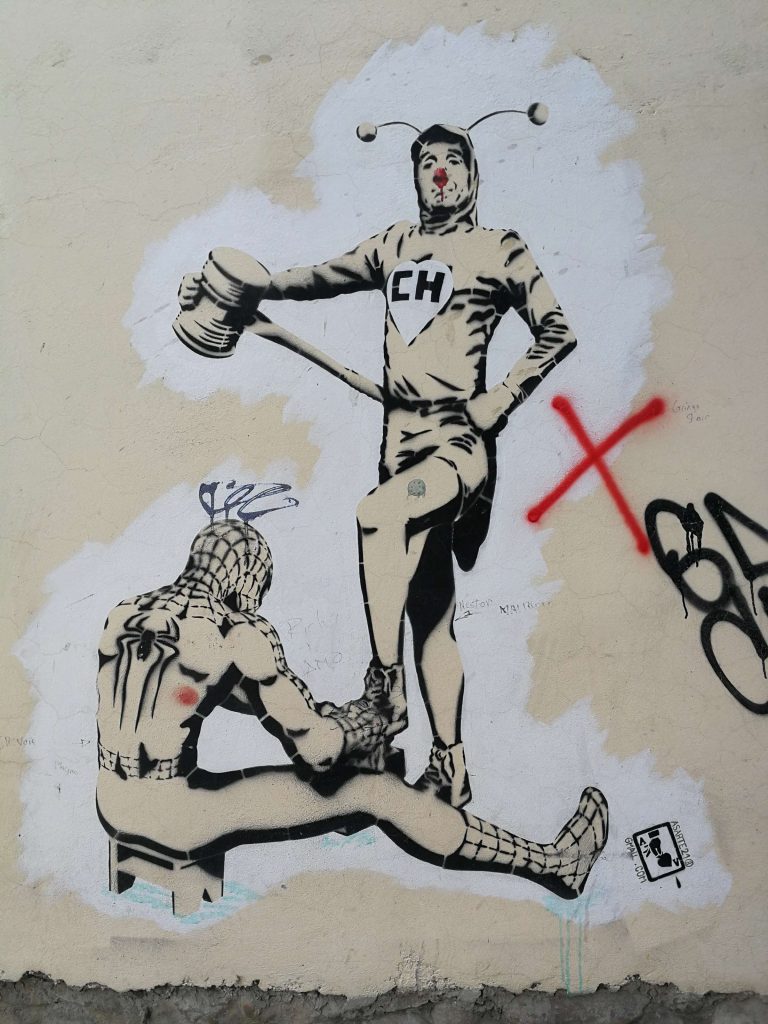
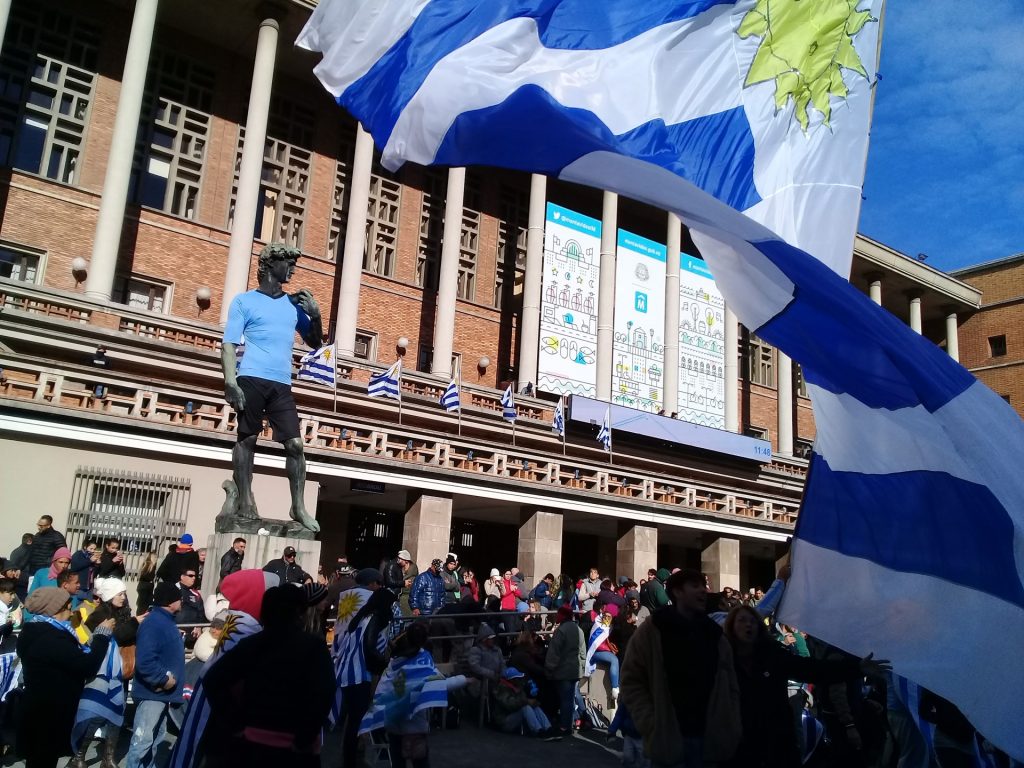
Michelangelo's David swelling for Uruguayan Celeste
Carlo Américo Caballero Cárdenas, Montevideo, Uruguay, June 25, 2018.
At the Montevideo City Hall, people flock to the public screening of the 2018 Uruguay-Russia World Cup match, gathered around the life-size replica of the David (made in 1931, there since 1958), which is dressed for the occasion with the national shirt and shorts. The Charrúa soccer identity and the Europeanist architectural-statuary typology of the capital are fused: in such a way that an urban landmark of 18 de Julio Avenue, which emulates the canon of Italian Renaissance aesthetics, is popularized and becomes one more fan among the passion, the clamor, flags and the colors of the oriental team.
Transvestism at the tianguis
Martín Ortiz, Tianguis de las vías, San Luis Potosí, March 2023.
In a city as traditional and religious as San Luis Potosi, the simple act of showing in the light of day the games we privately play with gender and pointing a camera at them, tells the story of a rupture in everyday life. Something deserves to be seen, but what is it?
The neoprovince mixes tradition with novelty. Hostile contexts with characters that exalt them. It is not fiction, it is not reality. It is a combination: we create realities, accepting what surrounds us.
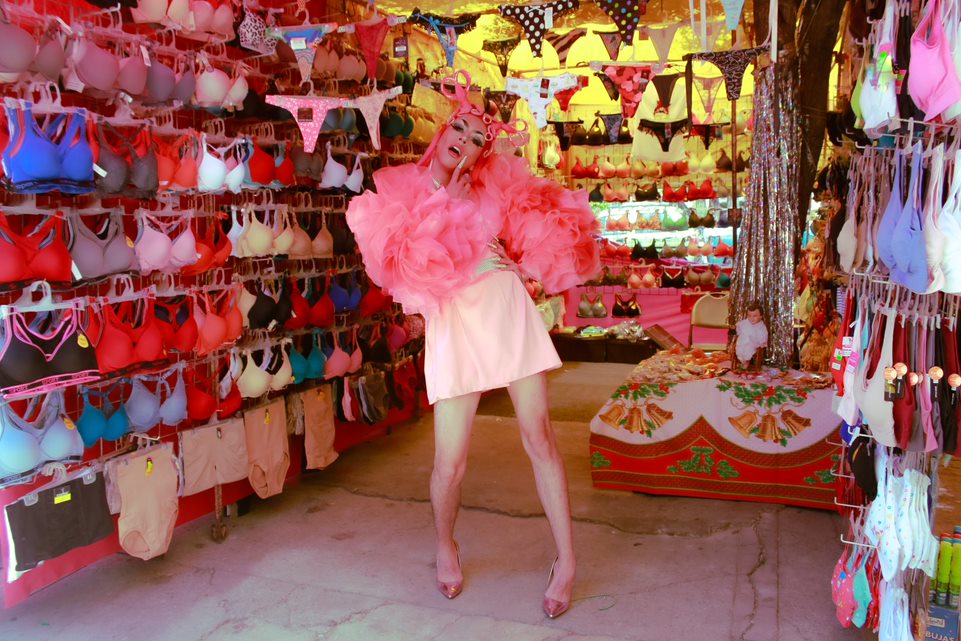
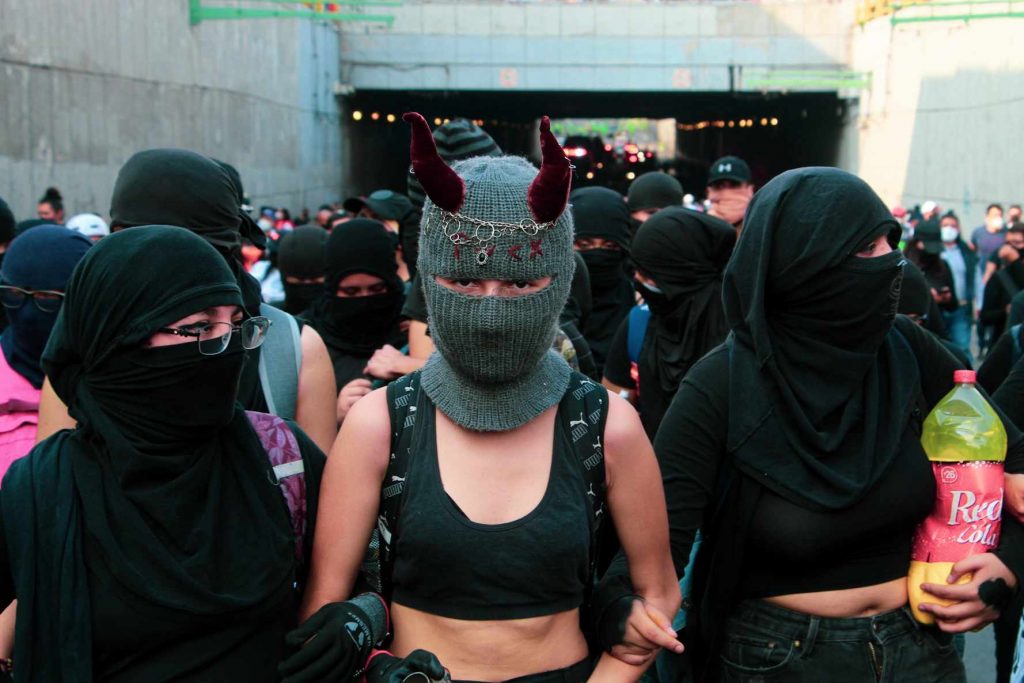
Black Block, Memory and Pandemic
Yllich Escamilla Santiago, Eje Central Tunnel, at the height of Garibaldi, Historic Center, October 2, 2021.
March to commemorate the October 2 massacre. Still in pandemic, the resistors took to the streets, despite the contagion peaks. Supporters of the Black Bloc marched along Eje Central up to Tacuba Street, where they were blocked.
When you are not around, I paint!
Saúl Recinas, Mexico City, July 13, 2023.
The photograph is part of a postdoctoral project on body aesthetics, otherness and stigma configuration, which aims to understand to what extent body aesthetics, mainly related to tattooing, contribute to the crystallization of stigmas and social segregation.
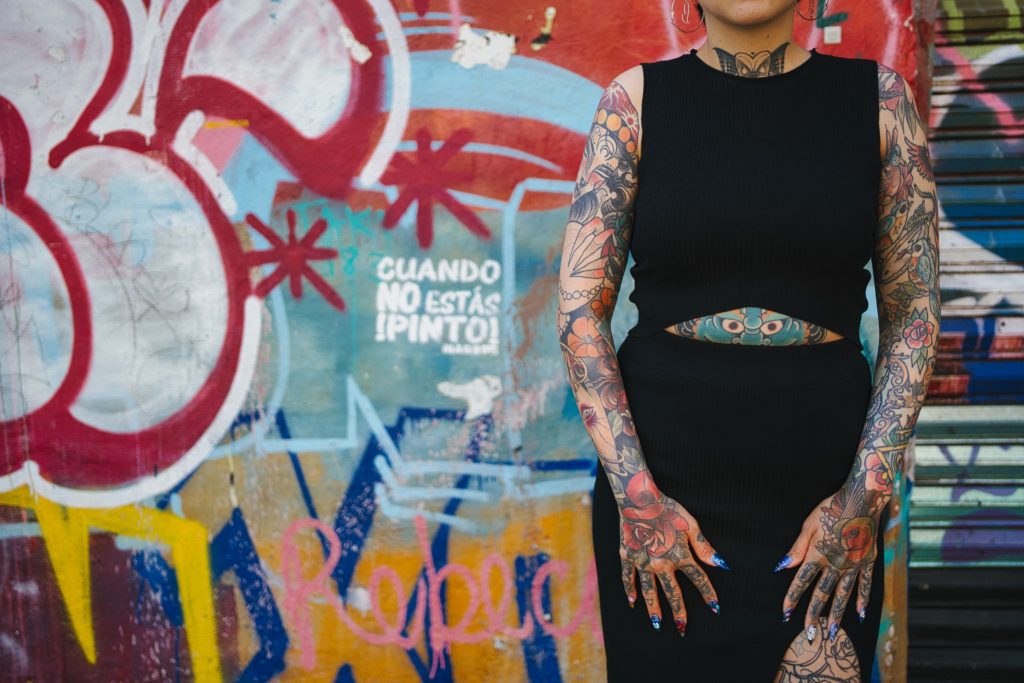
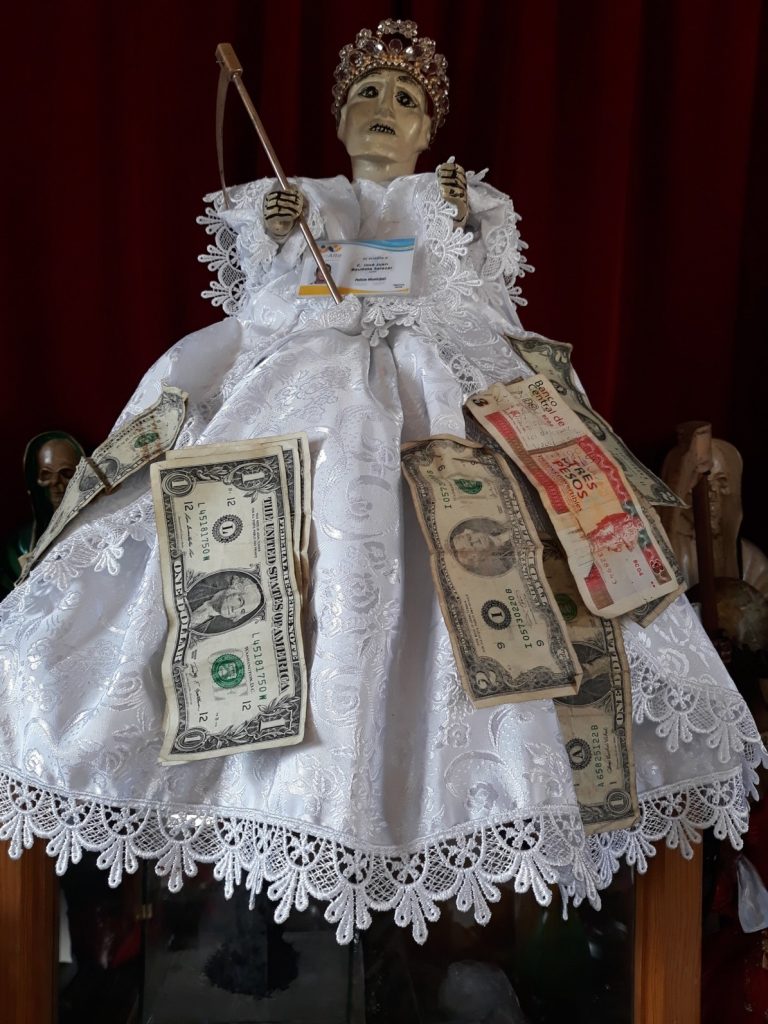
Replica of the image of Santa Muerte in the Noria de San Pantaleón, Sombrerete, Zacatecas
Frida Sánchez, La Noria de San Pantaleón, Sombrerete, October 2017.
This figure is a replica of the image of Death in the town of Noria de San Pantaleón, in the municipality of Sombrerete, Zacatecas. The original image was carved around 1940, however, it was burned because candles were left burning on the altar.
Uses and contradictions of urban infrastructure
All human beings have a spatial dimension. This condition is intimately linked to the collective ways of thinking, feeling and acting in the world; it is for this reason that the public spaces we inhabit and transit as part of everyday life constantly become scenarios in dispute, not only in their territorial but also in their symbolic dimensions. It can be said that the act of intervening in a public space is, in turn, a struggle to win a place in collective thought.
Inaccessibilities
How infrastructure excludes certain bodies and urban practices in everyday uses.

Urban reliefs
Jessica TrejoMexico City, Mexico. July 21, 2022.
Balderas Street in Mexico City, Cuauhtémoc district.
Urban Palimpsest
Oscar Molina PalestineMexico City, Mexico. March 1, 2020
Near Paseo de la Reforma, on Sundays, antique vendors offer their products at the La Lagunilla flea market. Customers and merchants take the lateral and the bicycle lane as parking, hindering the mobility of cyclists.


Reforms
Oscar Molina PalestineMexico City, Mexico. January 24, 2021
The investment in Paseo de la Reforma to provide safe mobility routes for cyclists has been great. However, the sidewalks continue to be dangerous terrain for wheelchair users, who prefer to use the deserted bike lanes.
Crosswalk elementary school
Carlos Jesús Martínez LópezZapopan, Jalisco, Mexico. June 21, 2022.
On Antiguo Camino a Tesistan Avenue, not even the warnings and adjustments to the façade of this elementary school can stop the fast pace of the cars.


Parallels
Miriam Guadalupe Jiménez CabreraGuadalajara, Mexico. November 2015.
Minimal benches
Juan Carlos Rojo CarrascalMazatlan, Mexico. April 23rd, 2021
The sidewalks in Mazatlan are shrinking almost to the point of disappearing, making it difficult for people to walk on them.


Railing or ladder?
Priscilla Alexa Macias MojicaTijuana, Mexico. July 17, 2022.
Residents of a peripheral neighborhood adapted the fence with holes that serve as steps to cross an alley that leads them quickly to the nearby shopping mall.
Road Vulnerabilities
Forms of vulnerability associated with daily traffic, understanding the relationship between bodies, vehicles and roads.
Brazil and the "Future Solutions" projects: Uses and contradictions of the urban structure
Fábio Lopes AlvesCascavel - Paraná, Brazil. July 6, 2020.
The image shows how "future solutions" projects exclude certain people.


Daily vulnerabilities
Fábio Lopes AlvesCascavel - Paraná, Brazil. August 22, 2018.
Image shows a child's willingness to interact with an unknown homeless person
Jumping the puddle
Fernanda Ramirez EspinosaMexico City, Mexico. June 28, 2022.
Photograph taken on the way back from training. We were near the young man's house. It had rained and the roads became steep and difficult to ride on.


Gambling
Leonardo Mora LomelíMexico City, Mexico. September 14, 2021.
In the daily comings and goings, the pedestrian seems to enter into a game between earning a living and keeping it by crossing the roads. At each step, depending on his skill, he gains points or loses life.
The rules of the game
Leonardo Mora LomelíMexico City, Mexico. September 14, 2021.
The most complex part of this game of mobility is to know how to avoid the vicissitudes of the urban board: players who do not follow the rules, cars that invade turns, instructions that become inaccessible to the neophyte. Vulnerability is the constant.


Web of danger
Thania Susana Ochoa ArmentaMexico City, Mexico. March 30, 2022.
In the heart of Mexico City's Historic Center, a spider's web of yellow ribbons warns of the danger of a hole in the ground.
Improvised assistants
Victor Hugo GutierrezMexico City, Mexico. December 2019.
Lupita and her companion's journey through the Pantitlán station of the Metro. There are several stairs and no elevator along the transfer between Line 1 and Line A, which makes the infrastructure inaccessible for people with reduced mobility and people with disabilities. Given the lack of accessibility, the solidarity of users is important for Lupita's displacement.


Accessible in dry
Laura Paniagua ArguedasMexico City, Mexico. May 13, 2021.
Rain is denied in our cities designed and built "dry". Infrastructures stifle the possibilities of movement for people with disabilities.
Heartbeats
Laura Paniagua Arguedas, Cartago, Costa Rica, October 19, 2019.
Cognitive disability presents for the person moments of strong emotions in an enabling world, which generates fears, isolation and discrimination.


Everyday vulnerability
Juan Carlos Rojo CarrascalCuliacán Sinaloa, Mexico. January 23rd, 2009.
This is how children have to cross the street to go to school. Even holding their mother's hand, they run the risk every day to attend a public elementary school in Culiacán.
Warning
Hugo Jose SuarezLa Paz, Bolivia. February 2021.
Faced with an increase in robberies and the inefficiency of the authorities, neighbors are turning to their own law.

Adequacies
Interventions by people with respect to public or vehicular infrastructure, in order to better adapt the practices and services performed or to meet other needs.

Waiting
Reyna Lizeth Hernández Millán, Mexico City, Mexico. March 06, 2022.
At the edge of the periphery, a swing is located at the foot of the railroad tracks.
The king of sound
Reyna Lizeth Hernández Millán, Mexico City, Mexico. November 28, 2021.
In the San Juan market, the statue of a lion watches over the local merchants.


Adaptation
Eduardo Lucio García MendozaOaxaca, Mexico. July 31, 2022.
The young man spinning is a parkour practitioner in Oaxaca, he adapts to the space where he is practicing.
Sneaky reviews
Critical look of passersby on public space, from graffiti, stencils, stickers, always considering that the message is directed to the practice of transit.
Unity is strength
Frances Paola GarnicaSan Luis Potosi, Mexico. July 2022.
Faced with the threat of the removal of 867 trees, neighbors and activists spoke out against the project, informing about the benefits of the trees.


